-
Posts
933 -
Joined
-
Last visited
Content Type
Profiles
Forums
Events
Posts posted by Hugh Janus
-
-

EFuels only put back into the atmosphere what they took out of it in the first place, making them climate neutral. (Bosch/)You might think that an argument about cars, taking place thousands of miles away and concerning rules that won’t come into force for over a decade, would have little impact on the future of motorcycling. But the outcome of a spat between the European Union and one of its key members, Germany, could be key in providing a lifeline for the internal combustion engine (ICE) for decades to come.
Like governments all over the globe, the EU has been wrestling with the problem of hitting targets to cut the emissions of greenhouse gases, most notably CO2. Road transportation has been something of an easy target, and the EU’s initial proposal was to ban the sale of non-zero emissions cars from 2035—essentially eliminating the internal combustion engine and focusing purely on battery-electric vehicles. While motorcycles weren’t specifically included in the plan, in the EU two-wheeled emissions limits have tended to mirror those for cars, so the writing was on the wall. Indeed, in the UK—recently departed from the European Union but still using the same emissions rules—has already proposed the end to sales of ICE-powered motorcycles in 2035, with a deadline for smaller-capacity (sub-125cc) bikes set even sooner, at 2030.
Related: Motorcycles, Fuels, and Climate Neutrality
While electric cars are proving to be increasingly competent in terms of performance and range, they remain expensive, and it’s proving even harder to make electric motorcycles that can match the yardsticks set by piston-engine machines. Germany—home of much of Europe’s car industry—has been pushing for a change in the EU’s plan, opposing the initial proposal. While sticking to the goal of being carbon-neutral, Germany’s government—a coalition of Greens, Social Democrats (SDP), and the libertarian, business-focused Free Democratic Party (FDP)—wanted exemptions for combustion-engine cars burning synthetic eFuels. Now the EU has relented, and agreed to allow eFuel-powered, combustion-engine cars to be sold after 2035, provided they run purely on eFuels that are made using carbon-neutral processes.
EFuels are created using carbon captured from the atmosphere combined with hydrogen to create liquid hydrocarbons that can be brewed to act as “drop-in replacements” for gasoline or diesel. Provided the carbon is captured from atmospheric CO2 and the hydrogen is “green” (i.e., electrolyzed from water using renewable sources for the electricity used in the process) then the resulting eFuels are climate-neutral. The CO2 emitted from burning them is equivalent only to the CO2 that’s extracted to make them in the first place. The benefits include economic ones for vehicle makers—if eFuel becomes widespread, they won’t have to throw away a century of ICE-making experience and technology—but with true drop-in replacements for gasoline, there’s also the potential to make all ICE vehicles, old and new alike, carbon-neutral.

Porsche and Siemens Energy have a pilot plant in Chile that’s producing eFuels. (Siemens Energy/)Related: Electric Racing
It’s a technology that is already being productionized. Porsche, along with Siemens Energy, has been behind the development of a pilot plant in Chile (named Haru Oni) that’s already shipping eFuel, with a target of 130,000 liters per year at first, ramping up to 550 million liters (145 million gallons) per year by the end of the decade. It’s not the only example. There are several projects pursuing similar goals, and the rules set by the EU will inevitably influence the development of the technology and the investment made into eFuel.
MotoGP is shifting to 40 percent eFuel next year and 100 percent eFuel in 2027, with F1 racing to adopt the same tech in 2026. But the biggest driving force behind eFuels is aviation. While convincing battery-electric cars already exist, the challenge of creating carbon-neutral airliners is much more difficult. Airplanes need energy-dense fuel, with as much power as possible packed into the smallest, lightest source, to be able to operate at all. Even the best batteries are many times less energy-dense than gasoline or jet fuel, and while hydrogen offers three times as much energy as gasoline when measured mass-for-mass, it’s much bulkier, even when compressed.

Another graphic simplifying the process of converting CO2 into an eFuel. (Porsche/Siemens/)In many respects motorcycles are closer to aircraft than cars when it comes to the problem of adopting carbon-neutral fuel. Like planes, bikes need to be light, making battery power difficult. Also, neither has the extra space to carry big hydrogen tanks. And that’s why the EU’s decision to allow eFuel-powered cars beyond 2035 is important. It means that the projects to develop and productionize eFuels will be targeting road transport as well as aviation, and if there’s secure and affordable access to eFuel, motorcycle firms, which simply cannot make with current technology electric bikes that match gas-powered machines in terms of performance, range, and weight, will be able to use it as well.
Related: Ducati MotoE Racer on Track

KTM believes that electric bikes can only really replace motorcycles up to 250cc, anything beyond that will require eFuels in the future. (KTM/)There’s already plenty of interest in eFuels from motorcycle companies, and not just those without any electric experience. In fact, one of the biggest proponents of the idea is KTM, which has been making electric bikes for longer than most, having launched the Freeride-E 12 years ago. The Austrian company believes that electric bikes are only suited to replacing combustion-engine motorcycles up to around 250cc, and beyond that eFuel-powered combustion engines are the route to a green future.
The EU’s agreement is expected to be finalized by the end of 2024, laying down a clear path for eFuel-powered road vehicles beyond 2035. Since much of the globe, including places like Japan and India, already have emissions laws that are drawn up to match those set in Europe, making it easier for manufacturers to make globally compliant models, there’s precedent to suggest that the direction the EU settles on will be one that the rest of the world follows.
-

The Expedition’s engine and electronics package invite you to open the throttle and get it sliding. (Marco Campelli/Sebas Romero/)What makes an adventure bike an adventure bike? That opens a can of worms, right? As this class continues to evolve, motorcycle companies have been trying to answer that question for years. For one, there are more options on the market than ever, while that growth has also meant that the class has been shattered into a variety of subgroups, with manufacturers trying to fine-tune their offerings for anyone and everyone. In our opinion, an ADV bike has to have certain attributes to be considered legit. It has to be comfortable eating up a lot more miles than an enduro, needs to be capable of carrying luggage, and has to easily outperform streetbikes in the dirt. That’s the stripped-down version.
That criteria could generate a mind-dizzying list of matches. But what if you change that last requirement to read: must perform like a big dirt bike off-road? Ahhh, now we’ve narrowed down the field substantially. Husqvarna’s kissing cousin KTM definitely didn’t invent the ADV bike, that credit will always go to BMW and its original R80G/S back in 1980, but injecting dirt bike DNA into big-engine ADVs is something the Austrian company has mastered.
Fortunately for Husky, stablemate KTM was willing to share its middleweight platform, and therefore immediately put the Norden 901 on a really high pedestal. Kind of like getting a factory deal your first time at the track.

Husqvarna’s Norden 901 Expedition is basically an accessorized version of the base model. (Marco Campelli/Sebas Romero/)For those shopping for an adventure model, it really is a question of what you intend to do with it. Are you looking for a mall crawler, a long-distance tourer, a single-track slayer, or something in between?
For the sake of simplicity, let’s talk about the bikes underneath the KTM umbrella. Those seeking an open class/adventure-tourer need look no further than KTM’s 1290 Super Adventure S, or the more dirtworthy Super Adventure R. Want something that can slay single-track, look to KTM’s 690 Enduro R or GasGas’ ES 700. But in our opinion, it’s the middle ground that starts getting really interesting. KTM’s 890 Adventure R, 890 Adventure, Husky’s Norden 901, and now the brand-new Norden 901 Expedition fill that gap. In theory, these are the bikes that can do it all.
The 901 Expedition basically has the suspension of the 890 R with a ton of touring amenities thrown into the mix. If you want to get into the weeds on the Expedition you can read our First Look here. In this review we’re going to talk more about how it all works out in the real world.

We were lucky enough to spend two full days riding the Husky Norden 901 Expedition in South Africa. (Marco Campelli/Sebas Romero/)Riding Impression
The international press launch for the Expedition took place outside of Cape Town, South Africa. Why, you ask, was the event at the tip of Africa? Well for one, it happens to be a country packed to the rafters with dirt roads, and some awesome paved ones as well. Total ADV territory. It’s not very often that press launches include two full days of riding, but that was the case here. Not only did that give us an opportunity to put in some decent miles (around 250), with a majority of that off highway, but also meant that we worked up to more difficult terrain as the two days progressed. What’s more useful, is that after two days of riding, understanding the ins and outs of the electronics, and then having the time to try a lot of different combinations and tweak suspension if needed, was possible.

South Africa is an adventure rider’s dream. (Blake Conner/)In an effort to make the event a bit more realistic, akin to what the end user will likely do, we’d be camping overnight after the first day and departing for the next from there. We loaded up the pair of standard soft bags with just the essentials for a night in the wild. That’s a bit of a stretch, we slept at a pretty fancy “glamping” spot, but hey, there were zebras and ostriches wandering around our tents, so it felt like a bit of a safari.
Day 1 began with some mellow dirt roads, allowing time to get familiar with the bike, the Pirelli tires, and cycling through some mode settings. The Norden comes with four ride modes including Street, Rain, Offroad, and Explorer. The latter comes standard on the Expedition and is a customizable mode that quickly becomes a trusted friend. When the road turned to dirt early on, then back to street, then back to dirt, it was obvious that finding a mode that was happy everywhere was in order.
Setting up Explorer mode with Offroad ABS (allowing the rear brake to be locked) and throttle response to Rally (there is also Offroad and Street) is a good compromise. You can adjust the traction control on the fly very easily so unless you really don’t want any intervention at all, it isn’t necessary to turn the MTC off completely. Besides, if you cycle the key or ignition, MTC defaults back on and to at least TC 1.

The Expedition is very competent on the road. Lambrechts Road south of Franschhoek is an amazing stretch (Marco Campelli/Sebas Romero/)Our first photo location was on the absolutely fantastic Lambrechts Road between Villiersdorp and Franschhoek. A road very similar to great American roads like those in Malibu, the Tail of the Dragon, or Blue Ridge Parkway. Apparently we weren’t alone in our admiration for this stretch of tarmac as we spent the morning dodging sportbikes, Porsches, Ferraris, and McLarens by the droves. Perfect pavement and fun curves should be sportbike territory, but the Expedition thinks it’s a big supermoto bike, easily hounding R1s and S 1000 RRs in the tight stuff. The real heroes here are the Pirelli Scorpion Rally STR tires, which despite being knobbies, put a ton of rubber to the road and provide very predictable on-road grip.
As the day progressed, we found ourselves on quite a few fast secondary dirt roads. Rally mode is the ideal setting for this terrain allowing lots of power and wheelspin if desired. If stepping the rear end out around corners is desired, dialing the TC back to setting 1 of nine available is really fun, offering the smallest of safety nets, yet allowing aggressive spin. At speed, the stock suspension setup for every type of riding we’d be tackling (which were the base settings on the placard under the seat) was a good compromise, allowing the chassis to absorb unseen potholes, water bars, and erosion ruts. As a refresher, the WP Xplor suspension increases travel to 9.4 inches front and rear and increases ground clearance around 0.75 inch to 10.7. The beefier 48mm fork is fully adjustable with provisions for preload, rebound, and compression damping. The PDS shock has the same adjustability, but adds high- and low-speed compression damping to the mix. A few times, however, the bike’s dirt-bike-like feeling chassis would occasionally shake its head just a bit after hitting a series of potholes at high speed.

Old Houwhoek Pass on our first day, offered some sand, rocks, and scenery. (Marco Campelli/Sebas Romero/)Later on, our route took us over the Old Houwhoek Pass, a rocky, rutted, eroded road with plenty of sand thrown into the mix to keep you on your toes. Logic would say that the Offroad mode would be ideal in this situation, with toned-down power delivery. That proved to be true for the most part, but deeper sections of sand were easier to tackle with the full claimed 105 hp chucking roost from the rear knobby and keeping the bike moving forward.

The TFT display is your portal to the Norden’s brain. Menus are well thought out and easy to navigate, while reading the display on the go is quite easy. (Marco Campelli/Sebas Romero/)With photo and video stops requiring multiple pauses in riding, the Norden’s key and or ignition were cycled repeatedly. This is where the mystery of how and when the bike decides to retain or not retain the selected mode enters the conversation. Sometimes the bike would stay in the custom Explorer mode (with all of the individualized options selected), sometimes it would suddenly decide that it should switch the ABS to Street, and one time it changed the mode entirely to Street mode. The default settings of that latter mode don’t play nice off-road. Traction control intervenes to the point that the bike will barely move forward in the sand. That mode also switches ABS to Street and therefore applies antilock to the rear wheel, which means heavily compromised braking in the dirt.
This isn’t the end of the world, just a bit annoying, as you need to either pull over and reselect your desired mode, or switch it on the fly, taking your attention off the road. Over the two days, this happened a few times despite trying to determine what caused the bike to make that decision. We never came up with a good answer, even after discussing it with the on-site product managers.

A tent with a bed in it can’t be considered camping, right? (Blake Conner/)After pulling into our glamping spot near the town of Grabouw, we downed a few beers while removing the side cases with our belongings in them before heading to a South African braai (barbecue). Over the two days of riding the bags did their job just fine, and we are actually fond of soft luggage like the units fitted as standard to the Expedition. However, if you travel a lot, especially off highway, we don’t think these accessory bags will be a very good long-term solution. After just a few days there were obvious signs of wear and tear at the seams on some of the bags, while the rigid part of the bag that holds the attachment hardware isn’t stiff enough to keep them from deforming. There are other options in Husqvarna’s accessory catalog, but they don’t utilize the same mounting hardware, so you would have to invest in that as well. The best solution would be to wear them out, and then search the aftermarket for an alternative.

One of our few complaints about the bike are the included soft bags. They showed signs of wear after just a few days on the trail. (Marco Campelli/Sebas Romero/)Day 2 of our journey really put the 901 Expedition to task with some rougher off-road sections (nothing too technical, but lots of rocks and sand) and delivered some longer pavement sections. After pulling out of camp, we headed for an off-road riding area near the Eikenhof Dam reservoir north of Grabouw. Recent rains meant there were some mudholes to navigate, but also that the dirt and sand were in prime shape. It was here that the most challenging sections of our two-day route would be found.

Some fun mudholes were added to the terrain on the second day. (Marco Campelli/Sebas Romero/)We quickly ducked into some forested double-track with plenty of erosion ruts, rocks, and soft sand. As discovered the previous day, the preferred mode was a custom Explorer setting with Rally throttle response, Offroad ABS, and TC set to 1. More importantly, this would be the definitive test of the Expedition’s WP Xplor suspension, which is the bike’s most significant upgrade over the standard Norden’s WP Apex units.
For such a large machine, weighing more than 500 pounds fully fueled, the Expedition carries the weight well. Like its cousin the 890 Adventure, the Norden’s saddle fuel tanks put the mass down low. This really pays off when snaking through the sand and makes the bike feel a lot lighter than the numbers would lead you to believe. Like everything about an adventure bike, finding a compromise between highway and chunky dirt is never going to be easy. On the road, you always want a stiffer ride, while in the baby heads, a softer forgiving ride is necessary.

Forging the edge of the Boskloof Dam. (Marco Campelli/Sebas Romero/)On the roughest terrain, soft and plush is the ticket. A few sections that morning included beat, ledgy, rock-strewn climbs, where momentum is key. Getting bounced off line by too-stiff suspension would have consequences, so the stock suspension setup on the bikes for the event proved to be really good. Picking a line through the biggest rocks isn’t a big deal as the Expedition tracks well as it sucks up the hits, and if you need to plow straight into some others to keep from losing that flow, so be it. After all, there’s no use in having that extra travel if you don’t utilize it, right?
Later on, while doing photo passes, there were some small roller jumps that definitely sucked up all of the travel available, confirming that it was tapped out with a solid thunk as the centerstand and skid plate kissed the ground. But once again, the compromise paid off almost everywhere else. Another note: As good as the Pirelli tires are for most conditions, if you know you’re going to be riding a lot of sand, a more aggressive knobby front tire is worth considering.

The Expedition gets WP’s Xplor suspension front and rear, which increases travel to 9.4 inches at each end. (Marco Campelli/Sebas Romero/)Another area that Husky has done a great job finding balance is the riding position and ergonomics. With a bunch of time spent off the asphalt, there is a lot of standing on the pegs. Placement of the bars is really good (they can be adjusted to six different positions with 30mm of fore and aft adjustment), while the “tank” is comfortable between this 5-foot, 11-inch rider’s legs. While standing, getting a good view over the extra tall touring windscreen is not an issue, but in some other sections, when seated, seeing through that towering muddy screen is really difficult. We’d likely shop the accessory catalog for a lower screen if riding off-road on a regular basis was the plan. On the road, the windscreen provides excellent protection from the wind and the small air vent three-quarters of the way up does its job of reducing buffeting, even with an off-road helmet on.

Seated or standing, the latter of which we did a lot of off-road, the Husky 901 Norden Expedition was very comfortable. (Marco Campelli/Sebas Romero/)Husky really delivered the touring comfort that the Expedition name promises. When seated, the reach to the bars is quite comfortable, and the seat is not only very supportive but quite comfy, and can be adjusted to two heights, either 34.4 inches in the low position or 35.2 inches in the high setting. Not that it was necessary at the end of summer in South Africa, but the Expedition comes standard with a heated rider seat (sorry, no passenger) and grips. With the seat in the lower position, knees were bent just a bit past 90 degrees, which basically means that long hours in the saddle are totally doable.

The LC8c that is shared with KTM’s 890 Adventure models, is an awesome ADV engine. (Marco Campelli/Sebas Romero/)The one thing that we’ve not addressed up to this point is the engine. We’ve saved the best for last.
The 889cc LC8c engine that the Norden shares with the orange bikes is, straight up, an awesome adventure-bike powerplant. Once again, it comes down to the balance between on-road and off. What do you intend to ride and where? If blasting around 90 percent of the time on asphalt is your reality, you might want to look at bigger bikes like the 1290 Super Adventure. But for the type of riding that we did around Cape Town, on and off the beaten path and then repeating that over and over, this engine is amazing. On the road, the Norden feels sporty and quick, easily lofting the front wheel in second gear and acting like a hooligan. When making a quick pass, a downshift from sixth to fifth (or maybe fourth) wakes it up nicely and allows you to blast past.

Not blowing across the centerline. South Africans ride on the “wrong” side of the road. (Marco Campelli/Sebas Romero/)Off-road, there is no denying that the LC8 is stout, not to the degree of the latest 1,200cc-plus monsters, but it doesn’t leave you wanting much more. In this era of awesome electronics, getting the most out of the engine is simply a matter of dialing in the intervention you’re comfortable with. That right there makes this bike a great choice for a huge range of riders. Expert riders will be totally happy letting it eat with big throttle openings and very little interference from the electronics, while others can find confidence through mellower delivery and more traction control.
What’s even more impressive is the engine’s flexibility and tractability. The best way to get a sense of this is to put it in full power mode and turn off the MTC. Hidden under the layers of intervention is a motor that delivers a broad spread of torque that allows the rider to choose a couple different gear options. Chugging up loose climbs rarely requires first gear and is usually better in second or even third, while the nature of the engine provides smooth throttle delivery, even in the most aggressive modes.
One feature that was hit or miss is the standard up-and-down quickshifter. On the road, there is very little to complain about; the shifter making clean—if just a little bit snatchy—shifts most of the time. Off-road, the shifts can be a bit more finicky, or perhaps the very nature of off-road riding contributed to making it seem so. Big clunky off-road boots are likely partially to blame, not allowing you to feel the lever hanging up and returning after the shift. But for that same reason, turning the system off during technical riding might be a preferred option.

The view south from Hanskop Peak looking at False Bay. (Blake Conner/)Conclusion
So where does all of this place the Norden 901 Expedition in the current world of adventure bikes? Well, for one, Husky clearly understands ADV bikes and gets the customers who are shopping for one. As we discovered, straight out of the box, the Expedition can hit the road and deliver performance on the tarmac and off. If our two-day simulation is accurate at all, the bike is totally capable of handling every type of ADV riding with very few modifications. For those hardcore riders there are a few things that they’d likely want to change, but that really comes down to preference and long-term usability. If you want to hit a Backcountry Discovery Route tomorrow, we can assure you the Norden 901 Expedition can handle it, as is.

One of the key additions to the Expedition is this stout skid plate. (Marco Campelli/Sebas Romero/)So why buy a $15,799 Expedition instead of the standard Norden? It really does offer quite a bit of value for the additional $1,300 that the bike costs compared to the base model. If the Xplor suspension alone was the only addition, we’d still make that assessment. But you also get a bunch of other items that sweeten the deal. An aluminum skid plate, centerstand, heated seat and grips, and Bluetooth connectivity unit are super welcome, while the luggage is adequate in the short term. We can’t imagine that you could upgrade a standard Norden’s suspension for anywhere near that nominal extra cost, let alone getting all of the other accessories.
At the end of the day, the Husqvarna Norden 901 Expedition delivers on the promise that the name implies, and then some. Now it’s up to you to decide if that’s what you’re looking for in an adventure bike. Bikes are shipping to dealers now, and should be available in the next few weeks. From our two days with the bike we walked away impressed, the Norden 901 Expedition definitely checks all the boxes on our list to be called a super legit adventure bike.

Wrestling the Expedition through the sand. We’d prefer a more aggressive knobby for sand riding. (Marco Campelli/Sebas Romero/)
The Expedition gets a taller touring windscreen than the base Norden. On the road it was great. Off-road, we’d prefer a shorter unit. (Marco Campelli/Sebas Romero/)
LED lighting includes the fog lamps and slim LED turn indicators front and rear. (Marco Campelli/Sebas Romero/)
WP’s 48mm Xplor fork is plush when you want it to be, and yet has really good bottoming resistance. (Marco Campelli/Sebas Romero/)
Pirelli’s Scorpion Rally STR tires were really good on road and off. (Marco Campelli/Sebas Romero/)
Day one route. (REVER/)
Day two route. (REVER/)2023 Husqvarna Norden 901 Expedition Specs
MSRP: $15,799 Engine: Liquid-cooled, DOHC, parallel twin; 4 valves/cyl Displacement: 889cc Bore x Stroke: 90.7 x 68.8mm Compression Ratio: 13.5:1 Transmission/Final Drive: 6-speed, chain Claimed Horsepower: 105.0 hp @ 8,000 rpm Claimed Torque: 74.0 lb.-ft. @ 6,500 rpm Fuel System: EFI w/ twin 46mm Dell’Orto throttle bodies Clutch: PASC slipper clutch; cable actuation Engine Management/Ignition: Bosch EMS w/ RBW Frame: Chromoly-steel Front Suspension: WP Xplor 48mm inverted fork, fully adjustable; 9.4 in. travel Rear Suspension: WP Xplor PDS shock, fully adjustable; 9.4 in. travel Front Brake: Radial-mount 4-piston calipers, 320mm disc w/ Bosch ABS Rear Brake: 2-piston caliper, 240mm disc w/ Bosch ABS Wheels, Front/Rear: Tubeless aluminum spoked wheels; 21 x 2.5 in. / 18 x 4.5 in. Tires, Front/Rear: Pirelli Scorpion Rally STR; 90/90-21 / 150/70-18 Rake/Trail: 25.8°/4.2 in. Wheelbase: 60.1 in. Ground Clearance: 10.6 in. Seat Height: 34.4–35.3 in. Fuel Capacity: 5.0 gal. Claimed Dry Weight: 473 lb. Contact: husqvarna-motorcycles.com GEARBOX
Helmet: Alpinestars Supertech M10
Jacket: Alpinestars AMT-10R Drystar XF
Jersey: Alpinestars Venture-R
Pant: Alpinestars Monteira Drystar XF
Gloves: Alpinestars Halo Leather
Boots: Alpinestars Tech 7
Goggles: 100% Racecraft 2
-

Like Superbike racing before it, the King of the Baggers class has raised some eyebrows. But you can’t argue with 180 mph top speeds at Daytona! (MotoAmerica/Brian J. Nelson/)I’m pleased that most of the people who’ve commented on my recent stories about Harley’s involvement in the new King of the Baggers (KOTB) roadracing class have shown willingness to accept it. But not accepting new classes has historical precedents.

Kyle Wyman heads Harley-Davidson’s factory effort in King of the Baggers. (Brian J. Nelson/)When from 1988 onward four-stroke racing was given a fresh European basis as World Superbike, the folks involved in “real” racing (that is, FIM GP racing, which had been 100 percent two-stroke since 1975) dismissed Superbikes as “Diesels”—the implication being that Supers were heavy trucks and that four-strokes were lo-po industrial engines.
Related: Evolution That Made Today’s Sportbikes Possible

Fred Merkel won the first two championships in the then-new World Superbike series. (Cycle World Archives/)Supers were also seen as derivative—they were created initially in exactly the same way that heavy touring bikes become KOTB racers—by bolting-on components already developed and perfected in “real” racing.
There was another source of friction—the aggressive promotion of Superbike as a class requiring floods of testosterone. As we know, as Superbike got its start in the US, the men who won the races on those wobbling, weaving, unsuitable monsters were the very ones who would shortly become world champions in GP racing: Eddie Lawson, Freddie Spencer, Wayne Rainey, and Kevin Schwantz.

Kawasaki’s KZ1000R groomed many US racers for Grand Prix success. (Cycle World Archives/)There had already been a “testosterone test” in the US. Among the claims being made for early Superbike was that it required a special kind of rider: older, wiser, and somehow tougher than the pixies in dancing shoes who rose to the top on purpose-built GP racers (which, being engineered for the job, were so easy to ride). And for a time, the men at the top of US supers were definitely older, even perhaps wiser. But then one day someone at Kawasaki decided, “What the hell—everyone seems to rate this kid Spencer. Anyone got his number? I have a job for him.”

Spread two from our 1982 story on the Eddie Lawson replica Kawasaki KZ1000R. (Cycle World Archives/)As soon as Freddie got on Kawasaki’s extensively reengineered and originally very unsuitable production literbike, he disappeared up the road from the older, wiser, tougher and nothing more was heard about special qualities being required to ride Superbikes.
As lifelong motorcyclist Bill Dutcher (for years the operator of Aspencade and a veteran of several kinds of racing, on and off-road) once said: “A motorcycle is a motorcycle. If you can ride one kind well, chances are you can ride them all.”
He could.
The new Superbikes of the 1970s were challenging to ride—as I watched the field round the old Riverside, California, Carousel, every single bike (including those claimed to have “European flair”) was weaving vigorously. A blame game developed between those who reckoned the 1960s-technology pipe chassis (steel-tube) were responsible, and those who saw Goodyear’s new slicks as the problem. It’s an old story that I first heard in 1969 from Harley’s then racing manager, Dick O’Brien, who commented not so much to me as to the air that, “Just when we get the goddamn chassis working half-decent, along come the tire people with more grip and we’re back in the shit.”
Goodyear had the means of defending itself—ever hear of Goodyear Aerospace? The chassis in question was quickly instrumented with multiple strain gages and a data recorder, then run around a test track at good speed by a professional rider. The data were processed through software intended to magnify and make diagnostically visible the chassis flexure. I was shown the resulting graphic in late fall 1978 and it was impressive. There was the extensively reinforced and gusseted Superbike chassis, writhing and twisting. The blame game quieted and in Japan, engineers prepared to design a new family of more capable production bikes.
Related: Works Motocross Bikes Of The Early ‘80s Were Insanely Exotic

1982 Kawasaki KZ1000R Eddie Lawson Replica. (Cycle World Archives/)Superbike evolved quickly because the manufacturers realized that the more suitable their production bikes were for racing, the more easily they could be made to win races in modified form, covering the company name in glory and filling showrooms with eager buyers. The decision was made to produce a new generation of streetbikes that were no longer a lash-up of 1960s chassis, suspension, and tire limitations, set into multidimensional jiggling by twice the horsepower they were originally designed for. Instead they would incorporate what the manufacturers had learned the hard way in GP racing—stiffer, lighter chassis, suspension that did not lock up hitting the Daytona banking out of turn 5, and tires that did not turn to blackberry jam in eight laps (as they definitely did in 1982).
This was a truly wonderful result that benefited everyone, street riders most of all. Better motorcycles were designed and built when racing revealed the shortcomings of existing designs. Production-based racing was where design for street and design for race came creatively together.

The late 1980s delivered bikes like Honda’s CBR600F that allowed aspiring racers to get on the grid for a lot less money than the skyrocketing prices of 250 two-stroke would allow. (Cycle World Archives/)The new designs of the later 1980s did in fact turn out to be much more raceable—so much so that regional racing clubs quickly improvised classes for them, in which the tremendous expense of reengineering the 1970s product for racing, having stronger swingarms fabricated, and buying $30,000 racing forks was no longer necessary. The basic rules were that you could upgrade tires, suspension, exhaust, and brake pads, and you could perform a clean-up of the original factory three-angle valve job, altering only the valve seat rings. The beauty of this was that for the price of a 600cc sportbike plus about $2,500 worth of aftermarket parts you could be on the grid. It was a revolution, the more so because at the same time, traditional designed-for-racing two-strokes were skyrocketing in price. The 250s that had ignited so many professional riding careers began at $1,147 (plus destination and setup) in the mid-1960s, but in the 1990s their soaring price was soon looking down at 20 grand.
That’s how it goes in racing. Classes are born, they mature, succumb to old age and decrepitude, and then die. New classes, of greater interest to spectators and manufacturers alike, take their place. The only “purity” that can exist within this set of facts is to remain a racing enthusiast rather than becoming a complaining old duffer who yearns for leather belt drive or to ride the Isle of Man TT with spare pushrods down one boot top and a spring compressor down the other. Times change, but the competitive spirit endures.
-

Kawasaki is bringing back the Eliminator name on a pair of 400cc parallel-twin-powered cruisers. (Kawasaki/)Kawasaki first introduced the Eliminator name back in 1985 on the ZL900 A1, creating an unusual template of fitting a sportbike engine to a cruiser chassis. In the 21st century, the title has been sidelined, but it’s back for 2023 on the new Eliminator 400 and Eliminator 400 SE.
Revealed at the Osaka Motorcycle Show in Japan, the revived Eliminator has been rumored for some time, with two versions displayed at the show. However, talk that the bikes would be 250cc and 400cc fours based on the ZX-25R and ZX-4RR engines proved wide of the mark, as the real Eliminator uses the 398cc parallel twin from the Ninja 400 and Z400, with the second version being a higher-spec “SE” derivative.

The Eliminator 400 is the standard model of the two and forgoes the windscreen and some features and is listed at a lower price in Japan. (Kawasaki/)While a 48 hp twin might be a far cry from the 900cc and 1,000cc four-cylinder Eliminators that brought the name to the forefront in the 1980s, the new bike still promises to be a strong contender in a growing market for entry-level cruiser models. Honda’s Rebel has been a long-running hit in both 500cc and 300cc forms, and while the new Kawasaki splits the two on engine capacity, it matches the Rebel 500 in terms of power.

A steel-tube frame is the core of each bike on which 18-inch front and 16-inch rear wheels are used. (Kawasaki/)Like the Rebels, the Eliminator uses a steel-tube frame with a twin-shock rear end, but the use of an 18-inch front wheel allied to a 16-inch rear gives it a more traditional stance. In keeping with Kawasaki’s other trellis-framed bikes, it’s a lightweight machine—the standard version is a mere 388 pounds, while the SE model, with a nose cowl and fork gaiters, plus additional tech, comes in at 392 pounds. A small, 3.2-gallon fuel tank helps keep the bike compact, while the standard seat is a low 28.9 inches, with 28.1-inch and 30.1-inch versions available as options.

The SE version gets the nose cowl, fork gaiters, and some additional electronics like GPS, a USB-C socket, and front- and rear-facing cameras, the latter a first on a Japanese motorcycle as standard. (Kawasaki/)One surprise is the tech that’s fitted to the SE version. It gets GPS and a USB-C socket as standard—nothing too surprising there—but also gains front and rear cameras, tied into a ride-recording system. Some Chinese-market bikes including the Benelli 1200GT and Zongshen Cyclone RX6 also have front and rear cameras, but the Eliminator SE is the first Japanese model to get such a system. The idea is that the cameras can be used to record trips, which can then be uploaded and shared online. Other tech includes traction control and smartphone connectivity for the LCD instruments.

There will be a few seat options ranging from 28.1 to 30.1 inches. (Kawasaki/)Despite its cruiser looks the Eliminator doesn’t have forward foot controls, instead using standard mid-mounted pegs. The clear focus, like the Honda Rebel models, is to make this a bike that’s accessible to as many people as possible.

The standard model won’t come with the nose cowl. (Kawasaki/)Initially the Eliminator, which is scheduled as a 2024 model, will be sold in Japan only. Its prices, 759,000 yen ($5,733) for the base version and 858,000 yen ($6,481) for the SE, sandwich the Rebel 500 in that market, where the Honda costs 836,000 yen ($6,315). At the moment, there’s no word when the bikes will actually be available, even in Japan, and we’ll have to wait to see whether the Eliminator gets a global release. The use of the Ninja 400 engine means it will have no trouble meeting emissions requirements in any major market, including the US, so if Kawasaki sees enough demand over here, there’s no barrier to bringing the Eliminator to American shores.

The Eliminator’s tailsection. (Kawasaki/)
Standard Eliminator 400. (Kawasaki/) -

For 2023, the Kawasaki KLR650 S is available in Candy Lime Green (non-ABS only) and Pearl Storm Gray (ABS and non-ABS). MSRP for non-ABS is $6,899. MSRP for ABS is $7,199. (Jeff Allen/)Before multicylinder adventure bikes with supersport power became status quo in the ADV world, motorcyclists who wanted comfort and accommodation similar to a touring bike and the ground clearance and long travel suspension capabilities of an enduro had limited options, most of which featured a single-cylinder engine. The Kawasaki KLR650, tried and true as a hammer, developed a huge cult following because of its unfailing ability to conquer long days in the saddle over varied terrain.

Barreling down winding mountain roads on the 2023 Kawasaki KLR650 S. (Jeff Allen/)In 2023, even if the KLR650 isn’t the fastest or sexiest adventure machine, the cult rolls on. The KLR is still smaller, simpler, and lighter than many of the bikes in the class, particularly the honking twin techno-flagships with loads of electronics. It’s also a bargain price compared to a lot of the players.
Related: Kawasaki KLR650 - BEST USED BIKES

The 652cc engine produces 36.86 hp at 6,080 rpm and 35.42 lb.-ft. of torque at 4,590 rpm on the <i>Cycle World</i> in-house dyno. (Jeff Allen/)Of the four trim levels the KLR650 comes in for ‘23—KLR650, KLR650 Traveler, KLR650 Adventure, and KLR650 S—the one the ADV world has been calling out for the most is the newest trim level, the S, its key feature being a significantly lowered seat height. One pass through the comments on almost any adventure bike test on cycleworld.com will show that there is a large and vocal contingent who bemoan the proliferation of high seats.

When pigs do fly, it’s not very high. (Jeff Allen/)The lower KLR650 S model is at its core essentially the same as the other KLRs offered, but uses shortened versions of the same suspension components as well as a 35mm-thinner seat to achieve a substantial 2.2-inch seat-height reduction vs. the other models for a 32.1-inch seat height. Up front, the 41mm nonadjustable conventional fork is shortened 1.2 inches, now offering 6.7 inches of travel vs. the 7.9 inches of the other models. The spring-preload and rebound-damping adjustable Uni-Trak shock is shortened 1 inch, reducing the suspension travel to 7 inches instead of the 8 offered in the other KLRs.

Specific to the S model, the Uni-Trak tie-rod length has been increased by 4mm to optimize the swingarm’s initial down angle, according to Kawasaki. (Jeff Allen/)The KLR650 S also receives model-specific spring rates and valving to make better use of available travel and improve bottoming resistance. Kawasaki says it also achievies the same rear-grip level as the standard-height models becaust the Uni-Trak shock’s tie-rod length has been increased by 4mm to optimize the swingarm’s downward angle.

The digital dash is nothing fancy, but the gear indicator is a nice touch. In neutral it displays nothing, but in gear a numerical value appears in the blank box on the right side. (Jeff Allen/)Initially the Kawasaki KLR650 S feels exactly like a KLR650 just with a lower seat height—as expected. Utilizing all the same components and controls, the cockpit of the S model is very familiar, but I can firmly plant both feet on the ground despite my 5-foot-7-inch height and 28-inch inseam. Once the bike is in motion, the suspension changes are instantly noticeable. Unexpectedly, the shortened suspension travel with its S-model-specific valving provides a sporty ride. The stiffer suspension settings are instantly apparent both front and rear. The fork resists dive under braking and the shock stays up in the stroke under hard acceleration.

The 650 S’ slender midsection provides a great canvas to grip the bike under acceleration. (Jeff Allen/)In the dirt this translates to a more planted feel, aided by a lower center of gravity. When riding aggressively, the bike is less susceptible to being bounced around by rough terrain. Charging through bumpy trail sections, the KLR650 S isn’t reactive or unsettled. Not once did the bike need adjustment. The rear does bottom out, but that’s to be expected when jumping the KLR to a flat landing or charging sand whoops with too much ambition (hey, it’s our job…). But when riding the Kawasaki KLR650 S as intended, it performs great in nearly every scenario. Sliding corners and blasting berms, the shock uses up the available suspension travel fluidly, progressively becoming stiffer as it gets deeper into the stroke before rebounding predictably.

Shortened suspension naturally reduces ground clearance 1 inch to a claimed 7.3 inches. This also reduces cornering clearance, which leads to dragging footpegs just a bit sooner when hauling on backroads. (Jeff Allen/)On the road, the KLR650 S carries its weight very well. This Kawasaki has a low center of gravity and is surprisingly nimble for a bike that weighs 464 pounds wet on the Cycle World digital racing scales. On canyon roads the KLR offers sharp, nimble handling and the reworked suspension provided plenty of holdup when seeking apexes or braking deep into corners. The chassis is tighter and crisper than its longer-travel brethren. A little dual-sport-tire squirming is present from the stock Dunlop K750 rubber, but otherwise the KLR650 S is capable and enjoyable when the pavement gets twisty. And when the tarmac straightens out the Kawasaki easily slays highway miles north of 80 mph without buzzing or strain.

The KLR prefers the road less traveled. (Jeff Allen/)Both the 41mm KYB conventional fork and piggyback shock perform with surprising refinement. Suspension action is plush in the initial part of the stroke before progressing into the firm middle part of the stroke with plenty of bottoming resistance; this translates into a planted front end feel. At slow speeds the suspension action is plush, fluid, and smooth. Hit a bump at faster speeds and the suspension absorbs it without drama.

The KLR S' quick-revving nature and low-end torque are a great recipe for wheelies. (Jeff Allen/)The KLR650 S uses the same fuel-injected liquid-cooled 652cc single-cylinder engine and five-speed transmission as the other models. Regarding that transmission, each gear is well spaced, noticeably different, and usable for the varied duty and terrain the KLR is expected to encounter. Top gear is an overdrive that easily handles any remaining work above 50 mph. Hardcore KLR fans decry it the omission of a sixth gear but having five ratios was not a dealbreaker during our testing.

With plenty of low-end torque, lifting the front wheel up and over obstacles is easy. (Jeff Allen/)Off-road, second and third gear is where the KLR does its best work. Impressively, the Kawasaki KLR650 S can be ridden at extremely low speeds in second gear without bogging or stalling. Only a couple of times was first gear utilized on a technical hillclimb. The 652cc powerplant offers many tractorlike qualities with strong low-end grunt and an ability to chug or “diesel” through sections, however, the engine is also quick-revving and responsive. And the electronic throttle-by-wire system operates flawlessly. Right off idle to redline, power delivery and throttle response is predictable and in sync.

A 300mm front rotor and twin piston caliper provide a strong initial bite when shedding speed. (Jeff Allen/)Shedding speed via the 300mm front rotor with a twin-piston caliper and 240mm rear rotor and single-piston caliper is accomplished with authority. Providing a strong initial bite, there is no uncertainty when squeezing on the lever. A firm and progressive pull provides strong braking capabilities, further increasing a rider’s confidence when operating the KLR650 S with aggression. The added safety of a basic, non-switchable ABS system ($300 upcharge over the standard model) is a good option.

The large back panel can be fitted with a Kawasaki accessories 43L top case ($239.95). (Jeff Allen/)Kawasaki’s KLR650 S checks a lot of boxes as an adventure bike. The big single is torquey and long-legged, and fourth and fifth gears are both overdrive. There is plenty of wind protection from its large fairing, oversize handguards, and a two-way-adjustable windscreen (the windscreen requires unscrewing two Allen heads to adjust). Its supple and forgiving suspension provides solid performance on and off-road, while a 6.1-gallon fuel capacity means impressive 268-mile range, given our recorded 43.94 mpg. It’s not ultra-light, but it is relatively light in the adventure class, and now with the lower 32.1-inch seat height, it is one of the most approachable and easy-to-handle adventure bikes on the market.

Large, oversize hand guards offer great protection from sharp foreign objects. (Jeff Allen/)The ADV class is filled with faster, bigger and, it must be admitted, more capable motorcycles. But they are typically also bigger, more expensive, and harder to extract maximum performance from. In this class, you have to ask yourself, “How fast do I really want to go?” On the road and trail, we are quickly reminded of what makes the KLR a legend in the ADV world: its ability to perform the tasks the bike was intended to accomplish without the need for the latest tech or the most power. It is a usable, affordable motorcycle that everyone can appreciate regardless of seat height, and with a $7,199 MSRP for the ABS model, the not just the seat height is low.

A plastic skid plate will help protect the precious under bits. Fortunately, it received zero action during my time on the bike. (Jeff Allen/)
Enjoying an average of 24 smiles per mile. And with a 6.1-gallon fuel capacity, there were lots of miles. (Jeff Allen/)2023 Kawasaki KLR650 S ABS Specs
MSRP: $7,199 Engine DOHC, liquid-cooled single-cylinder Displacement: 652cc Bore x Stroke: 100.0 x 83.0mm Compression Ratio: 9.8:1 Transmission/Final Drive: 5-speed/sealed chain Cycle World Measured Horsepower: 36.86 @ 6,080 rpm Cycle World Measured Torque: 35.42 @ 4,590 rpm Fuel System: DFI w/ 40mm throttle body Clutch: Wet, multiplate Engine Management/Ignition: CDI Frame: Tubular, semi-double cradle Front Suspension: 41mm telescopic fork; 6.7 in. travel Rear Suspension: Uni-Trak single shock, rebound damping and adjustable spring preload adjustable; 7.0 in. travel Front Brake: 2-piston calipers, 300mm disc w/ ABS Rear Brake: 1-piston caliper, 240mm disc w/ ABS Wheels, Front/Rear: 21 in./17 in. Tires, Front/Rear: 90/90-21 / 130/80-17 Rake/Trail: 29.5°/4.6 in. Wheelbase: 59.6 in. Ground Clearance: 7.3 in. Seat Height: 32.1 in. Fuel Capacity: 6.1 gal. Cycle World Measured Wet Weight: 464 lb. Contact: kawasaki.com -

Kevin Cameron has been writing about motorcycles for nearly 50 years, first for <em>Cycle magazine</em> and, since 1992, for <em>Cycle World</em>. (Robert Martin/)Imagine air impinging perpendicular to a flat plate at velocity “V.” It doesn’t matter whether it’s the air moving or the plate, but rather the relative velocity of the two. As the oncoming air stops against the flat surface, the kinetic energy it has is converted into pressure energy. That pressure is called “Q”—the dynamic pressure. It is, as you’d expect, proportional to the density of the air (engineers call that “rho” because using Greek letters makes their calculations look cool). It’s also proportional to the square of the velocity, V. So Q is equal to 1/2 rho times V squared.
I save time by looking it up on a table I keep handy. If a MotoGP bike in the recent Sepang preseason test moves at 335 kph (that’s about 208 mph) that’s 305 feet per second. Here on my table it says Q will be equal to 0.052 times the local still air pressure: roughly 5 percent. Sea level pressure is nominally 14.7 pounds per square inch, so Q acts on each square inch as an extra 14.7 x 0.052 = 0.764 lb./sq. in. Multiplying times the 144 square inches in a square foot, we get 110 pounds of drag per square foot of flat plate area.
If we estimate the frontal area of our MotoGP bike as 4.5 square feet, we find that if Q acted on an equal square footage of flat plate it would produce a drag force of 4.5 x 110 = 495 pounds.
We know that 1 horsepower is the ability to lift 550 pounds 1 foot in each second. To get the power consumed by overcoming that 495 pounds of drag, we first find the foot-pounds per second that will be required. We multiply the 495-pound drag force times the 305 ft./sec. bike speed to get 150,975 ft.-lb./sec., then divide by 550 to get the horsepower required, which rounds out to 274.
Trying to Make Sense of the Various Losses
That’s obviously too much, but we can reduce drag by altering our flat-plate frontal area into a rounded shape that guides the flow around itself more gradually and produces a smaller energy-rich turbulent wake. If we regard the drag in flat-plate form as 100 percent, we may reduce drag to something like 60 percent of that under the basic 1958 FIM rules that require full exposure of the front wheel and essentially forbids streamlining behind the rider. The percentage of flat-plate drag achieved by a given shape is called its “coefficient of drag,” or Cd.
In our above example, if we manage to reduce Cd to 0.6 our aero horsepower requirement at 208 mph drops to 0.6 x 274, or 164 hp. That’s actually reasonable, as there has to be power left over to overcome tire rolling resistance, and to deal with the friction losses between engine crankshaft and rear wheel. I reckon each transmission of power—by primary gears, transmission, and drive chain—eats 2 percent. A total of 6 percent of 277 hp is 16.6 hp—which becomes heat delivered to the engine oil and to the drive chain, equivalent to 16.6 kitchen toasters.

Aprilia’s efforts to smooth the surfaces at the front of its MotoGP racers includes smoothing the flow over fork legs and brakes. (MotoGP/)One estimate of rolling resistance says 0.02 times the weight. If bike, rider, and fuel total 570 pounds, then 0.02 x 570 = 11.4 pounds. To get horsepower required to overcome that we multiply times velocity (305 ft./sec. from the example above) to get 3,477 ft.-lb./sec., and dividing by 550 we get 6.3 hp consumed by this crude estimate of rolling resistance. Got a spring scale, a bike, a rider, and a level paved road?
Now we subtract for the losses, which are 164 hp for aero, 16.6 hp for driveline friction, and 6.3 hp for rolling resistance, giving us 187 hp of loss. If I estimate the peak power of a MotoGP engine as 277, that leaves 90 net hp still accelerating the bike the instant before the rider brakes for the next turn. No circuit on the GP calendar allows these bikes to reach their actual maximum speeds.
I cheerfully admit that the above is playing with imaginary (estimated) numbers. Some will, for example, remind us that it’s usual to estimate 15 percent loss between engine and rear wheel, but that would send the heat from 41.5 kitchen toasters (that’s 31,125 watts) into the engine oil and drive chain. Is that reasonable?
Why All That Drag?
A well-streamlined car can be given a Cd of 0.30 and the great airships of the 1930s dropped to 0.05. Why do MotoGP bikes have such an embarrassing Cd? The bulk of the bike is limited by rule to being only half-streamlined (no streamlining behind the rider), and that shape has to plow through “dirty” air already considerably disturbed by passing over the irregular shapes of front wheel, fork, and brakes.
Aprilia currently leads the way in reducing that disturbance by adding flow-smoothing fairings to fork legs and brakes. The blue-blazer boys of the FIM in years past were very strict in enforcing its 1958 rules, so this is something of a departure.

What of those stegosaurus vanes that are showing up on more than just the Ducatis in preseason testing? (MotoGP/)More than one team is now ducting air into the normally low-pressure region behind the front tire.
The “stegosaurus vanes” sticking up and slightly outward on some seatbacks are slotted airfoils whose purpose may be to waste competitors’ wind tunnel time or to guide some higher-energy air into the bike’s wake to prevent or reduce vortex shedding.
Where did I get the figure of 277 hp for a MotoGP engine? A good BMEP (Brake Mean Effective Pressure is stroke-averaged net combustion pressure) at peak power is 200 psi, and if these 61ci engines are peaking at 18,000 rpm, this rough estimate gives us 277 hp. But everyone has lately begun saying these engines make 300 hp, so that either requires they actually peak at 19,500 or that their peak-power BMEP is 216 psi. Nobody likes a party pooper so I’ll duck the charge by saying they make 300 hp at the PR-director’s pen point. Pen-point power has a nice ring to it.
-

Spotted testing: Is this the 2024 GasGas SM 900? (Bernhard M. Hohne/BMH-Images/)KTM has been spotted testing a duo of new models powered by its established LC8c parallel-twin engine and it looks like they’re destined to become part of the growing GasGas range.
It was only last year that GasGas, which became part of the KTM family in 2019 when it was bought by Pierer Mobility, stepped into the streetbike market with the launch of the SM 700 supermoto and ES 700 enduro model, but plans are already in place to expand the company’s street-focused range. Like Husqvarna, GasGas will be using existing KTM platforms, wrapped in distinct styling and tweaked to find a niche of their own in the market.
In 2023, GasGas gets its own team in MotoGP, using rebranded KTM RC16s and with a duo of Spanish riders in the form of Pol Espargaró and Augusto Fernández, and the company has confirmed that being present at the top level of racing is part of a push for recognition as a streetbike brand.
At the team launch, board member Hubert Trunkenpolz said: “If you want to create awareness for a motorcycle brand, then MotoGP is the right platform. It’s where you reach the most people globally and where we can make GasGas known and make the GasGas brand more popular. If we also look to the GasGas brand values, then it’s young and vibrant and it’s clear that MotoGP with its demographics is also the right platform for us. Having two Spanish riders with our old friend Pol and with a rookie—Augusto—I think it is a perfect fit. In the future the GasGas range will be enlarged and expanded with street motorcycles and MotoGP is preparing the ground for these products that will come year by year.”
The two bikes spotted on test at KTM’s facility perfectly fit the GasGas plan. One is a supermoto, the other an enduro, both based on existing KTM parts including the LC8c engine. It’s the existing engine, not the heavily redesigned version expected to be launched in the upcoming 990 Duke come 2024, which means the new GasGas models will be either 799cc or 889cc (KTM makes both capacities, and they’re visually identical). Given that the current GasGas range already includes the SM 700 and ES 700, both based on KTM’s 690 single-cylinder engine, it’s likely that the firm will use the 889cc twins in the new models along with the names SM 900 and ES 900.
Mechanically, the enduro-style ES 900 prototype uses the chassis and engine from the KTM 890 Adventure R, including the same WP Xplor suspension. The differences come in the form of new bodywork, with side panels that mimic the motocross-inspired shapes used on the ES 700, although the ES 900 looks substantially broader thanks to the parallel-twin engine and the belly-mounted fuel tank from the 890 Adventure R.

GasGas’ ES 900 enduro-style parallel twin would use most of the engine and chassis that is found on the KTM 890 Adventure and Husqvarna Norden 901. (Bernhard M. Hohne/BMH-Images/)If the ES 900 is based on the 890 Adventure R, it should come as little surprise that the supermoto-style SM 900 prototype spied on test borrows components from the KTM 890 Duke R. It features the Duke’s 17-inch alloy wheels, WP Apex suspension, and conventionally positioned fuel tank, but the prototype’s tail and seat come from the 890 Adventure for a more convincing supermoto stance. Like the enduro prototype, the SM 900 also has new side panels flanking the radiator, again using shapes similar to other GasGas models.
Both the ES 900 and SM 900 prototypes feature headlights similar to the design used on the ES 700 and SM 700, with a trapezoid shape. The bikes on test lacked the cowling around those lights and the high-mounted front mudguards, but the lower edge of the headlight appears to be shaped to suit a high, motocross-style fender.

The headlight shape suggests this machine will be a GasGas rather than a KTM. (Bernhard M. Hohne/BMH-Images/)Given GasGas’s MotoGP venture this year it’s likely the firm’s focus on street models will get more attention during 2023, but it’s been Pierer’s plan ever since taking over the brand. As long ago as 2019, immediately after buying GasGas, Pierer Mobility’s investor presentation documents included plans for GasGas street models from 250cc to 800cc (this was before the LC8c twin was expanded to 889cc), including naked and adventure bikes.
-

First laps aboard the King of the Baggers–prepped Indian Challenger at Chuckwalla Valley Raceway. It’s like nothing you’ve ridden before, but not as intimidating as you might think. (Garth Milan/Indian Motorcycle/)The toughest part about riding Indian’s King of the Baggers Challenger is going slow. Tucked in behind a photo car it feels agitated and anxious. The bike lunges and hesitates in an uncomfortable sequence, subtly reminding you that Indian Motorcycle Racing did not build this bike for pageantry. This is a racebike and it was made to go fast—as a racebike should.
Indian is no stranger to building race-winning machines. The company was founded by racers who developed America’s first motorized bicycles and it’s been racing for 122 years—although not continuously. Indian swept the Isle of Man TT in 1911 with a little luck and some rather forward-thinking (for the time) innovations; Burt Munro set land speed records; and the original Indian Wrecking Crew (Ernie Beckman, Bill Tuman, and Bobby Hill) tallied 14 AMA national wins between 1950 and 1953. Seventy years later and Indian Motorcycle Racing has added another feather to its cap by winning championships across three widely varying classes, including King of the Baggers (KotB), Super Hooligan National Championship (SHNC), and American Flat Track SuperTwins.
Asking Indian to choose a favorite among those titles is like asking a parent to pick a favorite child. They’ll lie and say there are no favorites, but there is always one. Sorry, kid. In the case of these championships, it’s hard to imagine Indian not feeling more than sentimental about the King of the Baggers crown that it’s pried from Harley-Davidson’s hands. Rivalries—especially those that have lasted more than a century—have that effect.
Related: Why King of the Baggers Racing Is So Popular

Tyler O’Hara celebrates Indian’s King of the Baggers championship at a rain-soaked New Jersey Motorsports Park. Indian also took top honors in the 2022 Super Hooligan National Championship (SHNC) and American Flat Track SuperTwins. (Brian J. Nelson/)To win in this class is to showcase the capabilities of the bikes people are buying. “The top-selling bikes in America are baggers, and that’s what we’re racing,” says Gary Gray, vice president - racing, technology, and service for Indian Motorcycle. “If you go to a race, like with Laguna Seca where everybody parks down in the bowl, 10 or 15 years ago it was sportbikes, but that’s not what people ride anymore. They ride baggers. So it’s really cool to get this heavy iron out there and show people what it’ll do.”
The bikes that Indian is rolling out, together with S&S Cycle, are a far cry from what anyone expected to see when the first King of the Baggers exhibition race was announced for 2020 and the package has only evolved since then. Look closely and you’ll find the bones of a production bike, but that image is quickly blurred by a throng of race parts and production-based (so Indian says) pieces that are so heavily modified they’re almost unrecognizable.
During a recent preseason test at Chuckwalla Valley Raceway, we had the chance to talk to the Indian Motorcycle Racing team about the project before throwing a leg over Tyler O’Hara’s 2022 championship-winning Challenger. Perhaps the best reminder of how special this bike is: The fairings wore signatures from Tyler and the team. Nerve-wracking? Yes.

It’s nearly impossible to overemphasize how seriously Indian takes the King of the Baggers championship. (Brian J. Nelson/)Fears of binning Indian Motorcycle Racing’s pride and joy vanish rolling out of hot pit, though it takes a minute to feel truly comfortable behind the big OEM-ish fairing that serves as a visual reminder of the bike’s size. Indian is using the passenger footpeg mounting holes as the mounting point for the S&S foot controls, and while it admits to wanting to move the rider forward on the ‘23 racebike, these ergos work well for the unacquainted. Consider them a middle ground between racy and roomy; natural and at the same time, not. Ironically, it only takes a few corners to forget the bags are there.
Related: Indian Motorcycle Racing Announces 2023 Race Teams

O’Hara’s Challenger in nearly the same spec as it would be for our test. The 2023 bike will use a handful of new parts, the most noticeable being a new intake. The system here required some modifications to the fuel tank. (Brian J. Nelson/)Nearly every moment on the Challenger is like weaving in and out of two vastly different worlds. Riding the bike feels like a balancing act; push in some places, ease off in others.
There’s a lot less easing off when you’re Tyler O’Hara, and to Indian’s credit, it’s built an incredible package around the stock frame, modified only for additional cornering clearance. Propped up on an Öhlins TTX 36 shock, modified FG 8603 fork from a Ducati Multistrada (!), and heavily braced OEM swingarm, the bike transitions from side to side with an unexpected sense of urgency. Of all the things we expected to be startled by on this test day, turning in too early was not one of them. And yet that was the case as we rolled through the tight left-right transitions at Chuckwalla on our first flying lap. It’s shocking how nimble and sporty the Challenger feels at speed.

There is a stock Challenger swingarm behind all of that bracing. Saddlebags are carbon fiber. Notice also the custom seat by Saddlemen, and how the rearsets are mounted where the stock passenger pegs would normally be. (Garth Milan/Indian Motorcycle/)The bike has a slightly different personality when banked over in long, sweeping corners with the throttle partially cracked or off, and it takes time to become comfortable with how much the bike wallows while on its side—a subtle reminder that this chassis was not built for racing. Someone like O’Hara rides right through that, while our best solution was to ease up and let the bike move as it wanted. We’re in no hurry here. Important to mention is that we tested the bike on Dunlop Q4 rubber, but slicks are spooned on for racing duties. That extra grip might increase overall composure, though Indian riders admit that there’s always been a bit of chassis flex.
Well-developed Öhlins suspension and a stout braking package featuring race-spec Brembo calipers are well-integrated into the platform and an indication of the excellent work Indian has done to turn this Challenger into a racebike. The suspension doesn’t feel harsh like a superbike might, but offers great support when hammering on the brakes or driving off a corner. The bike weighs 620 pounds, per MotoAmerica rules, and while you’d expect that mass to overpower any parts you throw at it, that definitely isn’t the case with these bits.
Related: First Track Test Of Indian Motorcycle’s Race Bagger

Mid transition at Chuckwalla Valley Raceway. The most surprising thing about the Challenger is how agile it is in side-to-side transitions. (Garth Milan/Indian Motorcycle/)Speaking of weight, Indian has cut so much meat off the bike that it actually needs to run 10 to 15 pounds of ballast on the bike to meet minimum weight requirements. “We’ve moved it all over the place, but most of the time we’re racing with it down in the bellypan,” says S&S’s chief engineer Jeff Bailey, a critical player in the project.
Indian is continually working on the design of the adjustable billet triple clamps and fine-tuning the geometry, because in racing you’re never truly satisfied. Even still, the setup we rode offered an incredible amount of confidence at corner entry. Somehow, dropping anchor and then trail-braking into a corner doesn’t feel out of place. You’re never struggling to get the bike toward the apex, or feel like it’s in charge. A generously sized thumb brake helps the bike steer even tighter according to O’Hara, while also stabilizing the chassis and minimizing the aforementioned flex.

While the obvious goal is to make more power, Indian and S&S Cycle worked diligently to make power in the rev range they wanted, which is up top. Indian is using 110mm big-bore pistons and ported cylinder heads, along with custom camshafts and other changes aimed at increased durability. (Indian Motorcycle/)Corner exits are evidence of the solid work Indian has done with the engine, which is making something like 160-plus horsepower. There’s ambiguity in that statement because this is a racebike, and race teams don’t generally want anyone knowing exactly what they’re working with. What we do know is that Indian is using 110mm big-bore pistons and cylinders, CNC-ported cylinder heads, and camshafts with higher lift and more duration. Crankcase main bearings are locked in place and billet manual lash adjustment rocker arms (machined from a solid chunk of steel) are used for durability. The compression ratio is 13.0:1.
It wasn’t always easy to make that 160 hp, and it wasn’t until before Daytona last year that the team “found a few things.” Big changes include a move away from the twin oval throttle bodies and stock airbox, which is actually part of the Challenger’s frame. A large, 78mm throttle body from automotive aftermarket company BBK was the solution, and the results speak for themselves. The intake on the bike we rode was partially tucked underneath a slightly modified tank, while a new-for-’23 setup uses a simpler design with a longer runner placed just outside the tank. An added benefit of the new system is that it helps make power in the rpm range the Challenger will now be racing in; MotoAmerica has lowered the rev limit to 7,700 rpm for the 2023 season. “We were a few hundred rpm over that before,” Bailey says. “We kept extending the rev limiter for certain corners at certain tracks to save a shift once in a while, but peak power is around 7,700 rpm.”

These manual lash adjustable rocker arms are machined from a solid chunk of steel. (Indian Motorcycle/)Powering out of a corner on the Challenger feels akin to being strapped to a Boeing 747 at takeoff. You can feel the weight before momentum picks up and suddenly you’re eating up tarmac in such rapid fashion you can’t help but be impressed. An abundance of torque makes the bike feel almost easy to ride, and yet all the power Indian found means the bike keeps pulling right up to the rev limiter. Tapping said limiter while leaving pit lane served as a clue to always be watching the shift lights at the top of the AiM TFT dash display. The series of green, yellow, and red lights come quickly.
Massive torque and very large, single throttle body can make for a difficult-to-control motorcycle, especially at anything less than 50 percent throttle opening, thus a lot of time was dedicated to tuning the throttle map. The addition of a MaxxECU enabled Indian to take the next step in tuning. In its current state, the throttle feels sharp, but not overly aggressive. You want to have as much feel as possible when cracking the throttle on a 620-pound racebike with an astronomical amount of torque, and in this latest system Indian seems to have accomplished that—yet another testament to the time and effort this team has put into developing this bike. Even if it is hard to ride at photo speeds…

Indian says the outer fairing is an OEM piece of plastic pulled right from the production line. There are obvious modifications, such as the headlight insert, which helped with aerodynamics at tracks like Daytona. The beefy Öhlins fork is a modified version of the fork used on a Ducati Multistrada, though that’s being replaced for 2023. (Bert Beltran/)Another interesting part of the powertrain is the transmission—it’s stock. And it works exceptionally well. Funny enough, this is one of the things we came into the test most concerned about. Touring bikes aren’t known for having the most seamless transmissions, and reports coming from media tests on Harley-Davidson’s Screamin’ Eagle Road Glide racebike—including Cycle World’s own Michael Gilbert—suggested that the transmission was a big weak point for H-D. Fortunately for Indian, that is not the case. Adding to the experience is a bidirectional quickshifter that’s tuned to absolute perfection.

O’Hara’s ability to get the Indian Challenger around a racetrack as fast as he does is awe-inspiring. Kudos also to Indian for building a motorcycle that allows O’Hara (and teammate Jeremy McWilliams) to continue pushing the limits of what is possible on a bagger. (Brian J. Nelson/)Glowing as all of these comments might be, it’s important to say that this is still a very difficult motorcycle to hustle around a racetrack. Not because of any performance limitations, but because of how truly unique it is and the mindset you must be in to push it to its maximum. We did not come anywhere near that limit in our short time with the bike, but at the pace we rode, it was a genuinely fun experience. What Tyler O’Hara, Jeremy McWilliams, and everyone else on the King of the Baggers grid is able to do on these motorcycles is astonishing.
Credit also goes to the Indian Motorcycle Racing team for continuing to push the limits in search of faster lap times. Their dedication to the project shows through in every part that was engineered, raced, and reengineered. How far this project goes is yet to be seen, but even in its current state, it’s clear that Indian’s built a true racebike. A very fast and very capable racebike.
Interested in experiencing the bike for yourself and have a rather massive chunk of change sitting around? Following our test, Indian announced that it will be selling the Challenger RR, a race replica Challenger with nearly identical build sheet to Indian’s racebike. All yours for “just” $92,229…

Replica or the real racebike? Shown here is Indian Motorcycle’s recently announced Challenger RR, which has a nearly identical build sheet to the bike that took O’Hara to the 2022 King of the Baggers championship. (Garth Milan/Indian Motorcycle/)Gearbox
Helmet: Arai Corsair-X
Race suit: Rev’It Apex
Gloves: Rev’It Apex
Boots: Alpinestars Supertech R
-

Just 177 units of the Jack Daniels Indian Chief Bobber Dark Horse will be made. This limited-edition bike is the seventh collaboration from the two brands. (Indian Motorcycle/)Around this time every March, motorcyclists have been conditioned to expect a some recurring reminders to pop up on their Google Calendars: the running of the Daytona 200, the Rat’s Hole Motorcycle Show, and, for the last seven years, the release of a special-edition model from Indian Motorcycle and Jack Daniel’s distillery. And right on schedule, here’s the latest custom offering from the two classic American brands, developed, as usual, in conjunction with Klock Werks Custom Cycles: the 2023 Jack Daniel’s Limited Edition Indian Chief Bobber Dark Horse.
Related: 2022 Indian Chief Dark Horse First Ride Review

The special edition draws inspiration from Jack Daniel’s Old No. 7 Tennessee Whiskey, even going so far as to mix that whiskey directly into the bike’s Super Graphite Metallic paint. (Indian Motorcycle/)The chosen platform this year is Indian’s air-cooled Chief Bobber model, which features an air-cooled Thunderstroke 116 engine. As it’s the upscale Dark Horse iteration, the bike also goes heavy on black paint in most of the engine bay, the exhaust, the wheels, and other parts, but in this limited-edition model, you also see non-machined highlighted cylinders and heads, Cloud Silver painted rockers and pushrod tubes to give it a raw metal look. Other hard parts distinguishing the 2023 JD Chief Bobber include white center rims and a suspended solo saddle, capped by a tinted Klock Werks Flared Deflector mounted just over the headlight.

The blacked-out Thunderstroke 116 engine carries over from the Chief Dark Horse unchanged, save for cosmetic treatment on the cylinders and heads. Jack Daniel’s Montana Silversmiths badges tucked between the jugs display each bike’s unique serial number. (Indian Motorcycle/)The Chief’s Dark Horse treatment already adds premium features like Indian’s Pathfinder 5-1/4-inch adaptive LED headlight, three selectable ride modes, ABS, and Indian’s onboard Ride Command infotainment system, but the Jack Daniel’s bikes step it up even more, ladling on exclusive (if somewhat heavy-handed) JD badging and one-off touches finished with hand-painted hues. The branding takes great pains to call attention to a single product in the whiskey-maker’s portfolio, and for 2023, that product is its most iconic juice, Old No.7 Tennessee Whiskey.
Related: Indian Debuts Redesigned 2022 Chief

No blank surface goes untouched: Even the saddle gets a stamped logo to indicate special model status. (Indian Motorcycle/)“The Jack Daniel’s Limited Edition Indian Chief Bobber Dark Horse is yet another powerful and dynamic representation of the quality, craftsmanship, and attention to detail that is core to both of our brands,” said Aaron Jax, vice president for Indian Motorcycle. “This time, we decided to pay homage to Jack Daniel’s iconic Old No. 7—the most iconic of Jack Daniel’s whiskeys—pairing it with the Chief Bobber Dark Horse. Both products are timeless American originals that share a combination of no-nonsense simplicity and premium quality.”

The tinted Klock Werks Flared Deflector adds a bit of function and subtle style up front. (Indian Motorcycle/)Like we said, the 2023 Jack Daniel’s Limited Edition Indian Chief Bobber brings the branding in spades, splashing the JD and Old No. 7 logo on both fenders and the side cover, stamping it on the solo seat, and etching it onto a Montana Silversmiths badge bearing each bike’s unique serial number, and placed smack between the cylinder heads. More status signifiers can be found in the form of a Jack Daniel signature on the rear fender and etched into the exhaust.
This year the graphics are especially tasty too, with the tank featuring a single scripted letter “I” along both sides, set against a black background and framed by fat white pinstripes at the tank edges. The Super Graphite Metallic body paint, according to Indian, has actual Jack Daniel’s whiskey mixed in. (Whether or not that’s good for color longevity is unknown.)
Also, in keeping with tradition, the 2023 JD Chief Bobber Dark Horse will be produced in very limited amounts, with a run of just 177 units worldwide.
Related: 2022 Jack Daniel’s Limited Edition Indian Challenger Dark Horse Revealed

The wire wheels sport white center rims on the special edition, but otherwise roll on the same Pirelli Night Dragon tires as the stocker. (Indian Motorcycle/)Unless you’re at a NASCAR or Formula 1 race, booze logos plastered on the side of a vehicle seems like an odd pairing these days, but clearly the Indian-Jack partnership is a winning one, with most of the models produced over the last seven years selling out very quickly.
At an MSRP of $24,499, the Jack Daniel’s Limited Edition Indian Chief Bobber Dark Horse can only be purchased through Indian Motorcycle dealerships, with the order window opening March 14, 2023, at 12:00 p.m. EST. You can expect the JD Chief Bobber Dark Horse to start appearing at Indian dealers in the US and Canada in March 2023. More info can be found at indianmotorcycle.com.

The Jack Daniel’s Limited Edition Indian Chief Bobber Dark Horse carries a price tag of $24,499 and will go on sale later in March. (Indian Motorcycle/)2023 Jack Daniel’s Limited Edition Indian Chief Bobber Dark Horse Specs
MSRP: $24,499 Engine: 1,890cc, air-cooled 49-degree V-twin Bore x Stroke: 103.2 x113.0mm Compression Ratio: 11.0:1 Transmission/Final Drive: 6-speed/belt Fuel Delivery: Closed-loop fuel injection w/ 54mm throttle body Clutch: Wet, multiplate Engine Management: Ride-by-wire Frame: Steel tube w/ cast aluminum rear subframe Front Suspension: 46mm telescopic fork; 5.2 in. travel Rear Suspension: Dual monotube shocks, preload adjustable; 3.0 in. travel Front Brake: Single 4-piston caliper, semi-floating 300mm disc w/ ABS Rear Brake: 2-piston caliper, 300mm floating disc w/ ABS Wheels, Front/Rear: Wire spoke; 16 x 3.0 in./16 x 5 in. Tires, Front/Rear: Pirelli Night Dragon; 130/90B-16 / 180/65B-16 Rake/Trail: 29.0°/5.2 in. Wheelbase: 64.0 in. Ground Clearance: 4.9 in. Seat Height: 28.9 in. Fuel Capacity: 4.0 gal. Claimed Dry Weight: 687 lb. Contact: indianmotorcycle.com -

2023 Aprilia RSV4 in Sachsenring Black ($18,999). (Aprilia/)Ups
- The classic V-4 engine you’ve always wanted—with a claimed 217 hp
- Bargain hunters take note: Base-model RSV4 1100 is competitively priced with Japanese rivals that are far less advanced
- Excellent chassis feel
Downs
- Significantly heavier than the latest European rivals, plus heavier steering
- Electronics package is a generation behind the newest contenders
- Lackluster brake performance compared to competition
Verdict
The Aprilia RSV4 and RSV4 Factory are the latest evolutions of Noale’s V-4-powered superbike, complete with top-shelf components and aerodynamic advances. Above all else: The V-4 is one of the great engines in modern motorcycling. When you’re old and doddering, it’ll be one you tell the grandkids about.
Overview
Aprilia unveiled the first-generation RSV4 in 2009 to replace the much-loved 60-degree V-twin RSV Mille. The RSV4 has been continually evolved over the years; its glorious beginning the product of a brain trust that included Claudio Lombardi (previously with Ferrari and later associated with the infamous 990cc three-cylinder “Cube” MotoGP project), Romano Albesiano (current Aprilia Racing technical director), Luigi Dall’Igna (current Ducati Corse general manager), as well as legendary designer Miguel Galluzzi.
With such auspicious beginnings, it’s no wonder the RSV4 has been the pride and joy of Noale for going on a decade and a half. While much has evolved technically in that time, the V-4 heart remains one of the unquestioned gems in modern motorcycling. No twin-pulse firing order here, thank you. The howl of the V-4 boiling over at redline is as close to the modern V-Four Victory soundtrack as you’ll get this side of paradise.
The RSV4′s last major update was in 2021. Both the RSV4 and RSV4 Factory received a race-developed aerodynamic styling treatment, a larger-displacement 1,099cc engine, a new inverted-style swingarm, an improved Aprilia Performance Ride Control (APRC) electronic rider aid package, and a larger 5-inch TFT dash.
The RSV4 is one of those motorcycles you want, even if you don’t want one—if you know what we mean. A legend born of Italian engineering brilliance, the RSV4 has earned its place in the ranks of iconic superbikes.
Updates for 2023
The Aprilia RSV4 1100 and RSV4 Factory 1100 are unchanged for 2023.

The Aprilia RSV4 Factory in Time Attack livery ($25,999). (Aprilia/)Pricing and Variants
There are two variants of the RSV4: the base-model 1100 and the Factory edition. The base RSV4 1100 ($18,999) retains the Sachs suspension, nonadjustable steering damper, and cast alloy wheels of its 999cc RSV4 RR predecessor.
The RSV4 Factory ($25,999) is upgraded with semi-active Öhlins Smart EC 2.0 electronically adjustable suspension, forged wheels, Öhlins electronic adjustable steering damper, and a choice of two Factory edition paint schemes.
Color options include Silverstone Grey and Sachsenring Black for the base model, while the Factory is available in an almost entirely black Ultra Dark and beautiful Time Attack livery paying homage to Aprilia’s RS-GP MotoGP bike.

Aerodynamic winglets are integrated into the RSV4 fairing. (Aprilia/)Competition
The Aprilia RSV4 and RSV4 Factory compete with the rest of the superbike class. Its European rivals are the Ducati Panigale V4 ($24,495) and V4 S ($31,595), the BMW S 1000 RR (from $17,895) and M 1000 RR (from $32,995).
From Japan: the Yamaha YZF-R1 ($17,999) and YZF-R1M ($26,999), Kawasaki Ninja ZX-10R ($17,399), Suzuki GSX-R1000R ($18,199), and Honda CBR1000RR-R Fireblade SP ($28,900).
The base-model RSV4 in particular is competitively priced with its Japanese rivals, in some instances offering far more modern electronics and higher-spec components—not to mention the 217-hp V-4 engine. In a lot of ways, the base model is the bargain of the superbike field, given its pedigree and spec.

Classic V-4 soundtrack, predictable handling, tons of horsepower. What’s not to like? (Aprilia/)Powertrain: Engine, Transmission, and Performance
The RSV4 has a homologation-busting 1,099cc V-4 engine that Aprilia claims produces 217 hp and 92 lb.-ft. of torque. On the CW dyno, it produced 189 hp and 85 lb.-ft. of torque.
Despite those eye-watering numbers, its user-friendliness and overall flexibility are the most appealing traits. An aggressive throttle connection combined with immediate torque allows it to jump off a corner while the ripping mid-to-top-end power seemingly never stops. Despite gearing being noticeably taller than that of its competitors, gear selection is less crucial for a quick lap time—there is just so much power available everywhere in the rpm range. The exhaust note is music to any enthusiast’s ears too.

The RSV4 Factory version gets Öhlins Smart EC 2.0 semi-active suspension system. (Jeff Allen/)Chassis/Handling
While the RSV4′s measured wet weight of 465 pounds is some 30 pounds heavier than the lightest up-spec competition, the chassis still offers impressive feedback and the suspension provides predictable behavior when pushed. Chassis response is superb, the only downside being sluggish handling in side-to-side transitions.
Switching between electronic suspension modes on the Factory changes the character of the ride, as Don Canet notes: “Chassis feedback in suspension A2 demonstrated further improvement, providing greater feel for what was happening at the tire contact patch. This, along with improved exit stability and reduced fore/aft pitch under acceleration and braking, allowed me to remain more relaxed at the controls and elevate my pace. Switching to A1 may overwhelm your senses at first if you’re not accustomed to a taut race setup. Given time, the feedback and road feel you get through the bike’s touch points becomes the sportbike equivalent of reading Braille.”
The chassis truly is one of the standout features of the RSV4.

Brembo Stylema monoblock calipers are top-notch components, though the Aprilia is slightly tougher to get slowed down compared to its superbike competition. (Jeff Allen/)Brakes
Both the base and Factory models use Brembo Stylema calipers with dual 330mm discs up front and a 220mm disc in the rear. A Bosch 9.1 MP ABS setup provides cornering functionality.
While the hardware is completely modern, the RSV4′s brakes don’t have as much stopping power as the competition, and it takes a little more force to get the bike slowed down. This is more noticeable at the racetrack.
Fuel Economy and Real-World MPG
Aprilia claims 34 mpg for the RSV4.
Ergonomics: Comfort and Utility
Ergonomics are consistent with other track-focused motorcycles. Comfort is a concession when the goal is chasing tenths. If you want utility, look elsewhere—perhaps the RSV4′s naked cousin, the Tuono V4. Compared to other superbikes, the RSV4 has decent room in the seat to move around. You also feel like you sit up on top of the bike, versus “in” it.
Both models do have cruise control and mobile phone pairing. And a pit lane limiter, which is utilitarian in its own way.

The RSV4 has a 5-inch TFT dash with a well-organized layout. (Jeff Allen/)Electronics
The APRC (Aprilia Performance Ride Control) system was updated for 2021, and includes the new AEB (Aprilia Engine Brake) which allows for adjustable engine-brake control that is now independent from the selected engine map. Other components to the APRC include: traction control, wheelie control, three engine maps, launch control, quickshift, pit limiter, and cruise control. The RSV4 features six ride modes (Street, Sport, User, Race, Track 1, and Track 2), ABS with cornering function, large TFT dash, and cornering lights.
The small joystick controller found on the previous RSV4 has been replaced with a more user-friendly four-button arrangement on the left switch gear cluster, so navigating the on-screen options is now far easier with a gloved thumb. With the bike stationary, you’re able to select between vehicle modes labeled Road and Race. Road gains access to street-centric features including cruise control and, if the accessory Aprilia MIA multimedia unit is installed, dash-integrated phone, music, and navigation info. Ride-by-wire engine maps labeled Street and Sport are preloaded with APRC settings suited to general street and wet road conditions, along with the ability to adjust the default APRC parameters with a User ride mode.
All customizable ride modes allow adjustment of Engine Map (throttle response and delivery), traction control, wheelie control, lean-angle-sensing engine-brake control, cornering ABS, and launch control. The Factory model adds suspension control to the list, with a choice between A1 (active track), A2 (active track/sport), and A3 (active road), as well as manual (non-active damping) M1, M2, and M3. Each of the semi-active and manual presets can be fine-tuned to suit your riding style.
With four times the processing power of its predecessor, the latest APRC package lends mortals superheroic powers. Performance is strong, even if the system on some of its rivals feels slightly more refined and consistent over a lap around the racetrack.
Warranty and Maintenance Coverage
Like all Aprilia models, the RSV4 comes with a two-year unlimited-mileage warranty.
Quality
Bursting with a claimed 217 hp, the updated V-4-powered weapon brings impressive performance and technology and excellent chassis response.
Specifications
2023 Aprilia RSV4 2023 Aprilia RSV4 Factory MSRP: $18,999 $25,999 Engine: DOHC, liquid-cooled 65-degree V-4; 16 valves DOHC, liquid-cooled 65-degree V-4; 16 valves Displacement: 1,099cc 1,099cc Bore x Stroke: 81.0 x 53.3mm 81.0 x 53.3mm Compression Ratio: 13.6:1 13.6:1 Transmission/Final Drive: 6-speed/chain 6-speed/chain Cycle World Measured Horsepower: 189.70 hp @ 12,930 rpm 189.70 hp @ 12,930 rpm Cycle World Measured Torque: 84.9 lb.-ft. @ 10,380 rpm 84.9 lb.-ft. @ 10,380 rpm Fuel System: Electronic fuel injection w/ 48mm throttle bodies Electronic fuel injection w/ 48mm throttle bodies Clutch: Wet, multiplate slipper Wet, multiplate slipper Engine Management/Ignition: Ride-by-wire Ride-by-wire Frame: Aluminum dual beam Aluminum dual beam Front Suspension: 43mm Sachs adjustable compression and rebound; 5.0 in. travel 43mm Öhlins NIX fork, Smart EC 2.0 electronic management, fully adjustable; 4.9 in. travel Rear Suspension: Sachs monoshock, fully adjustable; 5.1 in. travel Öhlins TTX monoshock, Smart EC 2.0 electronic management, fully adjustable; 4.5 in. travel Front Brake: 4-piston Brembo Stylema calipers, dual floating 330mm discs w/ Bosch 9.1 MP ABS w/ cornering function 4-piston Brembo Stylema calipers, dual floating 330mm discs w/ Bosch 9.1 MP ABS w/ cornering function Rear Brake: 2-piston Brembo caliper, 220mm disc w/ Bosch 9.1 MP ABS w/ cornering function 2-piston Brembo caliper, 220mm disc w/ Bosch 9.1 MP ABS w/ cornering function Wheels, Front/Rear: Aluminum; 17 x 3.50 in./17 x 6.00 in. Forged aluminum; 17 x 3.50 in./17 x 6.00 in. Tires, Front/Rear: 120/70-17 / 200/55-17 120/70-17 / 200/55-17 Rake/Trail: 24.6°/4.1 in. 24.6°/4.1 in. Wheelbase: 56.5 in. (1,436mm) 56.5 in. (1,436mm) Seat Height: 33.3 in. 33.3 in. Fuel Capacity: 4.7 gal. 4.7 gal. Cycle World Measured Wet Weight: 465 lb. 465 lb. Contact: aprilia.com -

CAD images of Moto Guzzi’s new V100 Mandello engine show how compact this new liquid-cooled design is. (Moto Guzzi/)Cycle World’s test riders are praising Moto Guzzi’s new “Mandello” for somehow combining agile responsiveness with tour-capable comfort. Its all-new liquid-cooled compact-block engine preserves the classic Guzzi appearance, meets Euro 5, and makes 115 hp at 8,700 rpm. It delivers a broad “haystack” torque curve peaking at 77.5 lb.-ft. at 6,750 and having 82 percent of that maximum available from 3,500. Guzzi tells us Mandello is sporty but comfortable, of bold character, and rich in torque. Curb weight is given as 514 pounds.
In our two-wheeled world there are a few classic designs that remain so popular with riders that they cannot be abandoned. Among these are BMW’s flat twins, Harley’s air-cooled V-twins, and Guzzi’s longitudinal-crank 90-degree V-twin.

Moto Guzzi has been forced to step into the modern world with a brand-new liquid-cooled engine, primarily to be able to more easily meet strict new emissions rules like Euro 5. (Milagro/)We’ve come to expect these manufacturers to apply cooling and emissions Band-Aids to such designs to enable their sales to continue. Harley and BMW have notably added “strategic cooling” to them in the form of liquid coolant circulated around or near critical hot components such as exhaust valves.
Meanwhile there remains the question of when to take action on the supposedly inevitable combustion-to-electric transition. On the one hand, first movers potentially gain an advantage—as has been attributed to Tesla in the auto world. On the other, as we’ve seen with Harley-Davidson’s LiveWire electric, being “early” may just frighten your loyal customer base so badly that your stock nosedives and your top management has to be replaced.
Yet another question—regarding which no one dares present any forecast—is this: Will the motorcycle market one day just start buying electrics as they are presented in showrooms, as if the question—combustion or electric—were just a detail? Or will the electrics act on the market as a whole as LiveWire acted on Harley’s stock price?

Moto Guzzi obviously is confident enough in the future of IC engines to dive in and build a brand-new platform to carry the company for at least the near term. (Milagro/)I am therefore fascinated to see that Guzzi has taken the step of cleverly and fundamentally upgrading its signature engine architecture with the all-new liquid-cooled V100 Mandello. Given Harley’s experience with LiveWire, could Guzzi responsibly have acted otherwise?
By taking this step, Guzzi expresses confidence that sales of this comprehensively modernized engine and the ingenious motorcycle into which it is integrated will not only cover its R&D and tooling cost, but will continue as a market earner into the foreseeable future. This is confidence that motorcycles will remain good business.
In the design of this bike Guzzi has addressed long-standing problems as well as providing a fresh technical basis for meeting standards beyond Euro 5. Engines with cylinders disposed to the side potentially clash with rider foot and lower-leg placement. The new engine (itself just over 4 inches shorter than the V85 TT small block) is moved ahead plus tilted forward by 5 degrees. This extends Its swingarm length to a modern 22-3/4 inches, pivoting on the gearbox just as did that of Guzzi’s fabled 500 V-8 roadracer. Nothing projects from the front of the engine—if it were set on its nose, nothing would project beyond the front faces of the cylinders. The 550W permanent magnet alternator is now behind the cylinders.

Moto Guzzi’s 500cc V-8 racer. (Moto Guzzi/)Guzzi is very clear that this engine is a 100 percent departure: It “…does not share even one component with previous engines built in Mandello.”
Providing more room, not only for the rider but for a modern, high-performance intake system, the cylinders have been rotated 90 degrees, placing the intake system and its 52mm throttle bodies in the cylinder Vee with the exhaust ports facing down.

Top view of the V100 engine and its 52mm throttle bodies. (Moto Guzzi/)Looking at a section drawing of the head, we see that this is a DOHC four-valve with the entirely modern valve included angle of 25 degrees and bore and stroke of 96 by 72mm equaling 1,042cc (63.6ci). Pistons are essentially flat-topped. In the classic 1980s era of US Battle of the Twins racing, John Wittner brought an early 4V Guzzi V-twin into being, but four valves make poor partners with air-cooling. Why? The cylinder head metal between the two exhaust-valve seats and ports, being heated from both sides, is so hard to cool with air that such designs must take measures to avoid head cracking. One is to locate two undersized exhaust valves as far apart as possible (providing more metal between to act as a heat conduit) or to make a bimetallic head with all valves seated in a tough bronze or austenitic iron “skull” onto which the rest of the head is cast.

Dr. John Wittner and the Moto Guzzi his team fielded in the mid-’80s Battle of the Twins series. (Cycle World Archives/)Why is liquid-cooling necessary now? Not only can liquid-cooling make four valves routinely reliable (as in our world’s millions of 4V auto and truck engines) but by enabling quick, controlled warmup and constant-temperature operation in all conditions, liquid-cooling ensures maximal fuel evaporation all the time. The temperature of air-cooled engines goes up and down with the weather, so when the air is cool or cold, less than 100 percent fuel evaporation takes place. Unevaporated fuel becomes unburned hydrocarbons (UHC) in the exhaust.
Also, liquid-cooling puts an end to oil-polymerizing high cylinder wall and piston-ring groove temperatures. Classic air-cooled engines locate their top piston ring farther down the piston, in hope that being farther from the heat will lower ring groove temperature enough to fend off ring sticking. But placing the rings lower increases the ring crevice volume into which the compression stroke pushes unburned fuel-air mixture. That mixture is held there by combustion pressure until the exhaust valve(s) open, and only then can it begin to emerge—still unburned—to become UHC in the exhaust pipe. With liquid-cooling, piston temperature is reduced, so piston rings can be located higher, reducing crevice volume and UHC emissions from it.

A look inside Kawasaki’s ZX-10R engine illustrates the use of finger followers, which reduce weight allowing higher revs.While Guzzi was giving this engine DOHC via three hydraulically tensioned chains, it also gave it finger followers in pure racing style. Why? In a racing application, engineers know that a finger follower can save 75 to 85 percent of the weight of a classic cylindrical inverted-bucket tappet. That lighter weight translates to reliable valve train operation at higher revs so as to make more power.
Advanced features such as these can have purposes other than success as a World Superbike homologation special. Guzzi adopted finger followers because they can also enable use of fast-lifting but shorter-duration cam profiles that can make power without the usual valve overlap that leads to loss of fresh charge out the exhaust pipe. The lighter the valve train, the easier it is to make reliable at short duration and high lift. Guzzi hints at this in its press release, saying finger followers allow “….more aggressive valve lift” that “makes for ideal combustion by eliminating any fuel waste.”
Valve overlap is that period, centered on TDC at the end of the exhaust stroke, during which the intake valve(s) have begun to lift but the exhaust(s) have not yet closed. More overlap can boost power by starting the intake process early, but there is the danger that entering fresh charge may in part flow out the exhaust, thereby becoming UHC.
Two characteristics long inherent in Guzzi’s V-twins are 1) rapid engine acceleration causes some roll reaction by the bike, and 2) the old problem of the rear of the bike rising and falling as the throttle is opened and closed. (Some call this “pinion climb.”) Both have been alleviated by design changes. In the new design, a smaller, lighter crankshaft drives a counter-rotating shaft carrying some mass that in turn drives the alternator. The fact that engine acceleration torque is now exerted in these opposite directions causes the roll reaction to decrease as much as 50 percent as compared with the 1,200cc 8V.

The V100’s alternator is driven by a counter-rotating shaft that cancels some of the roll reaction that is inherent in a longitudinal-crank V-twin. (Moto Guzzi/)Engine torque reaction was very familiar to Navy carrier pilots in the piston engine era. If the tailhook failed to pick up a wire during an attempted arrested landing, the pilot had to firewall the throttle to make a go-round. Props on American aircraft rotated to the right (as seen by the pilot) so the roll reaction turned the aircraft to the left, away from the island. But British engines turned the opposite way, possibly causing the accelerating aircraft to veer toward the island. Pilots have a lot to think about. At the end of that era, experiments were just beginning with contrarotating props that reduced torque reaction to zero.
Rear suspension rise and fall is reduced in Mandello by the increased swingarm length, which puts the lift force at the end of a longer lever.

The shorter engine has enabled a longer swingarm, which helps reduce pinion climb. (Milagro/)The Mandello’s intake, exhaust, and combustion processes have been designed by 3D computer fluid dynamics (CFD). This can allow the designer to set goals for the process being studied, and then let the computer simulation cycle hundreds of times, making small design changes each time, to converge on a best solution. As once observed by the late Keith Duckworth (whose flat-chambered 4V “Cosworth DFV” F1 engine is the grandfather of modern practice), maximizing airflow via flow bench studies is only a beginning. The real problem is then to burn the charge in the cylinder rapidly (to minimize heat loss) and completely (to realize full energy from the fuel).
Duckworth reached a new level of understanding in 1967 through experience and experimentation, but that knowledge has now been “canned” in the form of computer recursive simulation software.
Testifying to Guzzi’s success in achieving rapid combustion is this engine’s high 12.6-to-1 compression ratio in a large 96mm bore. Such a large bore requires excellent combustion if it is to avoid the abnormal form of combustion known as detonation or “knock.” Raising compression ratio increases engine torque at all rpm.

Another view of the 52mm throttle bodies nestled into the V100’s Vee. (Moto Guzzi/)As often happens when an old design is reimagined, components find new and more appropriate places for themselves. The flat-fronted engine can be both farther forward than before and provide room for the coolant radiator. The placement of the intake system in the cylinder Vee allows the intake airbox to be placed directly above it. As you might expect, fuel displaced by this airbox has been pushed back under the rider’s seat. Tank capacity is 4.9 gallons. The adoption of liquid-cooling means that the exhaust ports need no longer face the wind.

The V100’s flat-fronted engine can be positioned farther forward, while making room for the coolant radiator. (Moto Guzzi/)With the cast aluminum single-sided swingarm pivoting on the gearbox and the engine becoming a structural element, the tubular steel chassis devolves into a simple “bracket” attaching at six points to the engine and carrying the steering head at the front and the rider/passenger to the rear. Steering geometry is not touring-slow at 24.7 degrees rake and 104mm (4.1 inches) trail.
This engine’s six-speed gearbox is for the first time able to employ an up/down quickshifter. This is a ride-by-wire engine and clutch diameter (and therefore its rotational inertia) has been reduced by switching to a wet, multiplate clutch.

Moto Guzzi angled the drive shaft inward by 6 degrees to create clearance for a wider 190/55-17 rear tire. (Moto Guzzi/)By angling the Mandello’s drive shaft inward at 6 degrees from rear wheel to gearbox, there is both width at the rear for the wide 190/55-17 rear tire (on a 6-inch rim) and rider-accommodating, reduced width in the middle of the bike. There are mechanical torsional dampers in the driveline and a rubber damper on the drive shaft itself. Their job is to convert the strong torque pulses from large cylinders into a smooth delivery of power to the rear wheel.
The engine has wet-sump lubrication by the usual trochoid pump, and the only communication between the flat sump and crankcase is via a reed valve. This positively prevents oil slosh in the shallow sump from hitting the spinning crank during vigorous maneuvering.
I have not discussed suspension (Öhlins semi-active on Mandello S) or Guzzi’s adoption of a six-axis inertial platform, cornering ABS, the heated grips, or the adaptive aero said to reduce rider wind pressure by 22 percent. Why not? I suspect folks would like a breather after penetrating the engine-centered text above.
Mandello is a new beginning for Guzzi in an engine and chassis system that can serve many models and riding disciplines. Mandello is an integrated design, a fresh start in the modern manner.
-

News directly from the horse’s mouth: The brand-new KTM 890 SMT that we tipped you off to recently is now being teased by KTM, confirming an official announcement on April 24. (KTM/)In early February, our spies snapped images of a near-production prototype of KTM’s upcoming 890 SMT, and now the Austrian company has confirmed exactly how near to production it is, stating that the bike will be officially presented on April 24 this year.
That means it’s likely set to be a 2023 model, and not one we have to wait until 2024 to get ahold of. The fact that KTM is teasing the bike’s existence on the US-market website confirms that we can expect to get it on this side of the Atlantic as well.

Teaser for the new KTM 890 SMT. (KTM/)KTM’s teaser is in the form of a video showing a dummy news story about the SMT appearing on a fan’s phone. It gives glimpses of a styling sketch and a clay model of the new bike, which we’ve enhanced to show here. Unsurprisingly, perhaps, they’re a close match to the machine seen in our spy pictures.

Teaser for the new KTM 890 SMT showing the clay model. (KTM/)KTM confirms that the 890 SMT, as its name suggests, is based on the 890 Adventure, using the same 889cc parallel-twin engine that makes a claimed 103 hp in the Adventure, and is likely to be in the same state of tune in the SMT. The exhaust and tail unit, as well as the frame and swingarm, are borrowed directly from the 890 Adventure, which also loans its front side panels and headlight to the new model. The biggest differences between the two are the suspension, wheels, and brakes. The SMT is fitted with 17-inch cast-alloy wheels and the dual front discs with radial-mount calipers are nabbed from the 890 Duke naked bike.

Here is the recent spy photo we ran, showing the prototype 890 SMT during testing. (Stefan Baldauf/)The 890 SMT also eliminates the belly-mounted fuel tank of the Adventure. As a result, the exhaust and lower section of the engine are clearly visible. On the prototype seen a few weeks ago, the fuel tank appeared to be a conventional design, like the one used on the 890 Duke, but the design sketch and clay model shown in KTM’s teaser hint at side-mounted tanks that are mounted higher than the Adventure’s. There’s certainly a pronounced bulge below the side-fairing panels that weren’t present on the prototype. Given that the “T” in SMT stands for Touring, any additional range that a larger tank would offer would be useful.

Design sketch of the upcoming 890 SMT. (KTM/)There are still six weeks before the April 24 release date, but KTM’s confirmation of the 890 SMT means we can be sure that the spied prototype was not just an idle “what if?” engineering project.

A close up of the image on the teaser image’s smartphone screen. (KTM/) -

Kevin Cameron has been writing about motorcycles for nearly 50 years, first for <em>Cycle magazine</em> and, since 1992, for <em>Cycle World</em>. (Robert Martin/)Threaded fasteners are actually very stiff springs that hold assemblies of parts together by being stretched in the act of tightening. The stretching I’m talking about here is elastic stretch: When the fastener is unscrewed, the stretch put into it by tightening disappears and the part returns to its original dimensions.
The amount of stretch can be visualized by considering the classic recommended method for tightening the connecting-rod bolts of a 500cc Triumph Twin. A micrometer was required for this, of a capacity great enough to measure bolt length. Measure bolt lengths before installation and write down the numbers. Add 0.004 of an inch to those lengths and, once the rods, their bearing shells, and big-end caps are installed on the crankpins, tighten the two bolts in stages until they are stretched to those lengths.
The various other methods of fastener installation are all trying to accomplish this same goal: to stretch the fastener by a controlled amount. The usual method is to assume that installation torque (so many pound-feet or kilogram-meters of it) will translate reliably into controlled fastener stretch. But will it? Are the parts clean, or is there some corrosion or dirt on the threads? Are the threads dry or lubricated? Because the method described in the service manual is approved by the manufacturer, we assume it comes close enough to being accurate. But the goal of tightening is fastener stretch—which is exactly like spring preload in a motorcycle’s suspension.
The amount of stretch (the 0.004 inch in the case of 1960s Triumph rod bolts) is of course proportional to the length of the fastener, because what we are doing in tightening is trying to load the material in the fastener to a desired stress level. Too little tightening and we are wasting the strength of the fastener. Too much and either we may permanently stretch the fastener (causing it to yield in plastic deformation) or risk that a high-strength fastener, so tightened, will crush the softer material of an aluminum or magnesium part it is fastening.
One role of the amount of stretch is to hold parts together against the stresses they bear in service. Another is explained by the oil leakage problems Harley-Davidson was having before the original Evo engine was introduced in 1984. Cylinders were previously attached to the crankcase by a bolting flange at the base, retained by a number of short fasteners. Because engine vibration exists, the inertia of cylinders and heads as crankcase shaking yanked them this way and that caused tiny scrubbing motions of cylinders, base gaskets, and crankcases, resulting in some loss of bolt stretch. Because such short bolts could not be safely stretched very far, it wasn’t long before gasket scrubbing from vibration (making the gasket thinner) rendered some base bolts quite loose, and oil leakage—by 1980 no longer considered charming and unavoidable—began.
This, it was explained to me by a member of the Evo design team, was why they switched to fastening both the cylinders and heads by means of long studs that passed through both to be nutted up at head level. By greatly increasing the total amount of stretch in longer fasteners, they would remain adequately tight through a greater loss of preload from gasket scrub. And measures against gasket scrub certainly exist, such as doweling parts together so they cannot fret against each other.
They warned against picking up bare crankcase halves by using the studs as if they were a frying-pan handle—they can be easily bent, which does them no good.
Related: The Long And The Short of Motorcycle Fasteners

The shorter the bolt, the greater the percentage of its length stretches when overtightened compared to a longer fastener turned the same amount.The very same happened with the big radial piston engines of World War II, which in the 10 years following the war established the worldwide commercial air travel network. To avoid the considerable problem of getting enough bolt pressure to seal head gaskets on giant bores of 5.750 to 6.125 inches, their heads were permanently screwed-and-shrunk onto forged steel barrels which had upset-forged base flanges. On the 18-cylinder Wright R-3350 engine, each base flange was secured to the forged steel crankcase by 21 short bolts. And yes, they did not stay tight, because they were too short to be given enough installation stretch. Yes, there was vibration and movement—aircraft powerplants must be light enough to fly yet strong enough to arrive. That means that all the metal in those engines was worked hard, resulting in cylinders waving about as the side thrust resulting from combustion and con-rod angle hit them.
So the makers took the desperate measure of locking each fastener; on Pratt & Whitney engines this took the form of Pal-Nuts, formed from spring steel and tightened against the cylinder nuts. Because no base gasket could survive, big O-rings more or less sealed the cylinders to the crankcase. Pilots arriving at destination might change into fresh shirts before deplaning, but if so, they were careful never to walk under an engine because of the reliable leakage of black oil that was constant. Some idea of oil consumption may be had from the welded aluminum 100-gallon oil tank mounted behind each of the four engines of a C-124 Globemaster.
Take the fastener torque specs in the service book seriously—the manufacturer knows the product. I remember that a supplier of high-grade driveline pieces was having mystery trouble with a customer whose wheel studs kept breaking. When their engineer visited the man he asked him to demonstrate his tightening procedure. Walking to his toolbox he extracted a respected brand of torque wrench and set to work. He carefully brought the nuts up to torque in three stages. This all looked by-the-book. But once all were at the recommended installation torque, he gave each one an extra quarter turn, permanently stretching all the studs and weakening them. The cause of the failures was that extra quarter turn.
“What are you doing?!” the engineer remonstrated. “You had them all nicely torqued and then this?”
“Uh, well, y’see I don’t want ‘em to come loose.”
Again: Please follow manufacturer’s instructions in tightening fasteners!
Bear in mind that there is another scheme for fastener stretching called “torque to yield” (TTY). On the assembly line, the device torquing such fasteners tightens them until it senses the beginning of yield (torque peaks, then starts to drop). Such fasteners are not normally reusable.
Another temptation is the constant desire to “Do something for your bike.” This sometimes takes the form of buying $32-a-quart special engine oil, or replacing wheel bearings with pumped-up alternatives containing silicon nitride balls instead of penny-a-dozen 52100 steel balls. And one I’ve been guilty of is the fastener upgrade—replacing the hardware-store-quality original fasteners (60,000 psi stuff) with Grade 8 or stronger replacements (higher-spec materials are available all the way to four times that of hardware grade). The temptation when doing this is to torque the stronger fasteners to the higher installation torques of which they are capable. But the manufacturer has already designed the product to be oil-tight and durably assembled using the OE fasteners at their recommended torque. Result of higher torque? Metal under the screw heads is needlessly crushed.
And what about such mechanical restraints as safety wire, tab washers, Loctite, and cotter pins? Rather than hold forth about this, I’ll just suggest that for the few still interested there are industry sources of information.
Occasionally special conditions arise in which service book torque recommendations haven’t worked. One such was the special 10mm bolts that retained the crank drive gears on Yamaha TZ750 race engines. At the book-recommended torque of 35 lb.-ft., they loosened, began to scrub, and the No. 2 and No. 3 cylinders could then drink the oil out of the gearbox. Cheerful, practical Don Vesco told us all that his remedy was to basically double the installation torque. How could that work? Because in this case, it was the thin, large-diameter bolt heads that were deflecting, taking the place of a long bolt or stud shank in providing stretch. They were dishing. And it worked.
-

The Daytona 200 returns to the MotoAmerica fold for 2023, with 51 riders from 16 countries on six different brands of middleweight machinery competing for the coveted 81st Daytona 200 trophy. (MotoAmerica/Brian J. Nelson/)The long winter break is finally behind us, and it’s time for roadracing to return to racetracks around America. This coming weekend the MotoAmerica season kicks off with the return of the Daytona 200 to the MotoAmerica fold, followed by the traditional MotoAmerica Superbike series kicking off at Road Atlanta on April 21, and then touring around the US to a total of nine venues, concluding with the New Jersey round in September.
Daytona 200: March 9 to 11, 2023
This stand-alone event will feature the unique format of the Daytona 200 with middleweight motorcycles from six manufacturers competing for the coveted 81st Daytona 200 title. There are 51 riders representing 16 countries pre-entered for the race with high-profile names like four-time Superbike champ Josh Hayes, former Superbike and Supersport champ Josh Herrin, three-time Daytona 200 winner Danny Eslick, two-time Daytona 200 winner Brandon Paasch, MotoAmerica Superbike contender Cameron Petersen, Canadian Superbike champ Ben Young, and so many more.

The Mission King of the Baggers Championship will commence at Daytona. (MotoAmerica/Brian J. Nelson/)In addition to the Daytona 200, the weekend will also kick off three other 2023 MotoAmerica championships including the Mission King of the Baggers Championship, Rev’It Twins Cup Championship, and Roland Sands Super Hooligan National Championship.

Two other series will kick off at Daytona, including the Roland Sands Super Hooligan National Championship and the Rev’It Twins Cup series. (MotoAmerica/Brian J. Nelson/)How To Watch: Daytona 200
Friday, March 10, 2023
Daytona Supersport Qualifying 2 Group A, 10:10 a.m. - 10:40 a.m. EST: MotoAmerica Live+ Begins
Roland Sands Super Hooligans Race 1, 1:30 p.m. EST: Facebook Live; YouTube Live
Rev’It Twins Cup Race 1, 2:10 p.m. EST: YouTube Live
Mission King of the Baggers Race 1, 3:10 p.m. EST: YouTube Live; FS1 on Saturday, March 18, 9:30 a.m.
Saturday, March 11, 2023
Roland Sands Super Hooligans Race 2, 10:10 a.m. EST: Facebook Live; YouTube Live
Rev’It Twins Cup Race 2, 11:00 a.m. EST: YouTube Live
Daytona 200 (57 laps), 1:10 p.m. EST: MotoAmerica Live+; MAVTV on Sunday, March 12, 6:30 p.m. EST
Mission King of the Baggers Race 2, 4:00 p.m. EST : YouTube Live; FS1 on Saturday, March 18, 9:30 a.m.
For the complete Daytona event schedule click here.
How To Watch: MotoAmerica Superbike Season

The MotoAmerica Superbike season kicks off in April at Road Atlanta. Will Jake Gagne be able to complete the hat trick? (MotoAmerica/Brian J. Nelson/)- The 2023 MotoAmerica Championship season can be streamed on <a href="https://www.motoamericaliveplus.com/viewplans?_ga=2.30107839.1823840103.1678118340-259154209.1673629787">MotoAmerica Live+</a>: all classes, all races can be viewed live and are also available for playback.
- Superbike and KOTB main events will be live on MotoAmerica <a href="https://www.youtube.com/channel/UCN2Pl_bflnLpy_cdv8lV1gQ">YouTube Live</a> starting with the Road Atlanta round.
- FS1 will run Superbike and Bagger races on a week delay on MotoAmerica Rewin
2023 MotoAmerica Superbike Schedule
April 21–23: MotoAmerica Superbikes at Road Atlanta
May 19–21: MotoAmerica Superbikes at Barber
June 2–4: MotoAmerica Superbikes at Road America
June 23–25: MotoAmerica Superbikes at The Ridge
July 7–9: MotoAmerica Superbikes Speedfest at Monterey
July 28–30: MotoAmerica Superbikes at Brainerd
August 18–20: MotoAmerica Superbikes at Pittsburgh
September 8–10: MotoAmerica Superbikes at Texas
September 22–24: MotoAmerica Superbikes at New Jersey
-

The Street Triple 765 RS has roots going back to Triumph’s Daytona 675. For 2024, Triumph taps into its racing experience to bring an even sportier option to the table. (Triumph/)Your best traits can be seen as flaws in the eyes of the overcritical. Triumph’s Street Triple is known for its smooth, predictable performance. And yet, because it’s a naked bike, many riders expect it to be something more than that too. They want something with a little spice.
Customer requests—and competition—in mind, Triumph tasked itself with fine-tuning the Street Triple formula. The result? A refreshed lineup consisting of the base-model R, up-spec RS, and limited-edition Moto2. Consider moving to each higher-tier model like custom tailoring your experience; widely varying part lists mean each bike will outshine the others in at least one realm.
The question then becomes, how will the lineup fare against the increasingly sporty middleweight and middleweight-plus naked-bike competition that’s been stealing Triumph’s limelight? Especially a certain 890cc machine that’s been turning that light a shade of orange.

Street Triple 765 R (left) and Street Triple 765 RS (right). Notice the RS’s bar-end mirrors, bellypan, and seat cowl. RS model uses higher-spec suspension and brakes, while also benefiting from a higher engine tune. (Triumph/)Triumph is quick to point out that, while it wanted to make the Street Triple more powerful and more agile, it wasn’t willing to sacrifice stability or the polished feel that drew customers to the platform in the first place. The result is a carefully sorted combination of engine updates, new electronics, and geometry changes for the sportier RS/Moto2 models. Nothing more, nothing less.
Engine updates are the same for all models and stem from Triumph’s experience as engine supplier for the Moto2 class of the MotoGP World Championship. In fact, most of the Street Triple’s internals are inspired by what you’d find in the outgoing Moto2 engine, just without the costly finish or base material needed for racing application. New pistons, connecting rods, and wrist pins are matched to optimized combustion chambers for increased cylinder pressure limit, while new valves and camshafts increase valve lift for improved intake, combustion, and exhaust efficiency. The compression ratio has been raised from 12.7:1 to 13.3:1.

Modest updates for the Street Triple 765 R, which benefits from the same engine and styling tweaks as the RS, but makes only 2 more horsepower and 2 more pound-feet of torque than before. More advantageous are the new electronics, including cornering ABS, cornering traction control, and bidirectional quickshifter. (Triumph/)Increased power means more stress on the engine, so Triumph strengthened key parts, including the aforementioned con-rods and pins, as well as the primary drive gear on the crankshaft, which is wider than before. A new exhaust system is tuned to extract gases more efficiently, something Triumph says it learned from the Moto2 engine program.
ECU tuning is different between R and RS models, the R producing a claimed 118 hp at 11,500 rpm and the RS a claimed 128 hp at 12,000 rpm, a 2 and 7 hp bump over previous models, respectively. Torque is up over previous-generation Street Triples but the same on both models, Triumph claiming 59 lb.-ft. at 9,500 rpm. If that doesn’t sound like enough, consider that Triumph has revised the final gearing and used shorter gear ratios for gears two through six for improved acceleration. “This is the most responsive Street Triple ever,” Triumph says.

Street Triple 765 connecting rods, pistons, wrist pins, and other internal components are inspired by the Moto2 engine, with differences in finish or material. Notice the move to machined pistons (top three) versus a cast finish on the older piston (bottom). (Triumph/)Updated electronics are intended to put power to the ground in a smooth manner, or bring it to a controlled stop when needed. Big news here is the addition of a six-axis IMU, for cornering traction control and cornering ABS. There’s wheelie control, as before, but the added data provided by the IMU means Triumph can manage wheelies with more precision. A bidirectional quickshifter is standard on both models—a first for the road-focused R.
Chassis changes are limited to a 10mm shim at the RS/Moto2 models’ shock mount, which increases rear ride height and sharpens the geometry for increased agility. Rake on the RS model goes from 23.9 degrees to 23.2 degrees, and trail from 3.9 to 3.81 inches. Any discrepancies in the R’s geometry come down to suspension tuning, as that bike is otherwise unchanged. For even more leverage and quicker handling, R and RS get a 12mm wider handlebar.

The Street Triple 765 lineup uses displays already seen on other Triumph models, and while the RS’ display is a step up in terms of hardware, the styling makes it nearly impossible to read at a glance. (Triumph/)Differences between R and RS models grow from there. As a more affordable and street-focused entry into the lineup, the R uses a Showa 41mm USD Separate Function Big Piston fork, Showa shock, and Brembo M4.32 front brake calipers—the same as before. The RS takes things a step further with a Showa 41mm USD Big Piston Fork, Öhlins STX 40 shock, and new Brembo Stylema calipers. The RS model’s brake package is completed by a Brembo MCS span and ratio adjustable brake lever.
Stepping up to the RS gets you a few more niceties, including a 5-inch TFT display versus multifunction instrument with smaller TFT screen; five ride modes versus four; and Pirelli Diablo Supercorsa SP V3 tires versus Continental ContiRoad. While both bikes get styling updates for a sharper, more aggressive look, the RS further separates itself with a bellypan, seat cowl, bar-end mirrors, and stitched seat cover. Both models use a 0.64-gallon-smaller 3.96-gallon fuel tank, your first hint that Triumph was willing to make at least some sacrifices in the transition to a sportier Street Triple.

Styling updates give the Street Triple 765 a sharper appearance. Unfortunately, that aggressive appearance comes at the expense of a larger fuel tank. The new tank is just 3.96 gallons. (Triumph/)That is not to say this is a dramatically different motorcycle than before, and in many ways the R is the same bike we’ve come to love, with just an added layer of technology baked in. Leaving for our first ride in cold, damp conditions, things like cornering ABS make sense.
With just 2 more peak horsepower and 2 more pound-feet of torque, it’s hard to say that the R is recognizably stronger, but the shorter gearing and added midrange gives the bike an edge when straight roads start to wrap themselves around nearby hills. The engine is flexible and forgiving, with plenty of torque down low and well-calibrated throttle maps that are a nice balance between sporty and smooth. You don’t have to pay extra attention as you’re rolling the throttle on or leaning the Street Triple into a corner—these things happen seamlessly. A light clutch pull and little to no vibration through the bulk of the revs means you could ride this bike for hours without your body or brain feeling overworked. This is a genuinely enjoyable bike to ride on the street.

The Street Triple 765 R is plenty of motorcycle for a casual riding, around town or in the canyons. (Triumph/)The R’s Separate Function fork, Showa shock, and standard front brake make sense the majority of the time, and it’s not until you’re threatening speed limits that you begin missing the higher-spec hardware on the RS. There is, however, less grip from the Continental ContiRoad tires, which when combined with the street-focused suspension, cause the bike to feel less controlled as the pace picks up or road conditions deteriorate. Consider the R the dependable, easygoing friend you can carpool to work with all week, and the RS like the slightly more edgy buddy who you’d let loose with on the weekend. Not much for partying? The R really is all you’d need.
In either trim, the Street Triple feels compact and very much like a middleweight. You’ll appreciate the bike’s narrow midsection and easy reach to the wide handlebar, though anyone over 6 feet tall might struggle with the relatively short footpeg-to-seat gap (6-foot-3 author raises hand). After a full day in the saddle, our knees were asking for a little more legroom and our necks for some added wind protection. Yes, we realize this is a naked bike… Even still, the accessory fly screen might be a worthwhile addition, as the Street Triple’s nose-down stance and skinny headlight does little to divert air around the rider. At least there’s a diffuser mounted beneath the headlight, which keeps the air from feeling excessively turbulent.

The Street Triple 765’s sportbike roots are obvious in the relatively high, rearward positioned footpegs. The gap between seat and pegs can feel tight for anyone over 6 feet tall. (Triumph/)While fast backroads offer a glimpse into the performance of the new engine and increased agility of the RS, there’s no better test than pitching the bike into a fast fourth-gear corner at a racetrack. Conveniently, the world-famous Circuito de Jerez was a stone’s throw from our hotel and the weather forecast was turning a corner. Triumph pulled the bar-end mirrors off the RS, threw tire warmers on, and let us out as soon as things warmed up.
The RS’ seat height might be just 10mm higher than the R’s, but you’ll notice the difference as soon as you throw a leg over the bike, the more aggressive stance pushing you up over the front of the bike. Rushing into the few tight corners sprinkled around Jerez highlights the handling benefits; this is an incredibly easy motorcycle to pull down toward the apex, and it shines in tight stop-and-go corners.

The Street Triple’s design continues to be centered around a nose-down stance. On a rear stand and stripped of mirrors, the RS looks undoubtedly sporty. (Triumph/)Triumph had a range of suspension settings to try as the day progressed, the more conservative settings we started with allowing the fork to dive too much under braking, and the rear to squat on corner exit. Increasing compression and rebound damping on both ends provided the necessary support, and by the end of the day the Street Triple RS was driving off corners with the type of mechanical grip that makes quick lap times a breeze. Crack the throttle on this bike and it’s in a hurry to move forward.
There are still subtle reminders that this is not a pure sportbike, and even with the suspension using full track settings, there was a sense of numbness when rolling through Jerez’s fast turns 5, 11, and 12, as well as small oscillations in the fork when loading the front. Having a big, wide handlebar enables you to put more inputs into the bike, whether you intend to or not, and you’ll have to remind yourself that this is a naked bike. Credit the balanced, race-derived chassis and stout engine for occasionally wanting to make it something more than that.

The RS’ Brembo Stylema calipers are new for 2024 and provide an incredible mix of power and feel, especially when paired to the MCS brake lever. M4.32 calipers on the R are still nothing to scoff at, and feel right at home on the street. (Triumph/)Whatever time you might give up to a fully faired racing-focused sportbike in faster sections you can easily claw back on the brakes, the Street Triple RS feeling rock solid as you start shedding speed. This continued to be the case even as brake markers were pushed deeper, the combination of stable chassis and Brembo brakes offering such a high level of control that you almost never feel like you’ll find the limits at corner entry. That MCS front brake lever isn’t without its benefits either; there’s great feel as you grab the lever and exceptional stopping power through the pull. On the street it felt almost unnecessary and overly sporty, and yet on the track it’s clearly the way to go.
Updated electronics play a role in how hard the Street Triple can be pushed, the cornering function for traction control and ABS providing a bump in overall precision. Triumph says the main goal for the latest systems, especially traction and wheelie control, is to help the bike continue driving forward. This works as promised in the more aggressive Track setting, the Street Triple’s TC light flashing at nearly every corner exit, without the system making any abrupt cuts.

One of the Street Triple’s greatest strengths is its ability to go right to the apex of a tight corner. With its new geometry, the RS is more agile than before, but still plenty stable. (Triumph/)One downside to the system is that there’s just four traction control levels, and that wheelie control is linked to traction control. This means you’re unable to turn wheelie control off and leave traction control on, or individually adjust each. This may not be a racebike, but it is very high performance and we’d like to contest this decision, Triumph.
There are a few other oddities, the biggest being the design used on the RS’ TFT display. While there are four layout options, there’s limited color contrasting for either and the small characters make it hard to read at a glance. Stylish? Maybe, but the revs are so hard to read that you’ll almost never know when you’re about to slam into the rev limiter. And with the RS making peak power so close to redline (historically a very Italian trait), you will hit the limiter.

Showa Big Piston fork on the RS (left) offers an extra level of control and feel when compared to the Separate Function Big Piston fork on the R. This is also true of the RS’ Öhlins STX 40 shock. The RS manages this without feeling overly harsh on the street. (Triumph/)The 765cc triple is an absolute gem in every other regard. The same super-flat torque curve that pays dividends on the street makes the bike easy to hustle around a racetrack, enabling you to run a gear higher than you’d expect in most sections to not stress rider or bike. This is an incredibly flexible engine, and the extra top-end power of the RS makes sense if you plan on hitting the track. Other strong points include the precise, well-calibrated throttle maps and bidirectional quickshifter, which has a positive engagement and works exceptionally well so long as you let the revs fall a bit before grabbing the first downshift. The system works especially well on the street, where you’re not working the top part of the rev range.

Ride modes for the RS, with default settings. Rain, Road, Sport, and Track settings can be changed within a small window, while Rider can be fully adjusted. Note: R model does not have a Track mode. One frustration is having to come to a stop to move into Track or Rider mode, when TC is turned off. (Triumph/)Rolling off the track after a full day aboard the RS, you can’t help but feel like Triumph accomplished what it wanted with the new platform. There are obvious benefits in terms of power and electronics, and while the RS has taken a step in agility, the bike doesn’t feel any less stable than before. Small movements through the bar die out as quickly as they come, and even at a fast pace, the chassis never comes unwound.
Some might argue that Triumph could have gone a step further, as the Street Triple still lacks that true hooligan personality. Bikes like the 890 Duke R (that admittedly push the “middleweight” definition quite far) will feel more exciting in certain situations, but in the Street Triple you have a bike that walks a straighter line between practicality and performance, burliness and balance. That is and will continue to be its best trait.

Triumph offers 50-plus accessories for the Street Triple 765. Given the increased seat height of the RS, the company is especially keen to highlight the low seat option, which lowers the seat height by 28mm. Removing the shim on the RS lowers the seat another 10mm. (Triumph/)Specifications
2024 Triumph Street Triple 765 R 2024 Triumph Street Triple 765 RS MSRP: $9,995–$10,245 $12,595–$12,845 Engine: DOHC, liquid-cooled, inline 3-cylinder; 4 valves/cyl. DOHC, liquid-cooled, inline 3-cylinder; 4 valves/cyl. Displacement: 765cc 765cc Bore x Stroke: 78.0 x 53.4mm 78.0 x 53.4mm Compression Ratio: 13.3:1 13.3:1 Transmission/Final Drive: 6-speed/chain, up/down quickshifter 6-speed/chain, up/down quickshifter Claimed horsepower: 118.4 hp @ 11,500 rpm 128.2 hp @ 12,000 rpm Claimed torque: 59 lb.-ft. @ 9,500 rpm 59 lb.-ft. @ 9,500 rpm Fuel System: Fuel injection; electronic throttle control Fuel injection; electronic throttle control Clutch: Wet, multiplate slip-and-assist Wet, multiplate slip-and-assist Frame: Aluminum twin spar Aluminum twin spar Front Suspension: 41mm Showa SFF-BP fork, fully adjustable; 4.5 in. travel 41mm Showa inverted BPF fork, fully adjustable; 4.5 in. travel Rear Suspension: Showa piggyback monoshock, fully adjustable; 5.3 in. travel Öhlins STX 40 monoshock, fully adjustable; 5.2 in. travel Front Brake: Brembo M4.32 4-piston radial calipers, dual 310mm discs w/ switchable ABS Brembo Stylema 4-piston radial calipers, dual floating 310mm discs w/ switchable ABS Rear Brake: Brembo 1-piston caliper, 210mm disc w/ switchable ABS Brembo 1-piston caliper, 210mm disc w/ switchable ABS Wheels, Front/Rear: Alloy; 17 x 3.5 in. / 17 x 5.5 in. Alloy; 17 x 3.5 in. / 17 x 5.5 in. Tires, Front/Rear: Continental ContiRoad; 120/70ZR-17 / 180/55ZR-17 Pirelli Diablo Supercorsa SP V3; 120/70ZR-17 / 180/55ZR-17 Rake/Trail: 23.7°/3.9 in. 23.2°/3.8 in. Wheelbase: 55.2 in. 55.1 in. Seat Height: 32.5 in. 32.9 in. Fuel Capacity: 4.0 gal. 4.0 gal. Claimed Wet Weight: 417 lb. 414 lb. Contact: triumphmotorcycles.com Gearbox
Helmet: Arai Corsair-X
Jacket: Rev’It Parabolica
Pant: Rev’It Jackson 2 SK
Race suit: Rev’It Apex
Gloves: Rev’It Apex
Riding shoes: Rev’It Astro Ghost
Boots: Alpinestars Supertech R
-

The 2023 Husqvarna Norden 901 Expedition promises more capability. (Husqvarna/)For 2023, Husqvarna has added another member to its Travel range of motorcycles. Joining the 701 Enduro and the Norden 901 is the brand-new Norden 901 Expedition. While much of the core of the bike remains unchanged from the standard model, the Expedition comes equipped with upgraded suspension plus a load of standard accessories that equip the bike to set off on an adventure right from the showroom floor. The goal was to improve the Norden in terms of off-highway capabilities, while also stocking it up with comfort features to make the journey more enjoyable.

The Expedition comes with upgraded suspension and lots of standard accessories including luggage. (Husqvarna/)Suspension and Chassis
Starting with the suspension, what separates the Expedition from the standard model by the largest degree are the more off-road-friendly WP Xplor units front and rear. At the front, the base model’s WP Apex 43 (43mm stanchion) fork is swapped for the Xplor 48 fork with much larger 48mm stanchions. While the Apex fork has provisions for compression and rebound, the Xplor adds preload to the mix. Similarly, at the rear, the Apex shock is swapped for an Xplor shock. The Apex unit on the standard model has preload and rebound damping, while the Xplor unit is fully adjustable with preload, compression, and high- and low-speed rebound damping.
Travel increases from the Apex’s 8.7 inches at the front and 8.5 inches at the rear, to 9.4 inches at each end on the Expedition. This in turn has increased the Expedition’s ground clearance 0.7 inch to 10.6, while also increasing the wheelbase slightly from 59.5 to 60.1 inches.

The fully adjustable Xplor 48 fork offers more travel than the standard Norden’s fork. (Husqvarna/)The Norden 901 Expedition has a chromoly-steel frame that utilizes the engine as a stressed member. Rake is set at 25.8 degrees, with 4.2 inches of trail. Out back is a die-cast aluminum swingarm that utilizes a linkless PDS shock. Spoked 21-by-2.5-inch front and 18-by-4.5-inch rear wheels are a tubeless design and mounted with Pirelli Scorpion Rally STR tires in 90/90-21 and 150/70-18 front and rear sizes.

An Xplor shock is fitted to the Expedition and is fully adjustable. (Husqvarna/)The mechanical details of the braking system include J.Juan (a Brembo sub-brand) radial-mount four-piston calipers up front with 320mm discs, while a twin-piston caliper and 260mm disc reside out back. You can read more about the ABS system below.
The triple clamps are aluminum and have provisions for six mounting points and 30mm of front-to-rear adjustment for the tapered-aluminum handlebar. Additionally, the two-piece seat offers two height levels to help the rider find the perfect position. The claimed heights are 34.4 inches in the low position and 35.2 inches in the higher setting.

The two-position seat can be set to 34.4 inches or 35.2 inches. (Husqvarna/)Accessories
While the suspension is the big-ticket news in terms of performance-oriented additions, the list of included creature comforts and accessories helps further distinguish the two models. Some of the items that are aimed at extending the rider’s comfort over long distances include standard heated grips and rider seat, and a much taller Touring windshield to provide better protection from the wind and rain. Another key addition, that you usually don’t know you need until it’s too late, is a centerstand that greatly simplifies chain maintenance and changing tires or helping when fixing a flat (get a plug kit!). With the new burly suspension, you’ll want better engine protection, so a heavy-duty aluminum skid plate is included as well.

More burly suspension begs for off-road riding, so a heavy-duty aluminum skid plate is standard. (Husqvarna/)You can’t go far without luggage, so the Expedition comes with a set of soft bags and all the necessary mounting hardware already installed. The combined capacity is a claimed 36 liters. The luggage mounts don’t appear to be compatible with Husqvarna’s other luggage options, so if you want more capacity or hard bags, you’d need to purchase another mounting system to do so.
Another key addition is the Connectivity Unit (optional on the base Norden), which allows you to connect your smartphone via Bluetooth to the motorcycle, which in turn allows you to utilize the bike’s TFT display via the Ride Husqvarna app to access turn-by-turn navigation and manage phone calls and music.
Engine
The power unit in the Expedition is identical in every regard to the base Norden. It’s the same 889cc LC8c parallel twin that also powers KTM’s 890 Adventure and 890 Adventure R. The liquid-cooled DOHC eight-valve engine produces a claimed 105 hp at 8,000 rpm and 74 lb.-ft. of peak torque at 6,500 rpm. For reference: The last KTM 890 Adventure R we ran on the Cycle World dyno cranked out 86.5 hp at 8,320 rpm and 58.1 lb.-ft. of torque at 6,870 rpm at the rear wheel. The cylinder head utilizes lightweight assembled camshafts which actuate both intake and exhaust valves via finger followers. A pair of balance shafts (one in between the camshafts and a second in front of the crankshaft) reduce vibration, while service intervals are set at around 9,500 miles. A pair of 46mm Dell’Orto throttle bodies are operated by ride-by-wire control.

The exact same engine that powers the standard Norden and the KTM 890 Adventure/Adventure R is used in the Expedition. (Husqvarna/)Power is sent to the rear wheel via a PASC (power assist slipper clutch) into the six-speed transmission that comes equipped with the Easy Shift quickshifter that allows clutchless up- and downshifts.
Electronics
The Husky’s brain is a Bosch engine management system with ride-by-wire throttle control. This system allows the rider to choose between four distinct modes including Street, Rain, Offroad, and Explorer. The latter is a user-customizable mode in which the rider can individually tailor traction control, throttle response, peak-power output, and ABS preferences to their liking. The Cornering MTC traction-control system is lean-angle sensitive and has nine levels of intervention for rear-wheel slip. The MTC also provides wheelie control depending on the chosen mode. While Motor Slip Regulation manages engine-braking electronically to work in concert with the slipper clutch.

The rider interface is anchored by this 5-inch TFT display. The Expedition comes standard with the Connectivity Unit that allows your smartphone to talk to the bike via Bluetooth. (Husqvarna/)Another nice feature that is possible with the ride-by-wire system is cruise control, which comes standard on the Expedition.
Bosch’s 9.1 MP Cornering ABS system utilizes an IMU to determine the bike’s lean angle and intervene accordingly when switched to the standard mode. In Offroad mode, ABS is turned off to the rear wheel so it can be completely locked, while the lean-sensitive function is turned off and ABS intervention reduced.

Full LED lighting is used including the headlight, fog lights, turn signals, and taillight. (Husqvarna/)The Expedition comes equipped with all LED lighting including the large round headlight and a pair of integrated fog lights, while slim front and rear turn signals are minimalist and tucked out of the way.
Conclusion
Depending on where you plan to ride and on what type of surface, the Expedition version of the Norden offers a whole lot of extra features for the money. For an extra $1,300, the $15,799 Expedition comes with the Xplor suspension, luggage, a skid plate, and a lot of other bells and whistles that sound like they would cost a whole lot more to add to a standard Norden. We’ll be riding the new bike in just a few weeks time in South Africa, so look for the First Ride Review in mid-March.

Left side view of the 2023 Husqvarna Norden 901 Expedition. (Husqvarna/)
Front three-quarter view of the 2023 Husqvarna Norden 901 Expedition. (Husqvarna/)
Front view of the 2023 Husqvarna Norden 901 Expedition. (Husqvarna/)
Rear view of the 2023 Husqvarna Norden 901 Expedition. (Husqvarna/)
Top view of the 2023 Husqvarna Norden 901 Expedition. (Husqvarna/)
2023 Husqvarna Norden 901 Expedition in action. (Husqvarna/)
Cockpit view of the 2023 Husqvarna Norden 901 Expedition. (Husqvarna/)2023 Husqvarna Norden 901 Expedition Specs
MSRP: $15,799 Engine: Liquid-cooled, DOHC, parallel twin, 4 valves/cyl Displacement: 889cc Bore x Stroke: 90.7 x 68.8mm Compression Ratio: 13.5:1 Transmission/Final Drive: 6-speed, chain Claimed Horsepower: 105.0 hp @ 8,000 rpm Claimed Torque: 74.0 lb.-ft. @ 6,500 rpm Fuel System: EFI, twin 46mm Dell’Orto throttle bodies Clutch: Cable-operated PASC slipper clutch Engine Management/Ignition: Bosch EMS w/RBW Frame: Chromoly-steel Front Suspension: WP Xplor 48mm inverted fork, fully adjustable, 9.4 in. travel Rear Suspension: WP Xplor PDS shock, fully adjustable, 9.4 in. travel Front Brake: Radial-mount 4-piston calipers, 320mm disc w/ Bosch ABS Rear Brake: 2-piston caliper, 240mm disc w/ Bosch ABS Wheels, Front/Rear: Tubeless aluminum spoked wheels; 21 x 2.5 in. / 18 x 4.5 in. Tires, Front/Rear: Pirelli Scorpion Rally STR; 90/90-21 / 150/70-18 Rake/Trail: 25.8°/4.2 in. Wheelbase: 60.1 in. Ground Clearance: 10.6 in. Seat Height: 34.4–35.3 in. Fuel Capacity: 5.0 gal. Claimed Dry Weight: 473 lb. Contact: husqvarna-motorcycles.com -

Yamaha just unveiled the Ténéré 700 Extreme Edition for intense dirt performance along with the Explore Edition for serious touring. (Yamaha/)It’s been four years since Yamaha’s Ténéré 700 hit the market and ushered in a new benchmark for off-road ability in midsized adventure bikes, and now two additional models have been revealed in Europe—meaning there’s no new fewer than five versions of the bike on the market over there.
Across the Atlantic, the Ténéré 700 range already includes the standard version, the tougher-looking Ténéré 700 Rally Edition, and the long-range, high-riding Ténéré 700 World Raid. Now those bikes are joined by the Ténéré 700 Extreme Edition and the Ténéré 700 Explore Edition, each taking the model in a different direction.

More suspension travel with full adjustability, a slimmer fuel tank, rally seat, and a high front fender set the Extreme Edition apart from other Ténéré 700 models. (Yamaha/)The Ténéré 700 Extreme Edition, as the name suggests, ups the ante in terms of the Ténéré's off-road ability by adding the suspension from the World Raid version to the slimmer, lighter, smaller-tanked shape of the standard model. The fully adjustable KYB fork and matching rear shock each have 20mm (0.8 inch) more travel than the stock bike, taking the front to 230mm (9 inches) and the rear to 220mm (8.7 inches). Ground clearance increases by the same margin, up from 240mm (9.4 inches) to 260mm (10.2 inches).

A tall enduro fender gives the Ténéré 700 Extreme Edition a more aggressive look. (Yamaha/)The Extreme Edition also gets titanium footpegs with 35 percent more surface area than the stock pegs, aluminum radiator guards, an enduro front fender, and a rally seat with an extra 20mm of padding (0.8 inch), bringing the total seat height up to 910mm (35.8 inches).

The 2023 Yamaha Ténéré 700 Explore Edition sits lower and is more suited to touring. (Yamaha/)With the Ténéré 700 Explore Edition, Yamaha takes the bike in the other direction, dropping the suspension and focusing on its role as an adventure-tourer rather than an off-roader. To that end, it gets a taller, broader windshield with a total area 50 percent larger than the standard design, plus Yamaha’s quickshifter as standard, along with mounting brackets for saddlebags. Either aluminum hard cases or soft bags can be chosen as extra-cost options.

Yamaha includes a quickshifter as standard on the Explore Edition. (Yamaha/)
A taller windscreen increases the Ténéré 700 Explore Edition’s wind protection. (Yamaha/)While the Explore Edition’s suspension is still from KYB, like the other versions of the bike, its travel is reduced by 20mm (0.8 inch) at both ends compared to the standard Ténéré 700, which means it’s 40mm (1.6 inches) less than the Extreme Edition or World Raid versions. The change drops the ground clearance by 15mm (0.6 inch), and brings the seat height down by the same amount, to 860mm (33.9 inches).

We’ve reached out to Yamaha to see if these models will be offered in the USA, stay tuned for updates. (Yamaha/)In Europe, the Ténéré 700 Extreme Edition and Explore Edition hit dealers in April, with the Extreme Edition costing 900 euros (about $950) more than the base Ténéré 700 and the Explore Edition coming in at 800 euros (around $850) more than the base machine. Initially, the bikes are going on sale in France, where the Ténéré 700 is manufactured, as well as Italy and Germany. There’s no word yet on whether the models will be exported to the USA.
-

Buell has teamed up with Roland Sands to introduce the Super Cruiser (in concept form). (Buell Motorcycle/)When the reconstituted Buell Motorcycle Company told us back in 2021 that they would be launching 10 new models by 2024, we were curious to see which designs would come down the pipeline first. The Hammerhead 1190RX and SX street models were confirmed at the time—no surprise there—as was a touring bike and a hillclimber, but now the brand has just revealed it’s teaming up with Roland Sands to develop a cruiser. Yep, you heard that right.

The Buell Super Cruiser aims to mash superbike-level power and FXR-like handling together in a club-style cruiser package. (Buell Motorcycle/)Buell’s latest model will be a high-performance streetbike called the Buell Super Cruiser, and it’s being designed and built in collaboration with Roland Sands Design. In fact, Sands himself revealed the physical proof of concept machine at his RSD warehouse late last week to an assorted press corps. The bike is being billed as “450 lbs of supersport power [merged] with easy-going ergonomics for an iconic throw-back to stylin’ Sunday afternoons.”
There were a few numbers thrown out in the release, but because this is a concept bike, most of the specifics are vague. We do know that Sands was tasked with “using as much of the standard Buell rolling kit,” on the design, according to both Sands and Buell Motorcycle CEO Bill Melvin. That means everything from the fork to the lightweight 17-inch alloy wheels (with signature perimeter braking system up front), down to the master cylinders and switchgear found its way onto the Super Cruiser concept; of course, you also have that 175 hp, 1190cc liquid-cooled Buell V-twin (an evolution of the Rotax Helicon mill) shoehorned into Sands’ one-off steel tube frame and taking center stage.
Given the Super Cruiser’s claimed 450 lb weight and prodigious power, Sands had to engineer his chassis design to work with the swingarm, fork, original wheels, and brake system. “Ground clearance, bar position, and comfortable seating and foot positions are key to getting the cruiser look with sportbike handling,” said Sands.
Related: Buell Motorcycles Is Back

Buell’s liquid-cooled 1190cc ET-V2 V-twin (presumably detuned) slots into the RSD-designed steel chassis on the concept. (Buell Motorcycle/)If some of the other details are deliberately fuzzy, what’s not up for debate is the bike’s styling and inspiration; from the tank to the mini fairing to the tall bars, the silhouette screams Harley-Davidson FXR, and Sands for his part, makes no bones about that. He says, “I was deeply inspired by Harley’s FXR…and the handling of it. Erik Buell was involved with…getting the FXR to be what it was. Which turned it into…potentially one of the best handling Harley-Davidsons that’s ever been built (from a cruiser perspective). We wanted to take advantage of that heritage and connection with Buell.”
“I’ve been working on projects like this for 20-plus years, and this is the first time we’ve been able to build a performance cruiser without the typical V-twin performance compromises of weight and motor width and length,” said Sands.
“When Bill first approached us about building a cruiser using the Buell motor, it was as if the bike designed itself. Considering the history of Buell and the market’s need for a truly high-performance cruiser, the project was a natural fit. “It’s a superbike-power high-performance club bike.”

Premium components include the signature perimeter braking system mounted on a 17 inch alloy wheel and adjustable GP front suspension. (Buell Motorcycle/)For its part, Buell is counting on the Super Cruiser to attract a younger crowd to its products as well. The release states, “Buell is Back and building more than sportbikes. Out of the gate, this cruiser will lead performance in the category. It’s light, nimble, and high torque, incorporating all the main points that connect the rider to the ground, and it’s cracking open another part of the market–a younger crowd craving speed and performance in a cruiser.”

Italian-designed SC Project titanium pipe on the concept bike; no word on whether it will make it onto the production model. (Buell Motorcycle/)No pricing has yet been announced for the Super Cruiser, but we’d expect it to be somewhere well north of $20,000; more details and pre-order info can be found on buellmotorcycle.com for now. The new cruiser will join the already-announced sport, naked, touring, and racing models in the Buell lineup, and we’re curious to see what other new designs the company will come up with over the next two years.

You can make out the Super Cruiser’s structural swingarm through the burning rubber. (Buell Motorcycle/) -

For 2023, Brabus will build 290 examples of its 1300 R, which is based on KTM’s 1290 Super Duke R Evo. (Brabus/)Last year German car-tuning legend Brabus officially revealed the first motorcycle wearing its badge in the form of the KTM 1290 Super Duke R Evo–derived Brabus 1300 R. It was a strictly limited-edition machine with only 154 examples made (77 in red, 77 in black) and a price tag that would secure two of the Super Dukes it was based on.
So those 154 customers might be a little dismayed to see that Brabus has unveiled a second version of the bike for 2023, almost identical to the first apart from the color options. This time around, the 1300 R “Edition 23″ will be limited to 290 examples, with 145 in Superblack and 145 in Stealth Gray, bringing the total number of 1300 Rs on the planet up from 154 to 444.

Brabus 1300 R in Stealth Gray. (Brabus/)Like its predecessor, the 1300 R Edition 23 is based on the bones of the KTM 1290 Super Duke R Evo, sharing the Austrian bike’s 180-hp 1,301cc V-twin engine, its single-sided swingarm, its steel tube frame, and its electronically adjustable WP Apex suspension. If you only want the riding experience and aren’t concerned with appearance or exclusivity, the 1290 Super Duke R Evo will give virtually everything that the Brabus offers but for half the price.

The 1300 R uses the same electronically adjustable WP Apex suspension as the KTM 1290 Super Duke R Evo. (Brabus/)But the same could be said for many limited-edition models. Ducati’s recent Streetfighter V4 Lamborghini sold out in two hours despite costing more than twice as much as the mechanically identical Streetfighter V4 S, and last year’s 154 Brabus 1300 Rs were snapped up in under two minutes once the online order book opened. No wonder, then, that a second production run—and a substantially larger one—has been greenlighted for 2023.

One of the biggest differences are the Brabus forged Monoblock Z wheels. (Brabus/)Carryover parts on the Edition 23 version of the Brabus 1300 R include the Monoblock Z wheels, styled to match the design used on many Brabus cars, the carbon fiber bodywork, and the Brabus exhaust, but there are tweaks to separate the new model from its predecessor. The cowl above the Husqvarna-derived headlight is new, for instance, gaining a couple of longitudinal ribs that weren’t present on last year’s bike, while there’s more visible carbon on the headlight bracket below. The air intakes on either side are revised to show more carbon fiber, and the pillion seat cowl is taller than before.

The Husqvarna Norden single headlight is used. (Brabus/)Look more closely and you might spot the redesigned mirrors dangling from the bar ends, and the new quilted pattern on the seat. The more visible changes are the colors, though, with Superblack replacing Signature Black and Stealth Gray instead of Magma Red as the two available options. The wheels are finished in pure black, missing the bright highlights of last year’s version.

The quilted seat appears to be Alacantara. (Brabus/)The equipment includes a tiltable TFT dash, heated grips, CNC-machined, adjustable-position Gilles footpegs and keyless start, and the CNC-machined triple clamp is unique to the Brabus model while retaining the KTM Super Duke R’s steering geometry. There’s more CNC work on the brake and clutch levers, which are both adjustable, and on the brake and clutch reservoirs and caps.

The Brembo Stylema brakes get a MotoGP-style air duct. (Brabus/)Like the Super Duke R Evo, the suspension is WP Apex with KTM’s Suspension Pro electronic adjustment, allowing six different damping modes including Comfort, Street, Sport, Track, Advanced, and Auto, and 10 steps of rear preload adjustment to be selected from the dash. The modes are largely self-explanatory, with Comfort the softest and Track the firmest, while Advanced allows you to choose your own level of damping front and rear from eight steps, and Auto does the work for you by detecting your riding style and adjusting the suspension to match.

Bodywork is all carbon fiber, and designed by Brabus. (Brabus/)Performance is identical to the KTM 1290 Super Duke R Evo, with 180 hp at 9,500 rpm and 103 lb.-ft. at 8,000 rpm, and the Brabus actually weighs a fraction more than the Super Duke at 428 pounds despite all that carbon fiber. European pricing is set at 42,500 British pounds (equivalent to $45,700) in most countries. That’s about 2,000 British pounds more than last year’s version. The original Brabus 1300 R wasn’t offered in the US, and at the moment it appears the same will apply to the Edition 23 version.

The 1300 R gets Gilles rearsets. (Brabus/)
How black is it? The 1300 R in Superblack. (Brabus/)
Front and rear view. (Brabus/)
Stealth Gray and Superblack. (Brabus/)2023 Brabus 1300 R Specs
MSRP: £42,500 Engine: DOHC, liquid-cooled, four-stroke 75-degree V-twin; 8 valves Displacement: 1,301cc Bore x Stroke: 108.0 x 71.0mm Compression Ratio: 13.6:1 Transmission/Final Drive: 6-speed/chain Claimed Horsepower: 180.0 hp @ 9,500 rpm Claimed Torque: 103.0 lb.-ft. @ 8,000 rpm Fuel System: EFI w/ 56mm throttle bodies, ride-by-wire Clutch: Wet, PASC slipper; hydraulic actuation Engine Management/Ignition: Keihin EMS/dual-spark ignition Frame: Tubular chromoly steel Front Suspension: 48mm WP Apex SAT inverted fork, electronically adjustable; 5.1 in. travel Rear Suspension: WP Apex SAT shock, electronically adjustable; 5.5 in. travel Front Brake: Brembo Stylema 4-piston Monoblock caliper, 320mm floating discs w/ Bosch ABS Rear Brake: 2-piston floating caliper, 240mm disc w/ Bosch ABS Wheels, Front/Rear: Brabus Monoblock Z lightweight 9-spoke forged; 17 x 3.50 in. / 17 x 6.00 in. Tires, Front/Rear: 120/70-17 / 200/55-17 Rake/Trail: 25.2°/4.2 in. Wheelbase: 58.9 in. Ground Clearance: 6.3 in. Seat Height: 33.3 in. Fuel Capacity: 4.2 gal. Claimed Dry Weight: 428 lb. Contact: brabus.com -

Powered by the same KTM LC8 that powers the new 790 Duke, the CFMoto 800NK is likely US bound in 2023. (CFMoto/)China might not be at the top of the US’s list of international buddies at the moment, but if we can put the question of spy balloons aside, then there’s no doubt that CFMoto is rapidly proving that Chinese motorcycles can be built on par with those made in Japan or the West. An infusion of technology from KTM certainly helps but the new 800NK—revealed via the firm’s social media—is a bike that genuinely looks every inch as impressive as its direct rivals.
Those rivals will include the likes of Suzuki’s new GSX-8S and Honda’s CB750 Hornet as well as the established Yamaha MT-07 and the recently reborn KTM 790 Duke, the latter of which shares the same engine as the 800NK and is built alongside it at CFMoto’s Chinese factory.

View of the front of the 800NK. (CFMoto/)We’ve seen glimpses of the 800NK already. First as the NK-C22 concept bike, revealed last September, and later via design registrations and type-approval documents. There’s never been much doubt that the production version would be launched in the first half of 2023, and here it is.

Make no mistake, the 799cc engine powering the 800NK is almost identical to the engine that CFMoto builds for KTM and its Duke 790. (CFMoto/)In terms of specifications, only the bare details have been announced so far. It uses the same 799cc KTM LC8c engine as the 790 Duke and 790 Adventure, as well as CFMoto’s own 800MT adventure bike, but is tuned for 99 hp at 9,000 rpm and 59.7 lb.-ft. of torque at 8,000 rpm. That’s a fraction more power and a little less torque than the same engine in the 790 Duke, likely due to the differences in the design of components like the exhaust system. We also know that the 800NK’s wet weight is an impressively low 410 pounds, undercutting the 445-pound Suzuki GSX-8S by a substantial margin and even besting the 419-pound Honda Hornet. The CFMoto also offers more power than the 82 hp Suzuki or the 91 hp Honda.
That KTM-designed engine sits in a steel-tube frame with a 57.7-inch wheelbase, sporting KYB suspension at each end, which is fully adjustable at the front and has preload and rebound adjustment at the rear. J.Juan (now part of Brembo) manufactures the brakes, with twin four-piston radial-mount calipers at the front and a single two-piston unit at the back.

Close-up view of the 800NK’s unique Vee-shaped headlight. (CFMoto/)We’ve previously had a look at the 800NK’s styling via the NK-C22 concept and the various leaks since, but the official shots show that nothing has been lost in the translation to production. The 800NK’s front end manages to be distinctive without being willfully controversial, its V-shaped headlight is a definite step forward from the rather bland design of the current NK models, and as we’ve already seen in patent images of the upcoming 1250NK super-streetfighter, it’s a look CFMoto will adopt on more models in the future. The V-shape of the headlight is reflected in a winglet-like wind deflector above it and also in the upper surface of the front fender below.
Other details from CFMoto’s latest info drop include the fact that the 800NK has three riding modes (Rain, Street, and Sport) from its ride-by-wire throttle, with a four-way joypad on the left handlebar to control an impressive-looking, iPad-style TFT dash. A second version of the bike will also be offered with a smaller instrument pack, around half the size of this one but will still have a full-color TFT with multiple display modes.
At the moment, CFMoto hasn’t released pricing info or details of when the 800NK will be available, even in China, but it’s likely to reach the market there in the next few months. It may take longer to reach US soil, but since the identically powered Ibex 800 S and Ibex 800 T (sold elsewhere as the 800MT Sport and 800MT Touring) are available in the States, there’s no reason to believe the 800NK won’t come here as well.
-

2023 Suzuki V-Strom 800DE. (Suzuki/)Ups
- Name aside, there’s nothing shared with the ancient V-Strom 650
- New parallel-twin engine makes for a compact, competitive package
- High-spec suspension, brakes, and electronics
- DR Big-inspired styling is distinctive, if not universally loved
Downs
- Less power than Honda’s new Transalp or BMW’s F 850 GS
- Heavier than a Transalp or Ténéré 700
- Still not as performance-minded as some of the competitors
Verdict
For twenty years Suzuki has been churning out soft adventure bikes bearing the V-Strom name, but the V-Strom 800DE looks to push Suzuki down a new path. On paper it’s the most convincing bike yet to wear the V-Strom badge.

V-Strom 800DE Adventure models come standard with quick-release 37L aluminum panniers, and some adventure-focused hardware. (Suzuki/)Overview
Sitting between the V-Strom 1050DE and the V-Strom 650XT in Suzuki’s adventure range, the 800DE ditches the V-twin format and alloy chassis in favor of a steel frame and an on-trend parallel-twin. Using the first all-new engine we’ve seen from Suzuki in years— and one that aims to be as ubiquitous as the V-twins used in the other V-Strom models—it’s hard to overstate how important the 800DE is to Suzuki’s future.
Suzuki proudly claims that the 800DE is “the most dirt- and travel-worthy V-Strom ever.” There’s more ground clearance than any V-Strom to date thanks to long-travel, fully adjustable suspension, and there’s plenty of technology baked into the package. For those with travel plans, 800DE models come standard with aluminum panniers.

The 800DE’s design is a welcomed departure from the outdated design used for Suzuki’s 650 platform. (Suzuki/)Updates for 2023
Everything about the V-Strom 800DE is new, from the fully adjustable Showa suspension to the wire wheels (tubed, hinting at the bike’s off-road intention) and, of course, the engine and frame. Styling has a nod to the DR Big but isn’t retro, borrowing modern Suzuki cues like the stacked, rectangular lights that debuted on the latest GSX-S1000.
Pricing And Variants
The key decision to make is between the base V-Strom 800DE ($11,349) and the better-equipped 800DE Adventure ($12,999). Base model comes in yellow/blue and gray/yellow color schemes, while the Adventure is available in black with blue trim.
More importantly, upgrading to the 800DE Adventure gets you quick-release 37-liter aluminum panniers, an aluminum skid plate, and an “accessory bar,” which Suzuki won’t refer to as an engine guard.

With the 800DE, Suzuki looks to offer a more adventure-worthy option to the growing legion of adventure bike riders. (Suzuki/)Competition
The parallel-twin layout, semi-serious off-road stance, and ability of the V-Strom 800DE mean it’s up against a host of tough rivals. BMW’s F 850 GS ($12,595), Yamaha’s Ténéré 700 ($10,499), KTM’s 890 Adventure ($13,949), and Aprilia’s Tuareg 660 ($12,299) are all potential competitors, each sharing a similar steel-framed, parallel-twin-powered design, and even Honda’s larger Africa Twin ($14,499) could be cross-shopped against the Suzuki.
Powertrain: Engine, Transmission, and Performance
The engine is the key to the V-Strom 800DE’s appeal. The parallel-twin layout isn’t just a case of following trends—it makes sense in terms of having a lower component count than a V-twin, it’s easier to package in a bike’s frame, and it’s inevitably lighter. A 270-degree crankshaft means the power delivery still promises a characterful throb like that of a 90-degree V-twin, and Suzuki uses a patented dual-balancer-shaft arrangement that promises to make it smoother than most engines using this layout.
Tuned for midrange thrust rather than outright power, the Suzuki peaks at a claimed 83 hp and 8,500 rpm, which is around 11 hp more than the claim power output for Yamaha’s Ténéré 700, but less than the 90 hp BMW F 850 GS, or 105 hp KTM 890 Adventure. It drives through a six-speed transmission equipped with an up-and-down quickshifter that’s part of the 800DE’s surprisingly generous standard equipment.

Showa suspension is fully adjustable at front and rear. (Suzuki/)Chassis/Handling
Some might see Suzuki’s use of a steel frame as a retrograde step, given the use of aluminum on earlier V-Stroms, but again it’s in line with current trends. Steel copes well with the tough conditions that adventure bikes are aimed at, flexing when necessary but without fracturing; all the 800DE’s main rivals use a similar solution. The bolt-on, trellis-style subframe is also steel, but the swingarm is an alloy design. Unlike Honda’s Transalp 750, which borrows its frame from the Hornet street bike, the 800DE’s chassis is quite different from the one used in the GSX-8S roadster that shares this engine.
The Suzuki also has higher-spec suspension than some rivals, with an inverted fork and a shock from Showa, both fully-adjustable for compression, rebound, and spring preload. Wheel travel is 8.7 in. at the front and rear.

Suzuki refers to the V-Strom 800DE as “the most dirt- and travel-worthy V-Strom ever.” (Suzuki/)Brakes
Nissin provides the braking setup, with simple, axial-mounted 2-piston front calipers and a single-pot rear, using dual 310mm front discs and a 240mm one at the back. There’s two ABS modes, selectable along with the other rider aids, plus an option to turn off the rear antilock entirely when riding off-road.
Fuel Economy and Real-World MPG
The fuel tank is a large, 5.3 gallon design, and according to specs released for the European model (done using World Motorcycle Test Cycle conditions), fuel consumption is 53.4 mpg. That will equate to a range of around 280 miles if you can achieve the same efficiency in the real world.
Ergonomics: Comfort and Utility
The V-Strom 800DE’s more serious approach to off-road hasn’t led to a crazily high seat, which comes in at 33.7 inches—around the same as the Transalp and nearly an inch lower than a KTM 890 Adventure R or a Yamaha Ténéré 700. The tougher skid plate and side protection bars of the 800DE Adventure look like worthwhile additions for anyone venturing far from the beaten track, but even the base model has a plastic engine guard and hand protectors as standard. The quick-release black anodized alloy panniers of the Adventure have 37 liters (1.3 cu.-ft.) of space.

A 5-inch TFT display is a welcome addition to the V-Strom lineup. (Suzuki/)Electronics
The V-Strom 800DE’s rider aids are in line with current expectations, but that means they’ll be a big leap forward for anyone swapping from a bike even just five years old. Three riding modes—A, B, or C—change the torque delivery from sharp to gentle, and four traction control settings match them, with an additional Gravel setting for dirt roads. Two ABS modes change the level of interference and the rear wheel ABS can be switched off, and it’s all accessed via a 5-inch TFT color dash that includes a programmable gearshift indicator and a built-in USB port. The quickshifter is standard and includes a blipper to automatically rev-match downshifts. Suzuki’s Low RPM assist helps prevent stalls, and all the lighting is LED.
Warranty and Maintenance Coverage
There’s a 12-month, unlimited mileage, limited warranty with the option to extend to longer cover periods via Suzuki Extended Protection.
2023 Suzuki V-Strom 800DE Claimed Specs
MSRP: $11,349 / $12,999 (Adventure) Engine: DOHC, 776cc, liquid-cooled parallel twin, 4 valves/cyl. Bore x Stroke: 84.0mm x 70.0mm Transmission/Final Drive: 6-speed/chain Fuel Delivery: Electronic fuel injection w/42mm throttle bodies Clutch: Wet, multiple disc Engine Management/Ignition: Ride by wire with multiple modes Frame: Steel tube frame with bolt-on trellis subframe Front Suspension: Showa USD fork, fully adjustable, 8.7 in. travel Rear Suspension: Showa shock, fully adjustable; 8.7 in. travel Front Brake: 2-piston calipers, dual 310mm discs w/ ABS (2 modes) Rear Brake: 1-piston caliper, 240mm disc w/ ABS (2 modes or disengaged) Wheels, Front/Rear: Wire-spoked wheels w/ aluminum rims, 21 in. front / 17 in. rear Tires, Front/Rear: 90/90-21 / 150/70-17 Rake/Trail: 28.0°/4.5 in. Wheelbase: 61.8 in. Ground Clearance: 8.7 in. Seat Height: 33.7 in. Fuel Capacity: 5.3 gal. Wet Weight: 507 lb. Contact: suzukicycles.com -

KTM’s 790 Duke, a bike KTM proudly refers to as “The Original Scalpel.” (KTM/)Ups
- Uncut performance at a cut-rate price
- Original 799cc LC8c still packs a punch
Downs
- Suspension has limited adjustability
- J.Juan braking components don’t match the performance level of the rest of the bike
- If you want 10 more ponies but can’t afford the R, you should have bought that 890 Duke when you had the chance
Verdict
The attractively priced 790 Duke brings ownership within reach for a larger audience. One of the best middleweight naked bikes of the last several years is now also one of the best bargains.
Overview
For 2023, KTM streamlines its middleweight lineup by bringing back the 790 Duke to replace the base model 890 Duke. You read that correctly: the 890, which succeeded the 790, is now itself being succeeded by its predecessor. If that all sounds discouragingly dystopian, think again. The 2023 790 Duke has an MSRP of $9,199. That’s $1,300 less than what it retailed for back in 2019 and a whopping $2,100 less than what the 890 Duke sold for last year.
From a market positioning standpoint, the move makes a lot of sense. For one, the 790 is now entering at a lower price that should appeal to a broader audience. On top of that, with greater differentiation between the base model and the R spec, there’s more incentive than ever to pony up the $3,750 extra for the R model. For dealers, that should help prevent the base model from scavenging sales from the R model.
It’s worth remembering how the 790 Duke took the motorcycling world by storm upon its debut. Injected with KTM’s ready-to-race ethos and the Duke’s hooligan genetics, the 790 hits a sweet spot by combining performance pretension and real world fun. While it may not have the higher-end suspension, brakes, electronics—nor bigger-bore, later-spec engine—as the R model, the 790 more than holds its own.

After a short time away from KTM’s lineup, the 790 Duke returned for 2023, a result of KTM’s partnership with Chinese manufacturer CFMoto. (KTM/)Updates for 2023
The 790 Duke is both all new and entirely unchanged at the same time. There are no discernible differences between the current model and the previous-generation 790. Of course, that means that it doesn’t have the subtle changes to suspension and brakes that the 890 Duke received.
Pricing And Variants
Despite similar basic architecture, the 790 Duke ($9,199) and 890 Duke R ($12,949) are more standalone siblings than base and up-spec versions of the same model. The 790 uses non-adjustable (except for preload in the rear) WP Apex suspension and J.Juan braking components, while the 890 R uses fully adjustable suspension and high-end Brembo components. The 890 R also has lighter wheels, an aluminum steering stem, and more performance-oriented ride modes—not to mention the upgraded engine.
Overall, the 790 is less performance focused, with a slightly lower seat height (32.4 inches compared to the R’s 32.8 seat height) and more relaxed ergos. It also has passenger pegs and a rear seat.
It’s worth noting the 890 Duke GP is not available in the US for 2023.
Competition
The 790 Duke competes in a middleweight category flush with options. While the 890 Duke faced the same competitors, it was one of the most expensive options. The 2023 790 Duke, on the other hand, is now closer to much of the competition when it comes to price.
One new competitor includes the brand-new parallel-twin from Suzuki, the Suzuki GSX-8S ($8,849). From there, the three-cylinder Triumph Street Triple 765 R ($9,995) and Yamaha MT-09 ($9,799) come to mind, as well as the four-cylinder Kawasaki Z900 ($9,399). Thanks to high-tech rider aids shared with its more expensive siblings, the parallel-twin Aprilia Tuono 660 ($10,499) is also an option. Buyers might also consider the BMW F 900 R ($8,995) and Ducati Monster Plus ($12,995).

KTM’s LC8c engine, which began life with the 799cc version, is resurrected for the entry-level middleweight Duke. KTM says it’s sold 29,000 790 Duke’s since being introduced in 2017. (KTM/)Powertrain: Engine, Transmission, and Performance
KTM’s 799cc parallel-twin engine produces a claimed 103 hp at 9,000 rpm and 64 lb.-ft. of torque at 8,000 rpm. According to KTM, the 890 mill pumps out another 10 hp and about 4 more lb.-ft. of torque. In addition to the capacity bump, which enables the 890 mill to hit the 790′s peak power number 1,000 rpm earlier, before building power all the way to its 1,000-rpm-higher redline, it also has a 20 percent heavier crank for improved tractability at low rpm.
Even without those changes, the 790 has a punchy powerband that’s happy to accommodate the rider’s wheel-lofting wishes. The six-speed gearbox has a light feel at the lever, and ripping through the gears with the optional quickshifter never gets old. The 790 really showcases all there is to love about the modern parallel-twin. Most manufacturers would have left well enough alone and not bothered to update the 790 after so little time. That KTM brought it back confirms that it hasn’t reached its expiration date.

The Duke’s hooligan side lurks close beneath the surface. It’s a genetic trait that reaches back to KTM’s first four-stroke streetbike, the 1994 620 Duke. (KTM/)Chassis/Handling
KTM prides itself on building quality frames, and here it uses a steel tube chassis designed to be as rigid and compact as possible, for quick, confidence-inspiring handling. A cast-aluminum subframe houses the airbox and is devoid of plastics or additional brackets—everything is cast into the two connected pieces to keep weight down. That same storyline is carried over to the swingarm and wheels, which are engineered with weight savings in mind. WP Apex suspension is used.
KTM calls the 790 Duke “the scalpel” for good reason. At once nimble and composed, the Duke is beloved by riders who seek out twisties on every ride. The 790′s downfall is suspension that has limited adjustability (there’s only preload adjustability in the rear) and stiff spring rates that have trouble coping with rough surfaces.
Brakes
Dual front 300mm brake discs are paired to radially mounted four-piston calipers, and Cornering ABS comes standard.
Unfortunately, the J.Juan braking system, like the suspension, doesn’t hold up to the excellence of the engine, chassis, and electronic suite. The brakes lack ultimate feel, though power is good with strong initial bite. Many riders will be satisfied with the performance, but riders who trailbrake hard into corners may miss a degree of feel. But it’s for those riders that the 890 R exists.

More burnout! KTM constantly reminds you of the Duke’s character. In reality, this is a great bike for casual around-town riding and local commuting. (KTM/)Fuel Economy and Real-World MPG
KTM does not list fuel mileage numbers for the 790 Duke. Cycle World’s recorded fuel mileage when testing the 2019 KTM 790 Duke was 48 mpg in what the logbook described as “moderate riding and commuting.”
Ergonomics: Comfort and Utility
The 790 Duke has a slightly lower seat height and more relaxed ergonomics than the more performance-oriented 890 R, making it more appealing to riders who plan on commuting, running errands, and living with it day to day. That upright position will of course lead to increased wind to your chest, something that comes with playing in naked bike territory.

The 790 Duke’s 5-inch TFT display. Notice the very traditional KTM switchgear, which enables the rider to easily navigate menus. (KTM/)Electronics
The 790 Duke comes standard with three ride modes preset for throttle response, traction control, and cornering ABS. KTM’s optional dealer-installed track mode unlocks additional functionality and adjustability, including slip adjuster, launch control, anti-wheelie, and three levels of throttle response.
The 790′s electronic rider aids operate unobtrusively and set the motorcycle apart in the middleweight category. An up/down quickshifter can also be unlocked at the dealership. A TFT display and LED lighting are standard.
Warranty and Maintenance Coverage
KTM includes a 24-month manufacturer’s warranty.
Quality
KTM’s fit and finish is typically excellent. Some would argue the quality of the switchgear isn’t on par with some other premium brands and some of the finishes are comparatively utilitarian, but we say it’s part of the charm.
2023 KTM 790 Duke Claimed Specs
MSRP: $9,199 Engine: 799cc, liquid-cooled, DOHC parallel twin, 4 valves/cyl. Bore x Stroke: 88.0 x 65.7mm Transmission/Final Drive: 6-speed/chain Fuel Delivery: Electronic fuel injection Clutch: PASC (Power Assisted Slipper Clutch), cable operation Engine Management/Ignition: Ride by wire/TCI Frame: Chromoly tubular steel Front Suspension: 43mm WP Apex USD fork, non-adjustable; 5.5-in. travel Rear Suspension: WP Apex shock, preload-adjustable; 5.9-in. travel Front Brake: 4-piston caliper, dual 300mm discs w/ cornering ABS Rear Brake: 2-piston caliper, 240mm disc w/ cornering ABS Wheels, Front/Rear: Cast aluminum rims, 3.50 x 17 in. / 5.50 x 17 in. Tires, Front/Rear: 120/70-17 / 180/55-17 Rake/Trail: 24.0°/3.9 in. Wheelbase: 58.0 in. Ground Clearance: 7.3 in. Seat Height: 32.4 in. Fuel Capacity: 3.7 gal. Wet Weight (without fuel): 384 lb. Contact: ktm.com -

Revived Italian brands such as Moto Morini depend on Chinese partnerships. (Moto Morini/)Over in the car industry, it’s become ever more common for companies to link up, either for long-term strategic deals or for individual projects when the result benefits both parties. As a result we have single companies overseeing lots of different brands, like Stellantis, parent to Dodge, Chrysler, Citroen, Alfa Romeo, Peugeot, Vauxhall, Maserati, Opel, RAM, Fiat, Jeep, Lancia, and more. Additionally, there are projects like the current Toyota Supra and BMW Z4 joint effort, which are essentially the same car under the skin despite being made and sold by two completely separate companies. Here’s the current state of play when it comes to relationships between Chinese companies working with established household-name brands.

Pierer Mobility, parent company of KTM, Husqvarna, and GasGas, also owns a 25.1 percent stake in MV Agusta. (MV Agusta/)Pierer Mobility
Stefan Pierer’s Pierer Mobility owns KTM, Husqvarna and GasGas, has a 25.1-percent stake in MV Agusta and is responsible for global distribution of MV Agusta. Indian firm Bajaj, which manufactures KTM and Husqvarna models in India, has a large shareholding in Pierer Mobility AG. In China, Pierer Mobility has a joint venture with CFMoto that sees it manufacture several KTM models and engines as well as using KTM engines in several CFMoto-branded bikes. From this year forward, KTM will take over distribution of CFMoto bikes in much of Europe. Additionally, Italian brand Moto Morini will also use CFMoto engines in multiple upcoming models including the X-Cape adventure bike and the Seiemmezzo roadster.

The MV Agusta Lucky Explorer is made by Qianjiang. (MV Agusta/)Qianjiang
Owner of the Benelli marque since 2005, Qianjiang also manufactures bikes under the QJiang and QJMotor brands, as well as producing motorcycles sold under the Keeway name. Qianjiang’s majority shareholder is the Geely group, which oversees car brands including Lotus, Smart, and Volvo as well as the London Electric Vehicle Company (maker of electric versions of London’s traditional black cabs), and several Chinese-market car brands. Qianjiang has a deal in place with MV Agusta to make the Lucky Explorer 5.5 adventure bike and to use MV’s four-cylinder engine in future large-capacity bikes. Qianjiang has set up a joint venture with Marzocchi to manufacture motorcycle suspension in China, and another joint venture with Zhejiang Jisheng Motor Vehicle Co., Ltd., and Harley-Davidson to manufacture the upcoming X350 and X500 parallel-twin models for H-D.

The Zhejiang Jisheng Motor Vehicle Co., Ltd., will manufacture the Harley-Davidson X350 and X500. (Harley-Davidson/)
QJMotor has reskinned an MV Agusta Brutale 1000. The two companies have been linked and may be working on this future superbike. (QJMotor/)Zongshen
Another Chinese brand, Zongshen, bought rights to manufacture Norton’s parallel twin 650cc engine—essentially half of Norton’s 1200cc V4—from the British brand before it was then bought by Indian company TVS. The twin was originally destined for the Norton Atlas and Superlight models, but under new ownership those projects have been shelved, and the Norton version of the engine may never appear. Zongshen, meanwhile, has redeveloped it for use in the RX6 adventure bike and is working on an enlarged 850cc version for a future RX8 model.
Zongshen also has close ties to Italy’s Piaggio. The two companies have operated a joint venture —Piaggio Zongshen Foshan—for nearly 20 years, turning out Zongshen-made versions of various Piaggio and Aprilia models, as well as some machines that aren’t offered in the West, like the Aprilia GPR250 sportbike. The same joint venture also manufactures bikes that are sold under the Malaguti brand name, including a new 250cc version of the Drakon using the Aprilia 250 engine.
Recently, Zongshen has been working on a reborn version of the Aprilia Shiver. It’s been spied testing in China wearing Gilera badges as part of a planned revival of the Gilera name. The 900cc V-twin engine will also power the Zongshen Cyclone RA9, seen as a concept in 2021 and launched in production form late last year for the 2023 Zongshen range. Recent news that Moto Morini is planning 750cc and 900cc models with water-cooled, DOHC V-twins has led to speculation that the firm could also be intending to buy the Zongshen-made, Aprilia-designed engines.
Other Chinese Tie-ins
Other big-name connections include BMW that has a deal with Chinese brand Loncin, which makes components and engines for the German company, as well as manufacturing complete C400 scooter models. BMW also has ties with TVS in India, which makes the G310 models on its behalf. TVS, in turn, has owned Norton since 2020.

BMW’s G310 models are made in China by Loncin. (BMW/)Suzuki has a tie-in with Haojue in China, where several models are made, and also with Qingqi for the Jinan Qingqi Suzuki joint venture, founded in 1994. Honda’s Chinese manufacturing arm includes the Sundiro Honda Motorcycle joint venture, set up in 2001. Yamaha has a joint venture with Jianshe, Chongqing Jianshe Yamaha Motor Co., Ltd., to manufacture complete bikes in China.
-

The 1980s are back (again)! The new CFMoto Papio XO-1 clearly is styled to mimic sportbikes from that era. (CFMoto/)Ever since CFMoto came to the US market in 2021, its 126cc, single-cylinder Papio mini bike—a direct rival to Honda’s Grom—has been a key part of the lineup. Now a second variation of the model is heading to showrooms with the same diminutive dimensions but a cool retro look that sets it apart from the competition.

The standard CFMoto Papio is aimed at one competitor: The Honda Grom. (CFMoto/)Leaked via type-approval documents in China, the Papio XO-1, as it appears to be called on fairing decals (internally at the company it’s rather boringly named the CF125-8), has styling that clearly takes inspiration from bikes of the 1980s with a dual-headlight fairing that’s reminiscent of either a classic Dakar rally bike or an old Bol d’Or endurance bike. CFMoto is cashing in on a trend for 1980s-throwback models that are epitomized by machines like Ducati’s DesertX, but wrapping it up into a much smaller, more affordable package.

Endurance racing bikes from the 1980s like this 1983 Suzuki GS 1000 were rad. You can easily see the CFMoto’s inspiration. (Suzuki/)It’s not simply a case of slapping new plastics onto the standard Papio, though; CFMoto has put more thought into it than that. The new model might share the same 126cc, air-cooled single, making a claimedt 9.4 hp at 8,500 rpm and 6.1 lb.-ft. at 6,500rpm, and have the same 48.0-inch wheelbase as the standard Papio, but there are plenty of changes beyond the styling. The frame and swingarm are carry-over parts, but the fork is inverted on the XO-1, whereas the normal Papio has a conventional telescopic unit. The sportier theme is carried on with much lower clip-on handlebars than the standard Papio’s wide, tall design, plus the rearset footpegs are mounted on different, cast-aluminum brackets.
The passenger pegs are new as well, and there’s a different chain-guard bolted to the swingarm, which adds a bracket to hold the license plate and rear turn signals, cleaning up the tailsection. All the body panels are new, including the fuel tank that merges into the fairing and seamlessly continues into the sportbike-like seat unit which has a stepped passenger seat.

This patent illustration provides a good look at the rear of the bike. (CFMoto/)Even the exhaust is different, with a header that curls around the left-hand side of the cylinder rather than dropping straight down and running underneath the engine. It emerges in an under-seat muffler. This redesign allows the use of a small bellypan in the space under the powerplant that’s been vacated by the exhaust. On board, the retro theme continues with a single, circular instrument above the top triple-clamp. It’s likely an LCD, multi-function display, as the Papio XO-1 takes a neo-retro approach to its design, combining modern tech like LED lights with its traditional styling cues.
Two versions of the bike have been type-approved, one with ABS and the other without, but they are otherwise identical. CFMoto has also filed patent applications related to the new machine, giving us views from different angles including the rear, albeit in wireframe-drawing form rather than photographs. These show an unusually deep fuel filler set into the top of the tank, adding to the impression of an old endurance race bike, and reveal dual taillights and the single, under-seat exhaust. Despite all the changes there’s no alteration to the standard Papio’s weight, which is the same claimed 251 pounds.
Given that the mechanically similar standard Papio has an MSRP of $2,999, the XO-1 version could undercut the strong-selling, $3,499 Honda Grom if CFMoto is aggressive with its pricing. There’s also the possibility that CFMoto will eventually introduce an electric version, since it revealed the battery-powered Papio Nova late last year. In case you’re wondering where that “Papio” name comes from, it’s the scientific name for the genus of monkey that baboons fit into, which is apt since it’s essentially a beefed-up take on the original Honda Monkey.


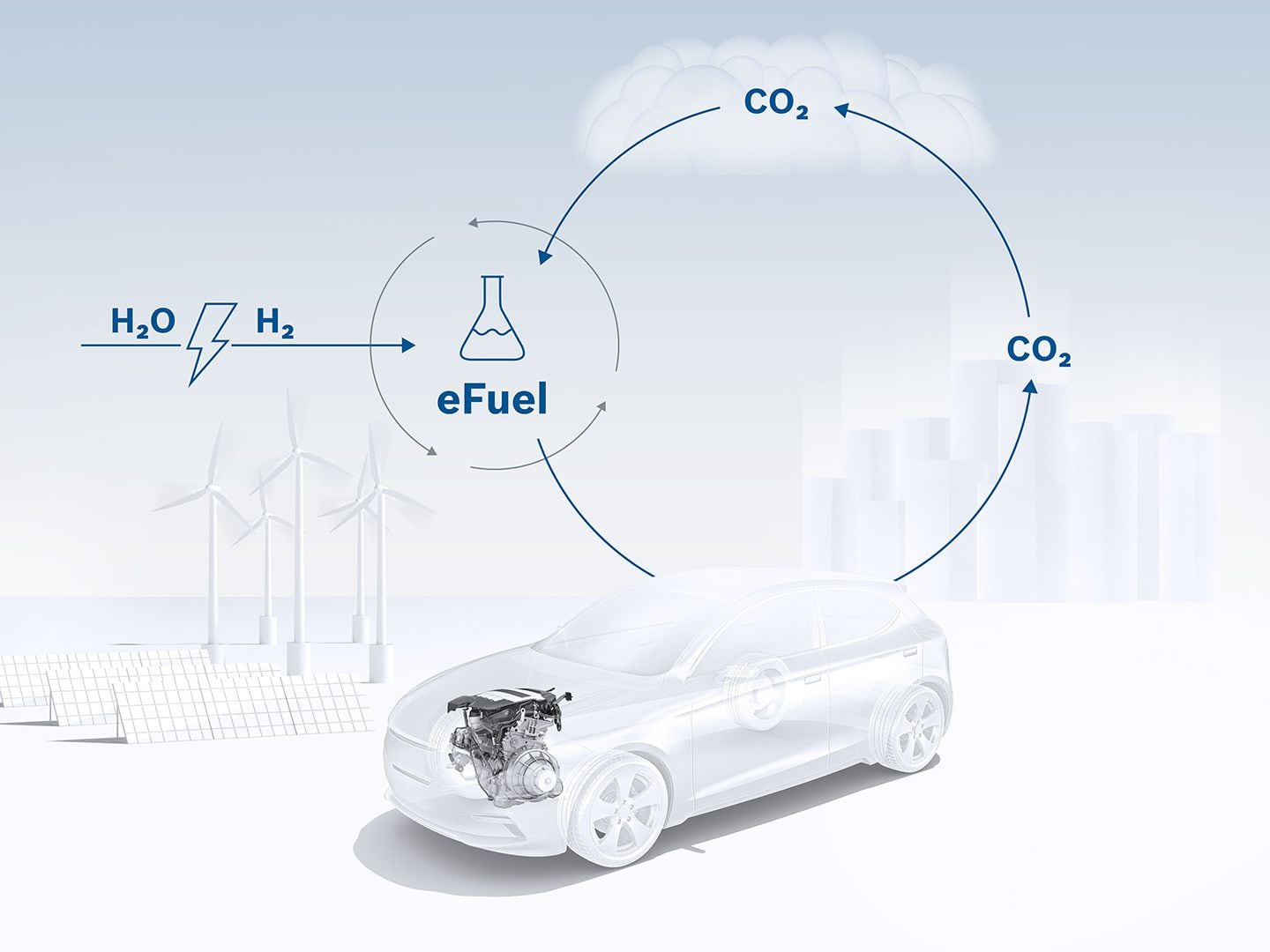
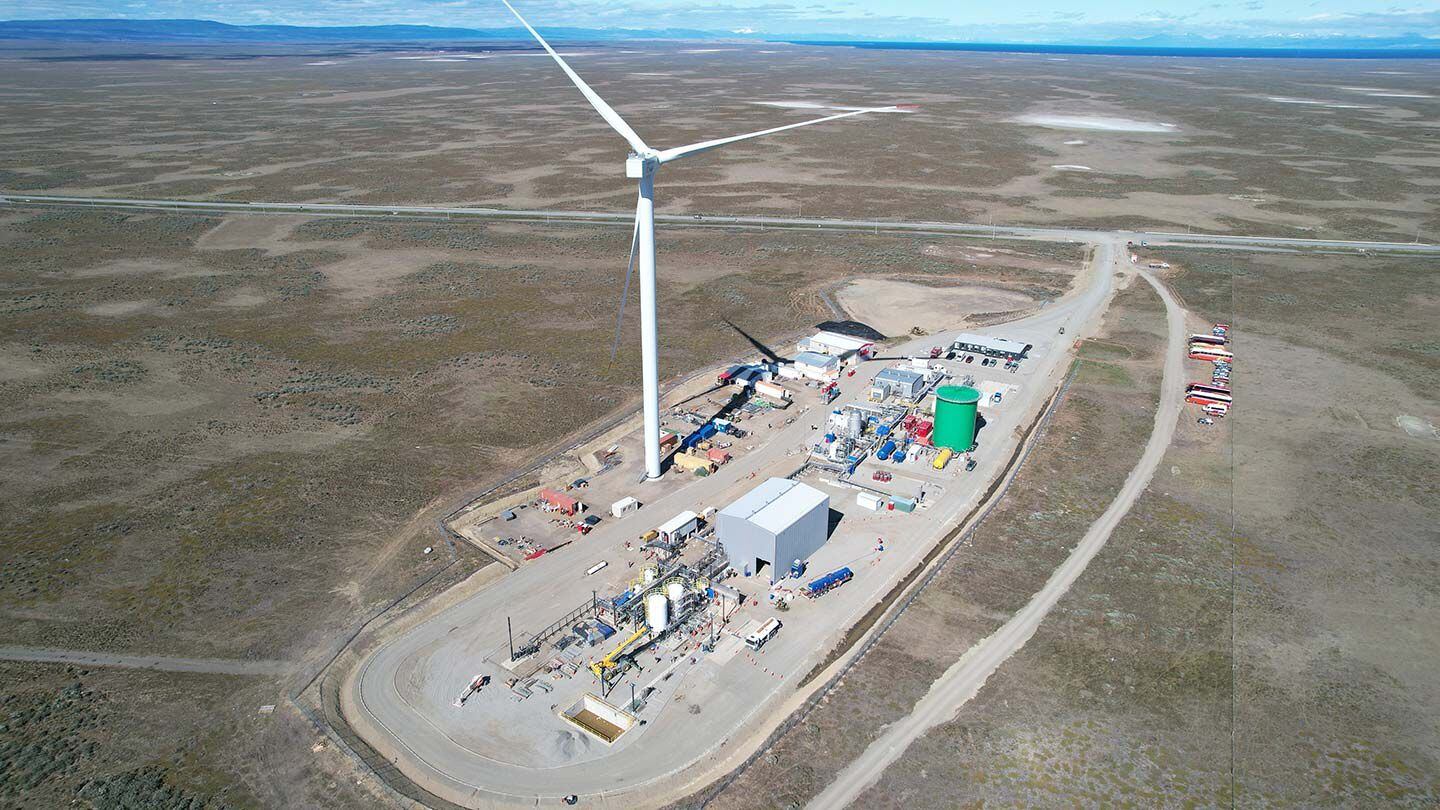
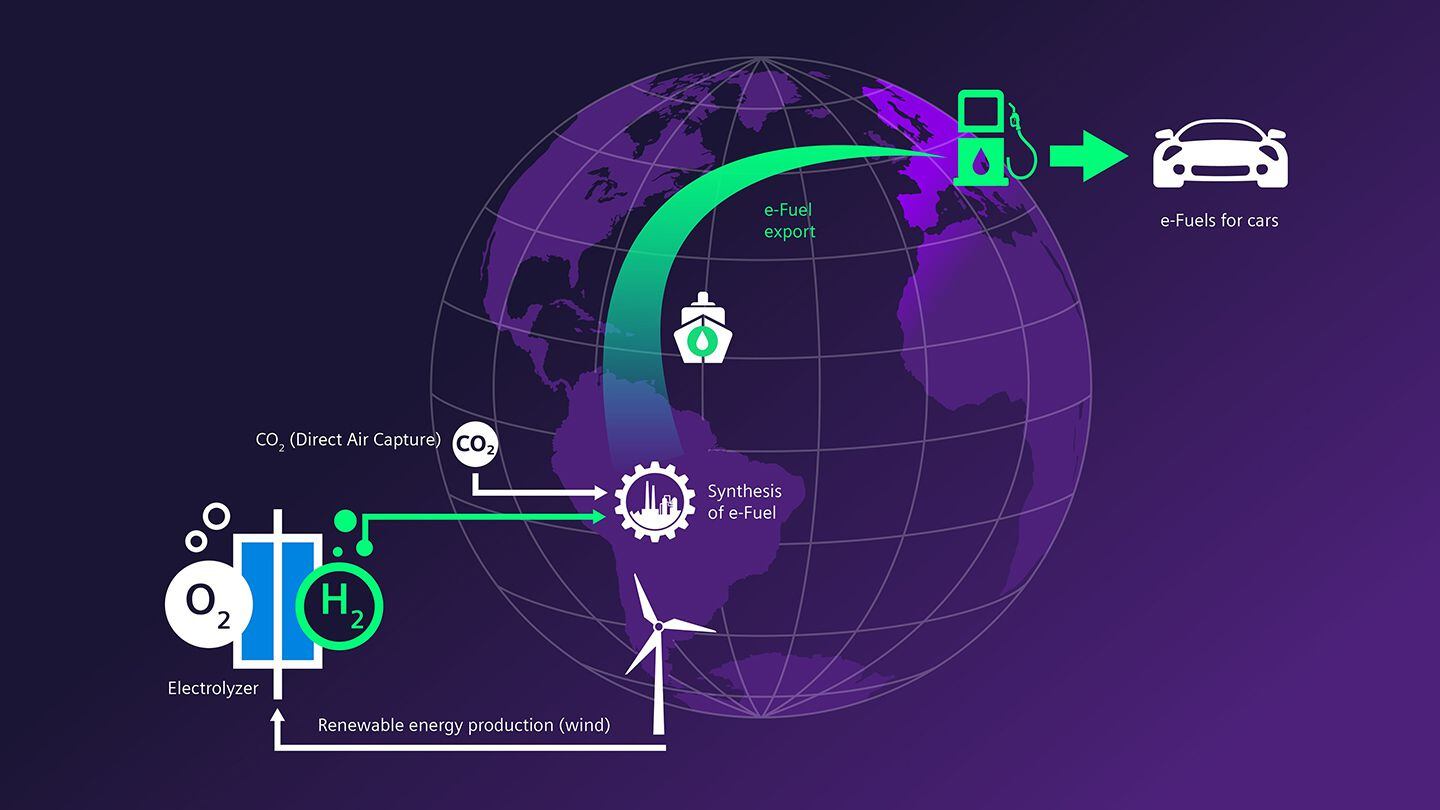
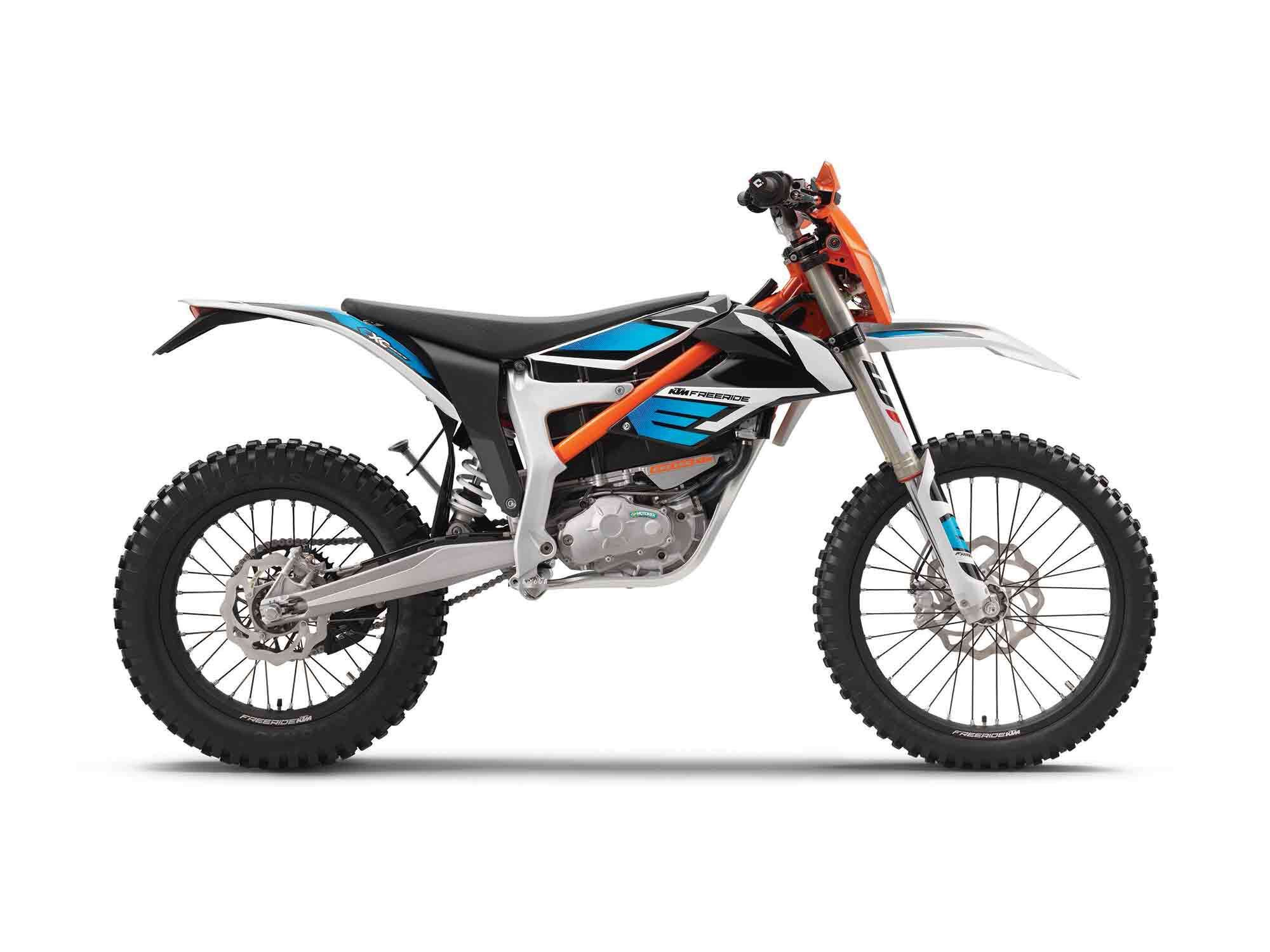
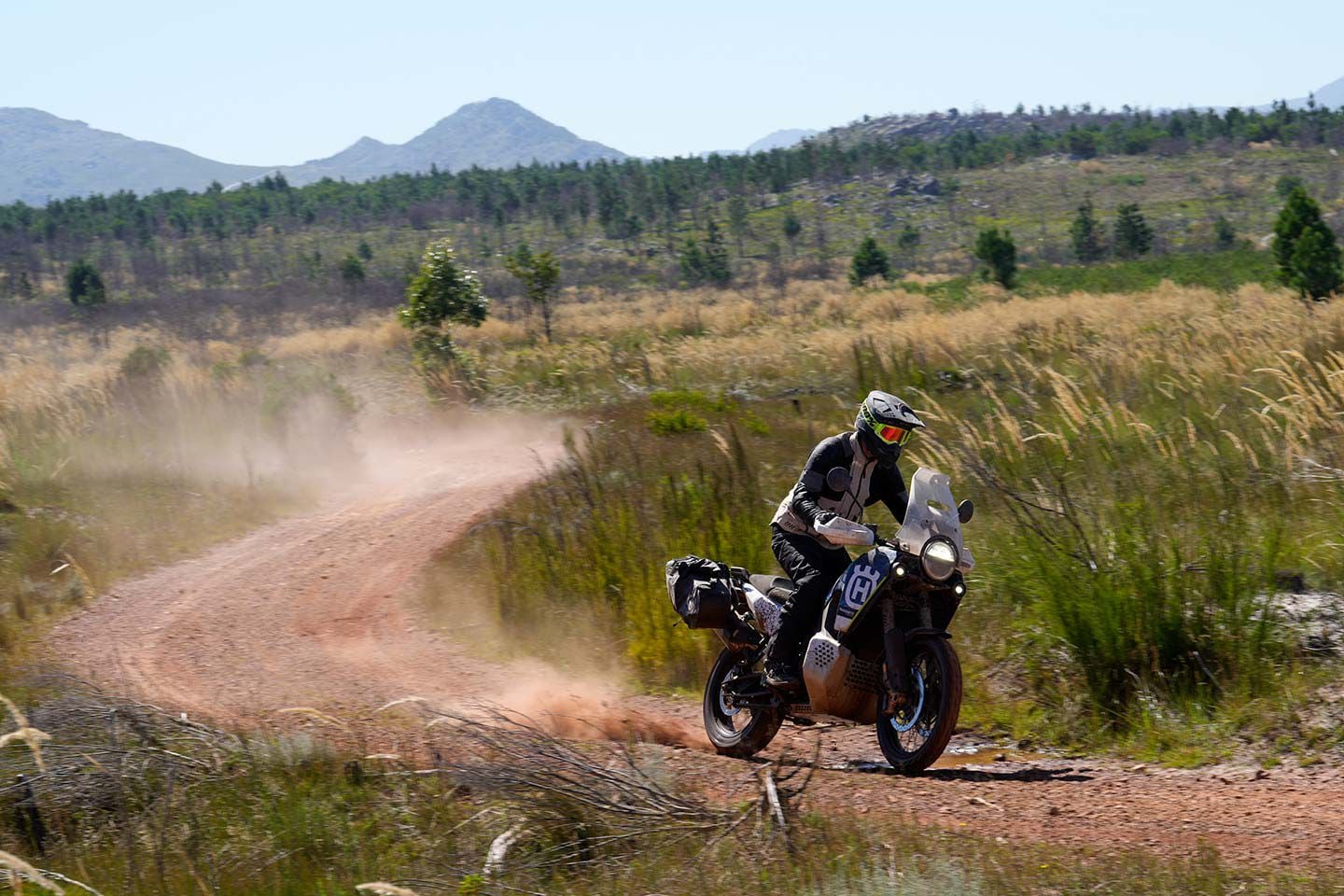
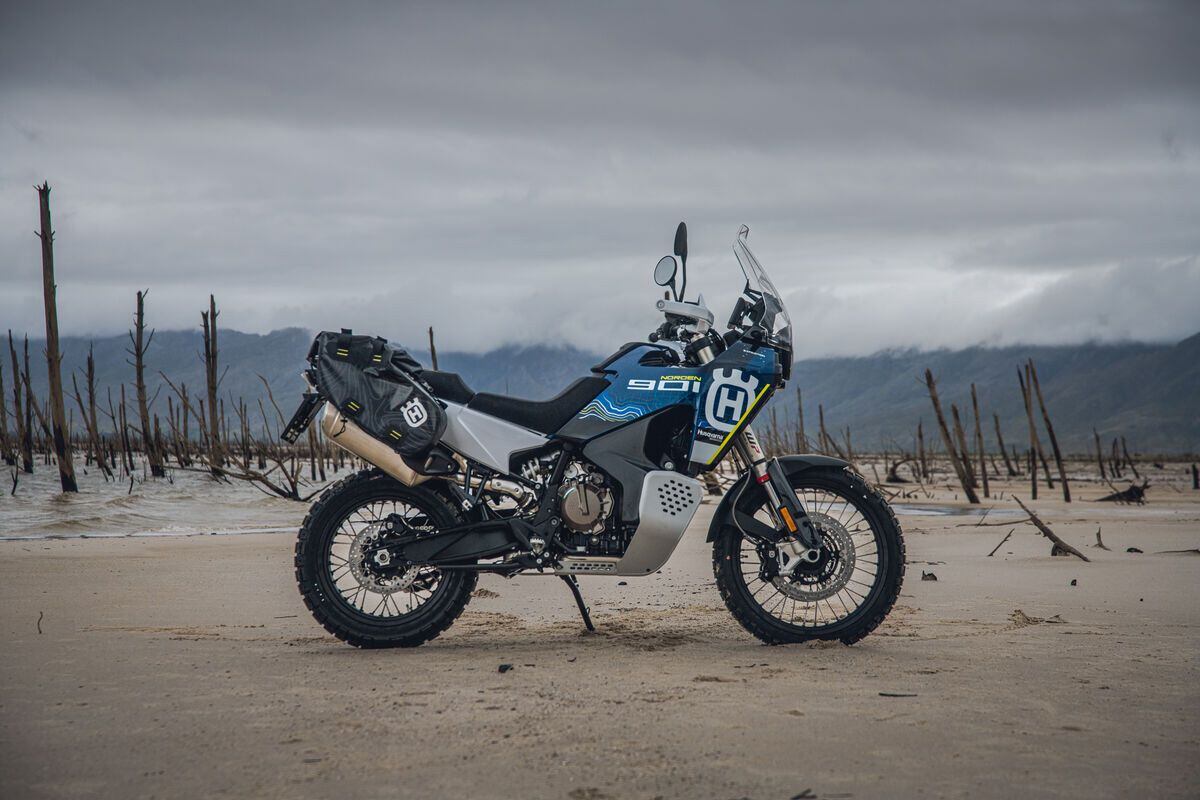
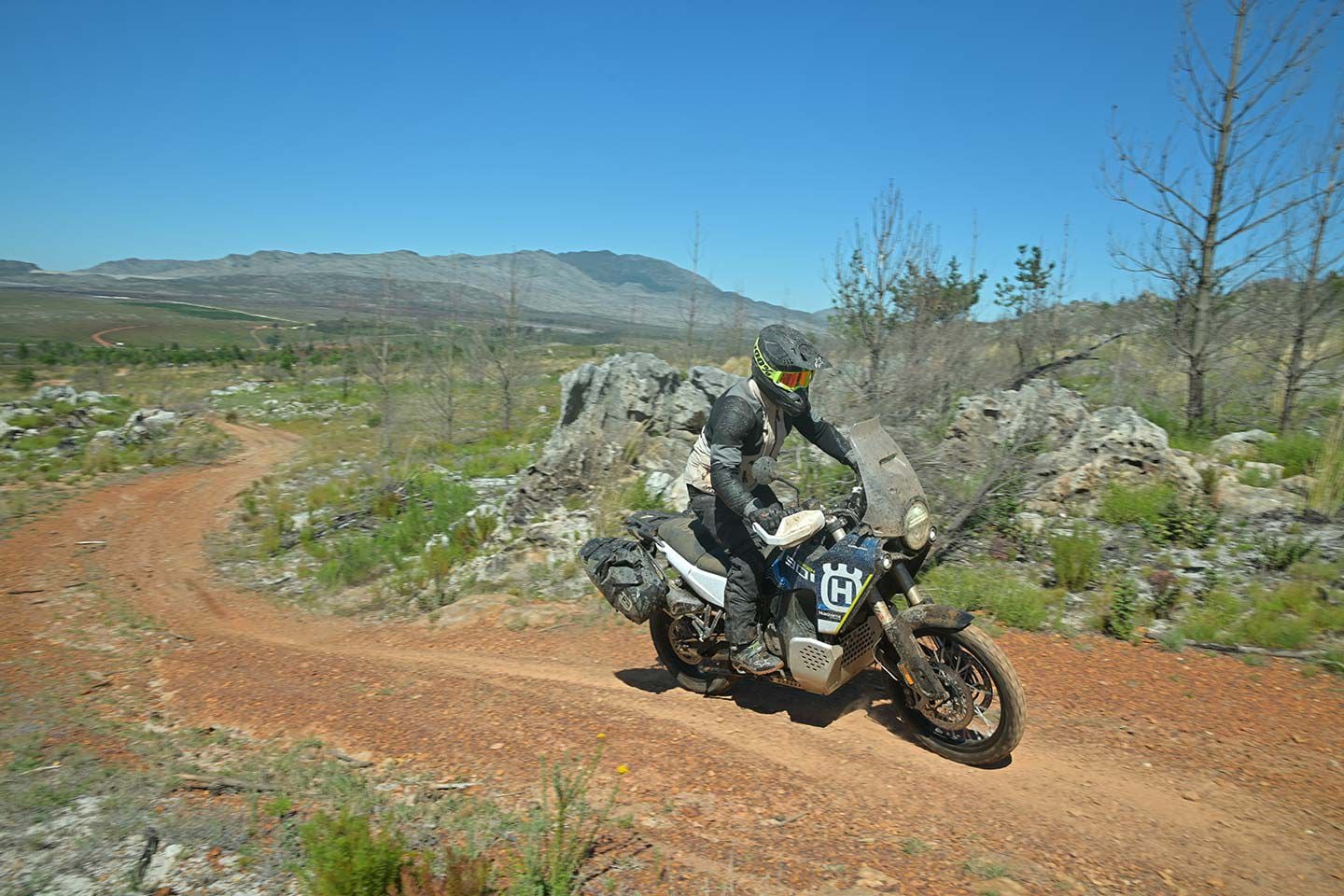
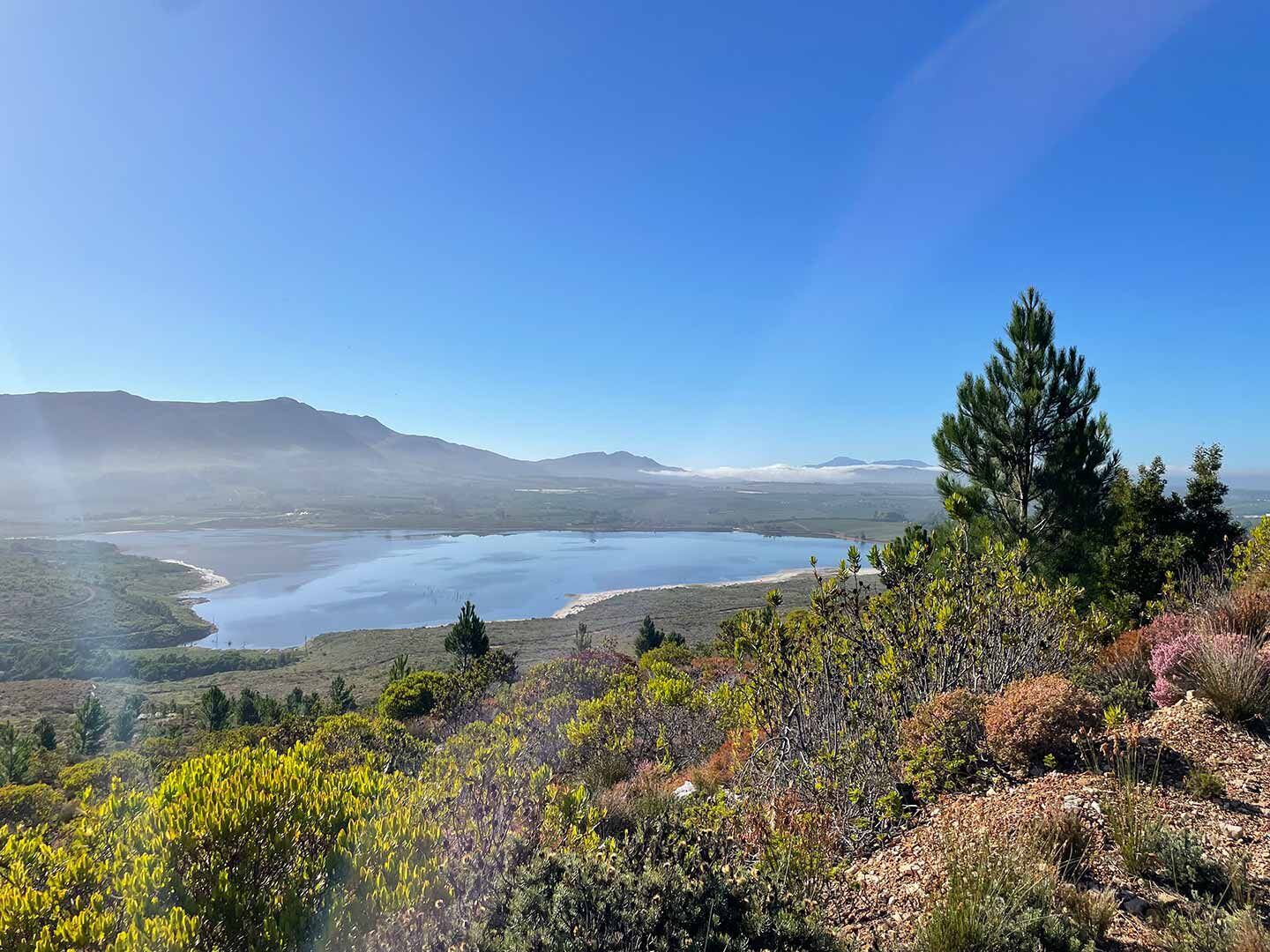
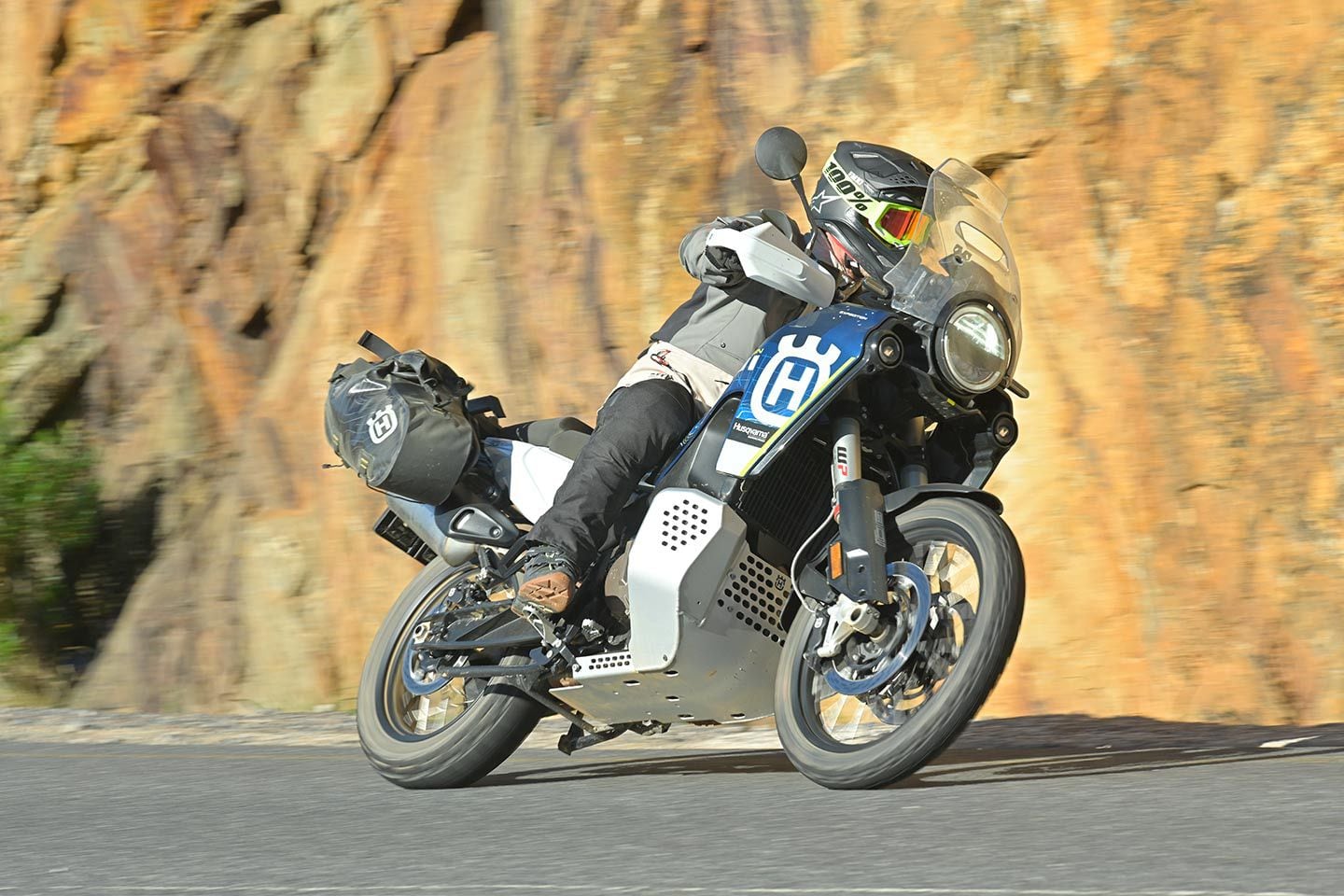
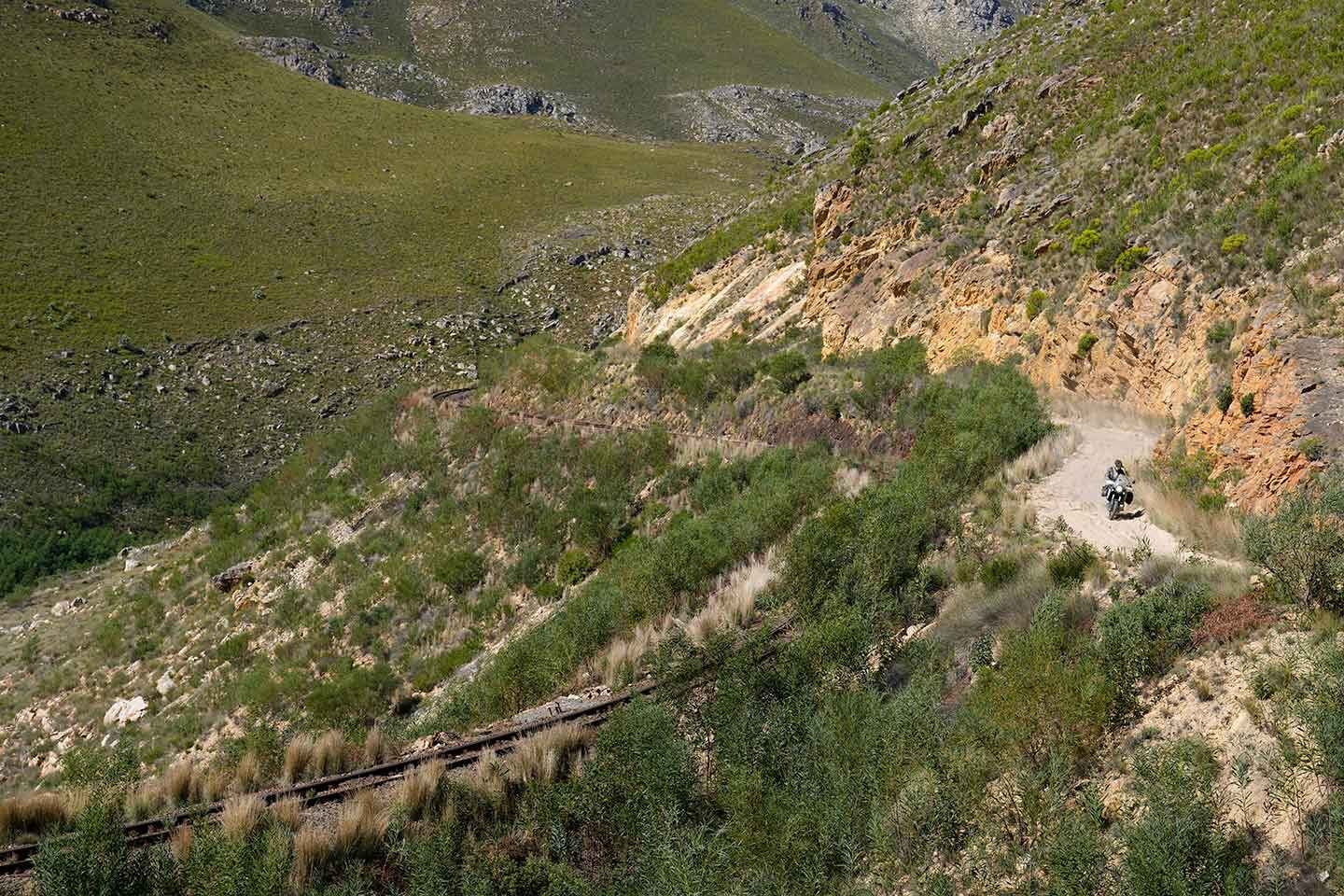
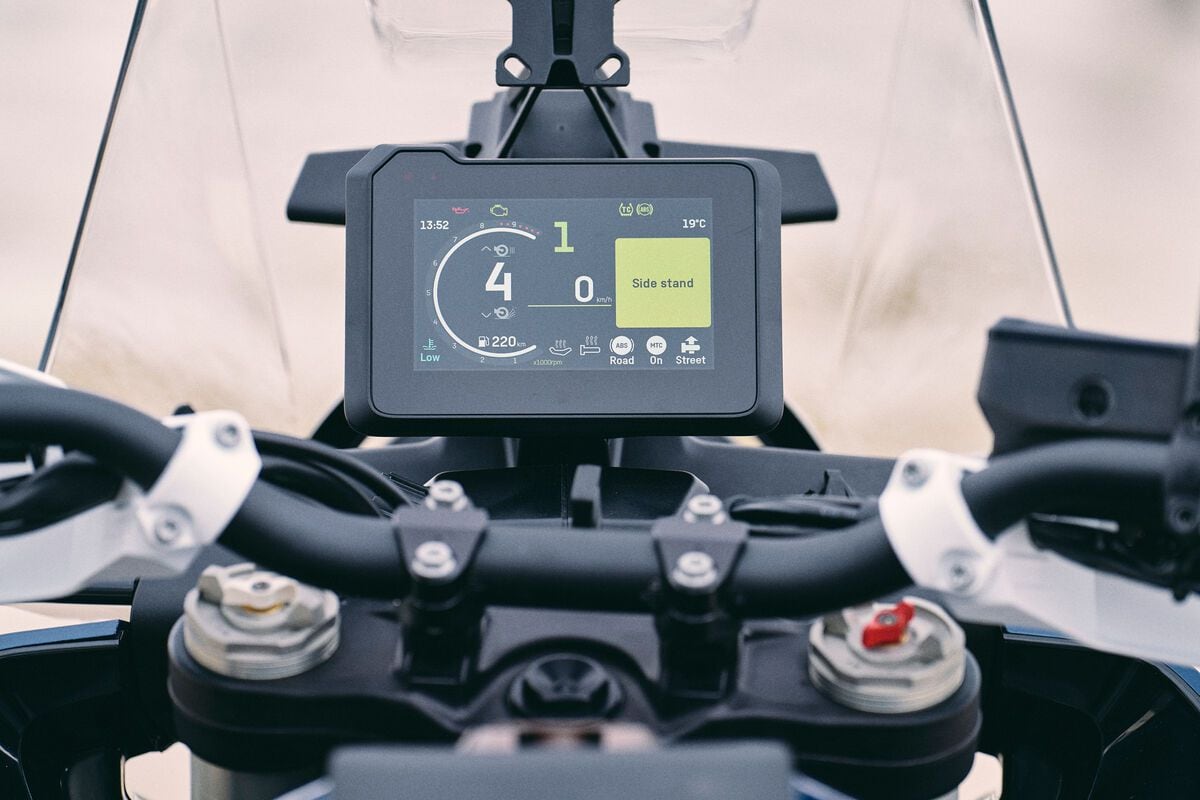
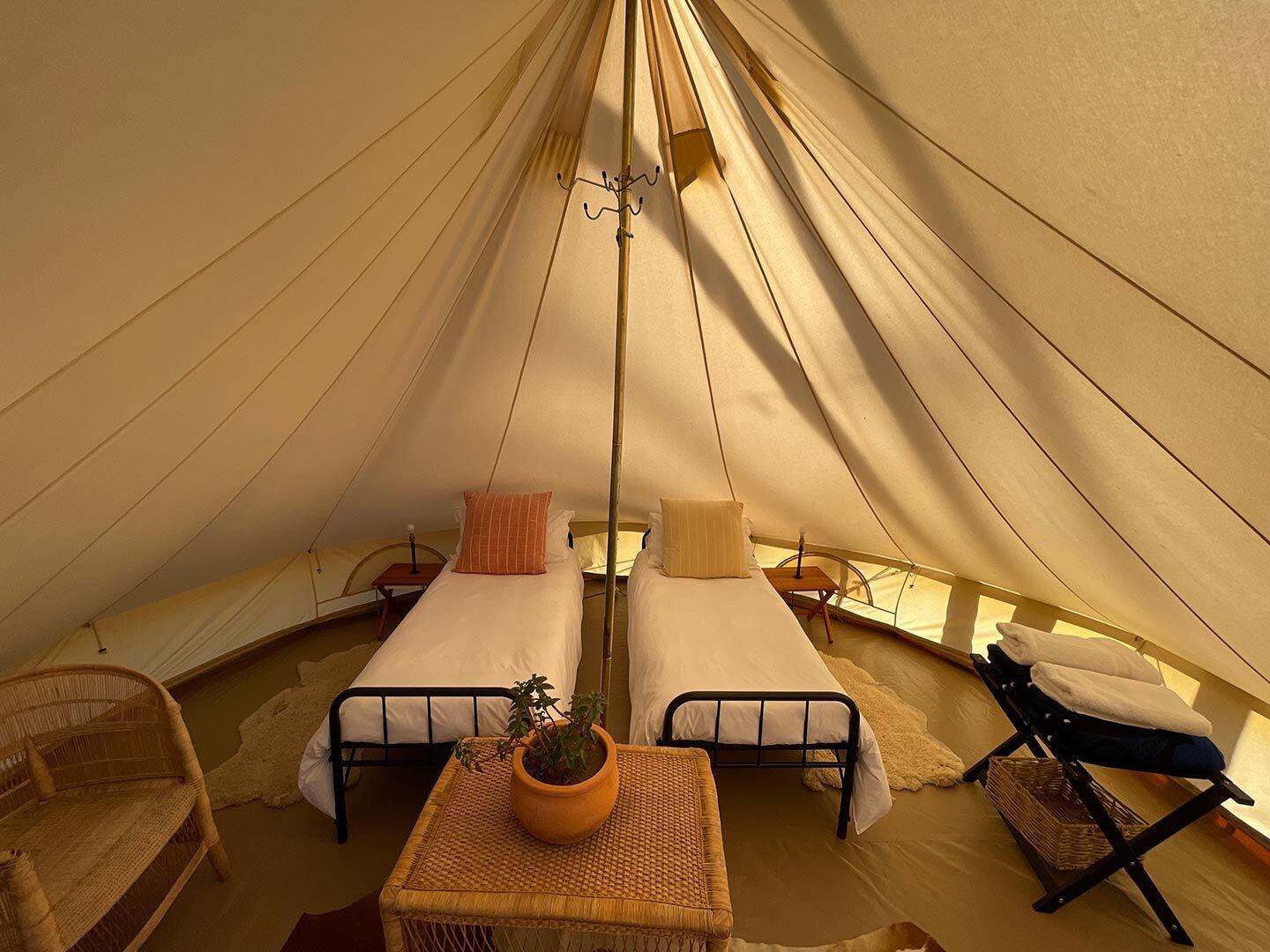
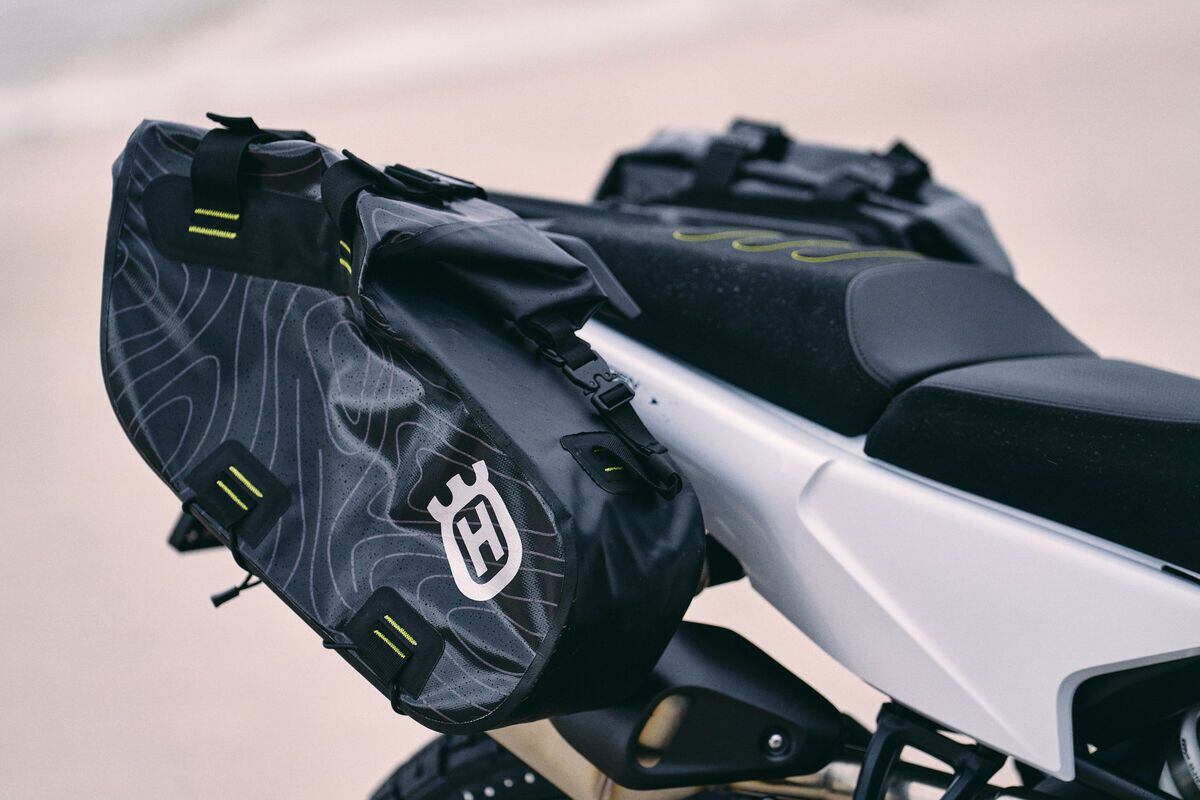
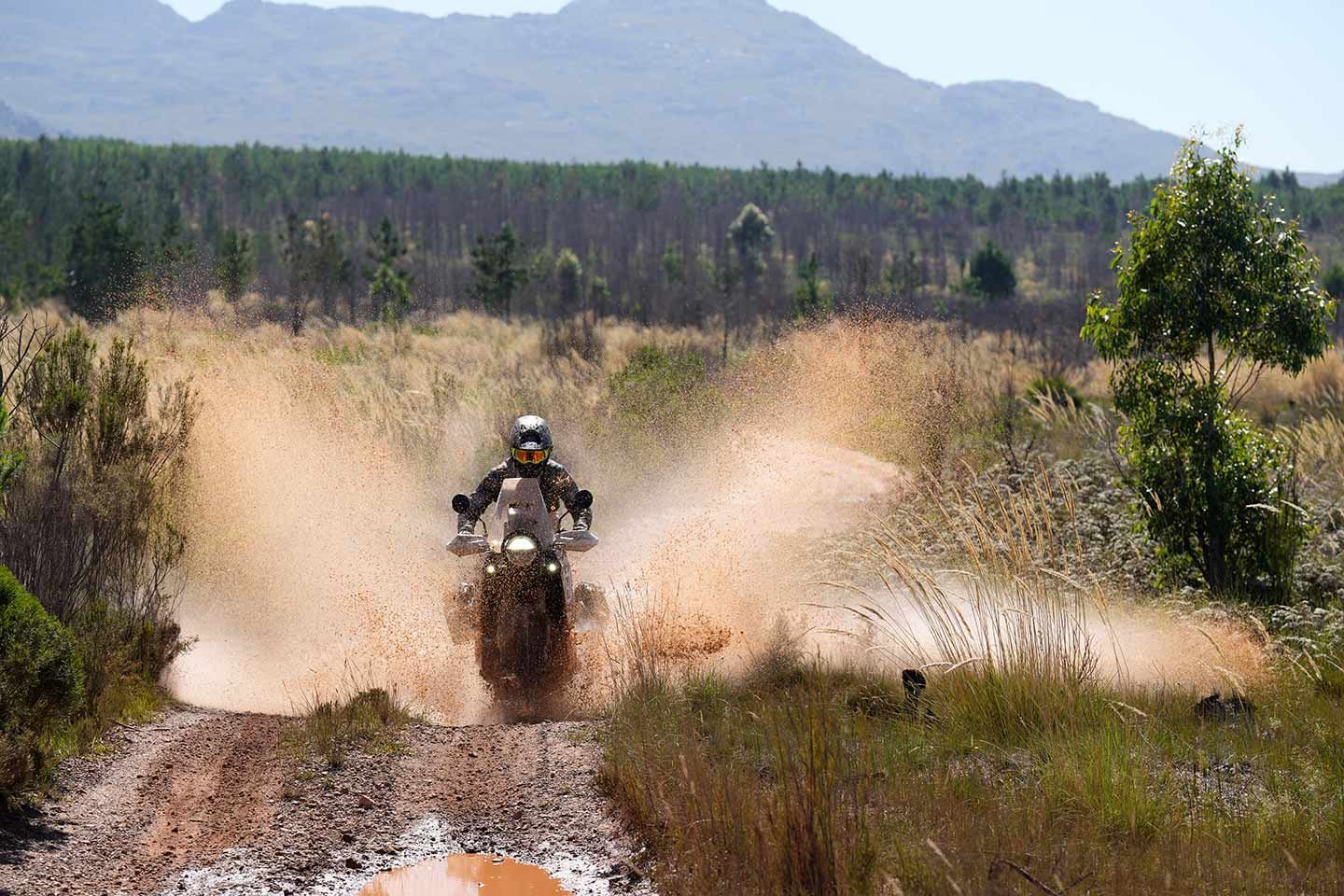
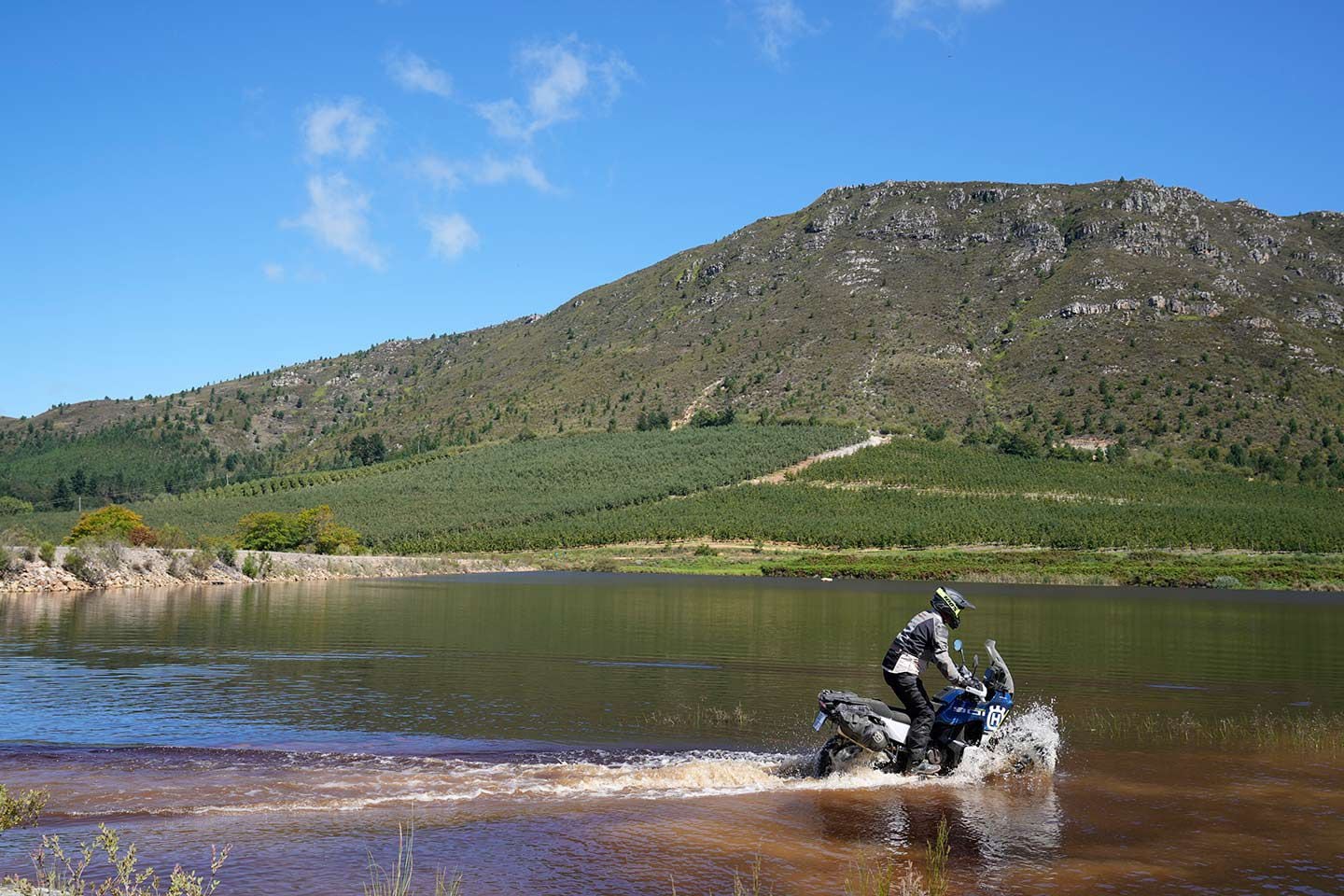

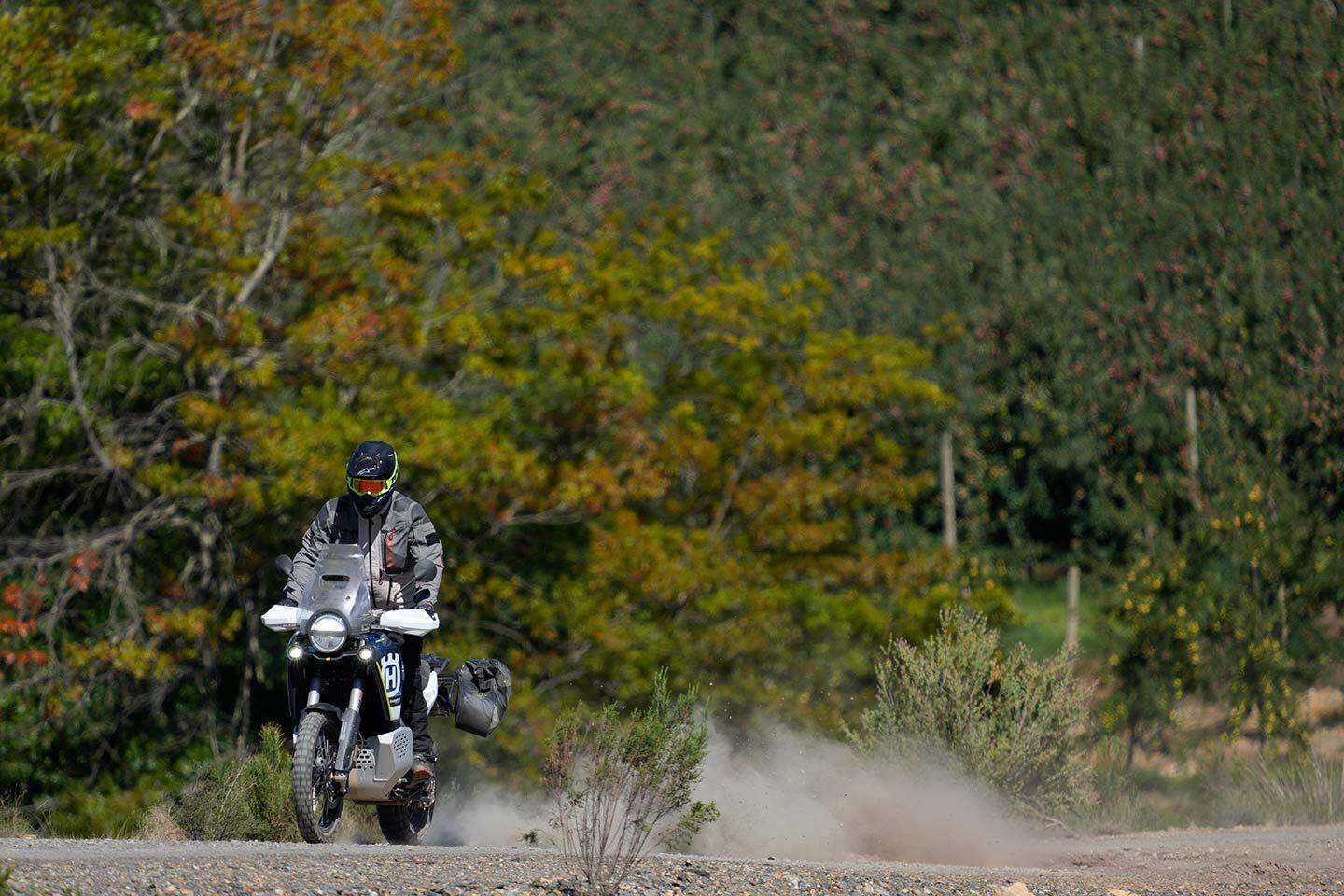
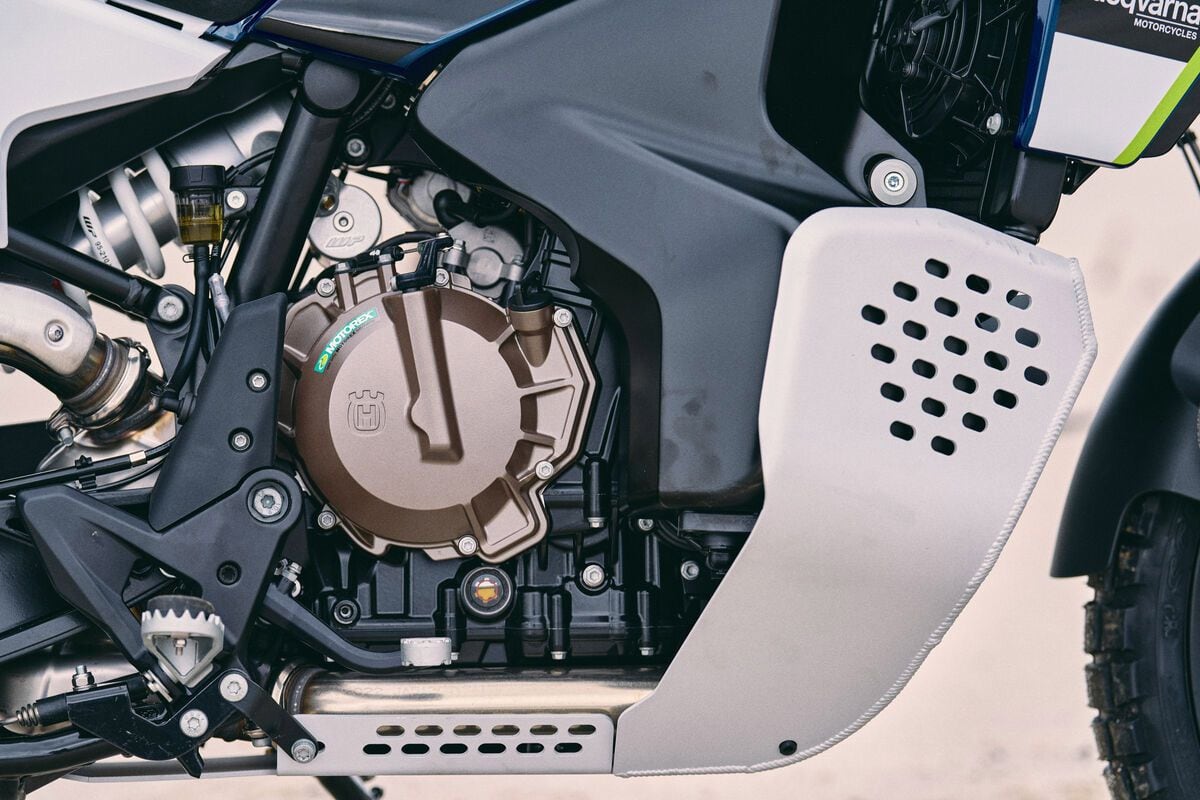
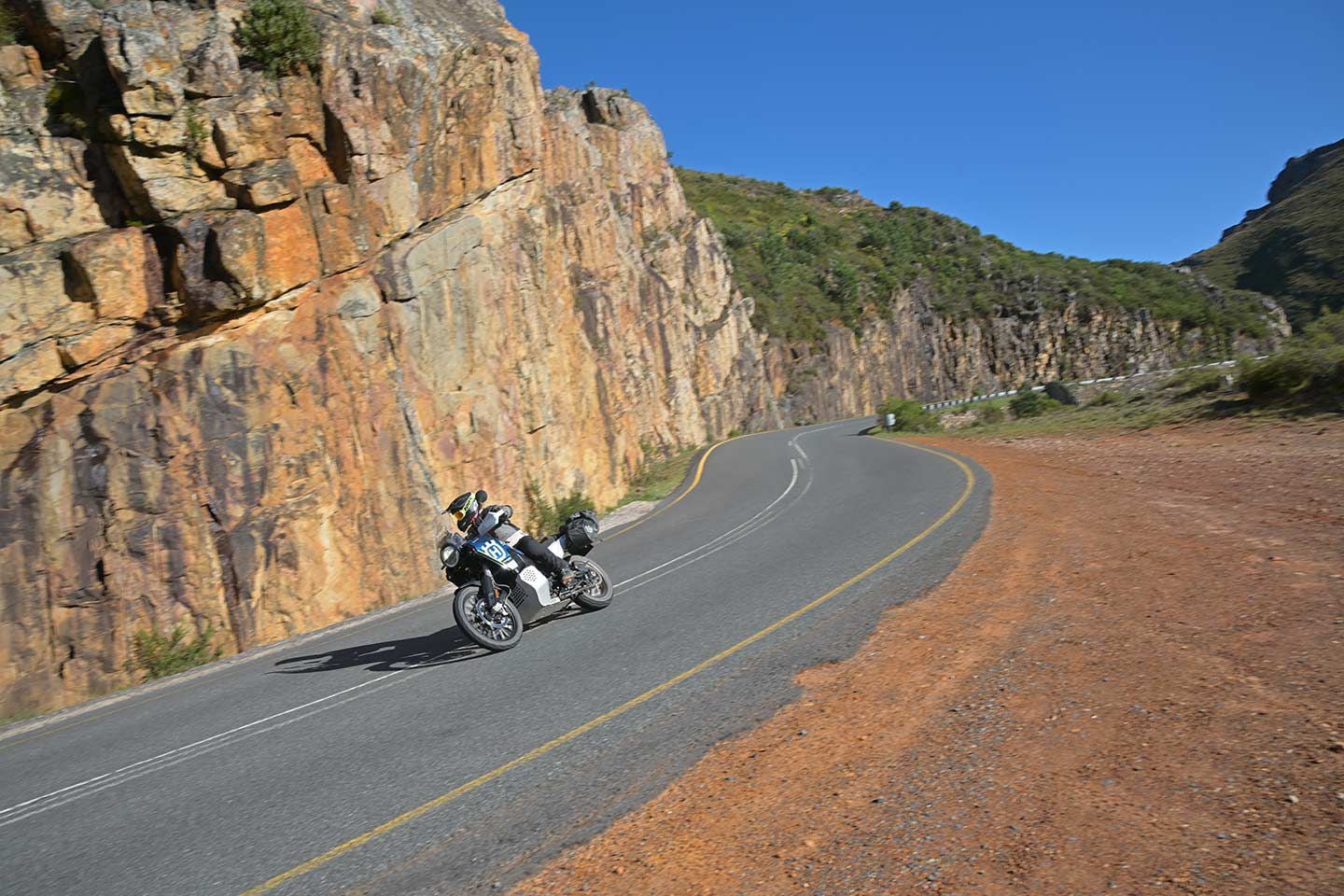
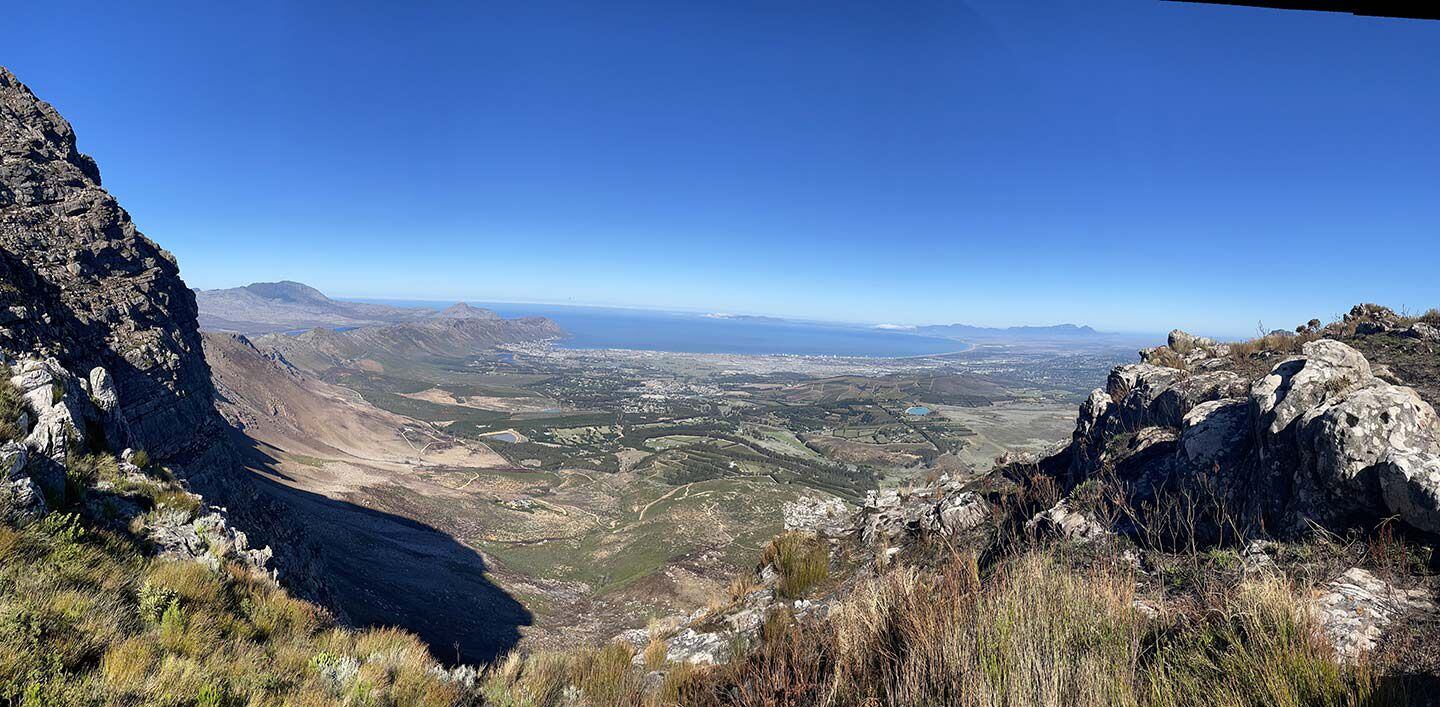
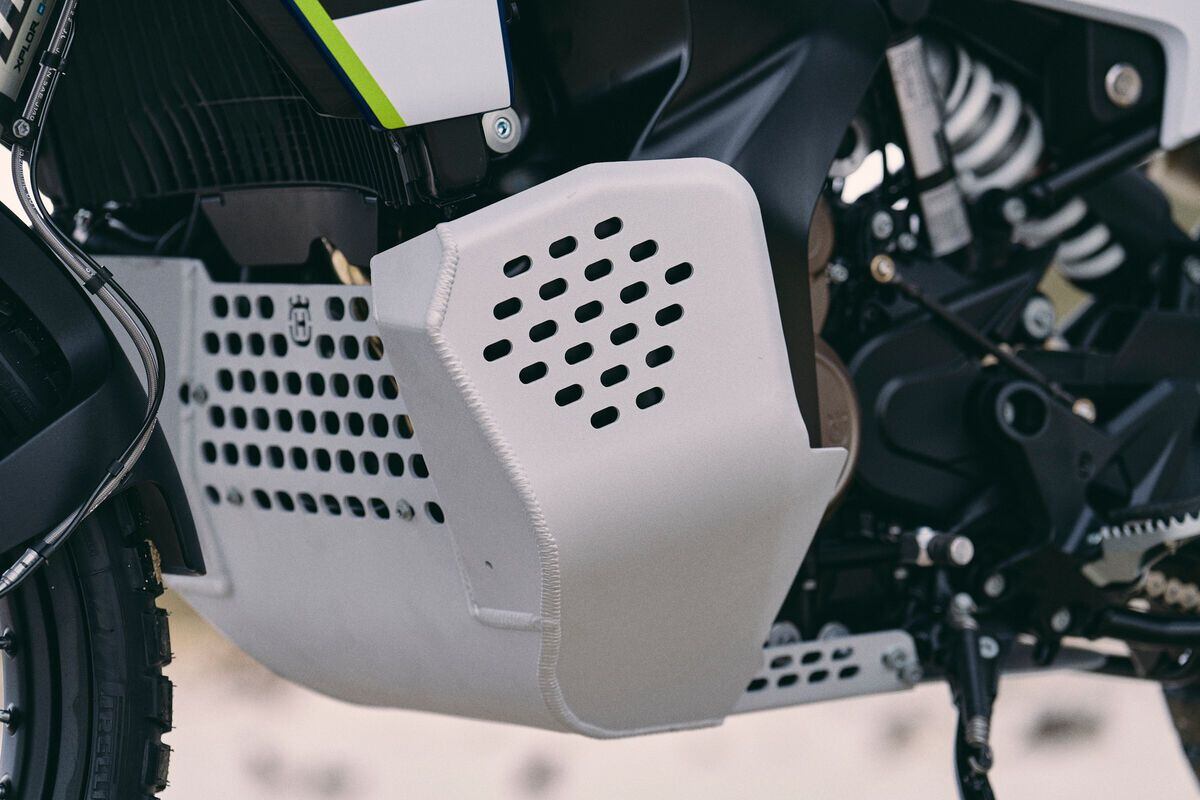
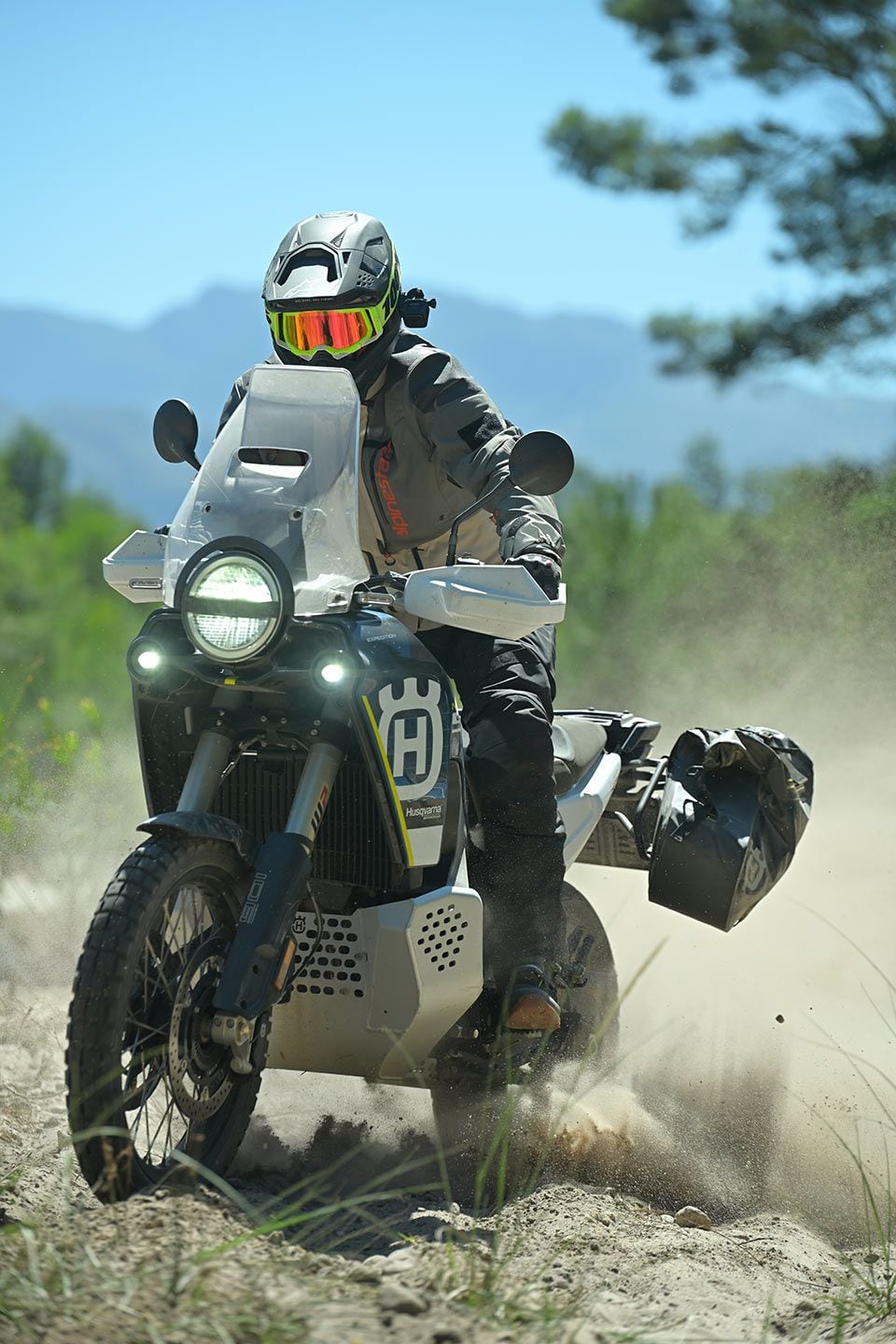
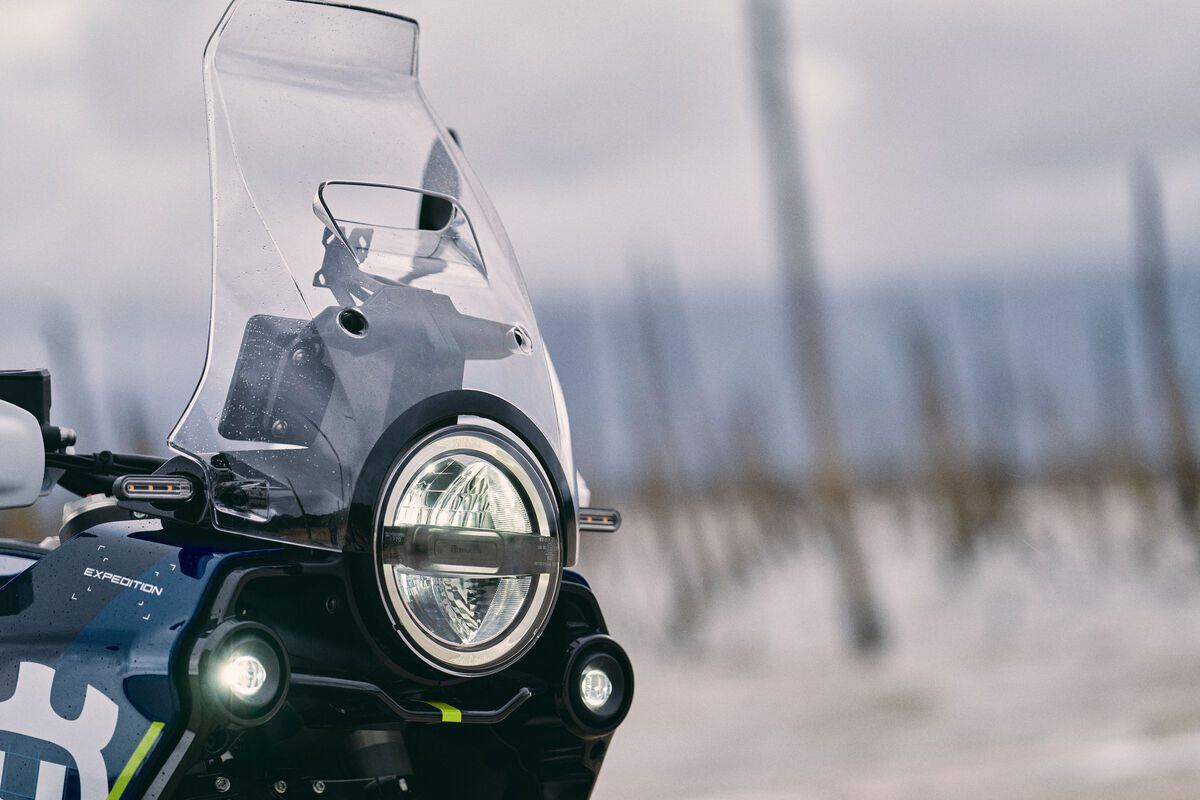
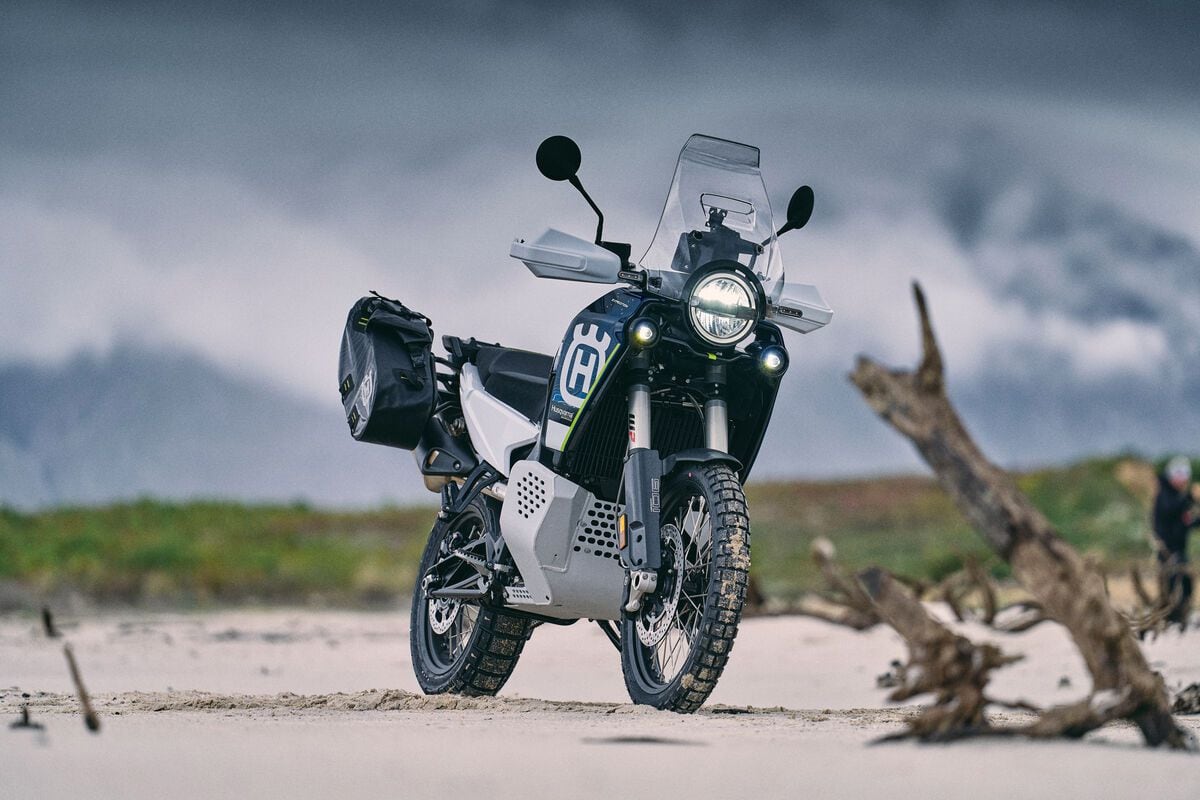
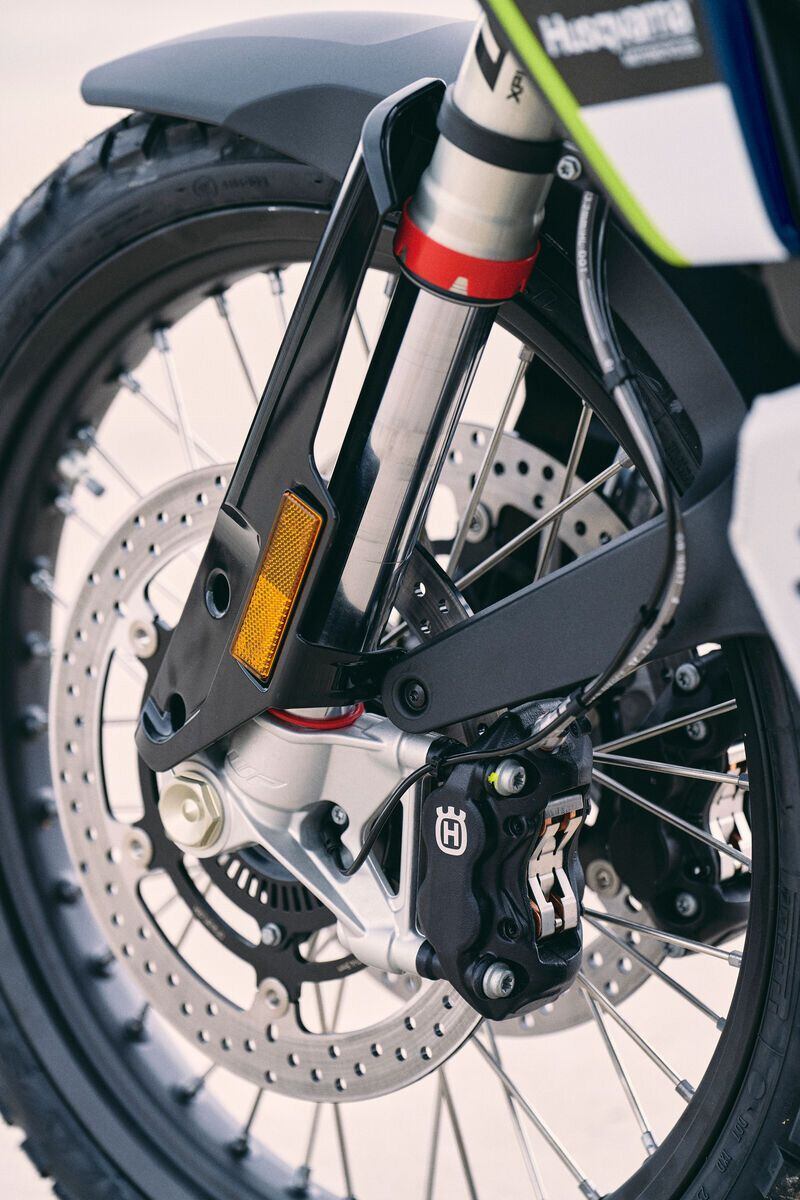
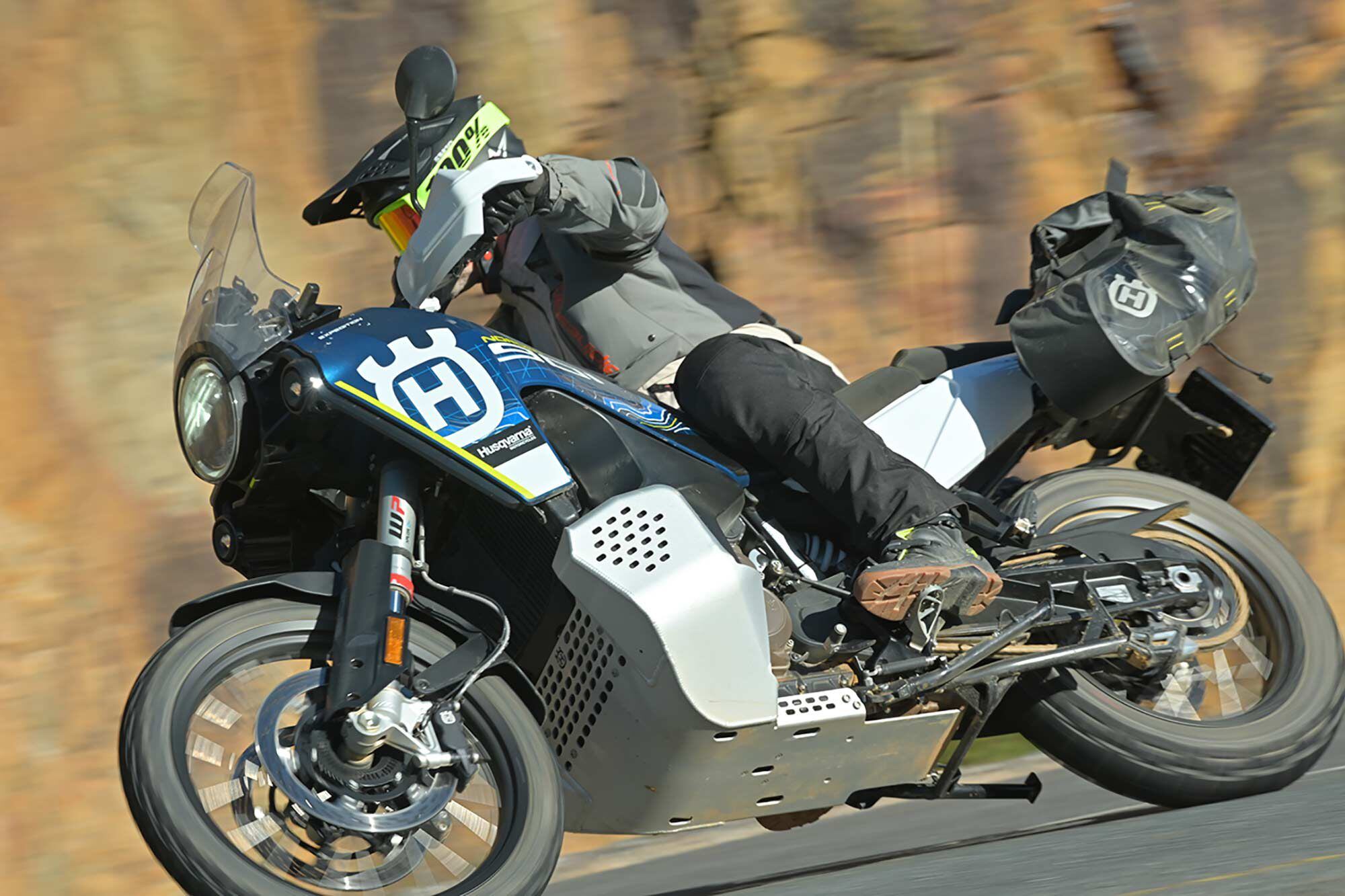
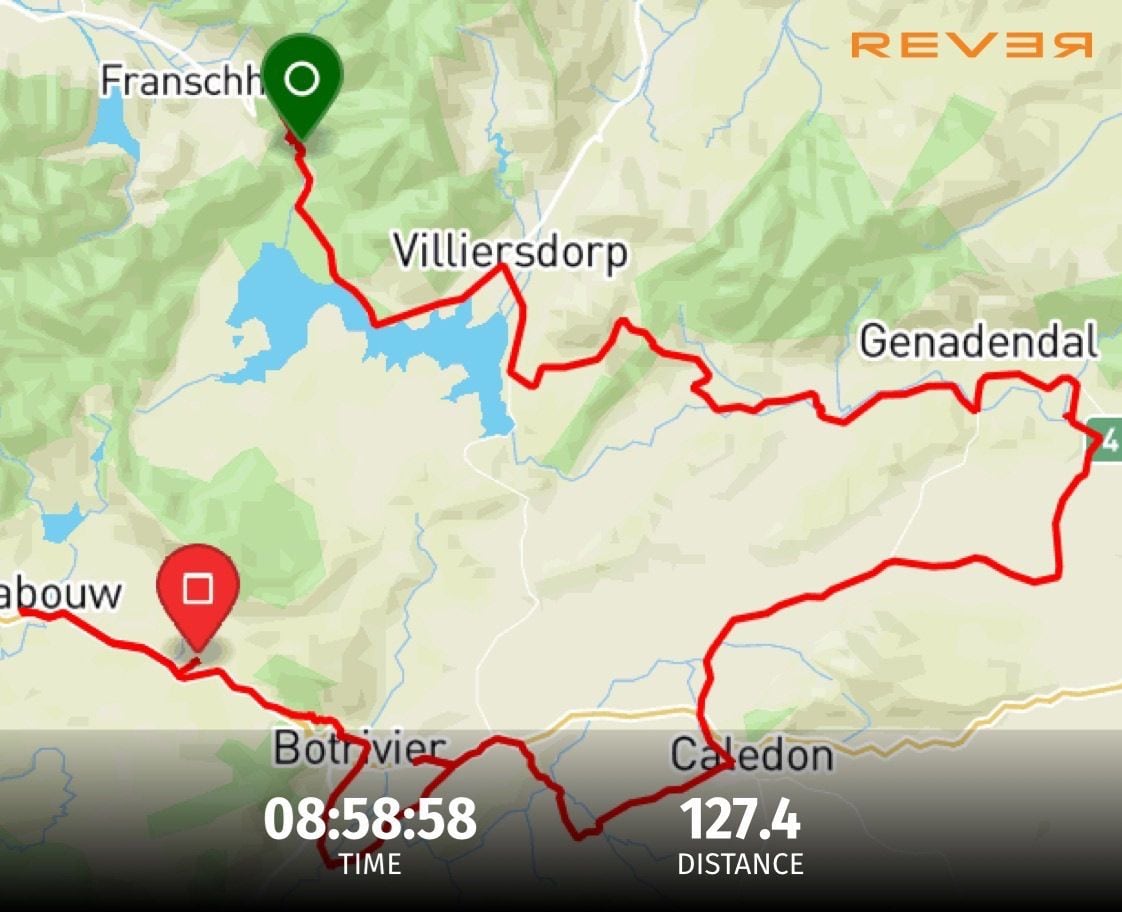
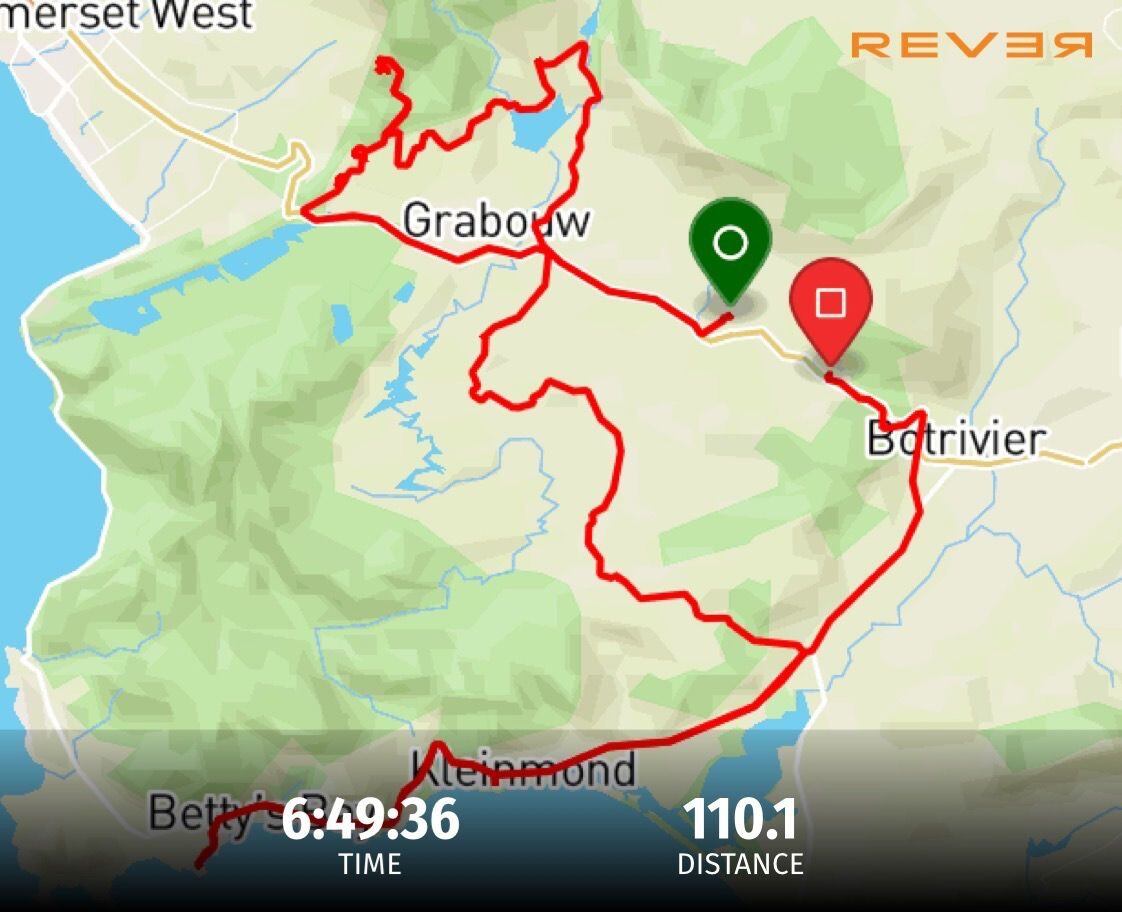
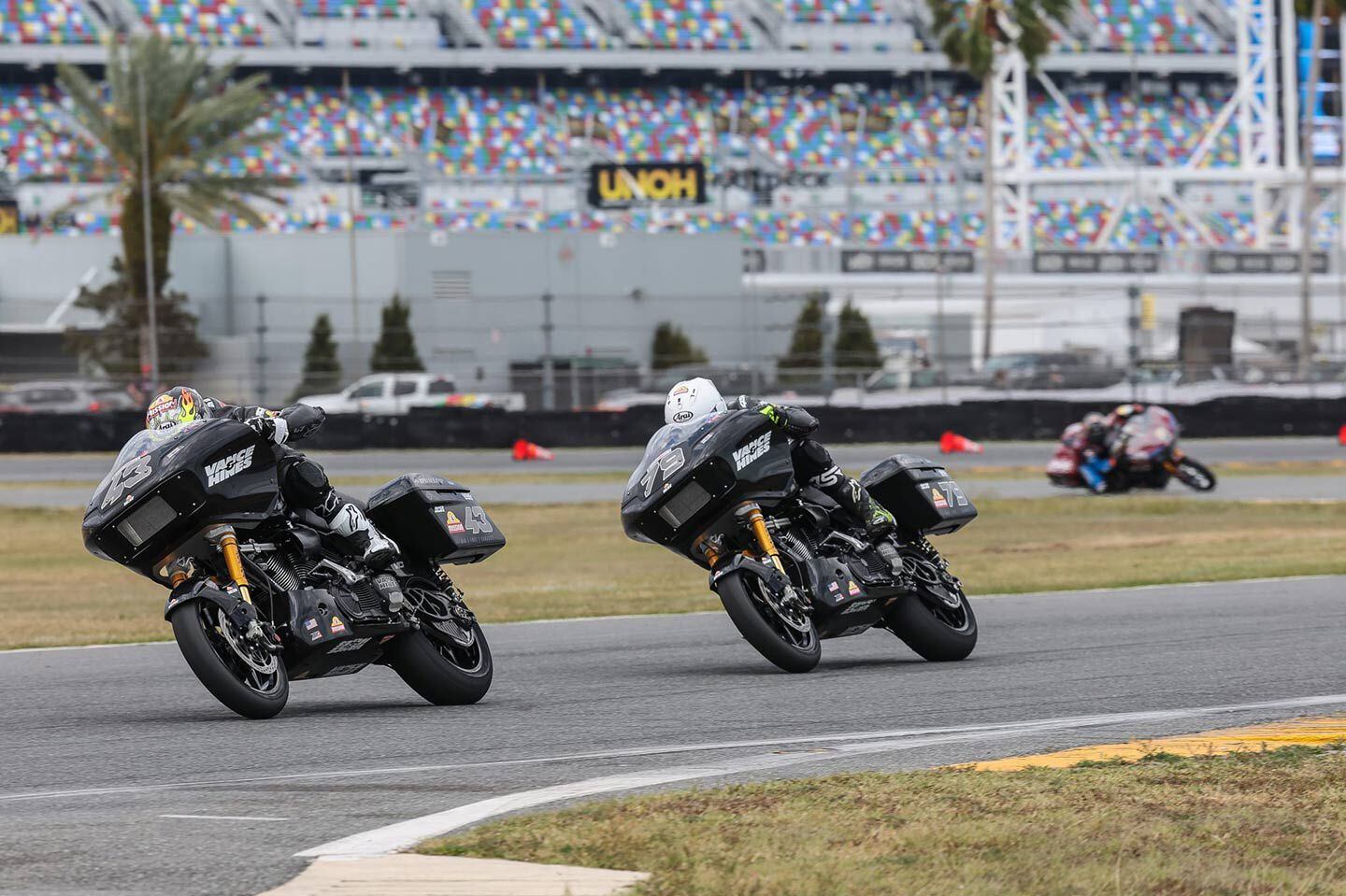
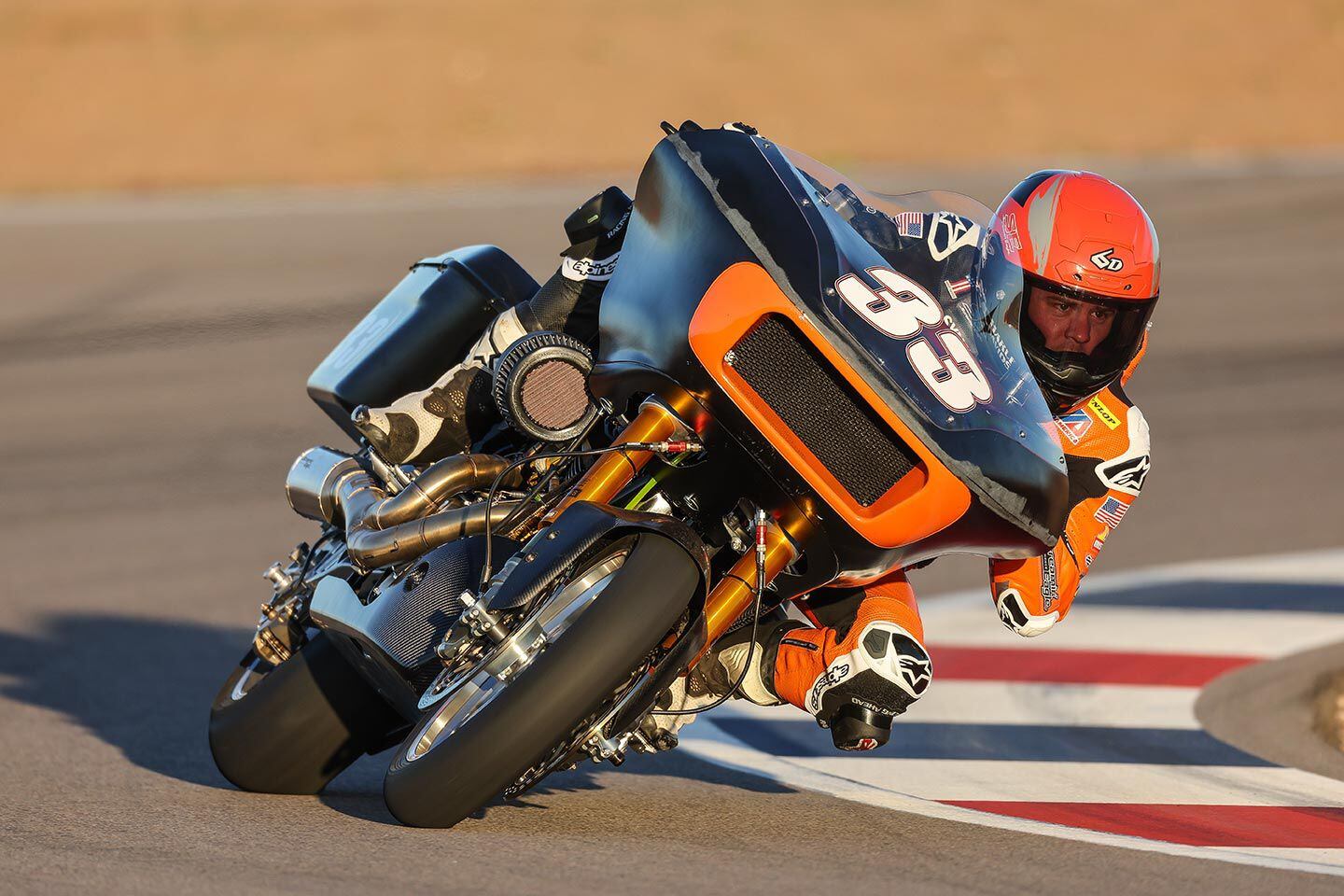
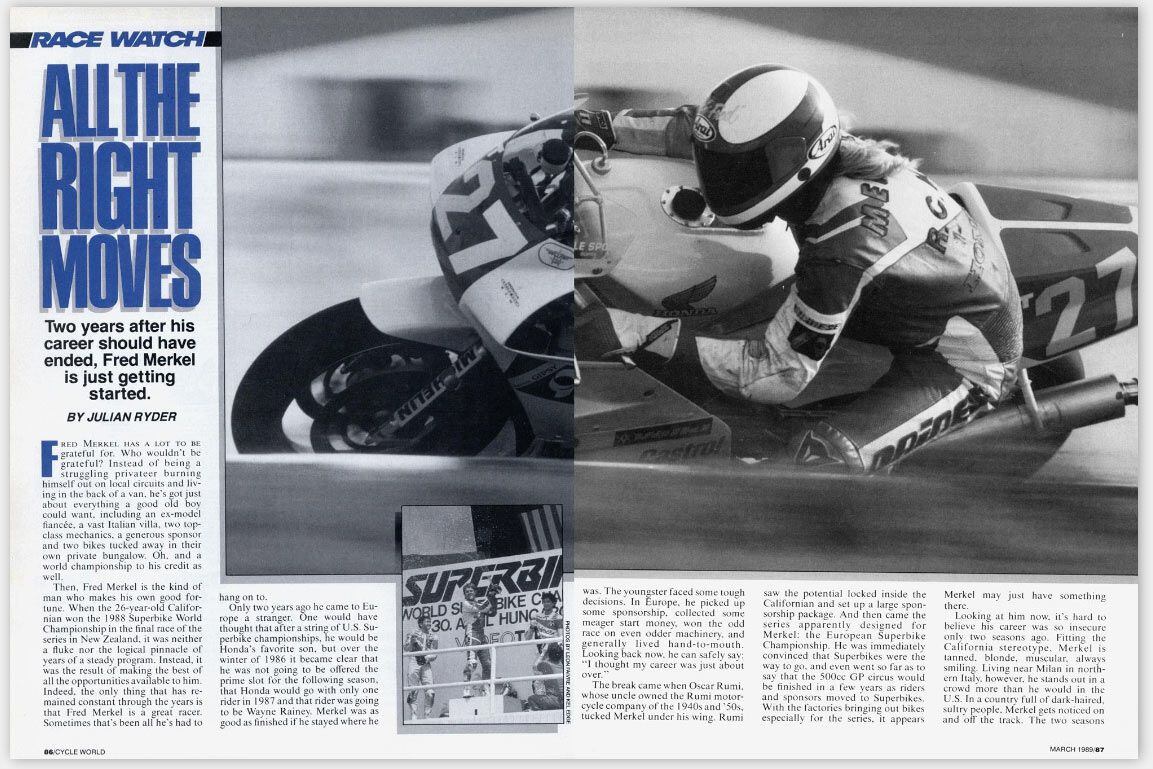
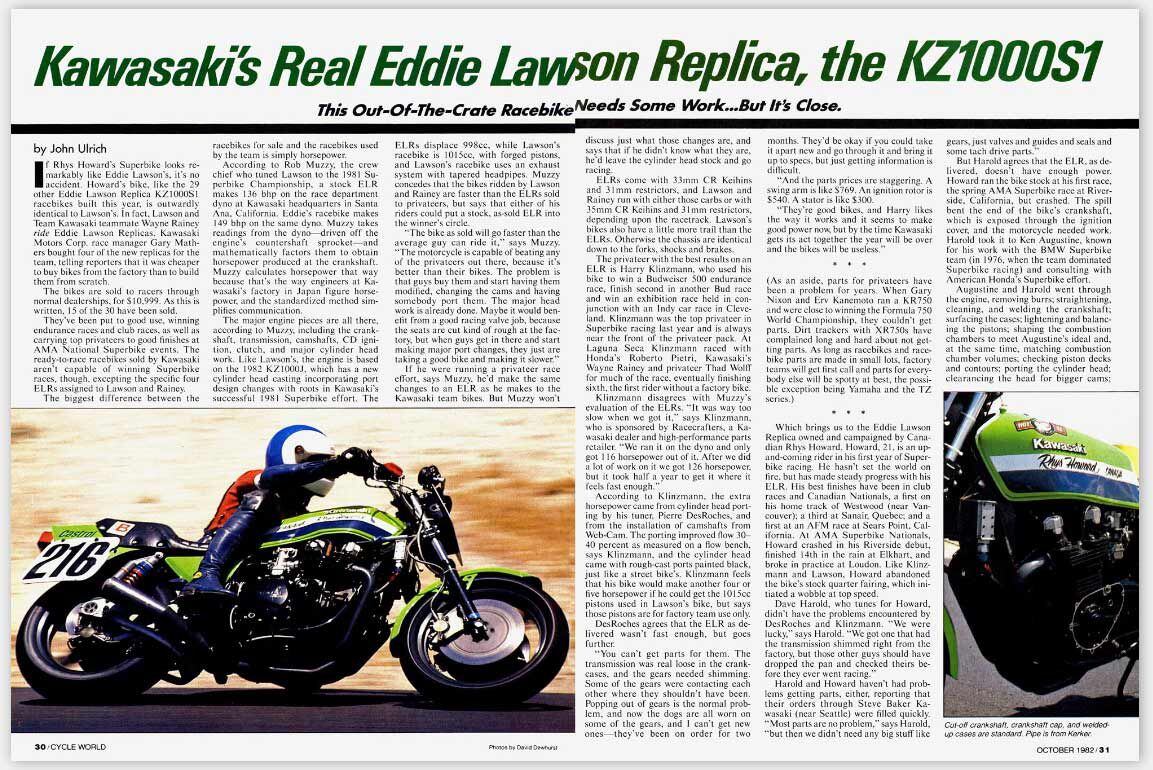
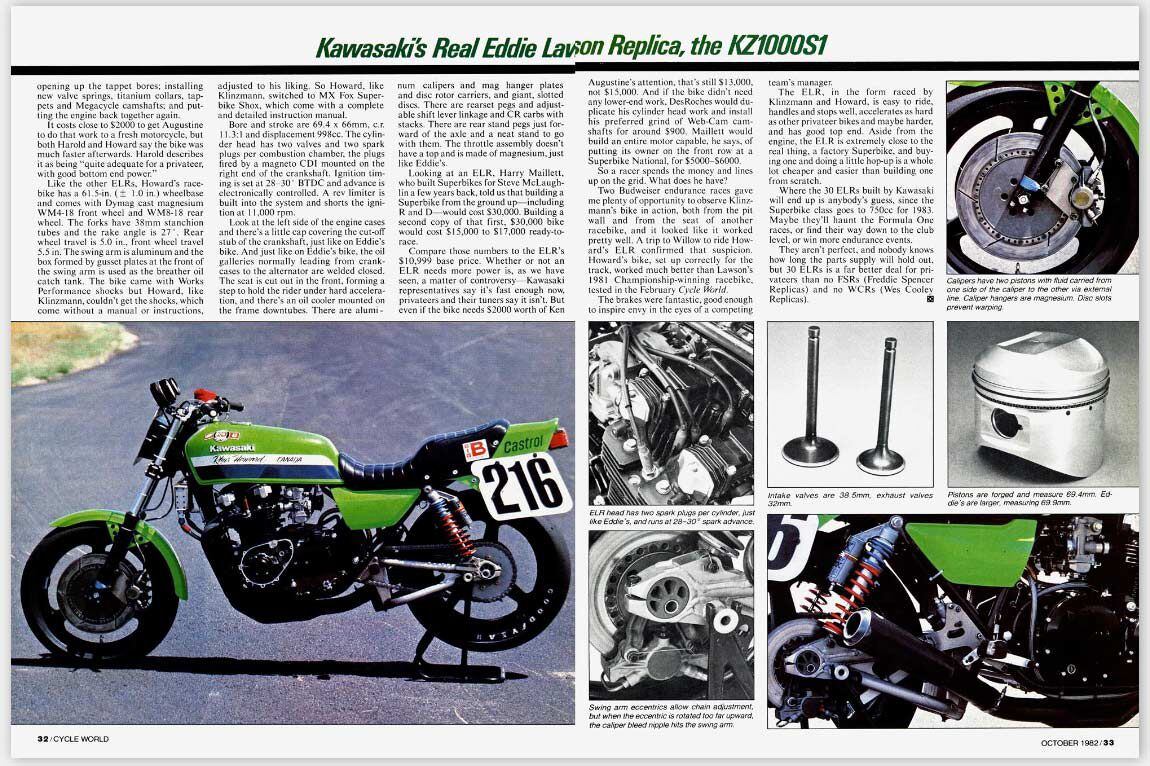
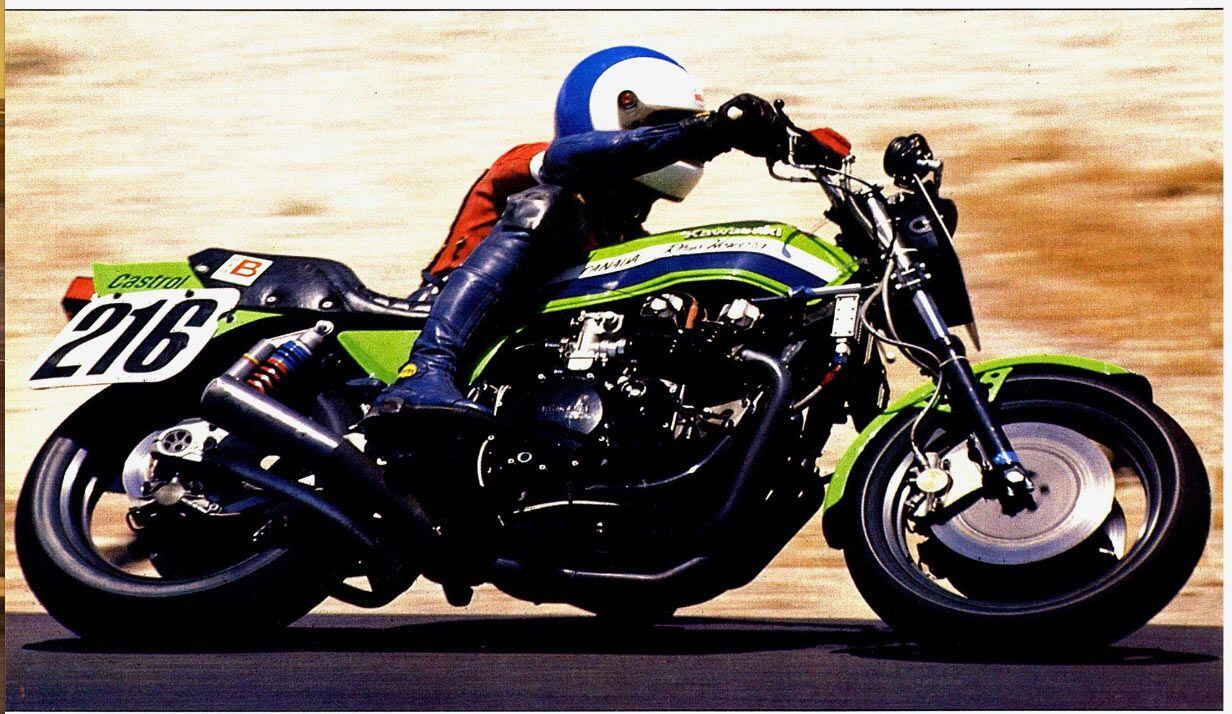
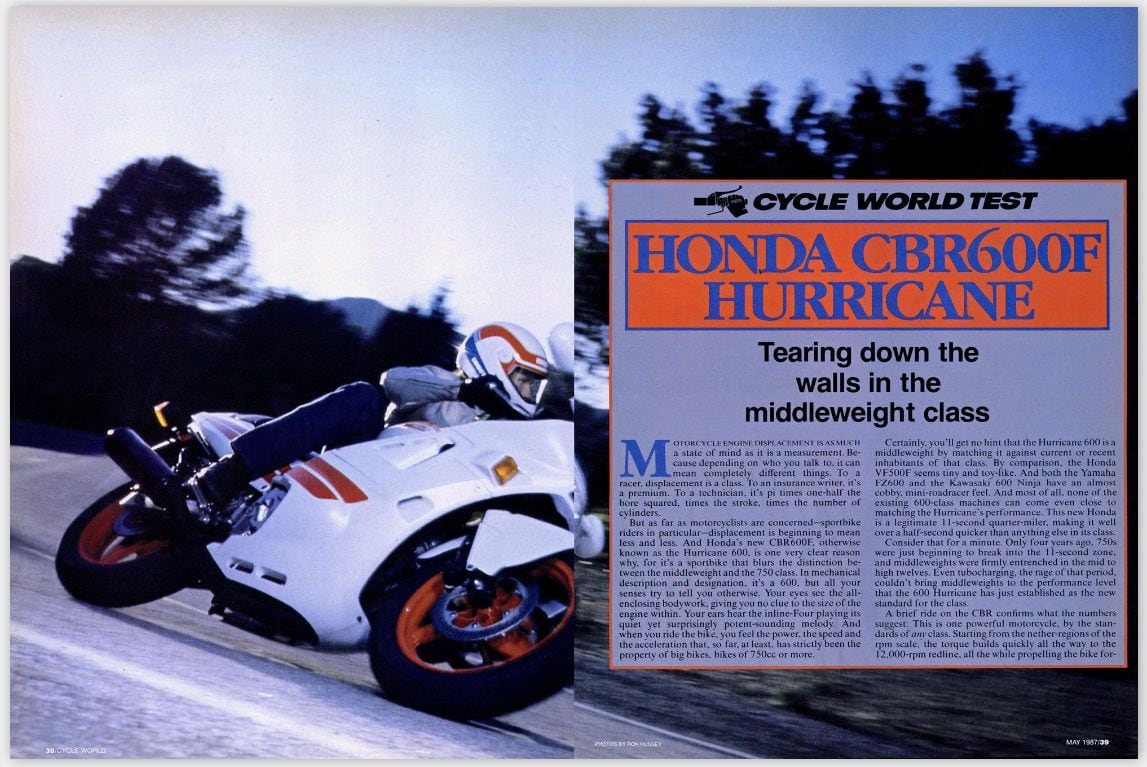
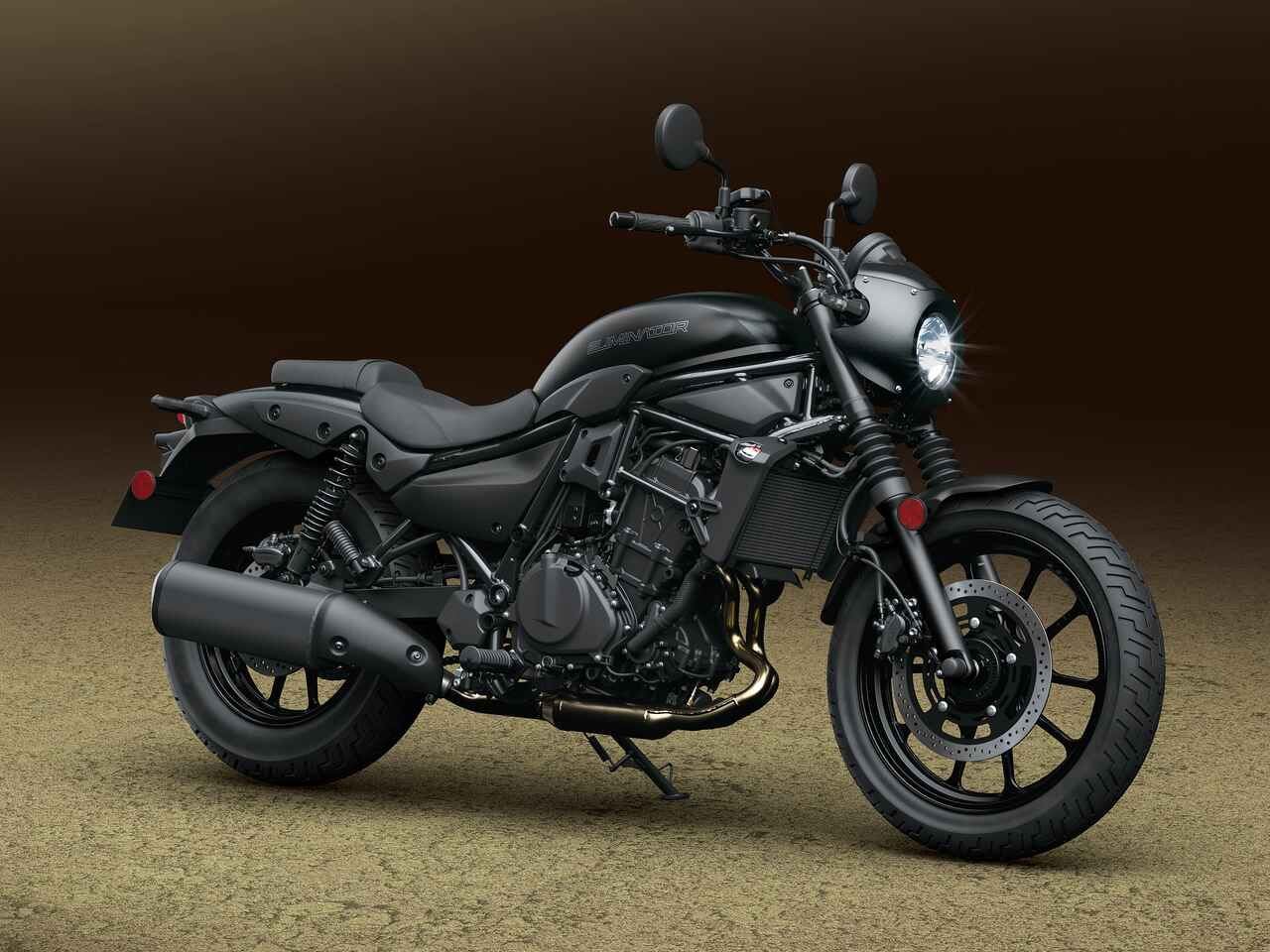
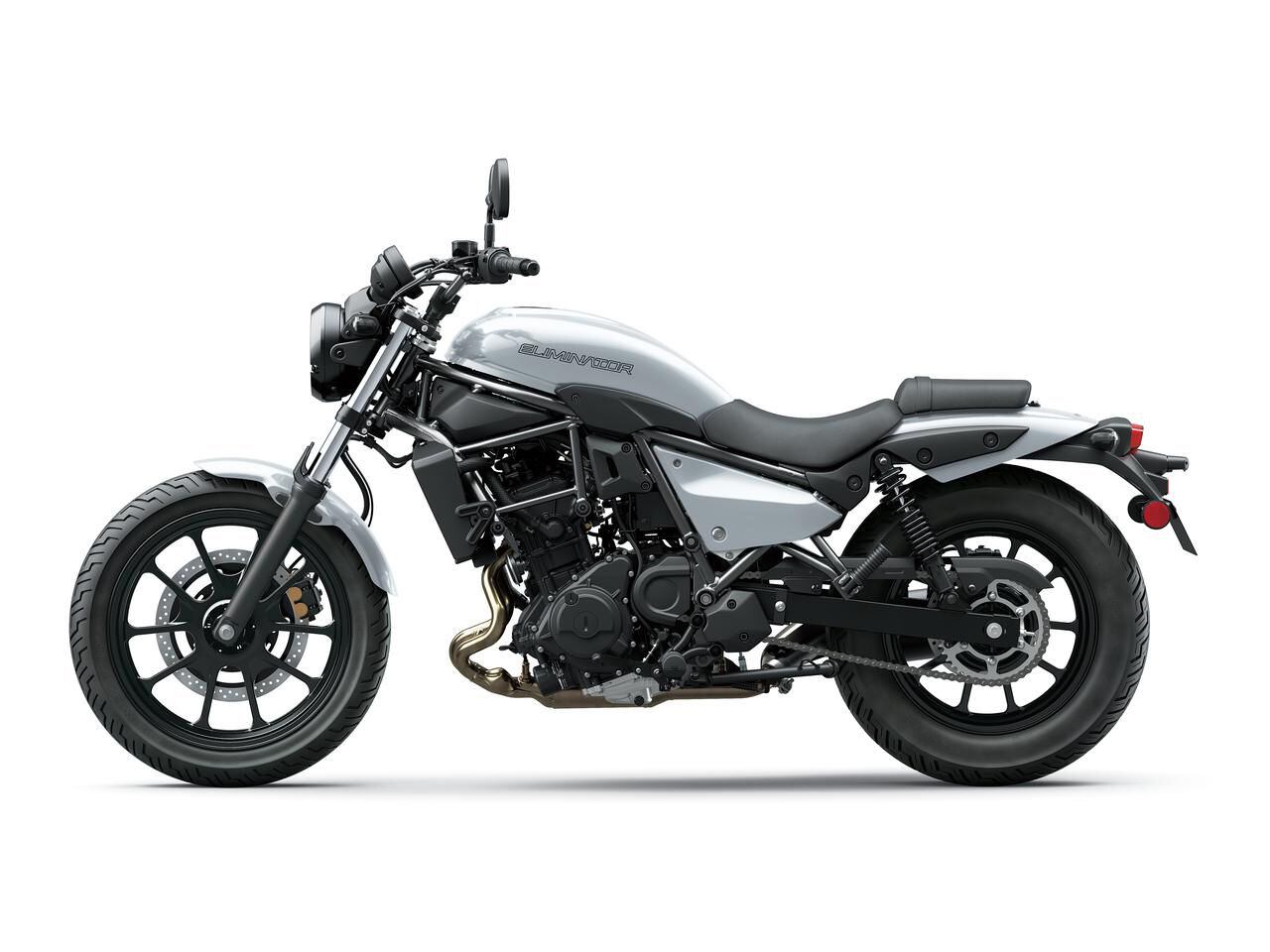
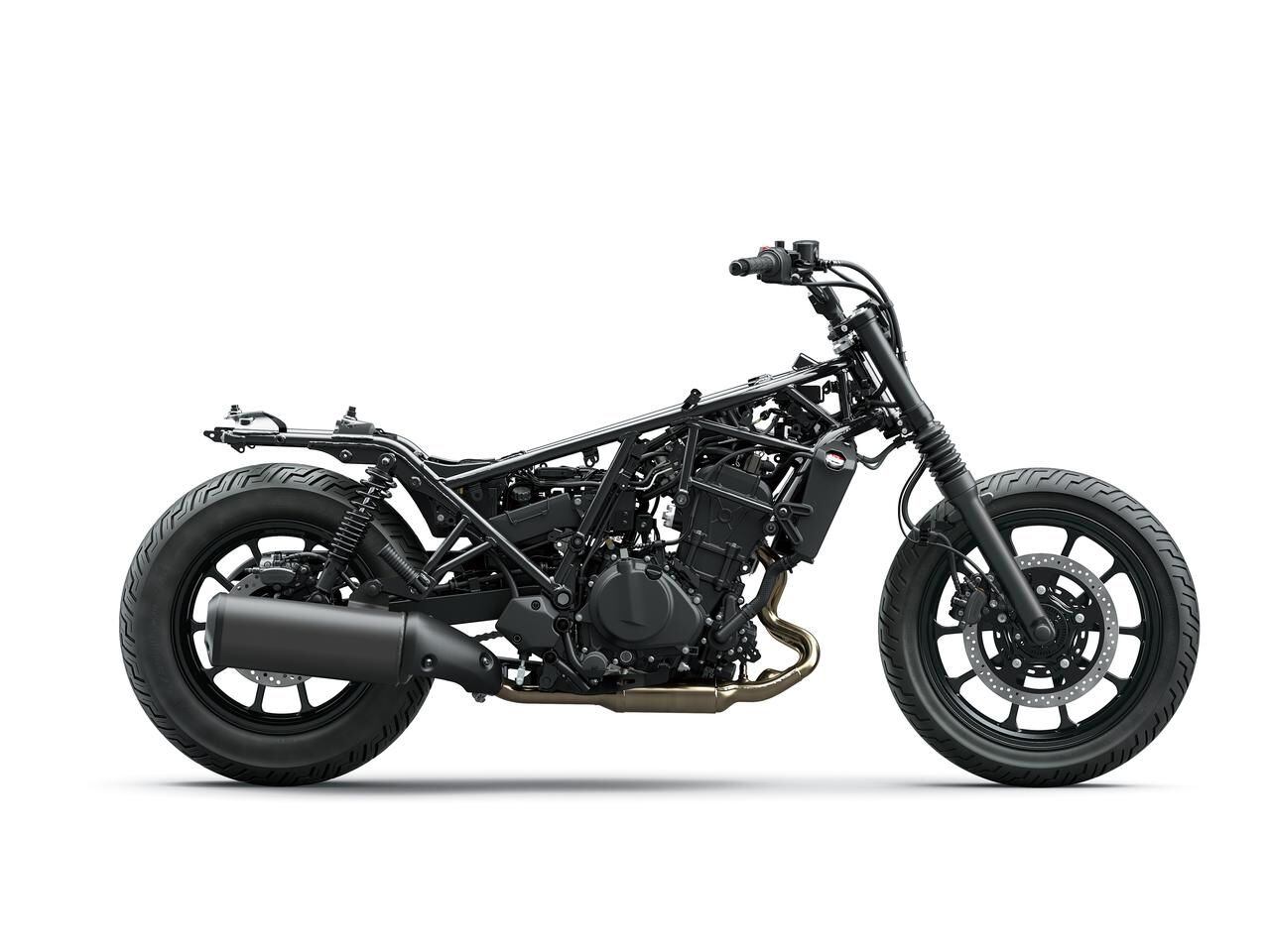
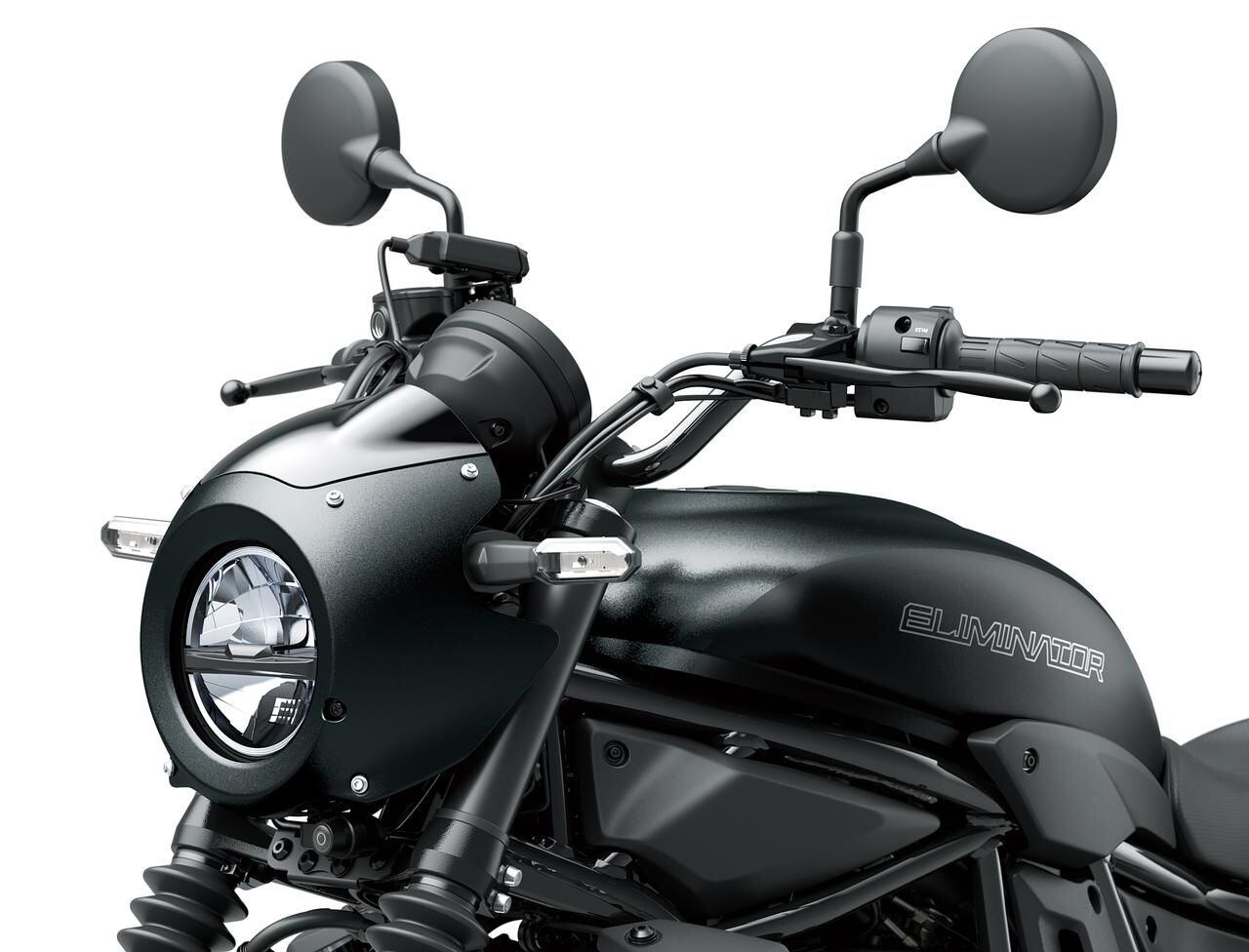
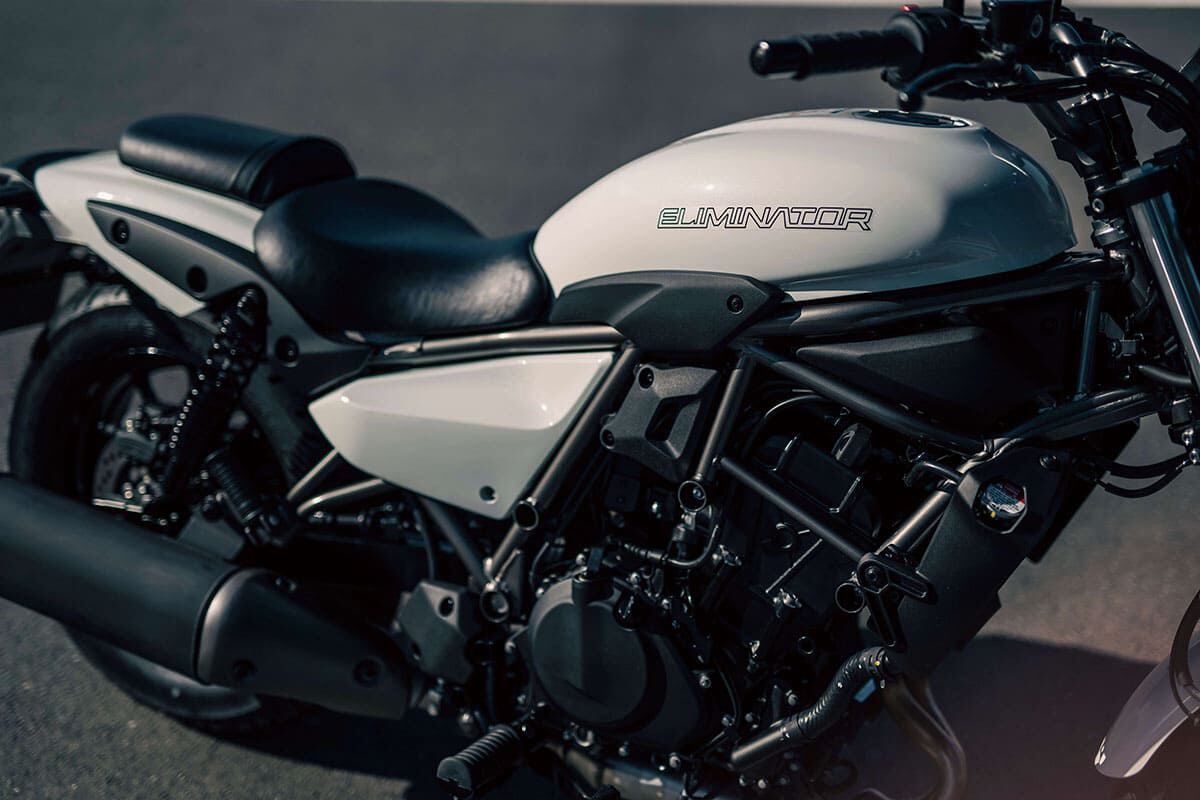
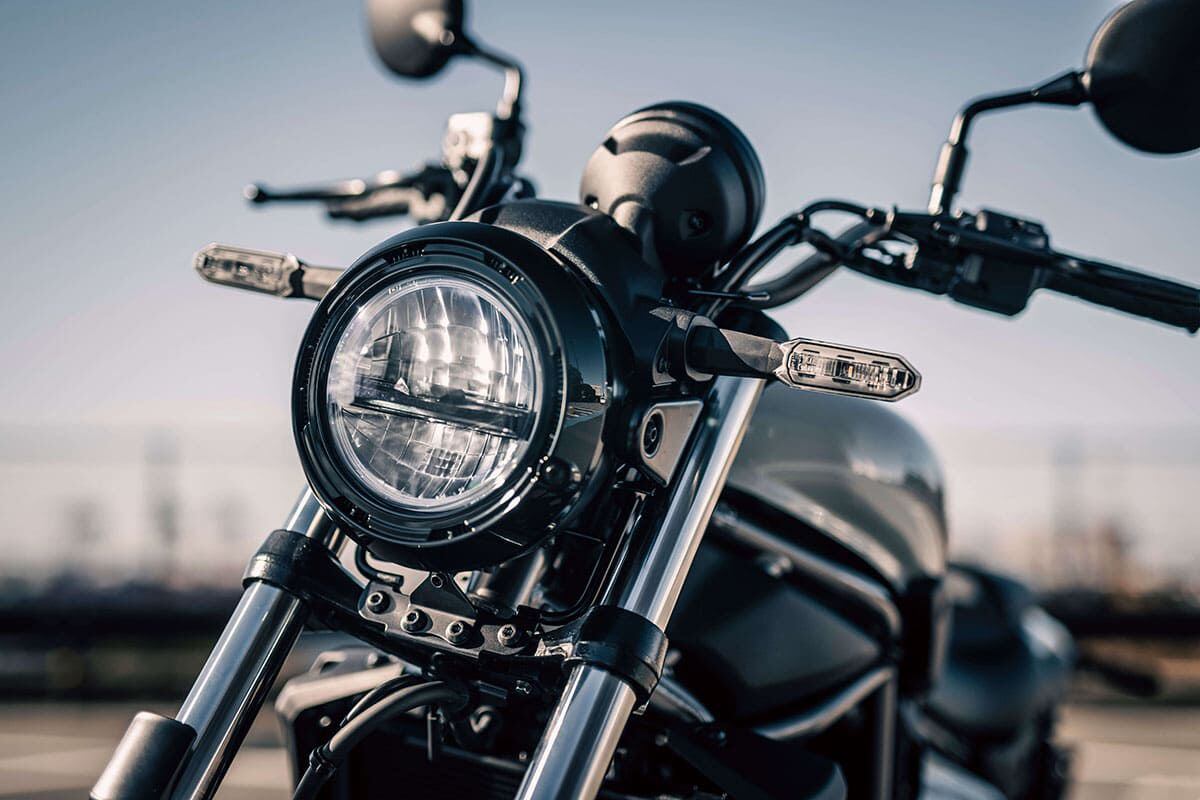
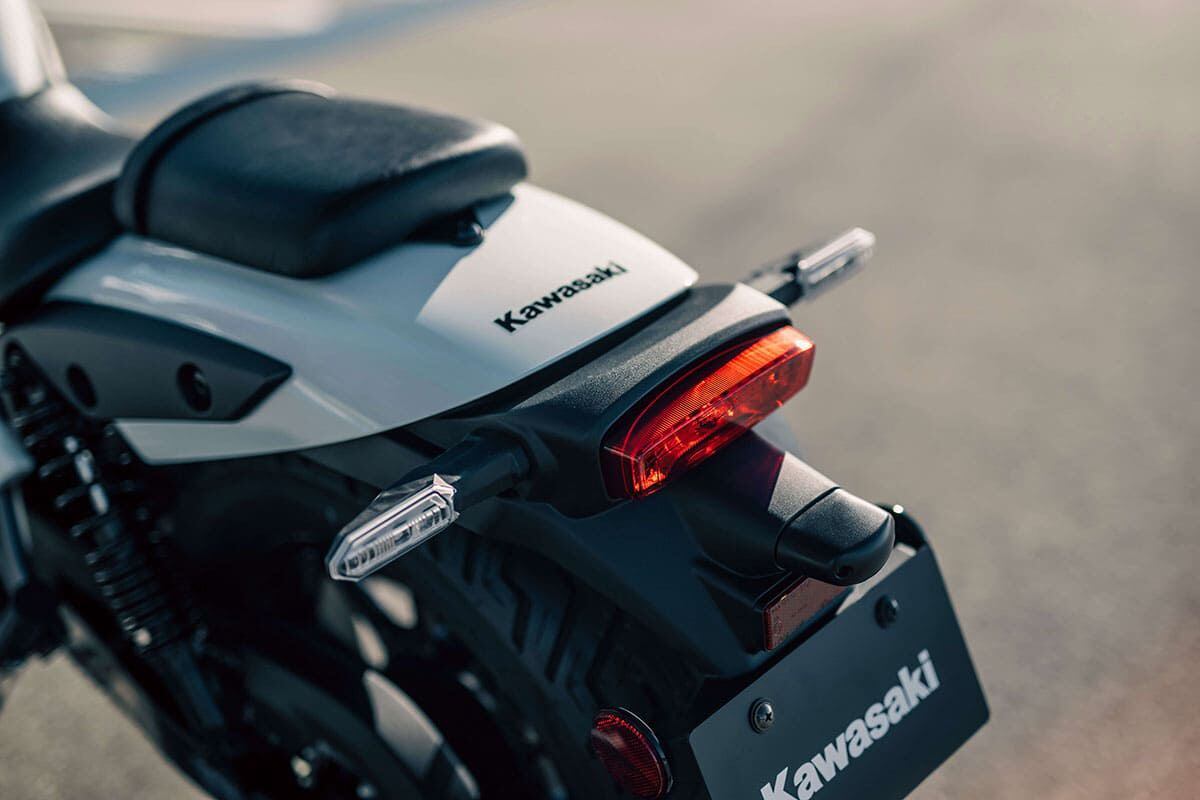
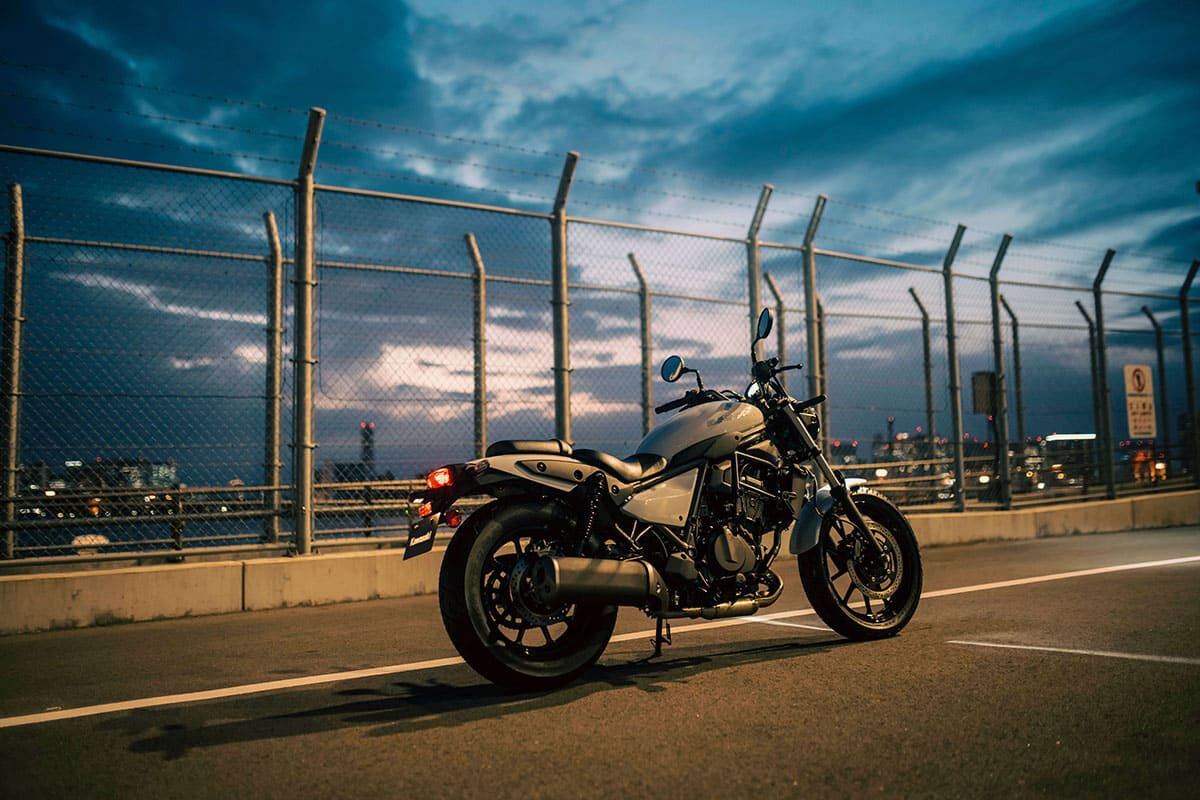
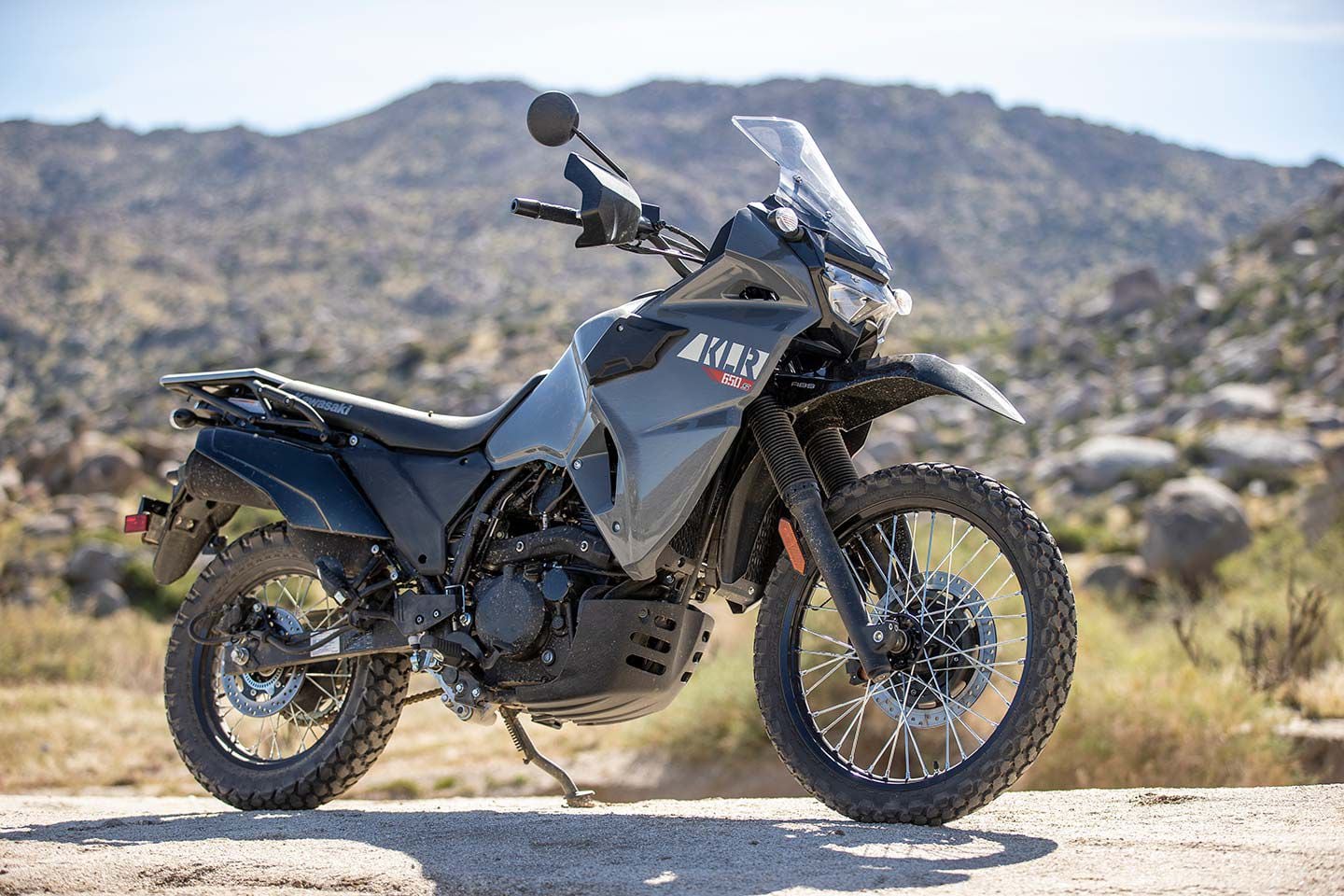
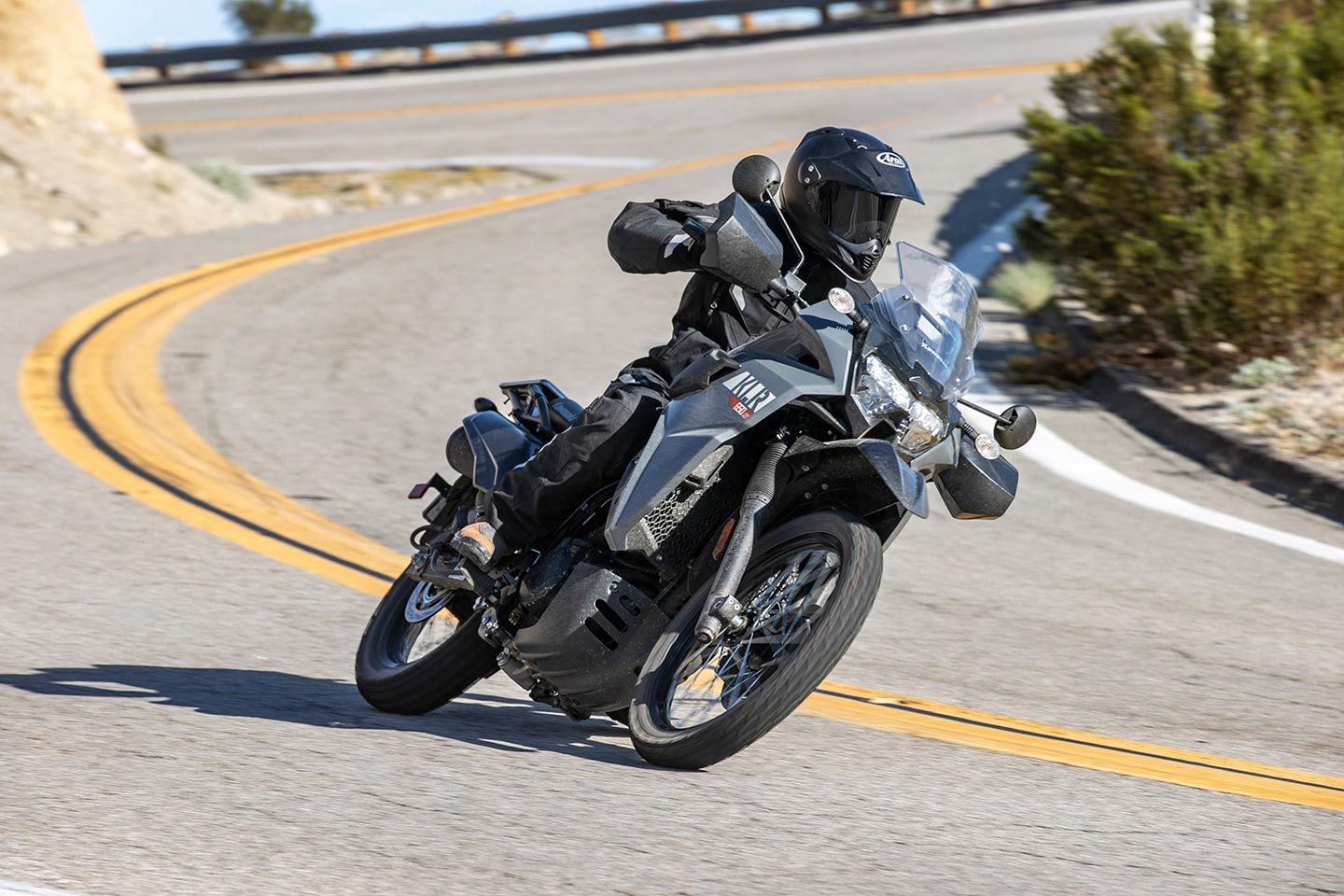
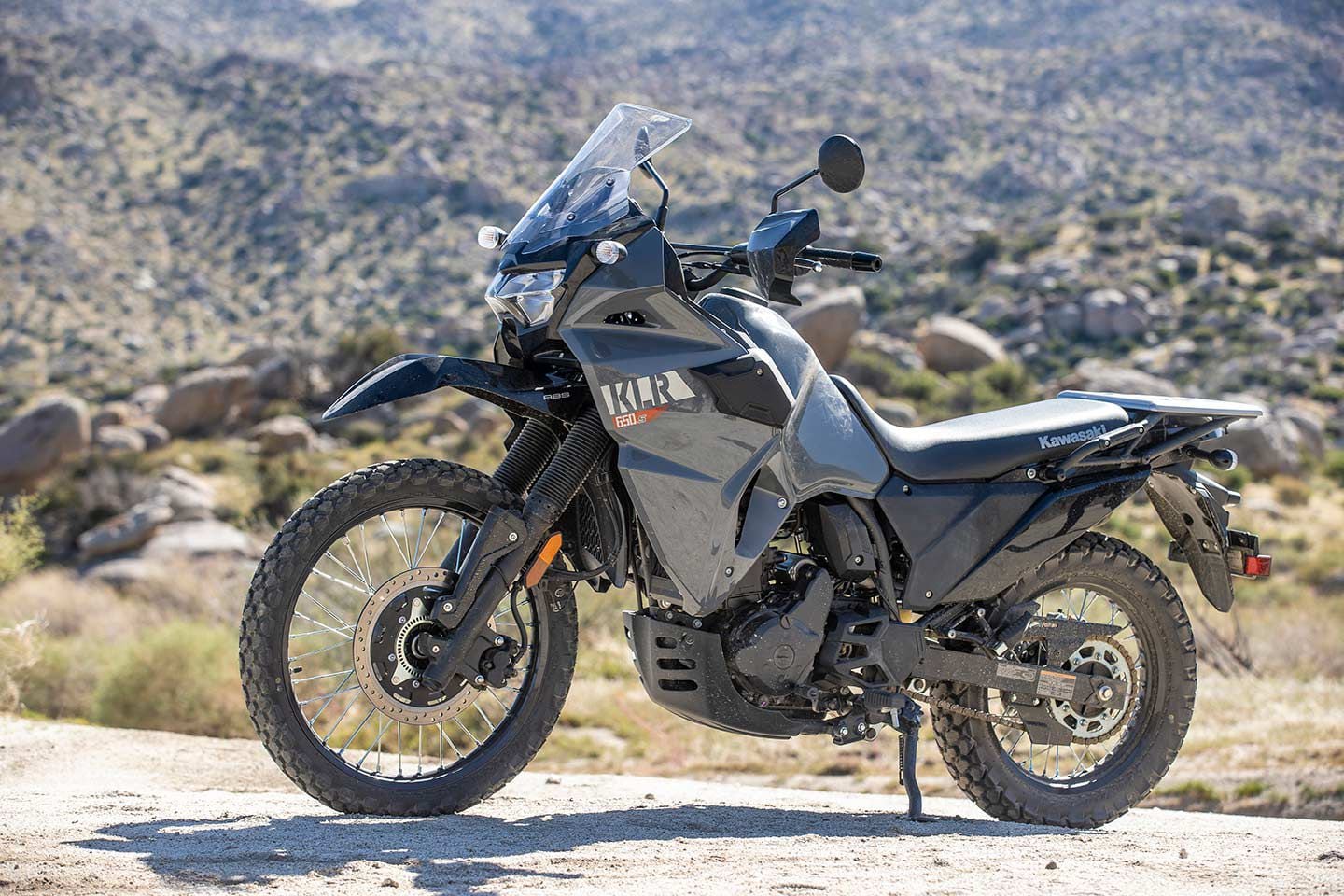
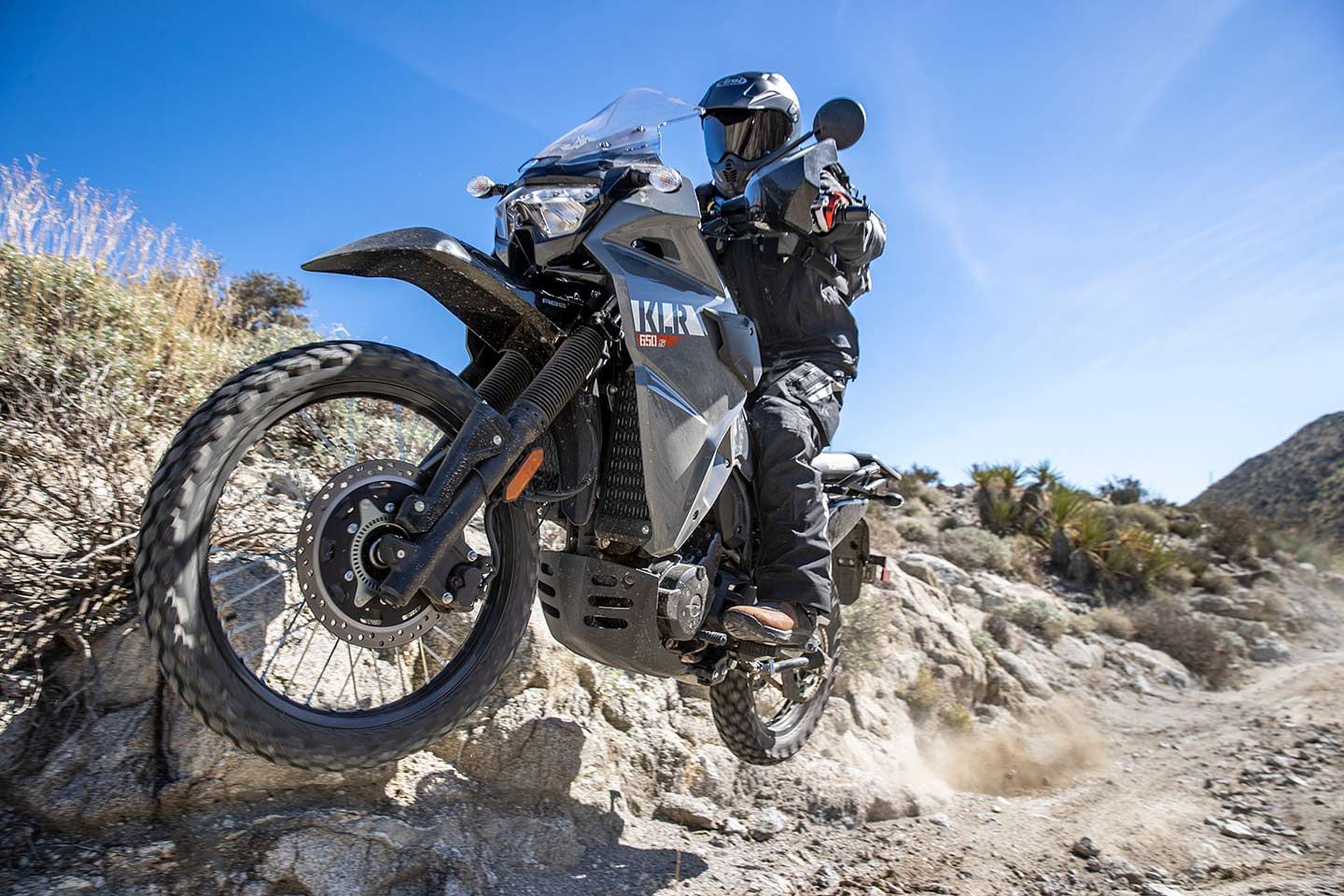
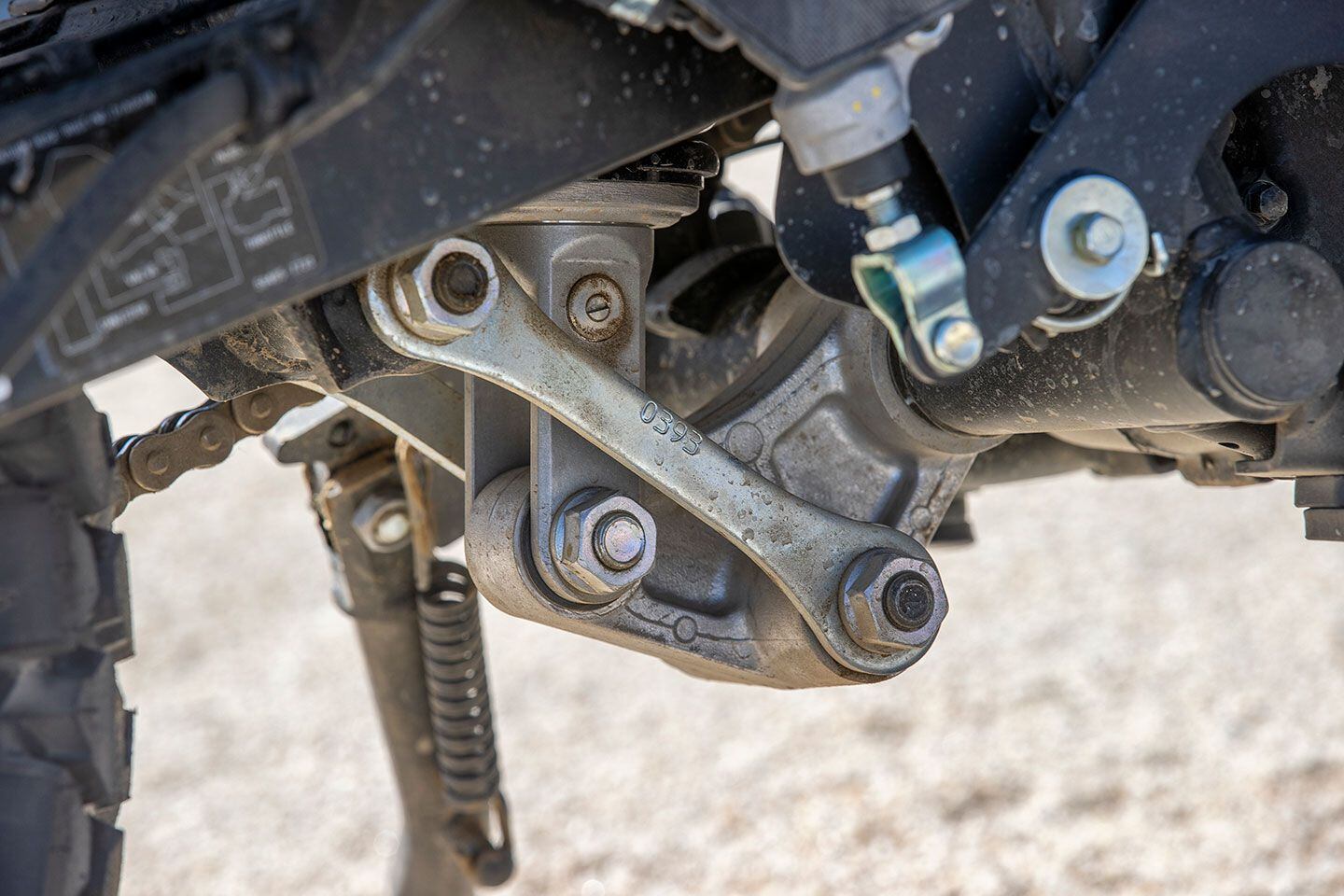
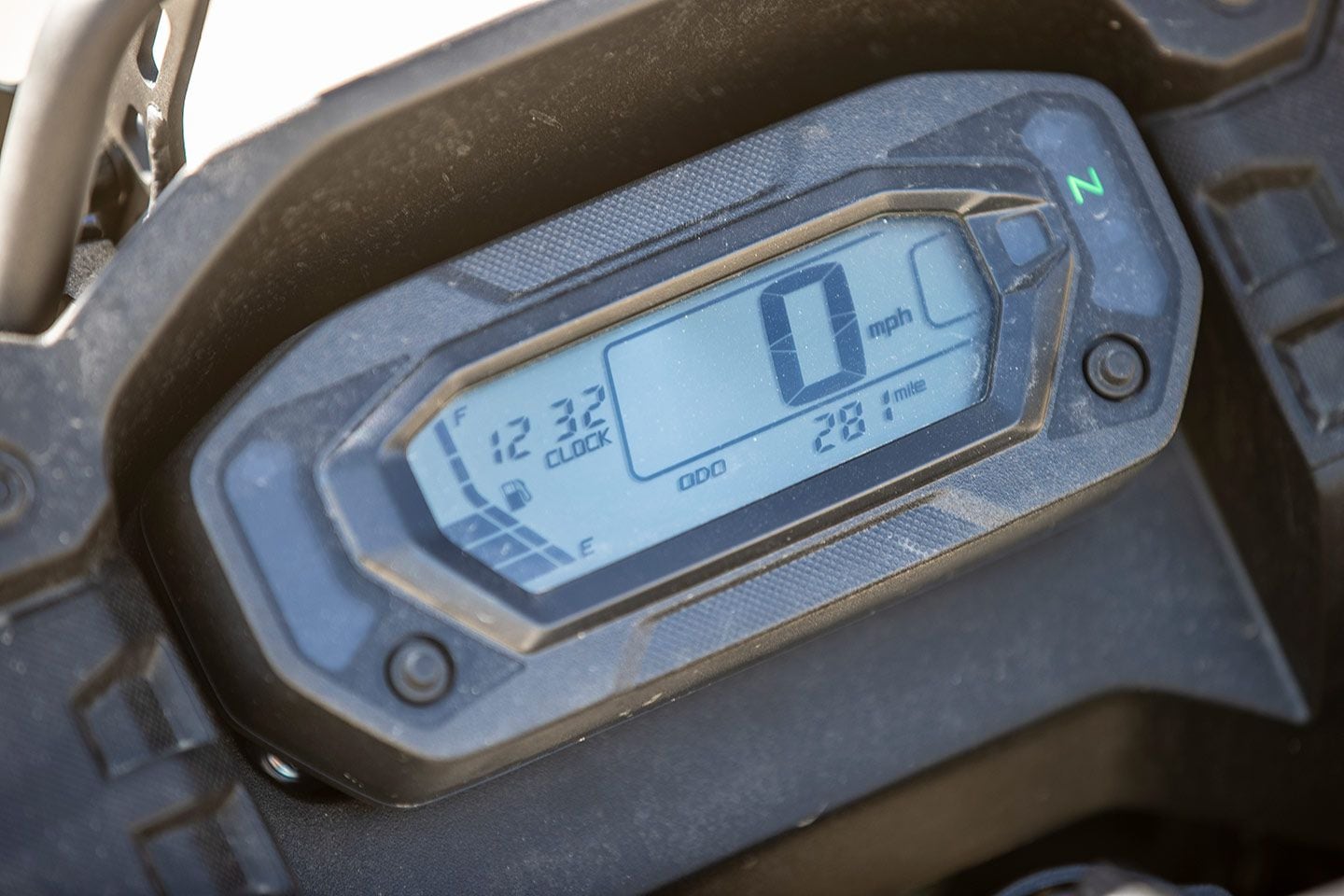
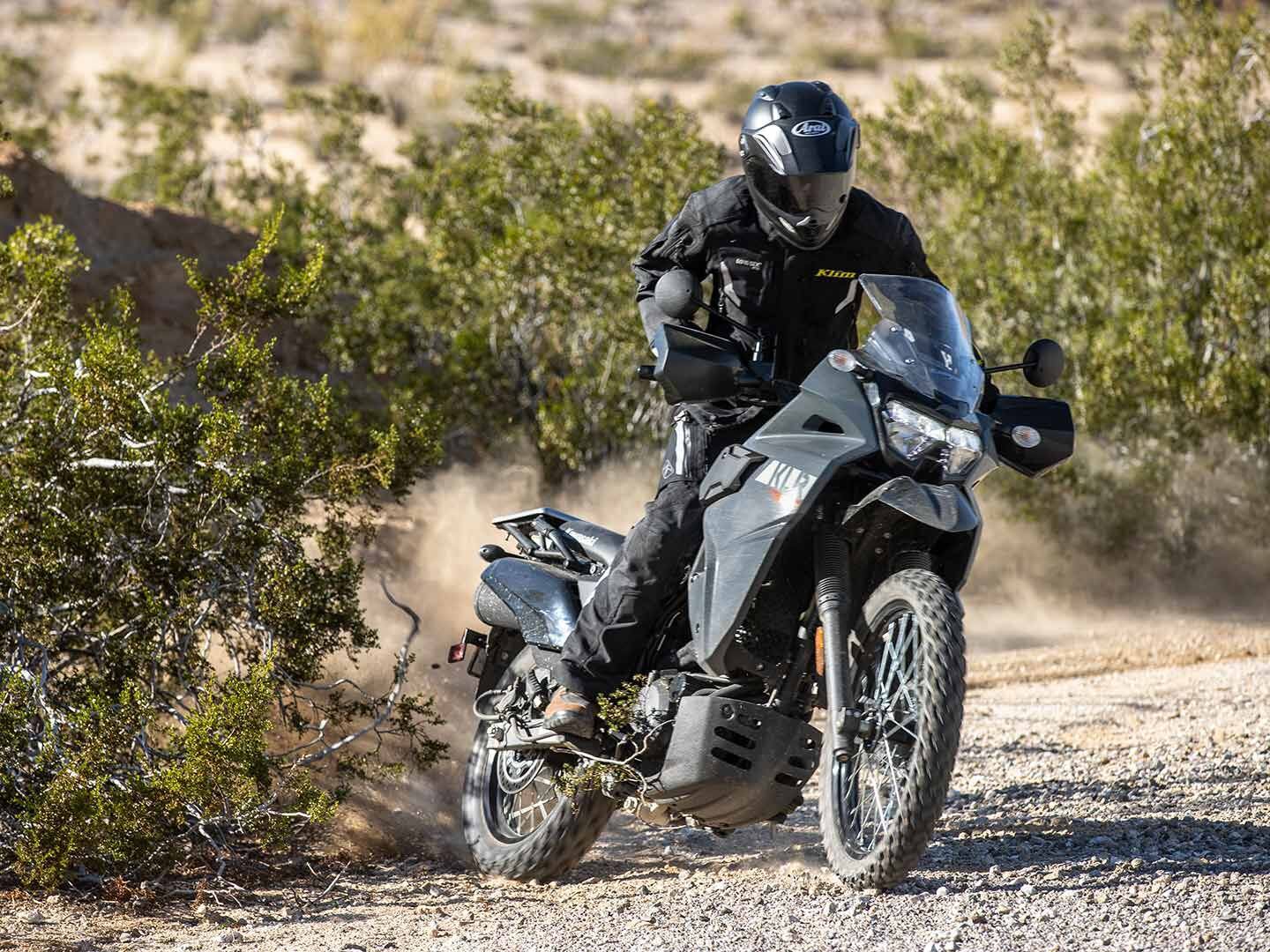
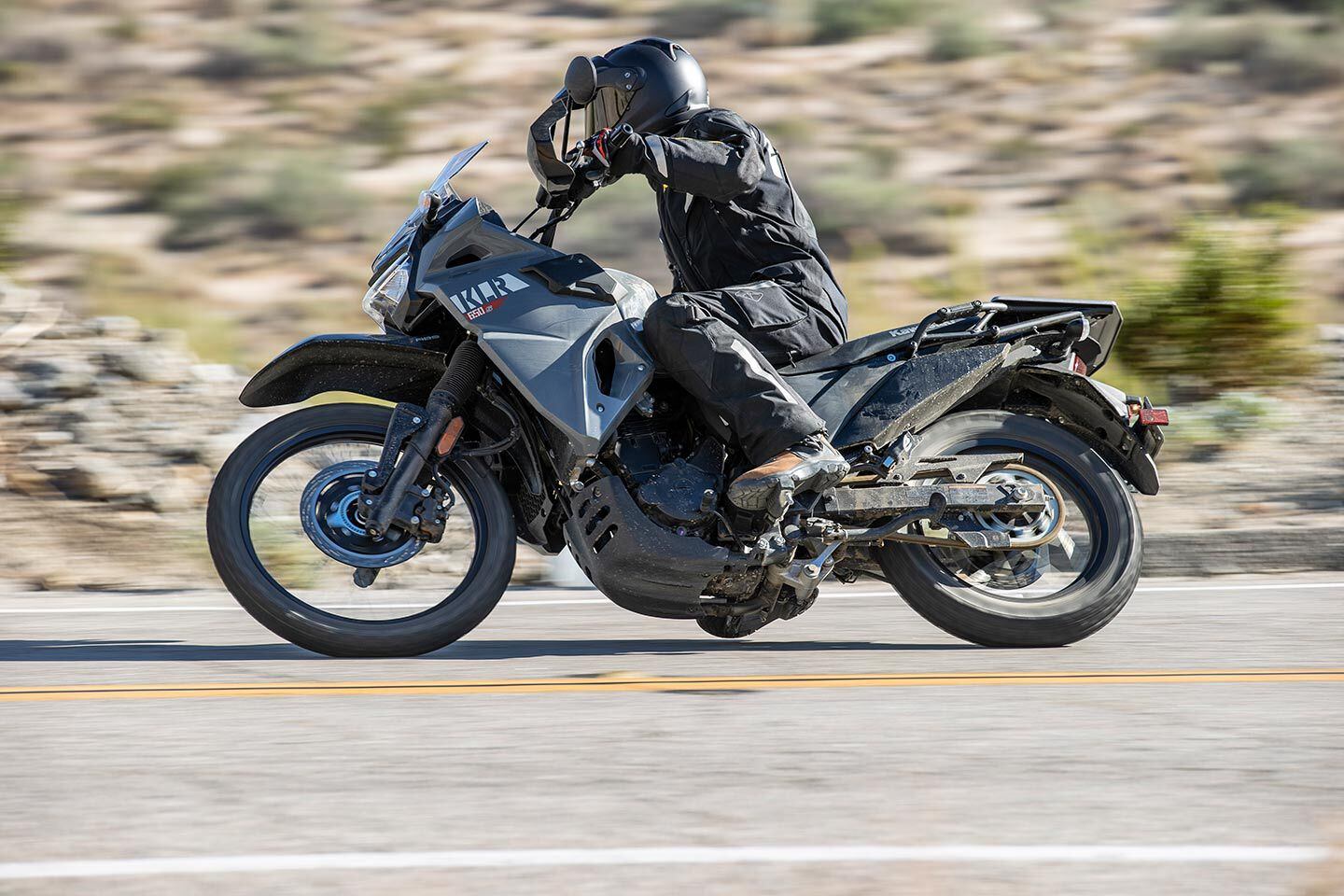
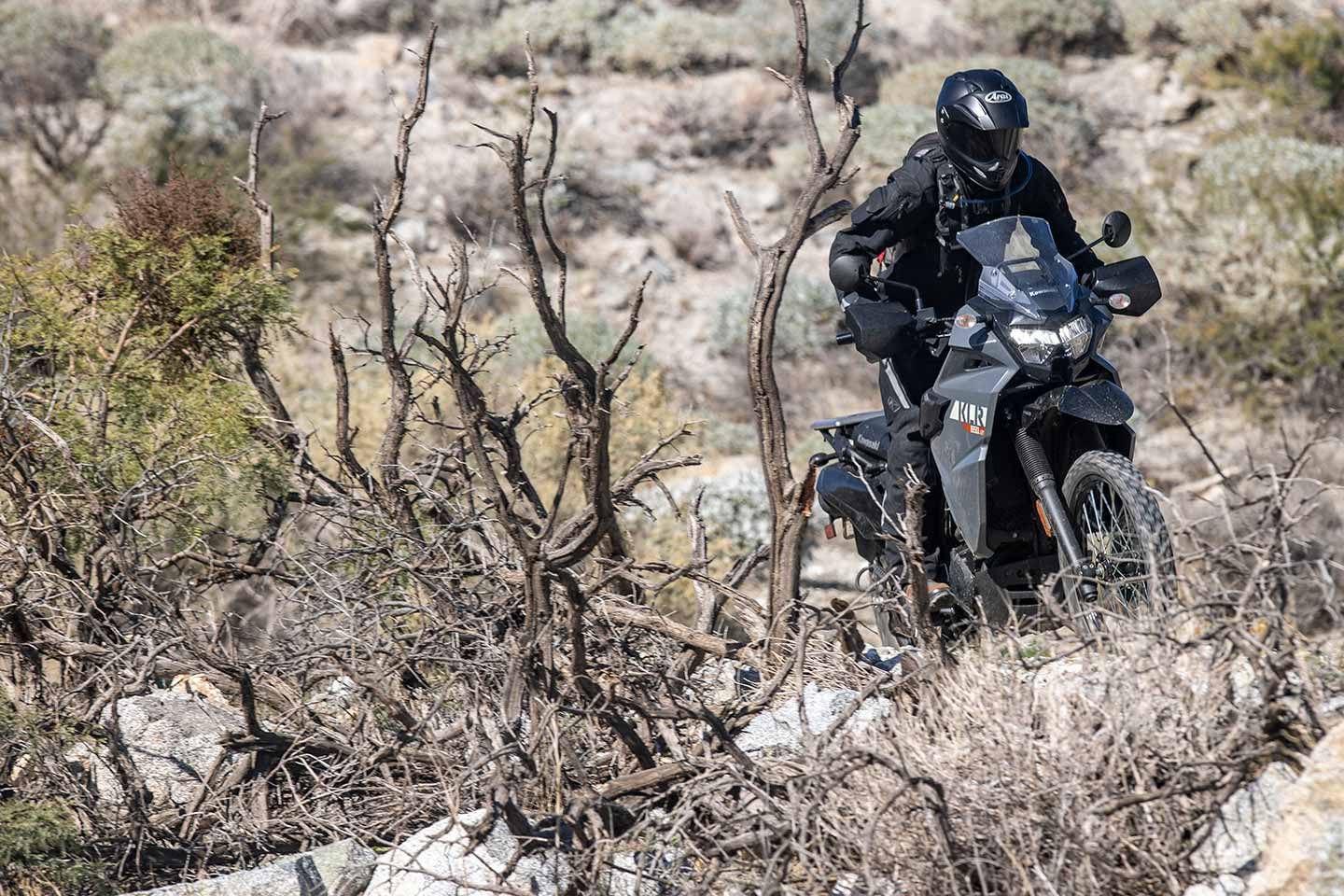
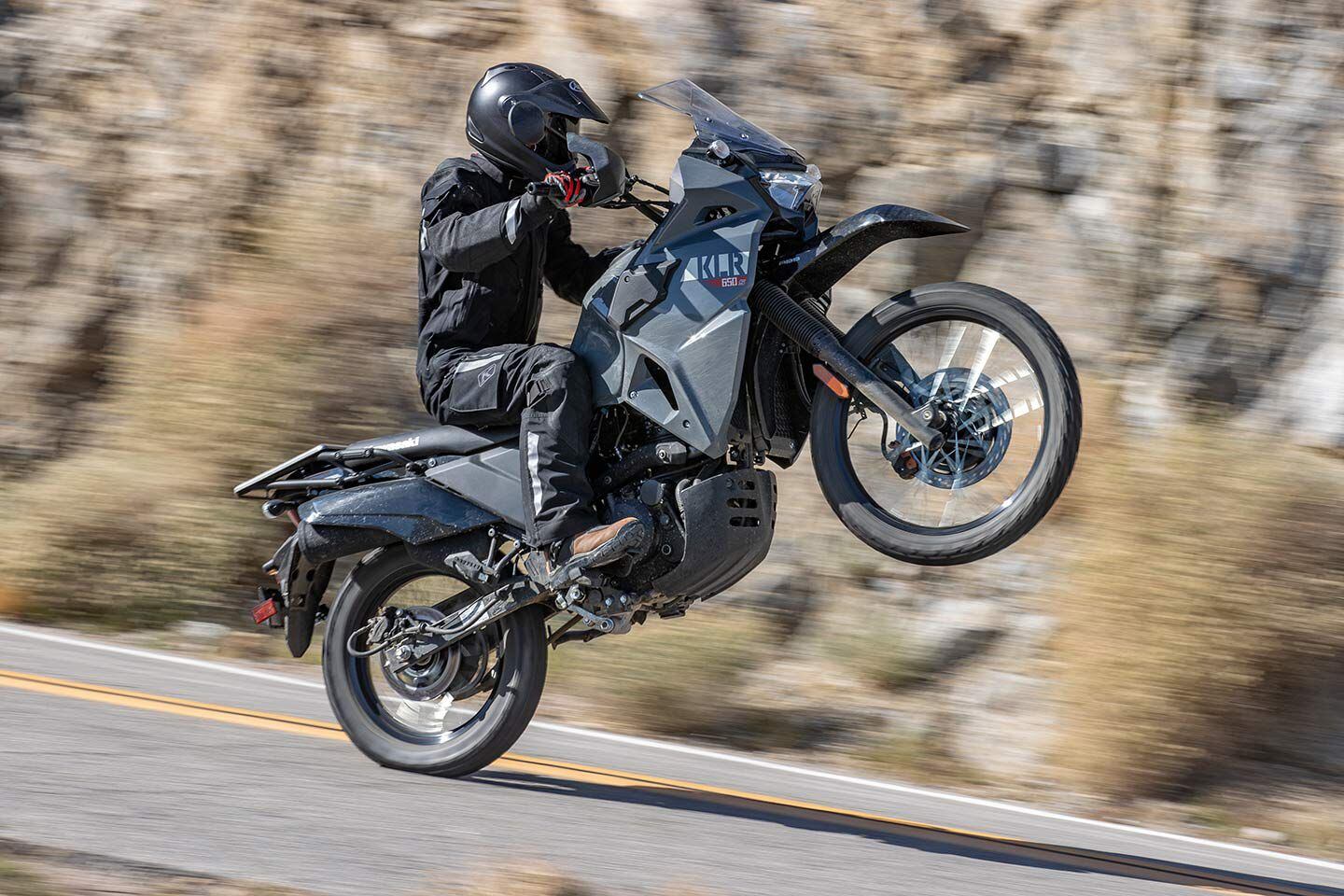
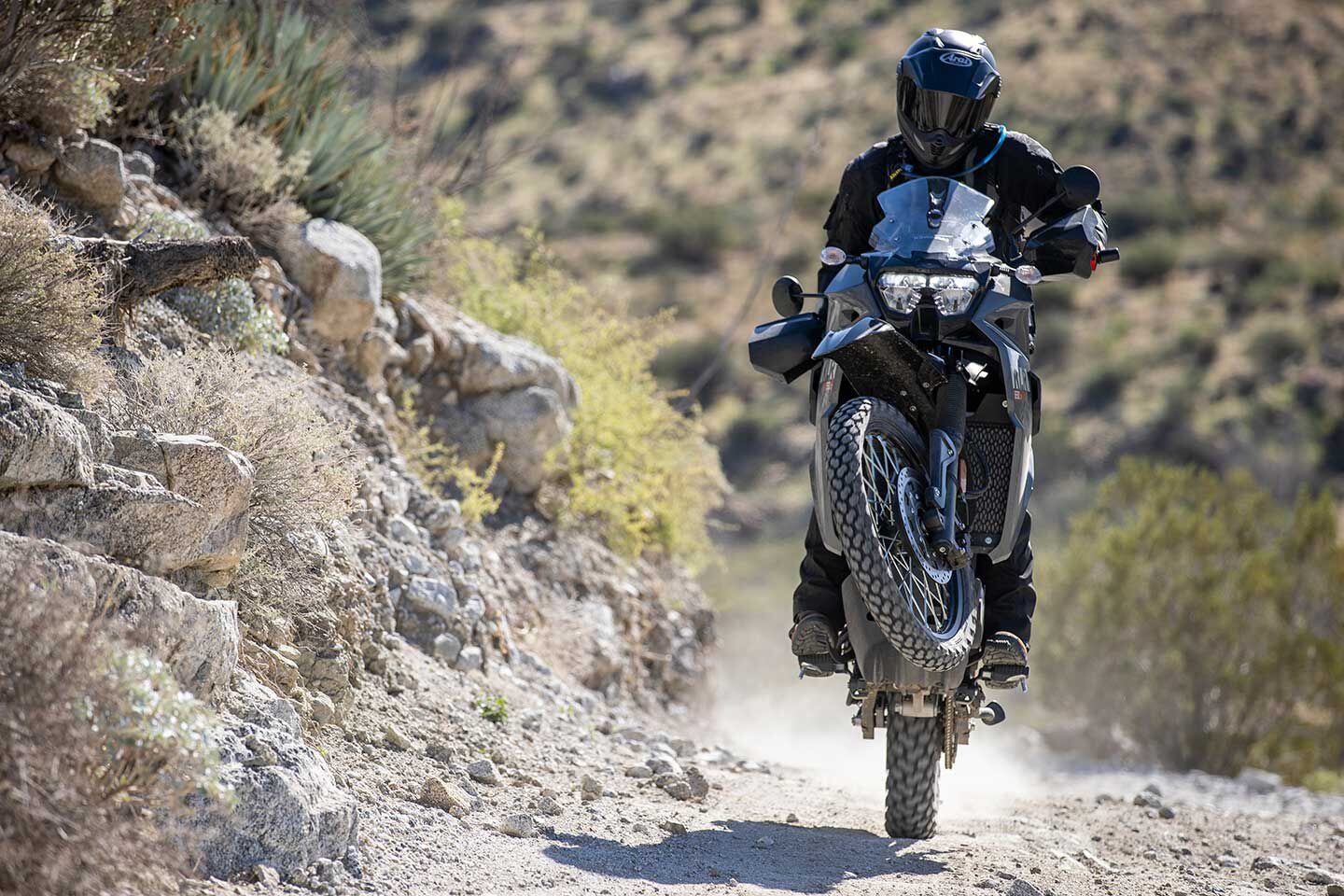
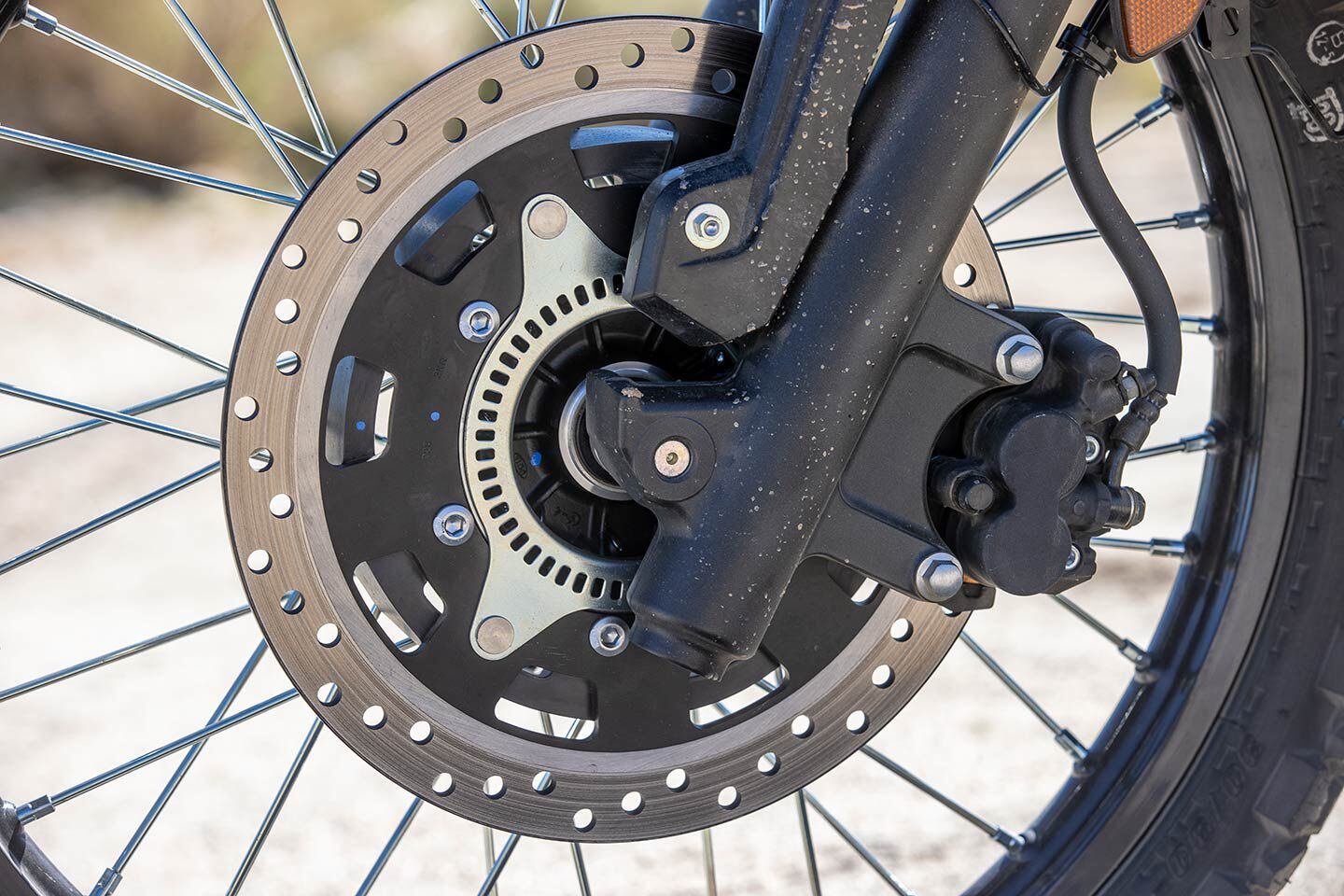
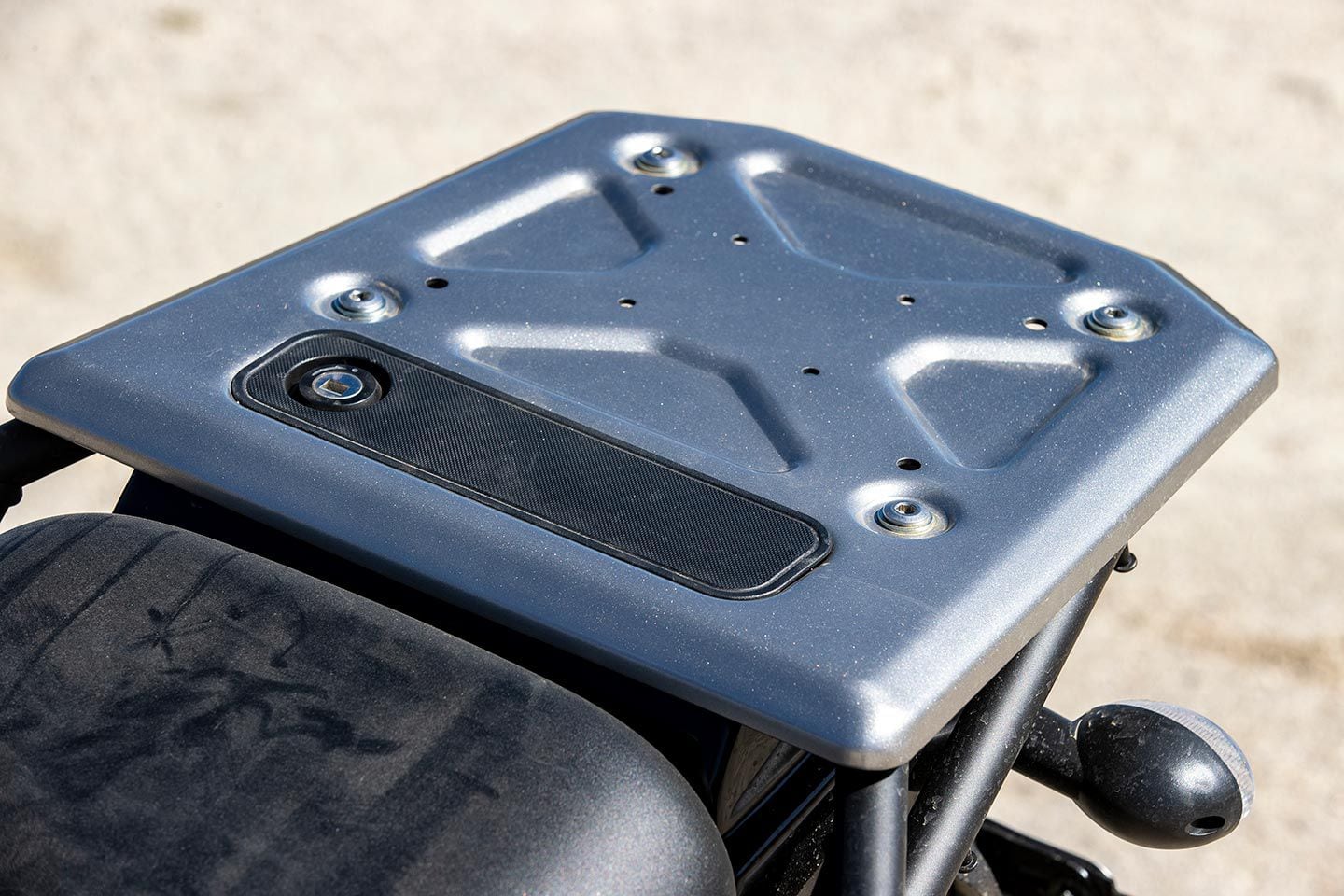
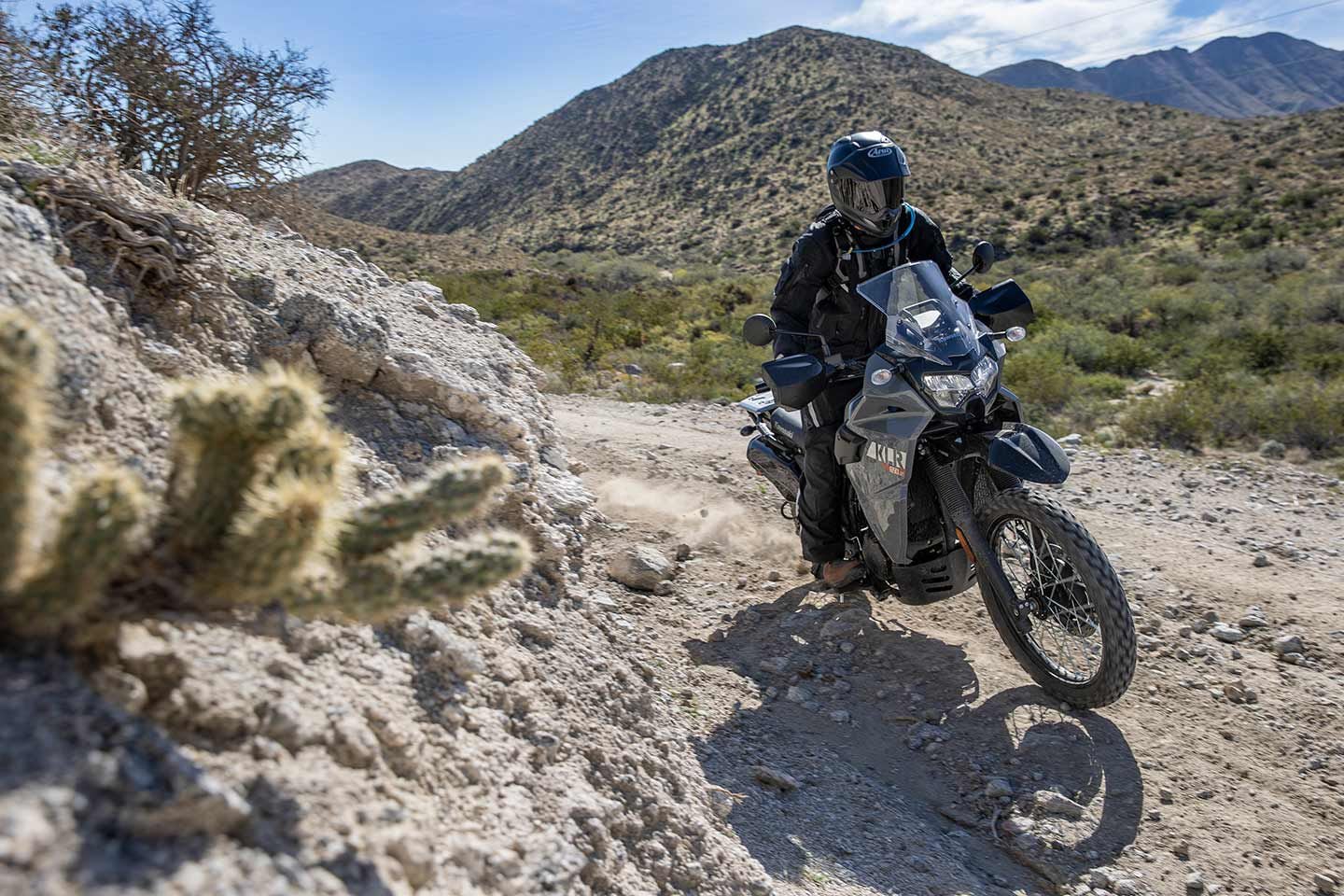
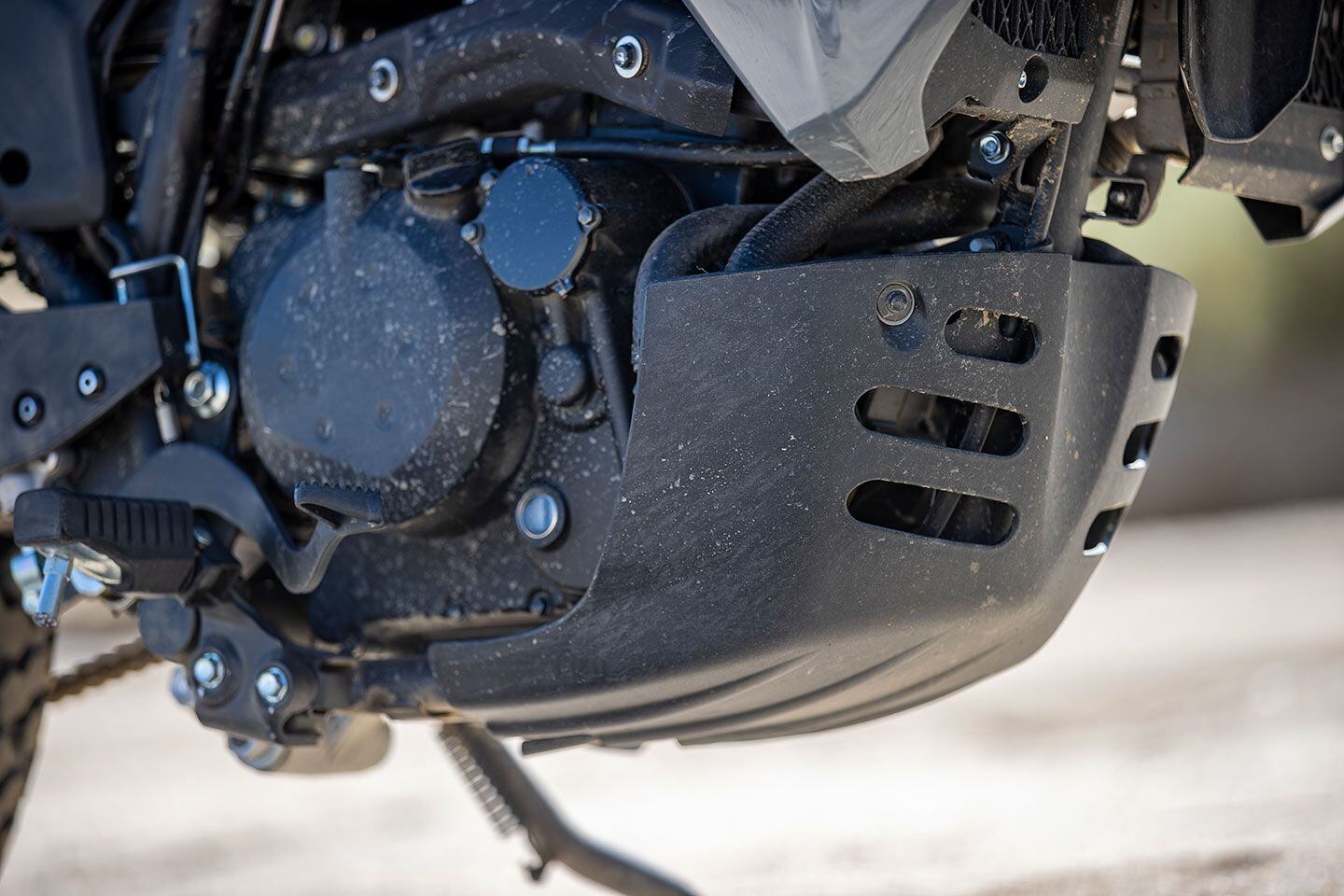
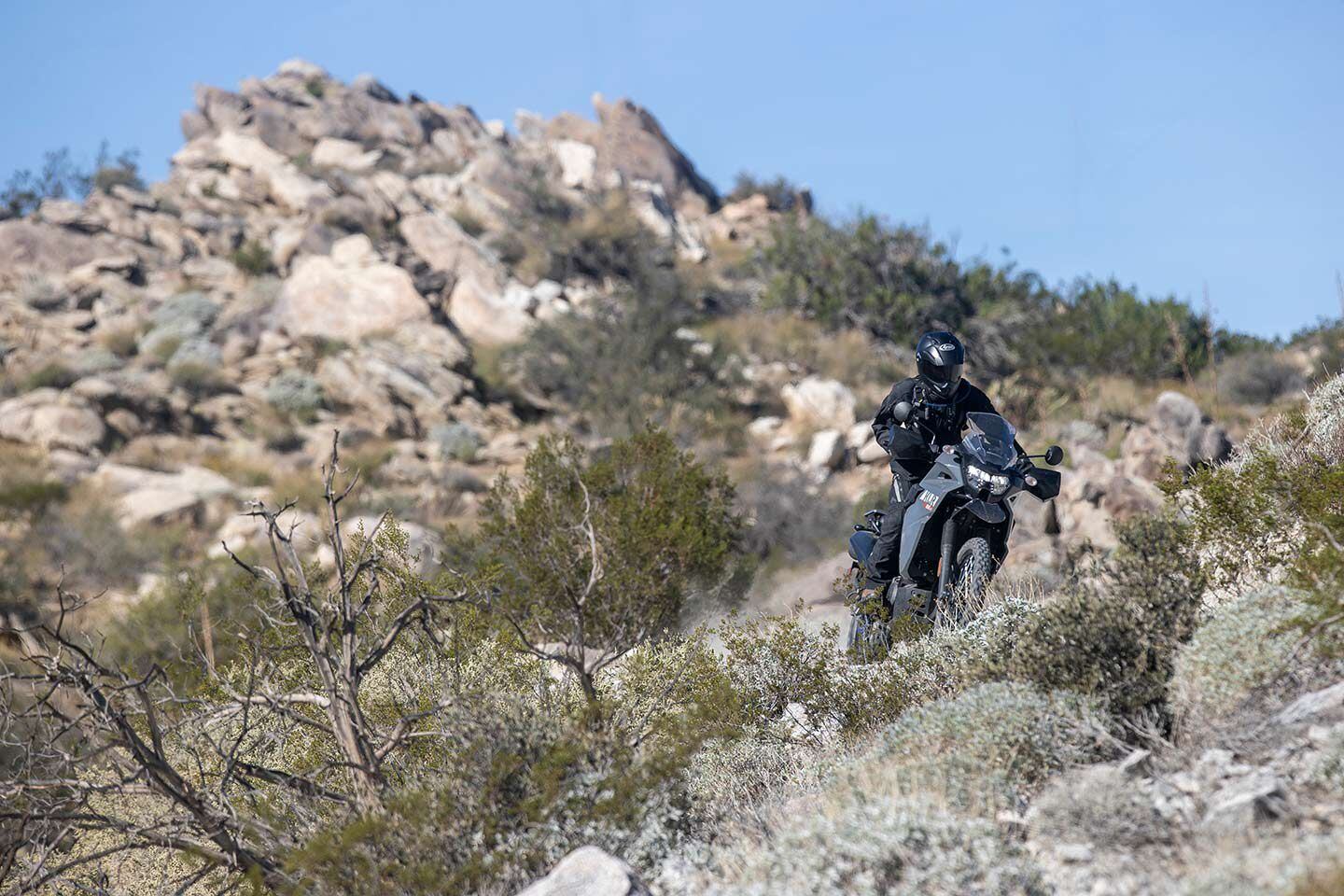
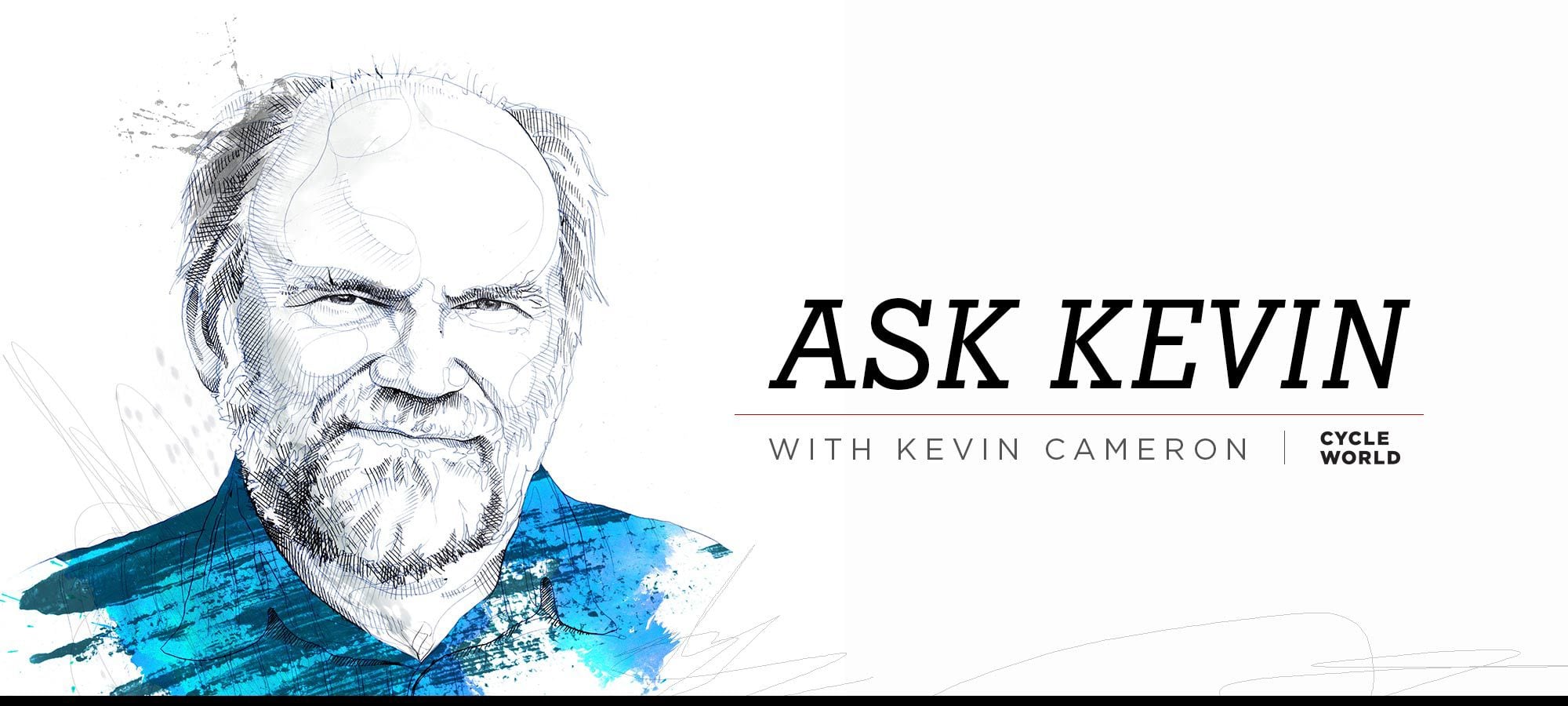
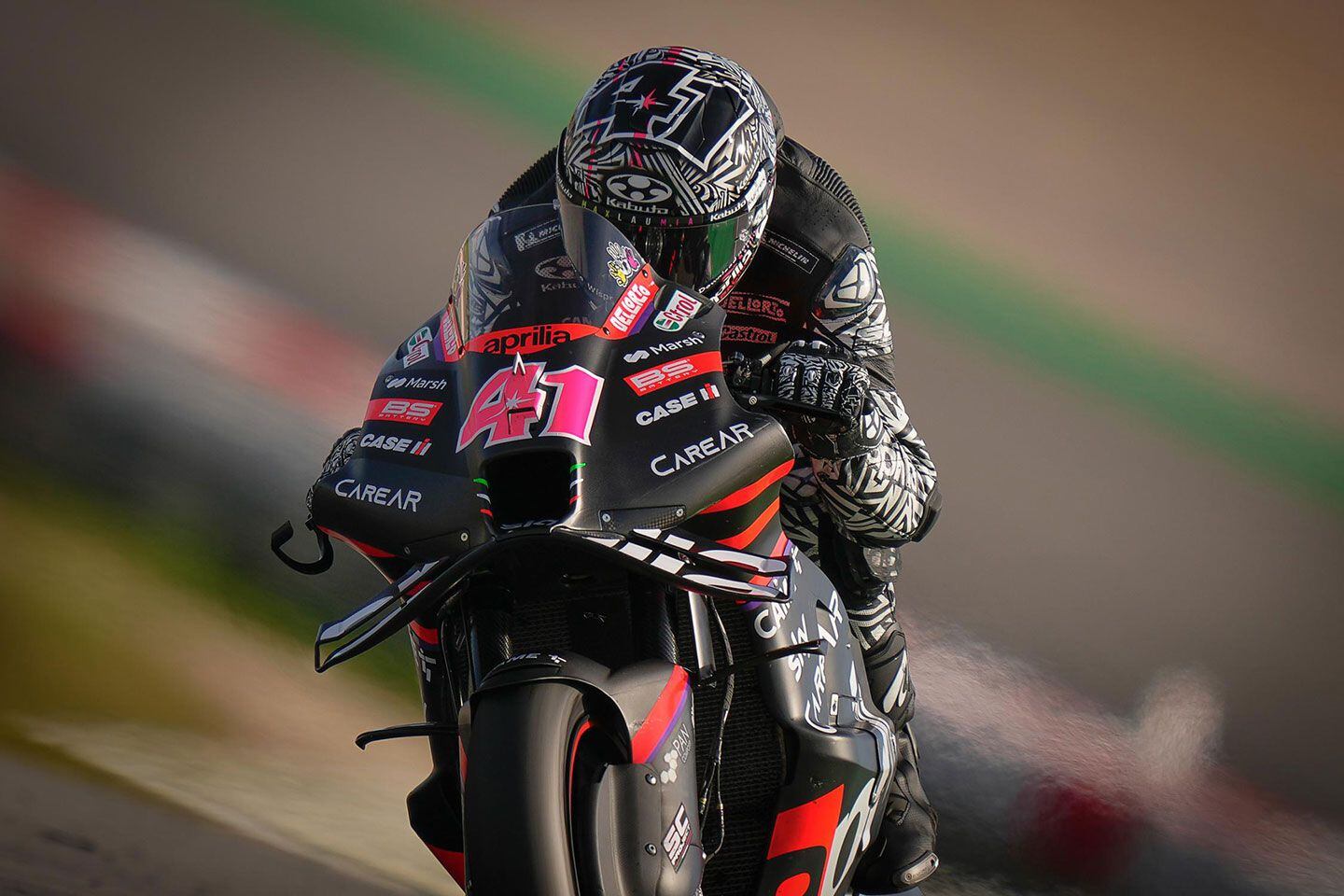
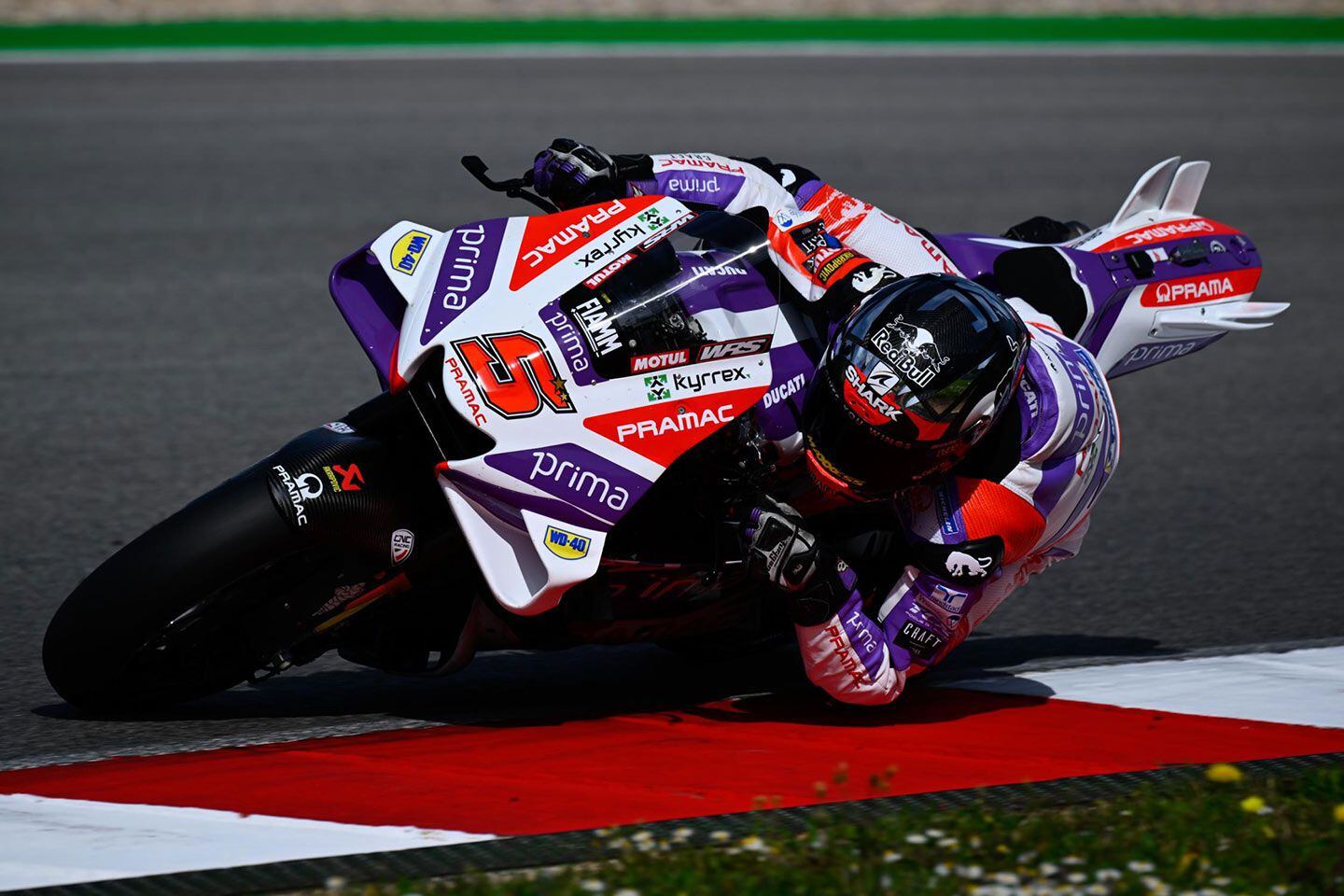
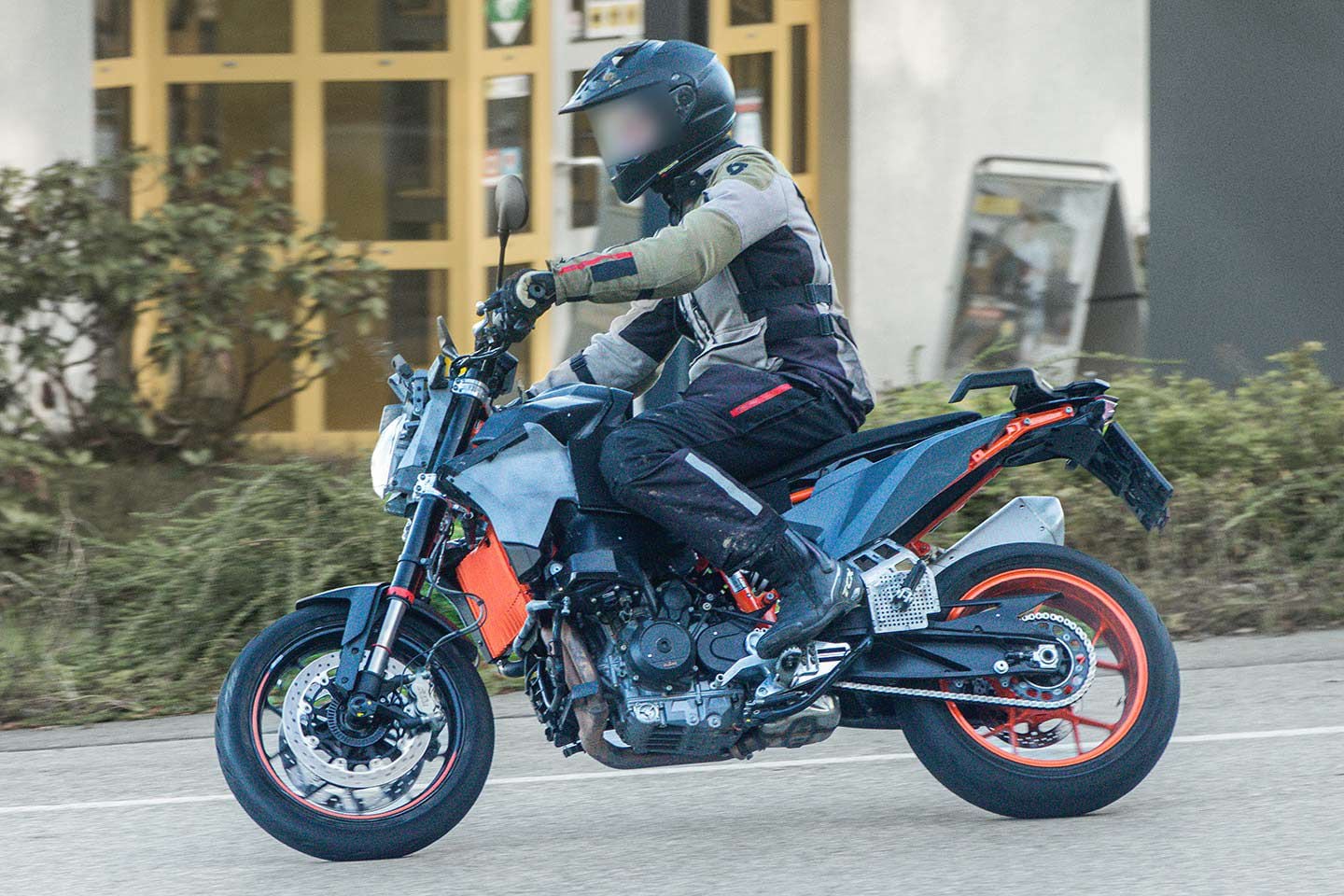
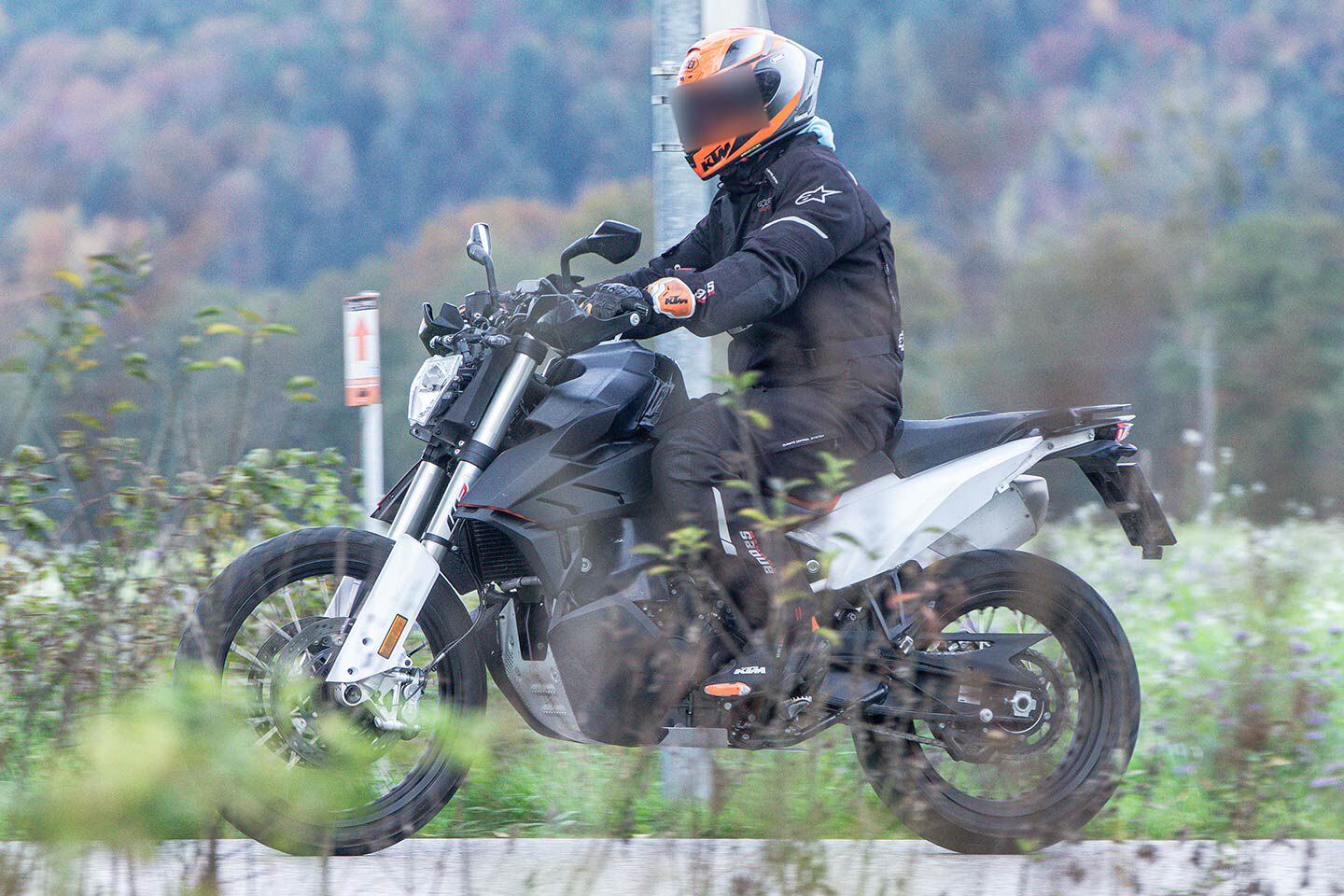
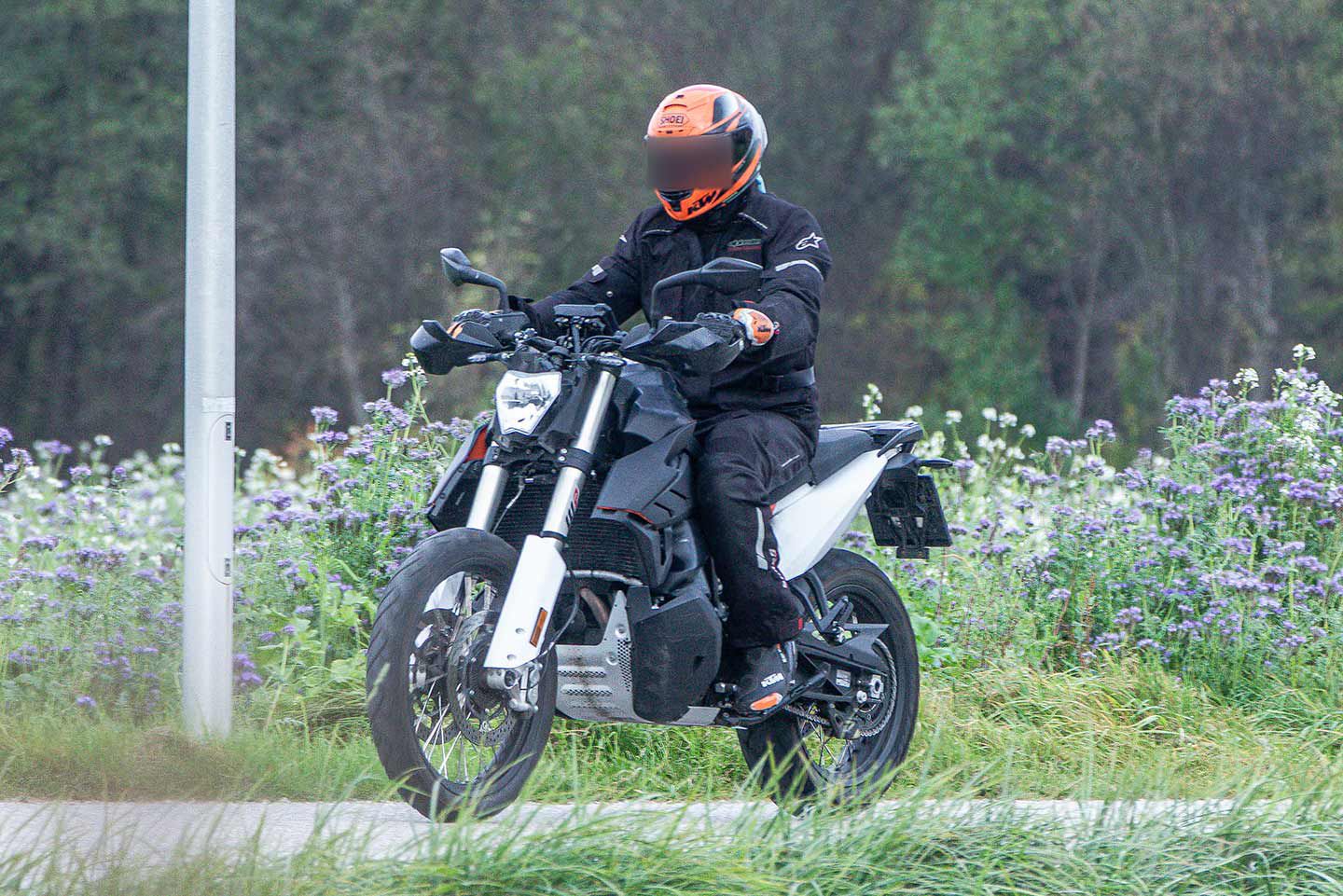
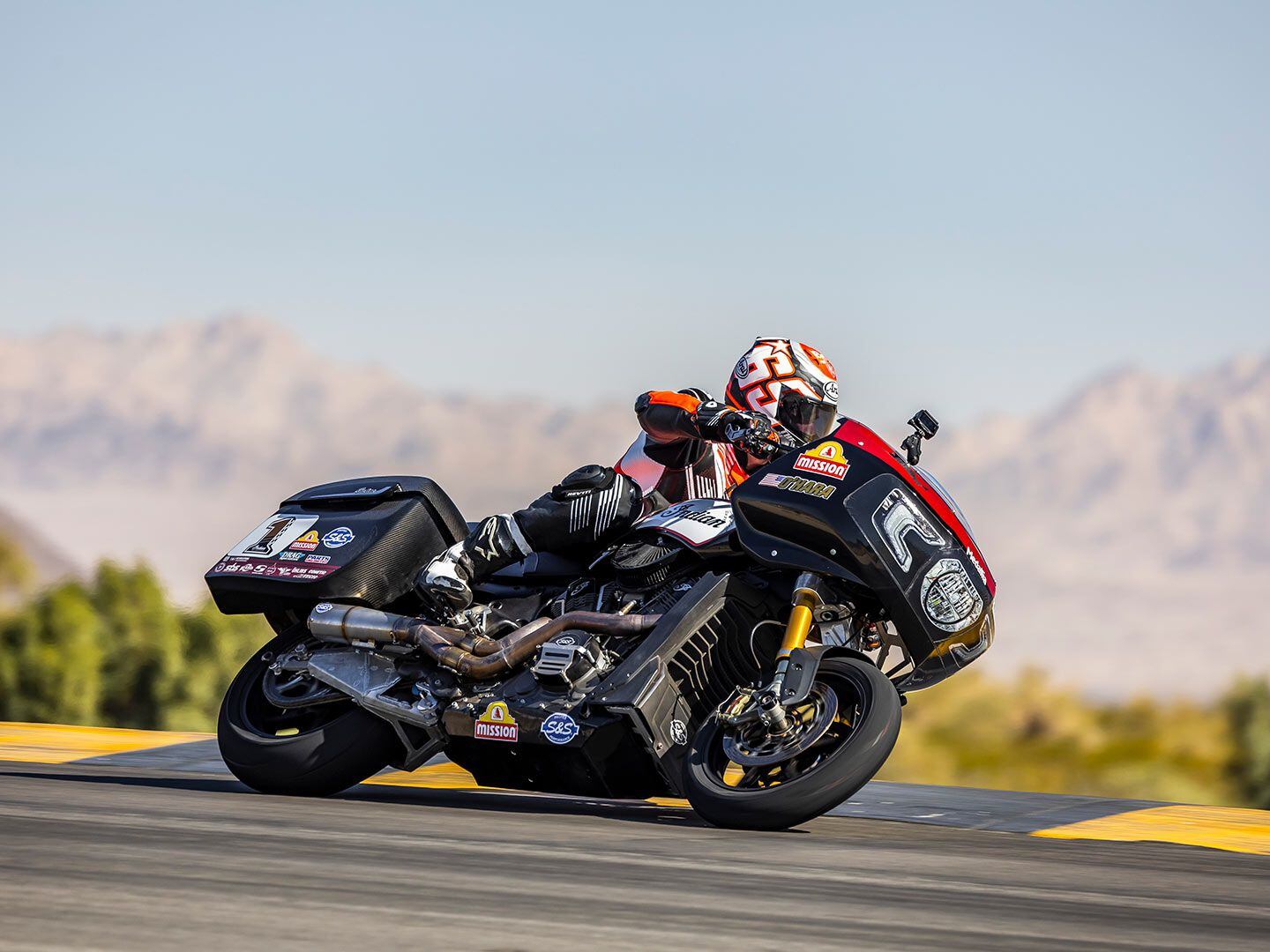
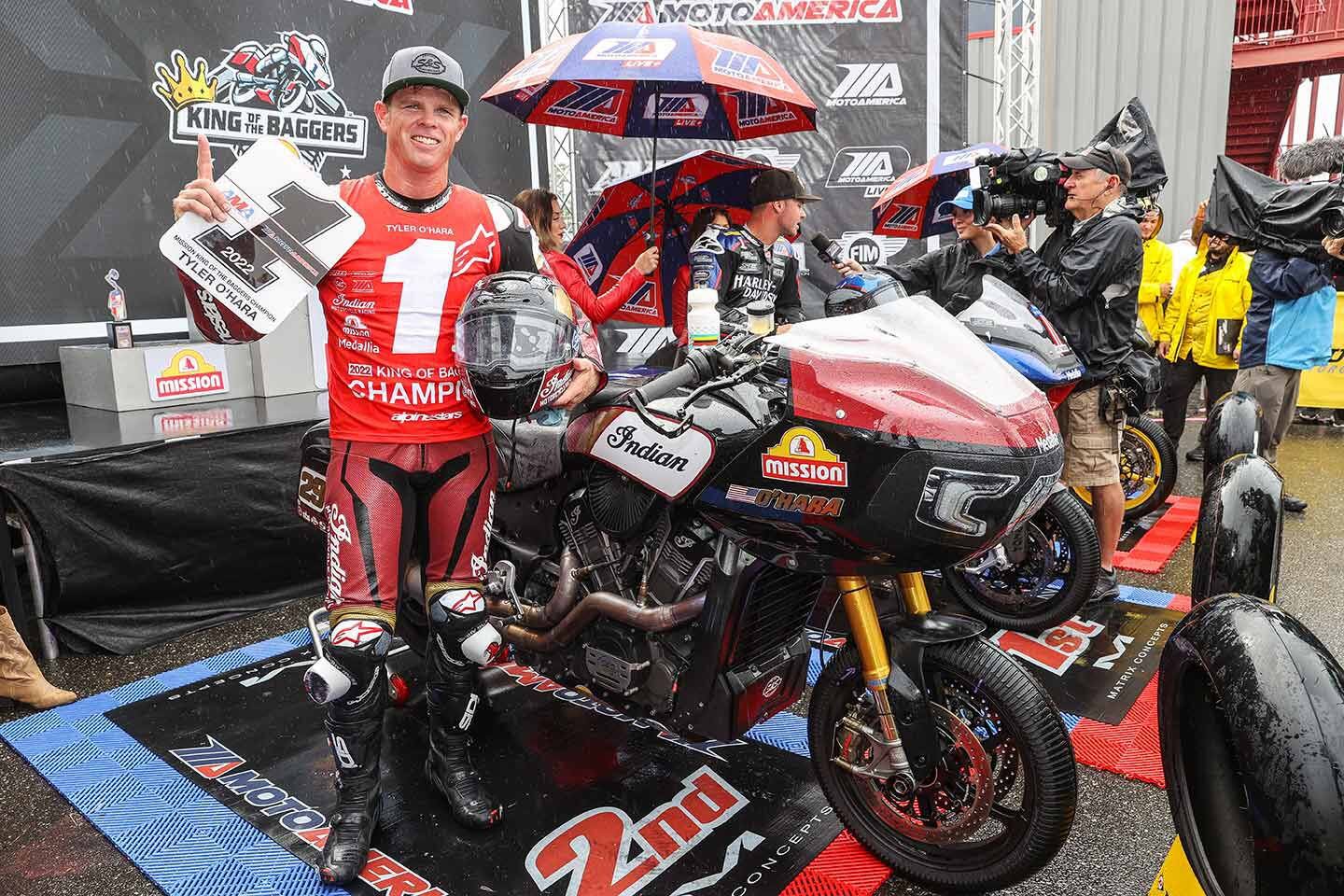
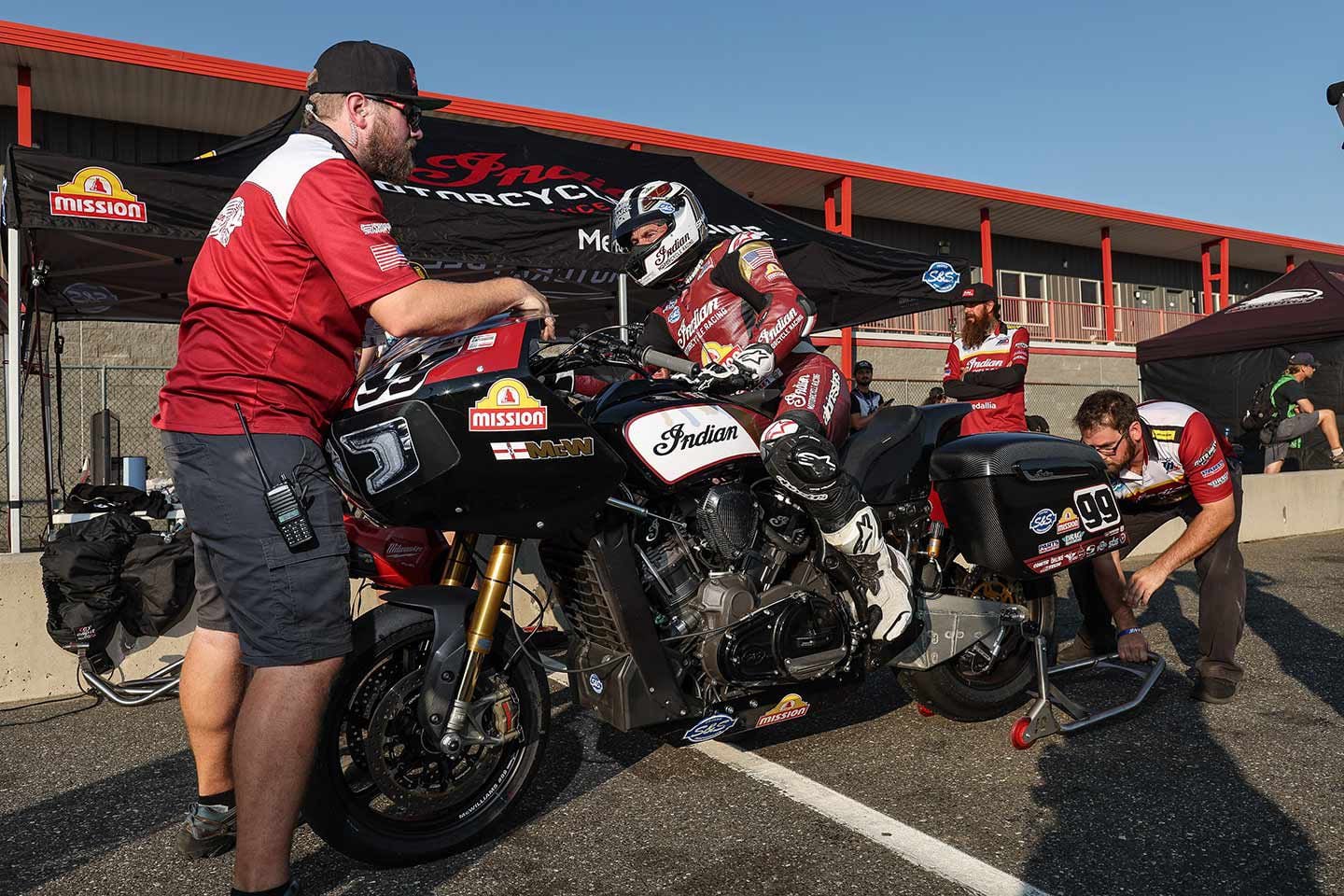
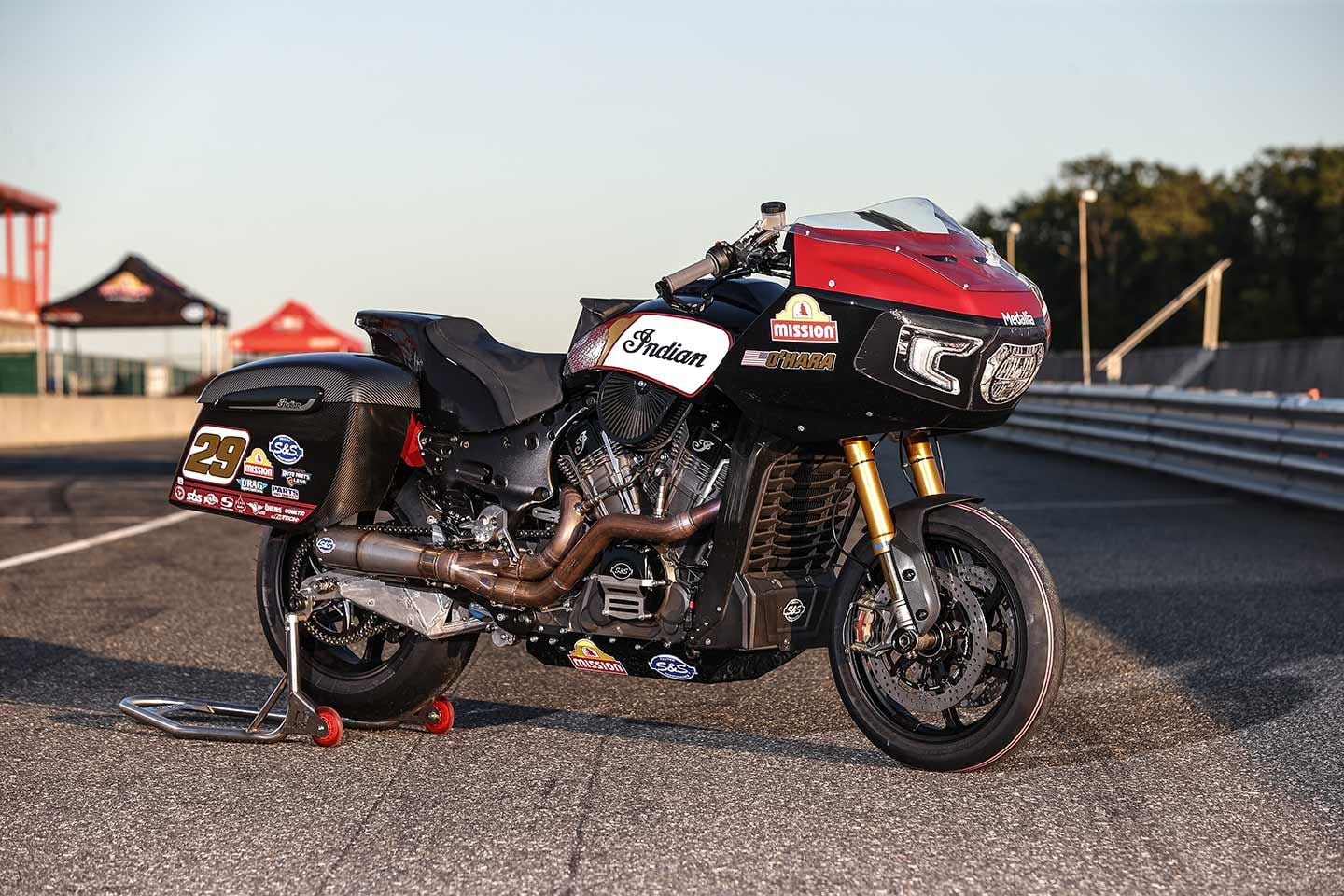
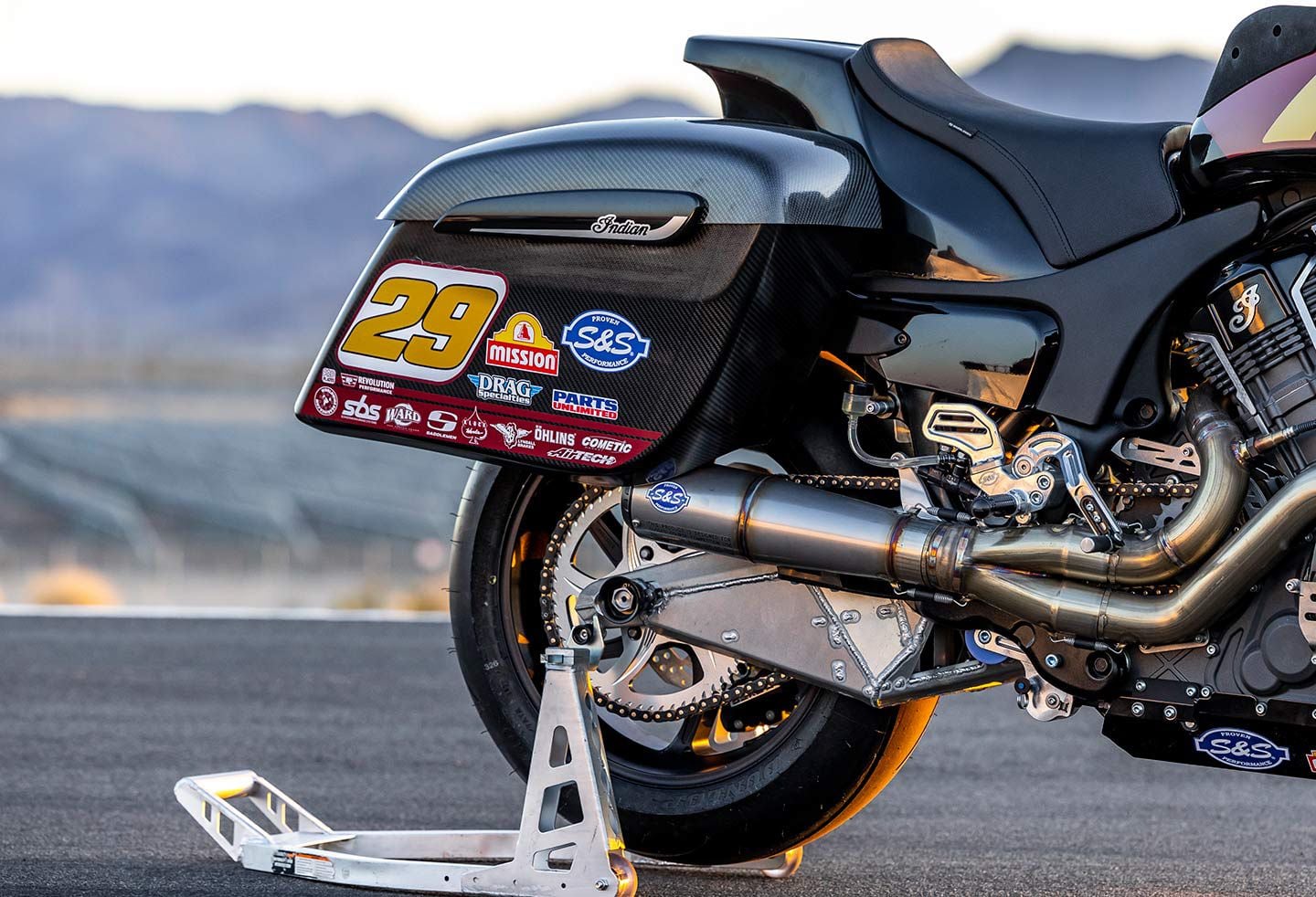
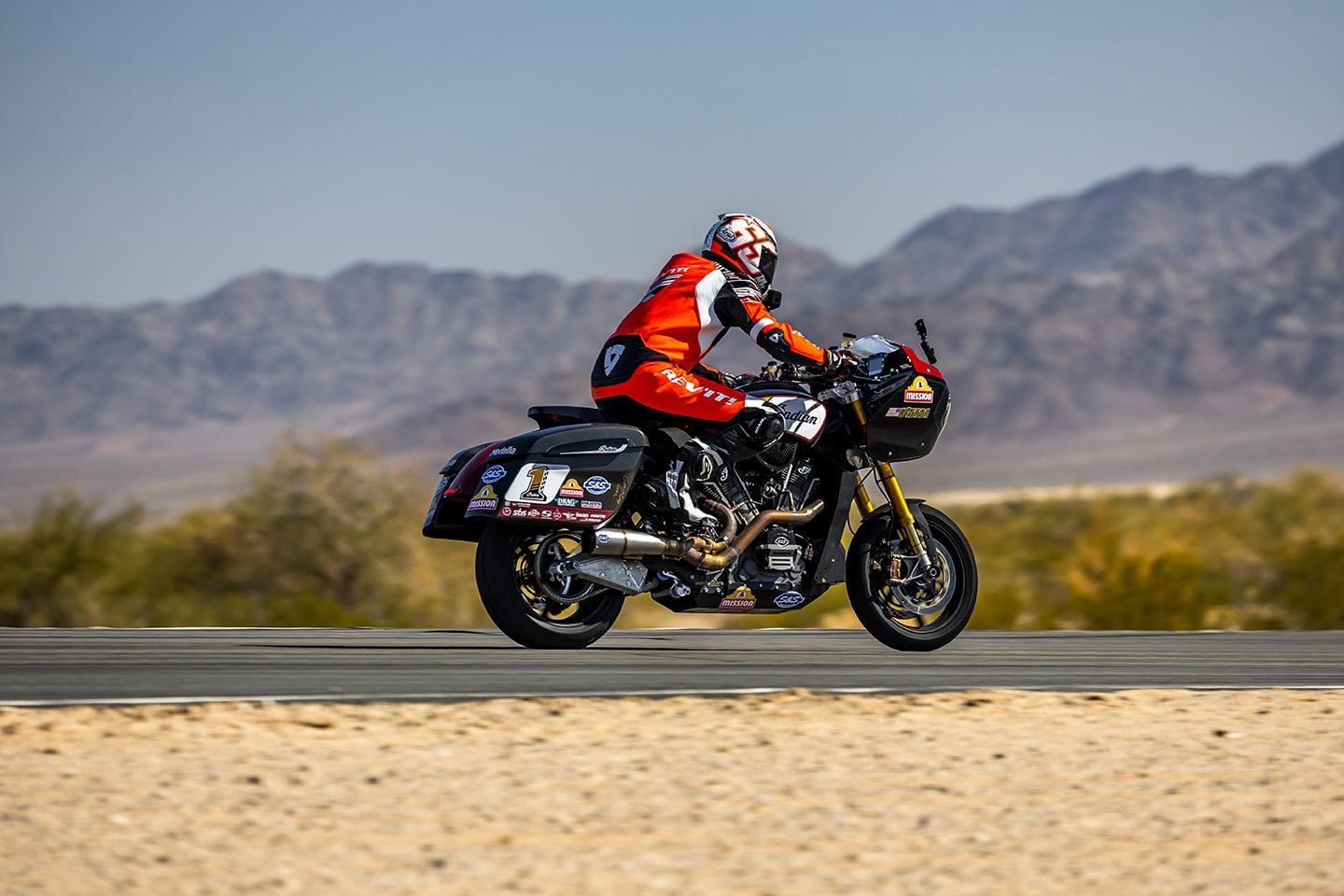

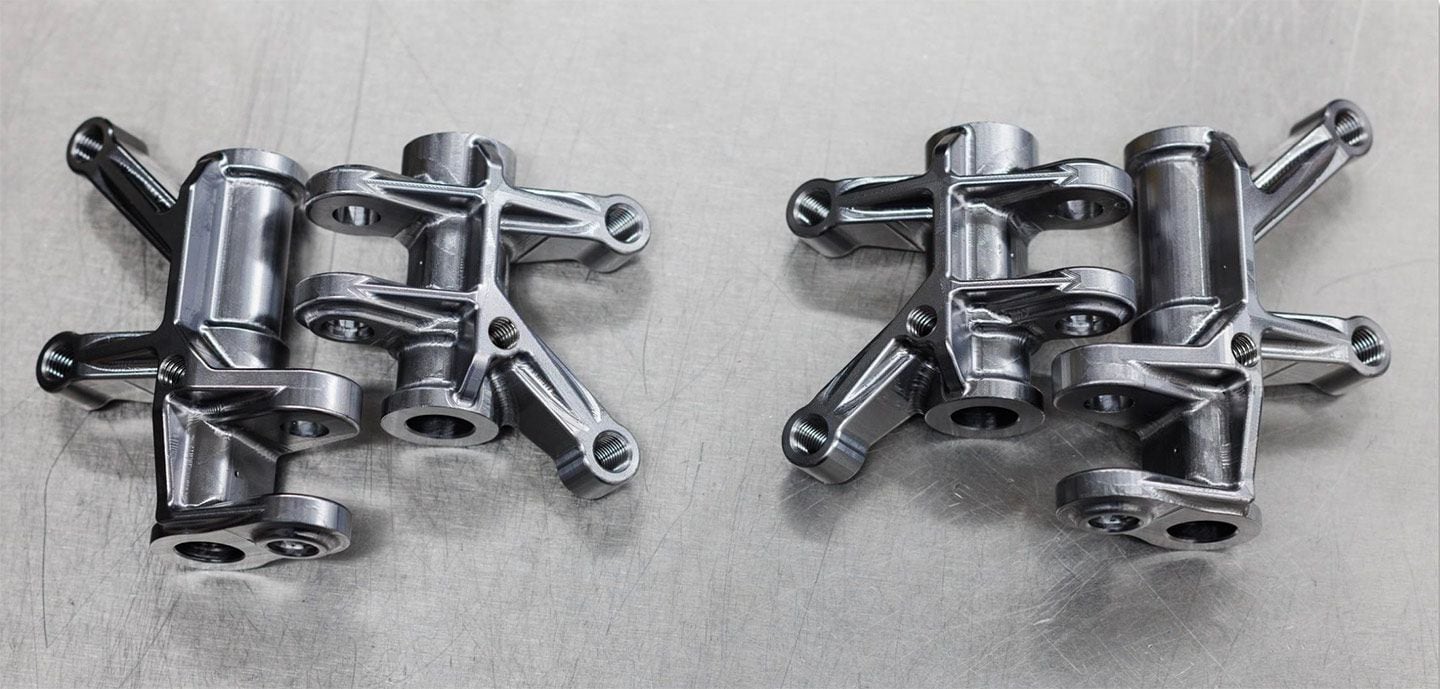
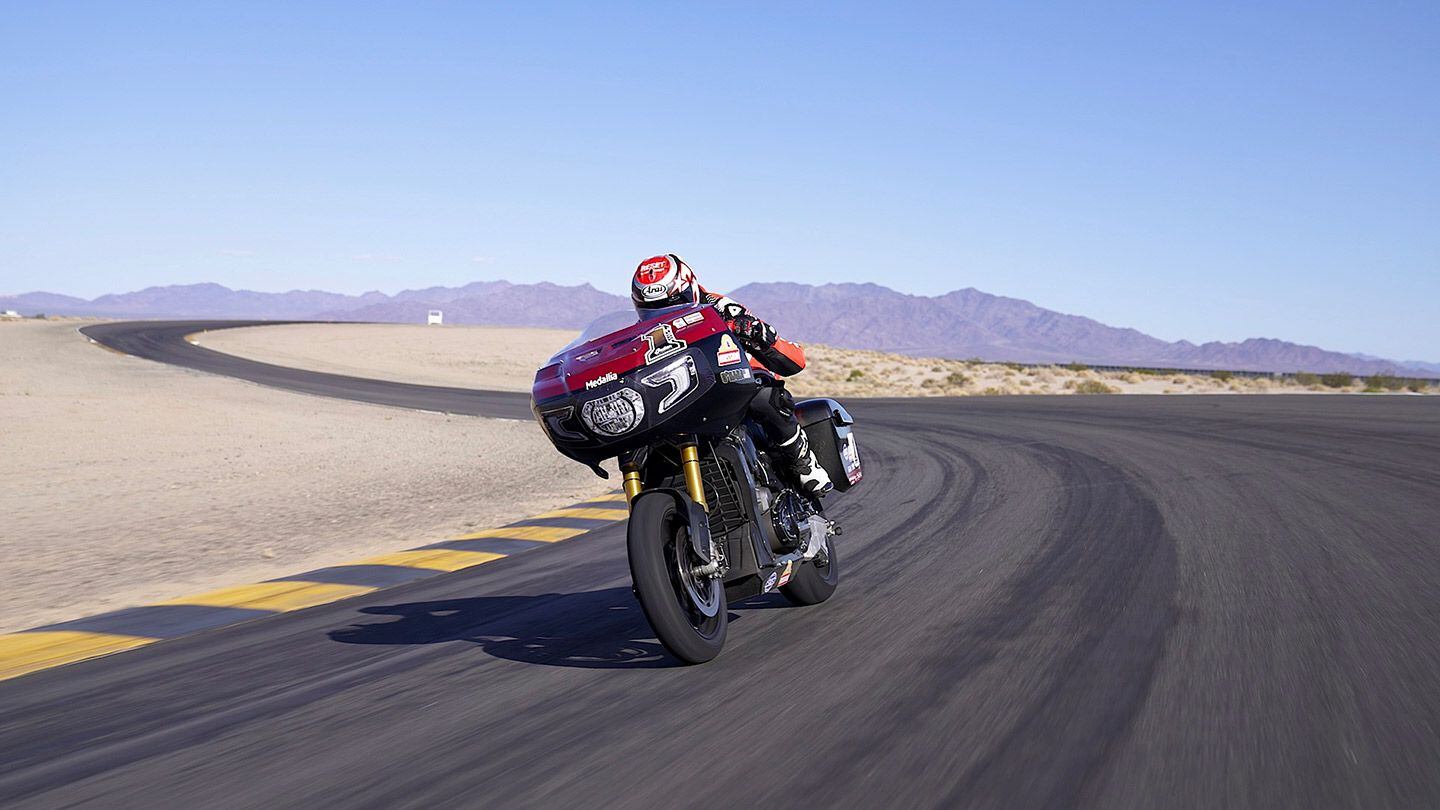
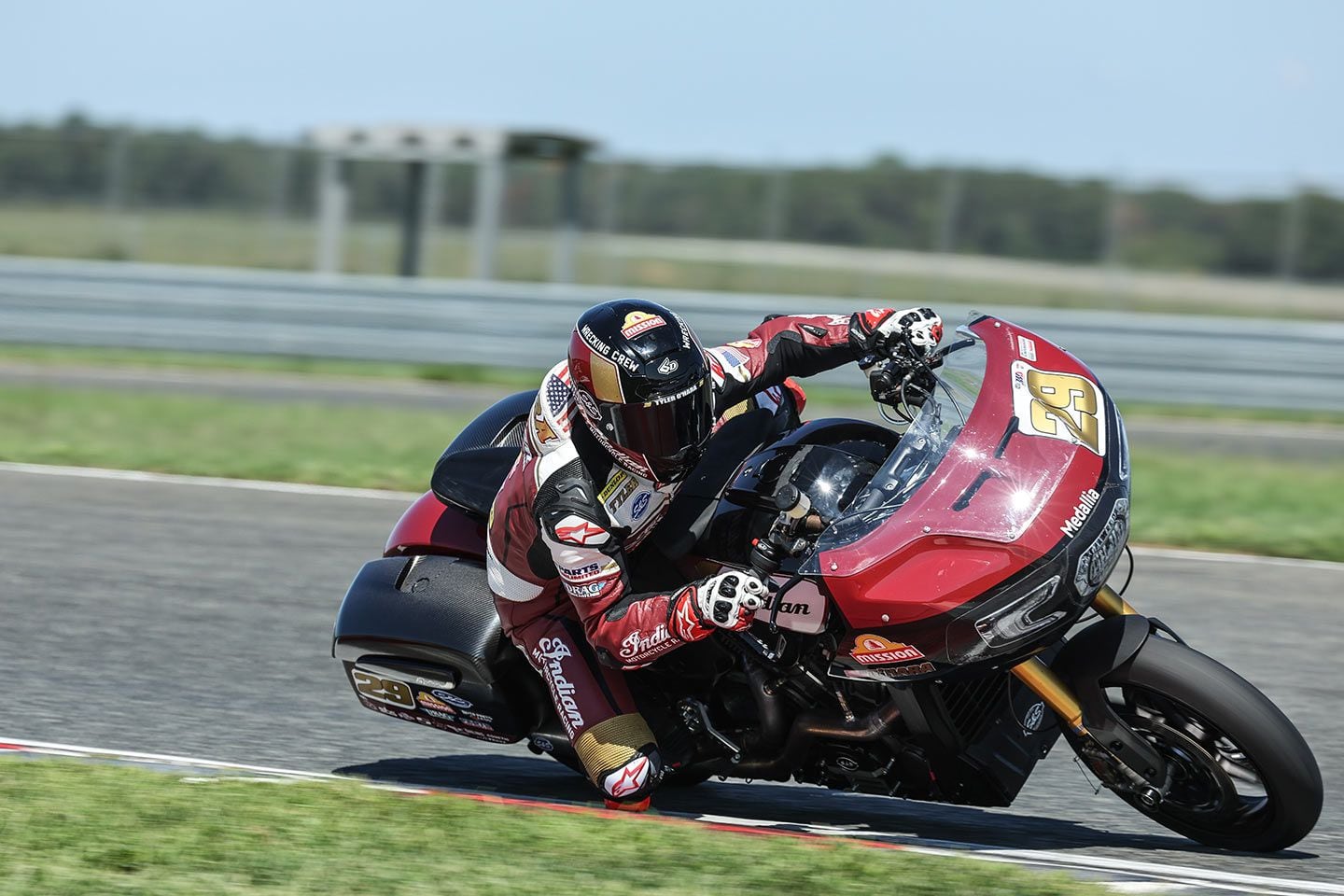
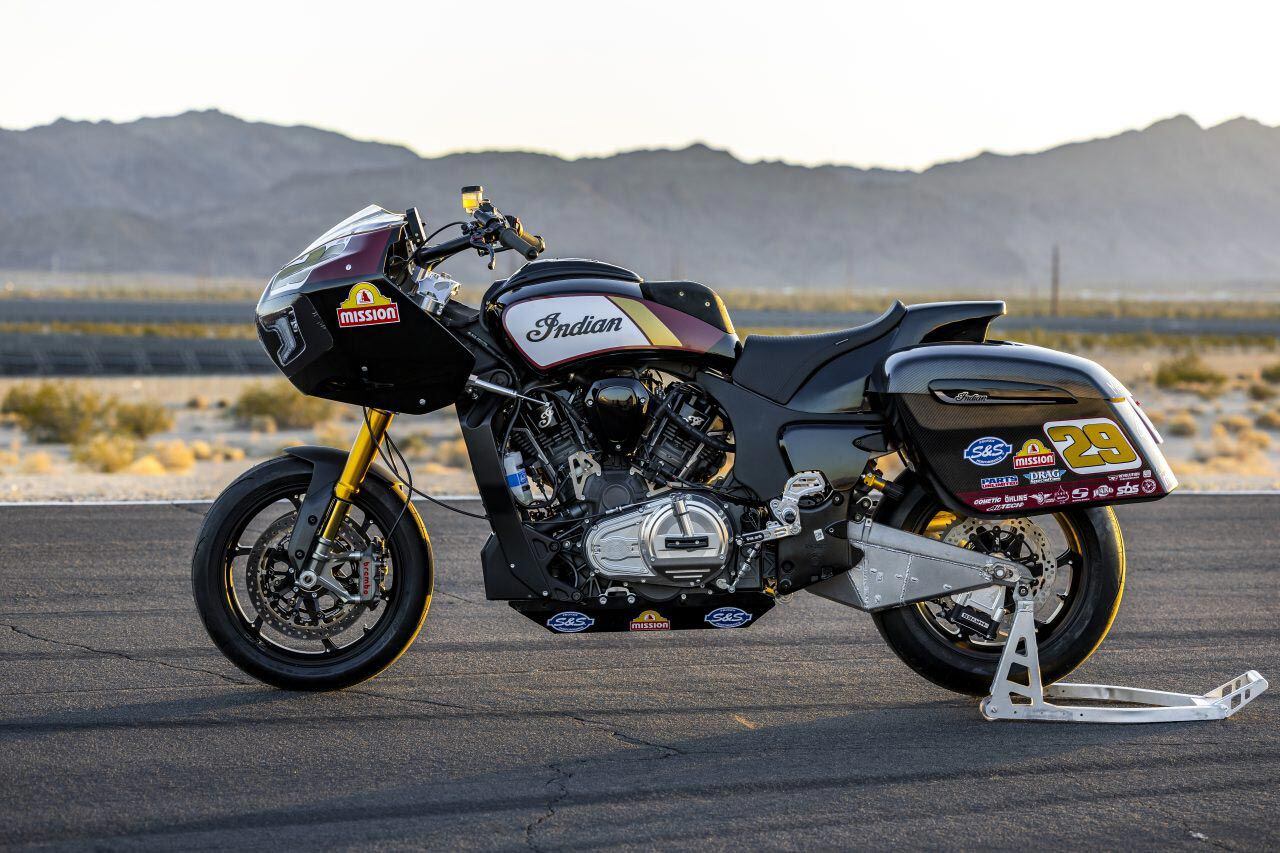
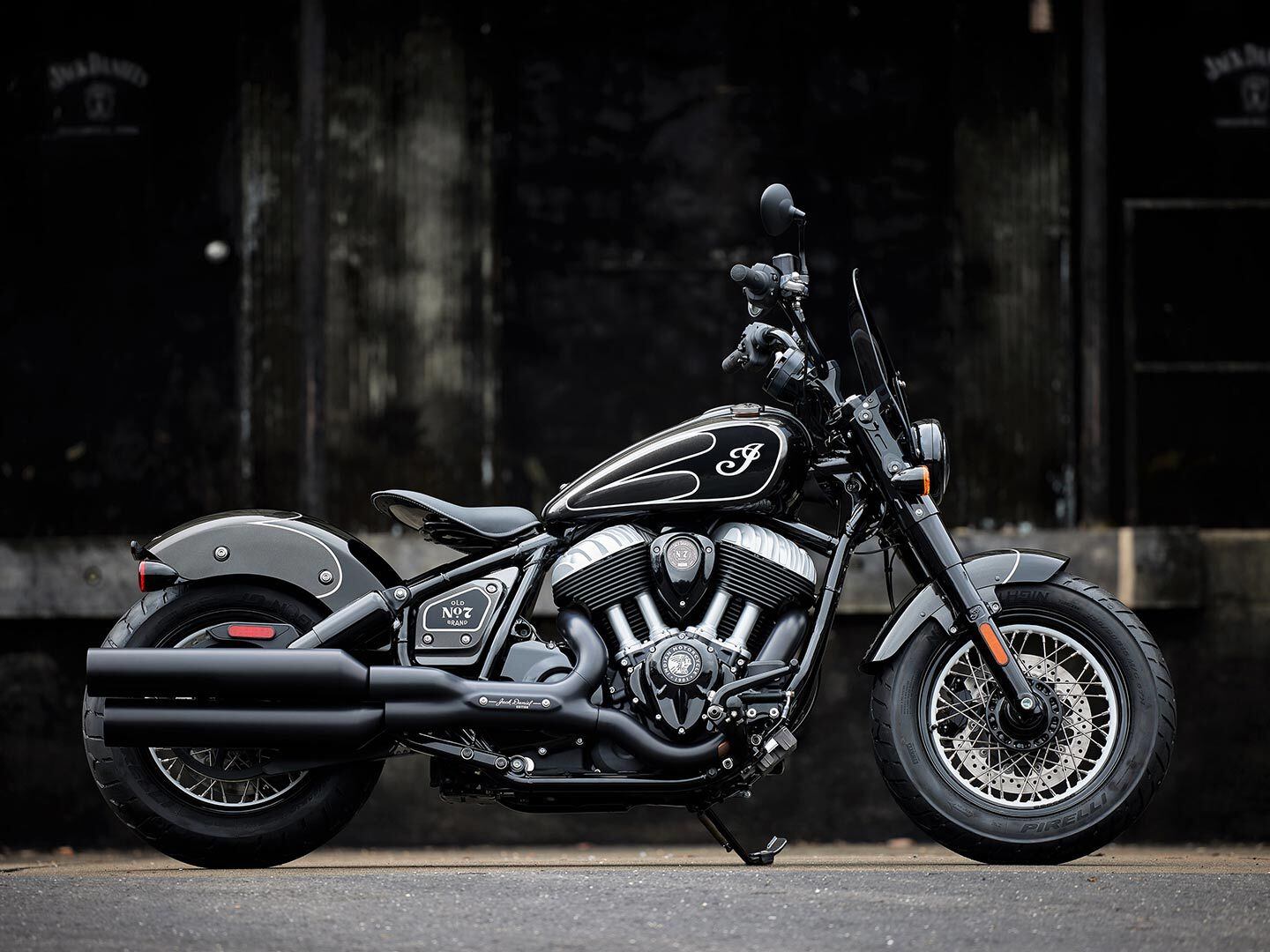
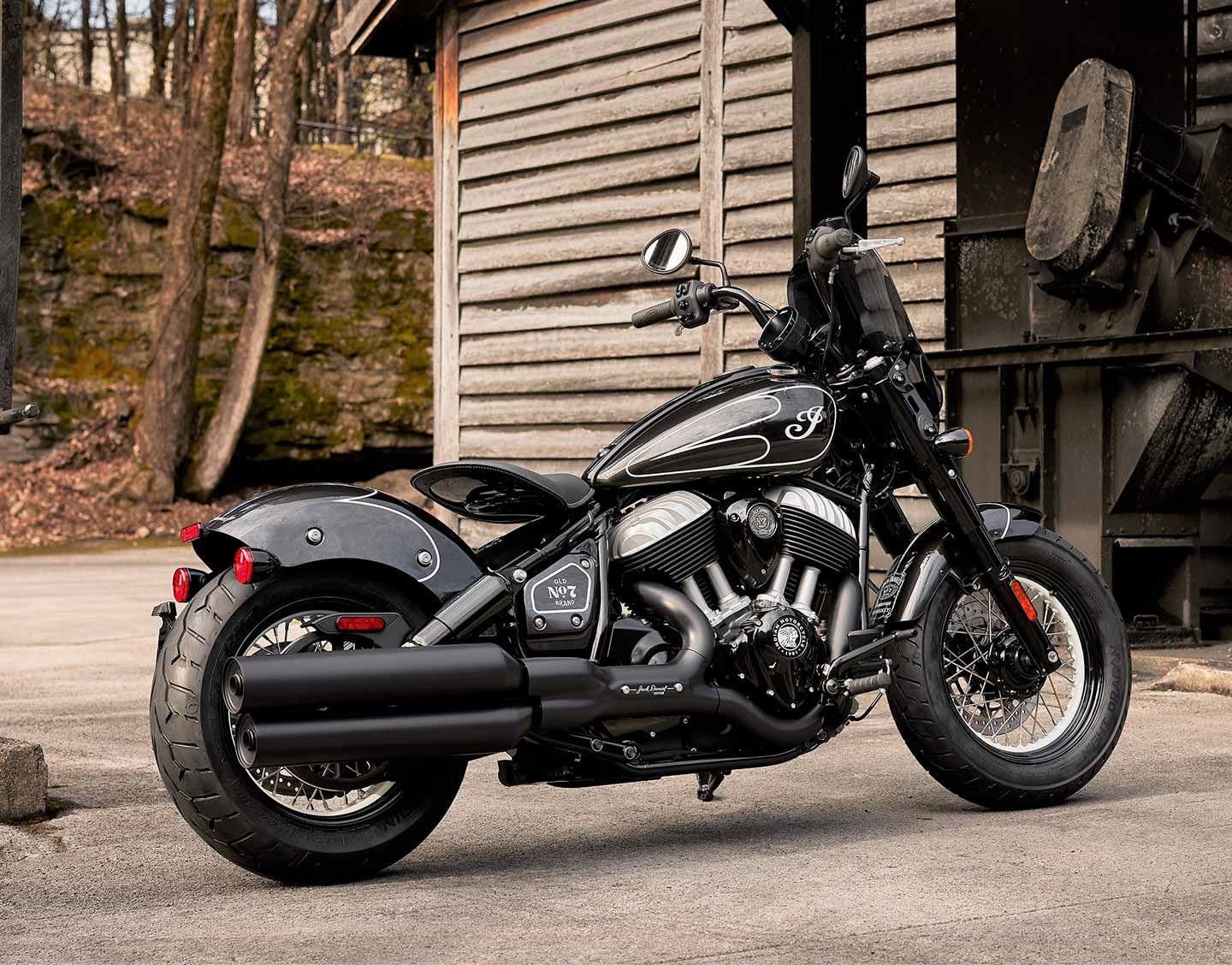
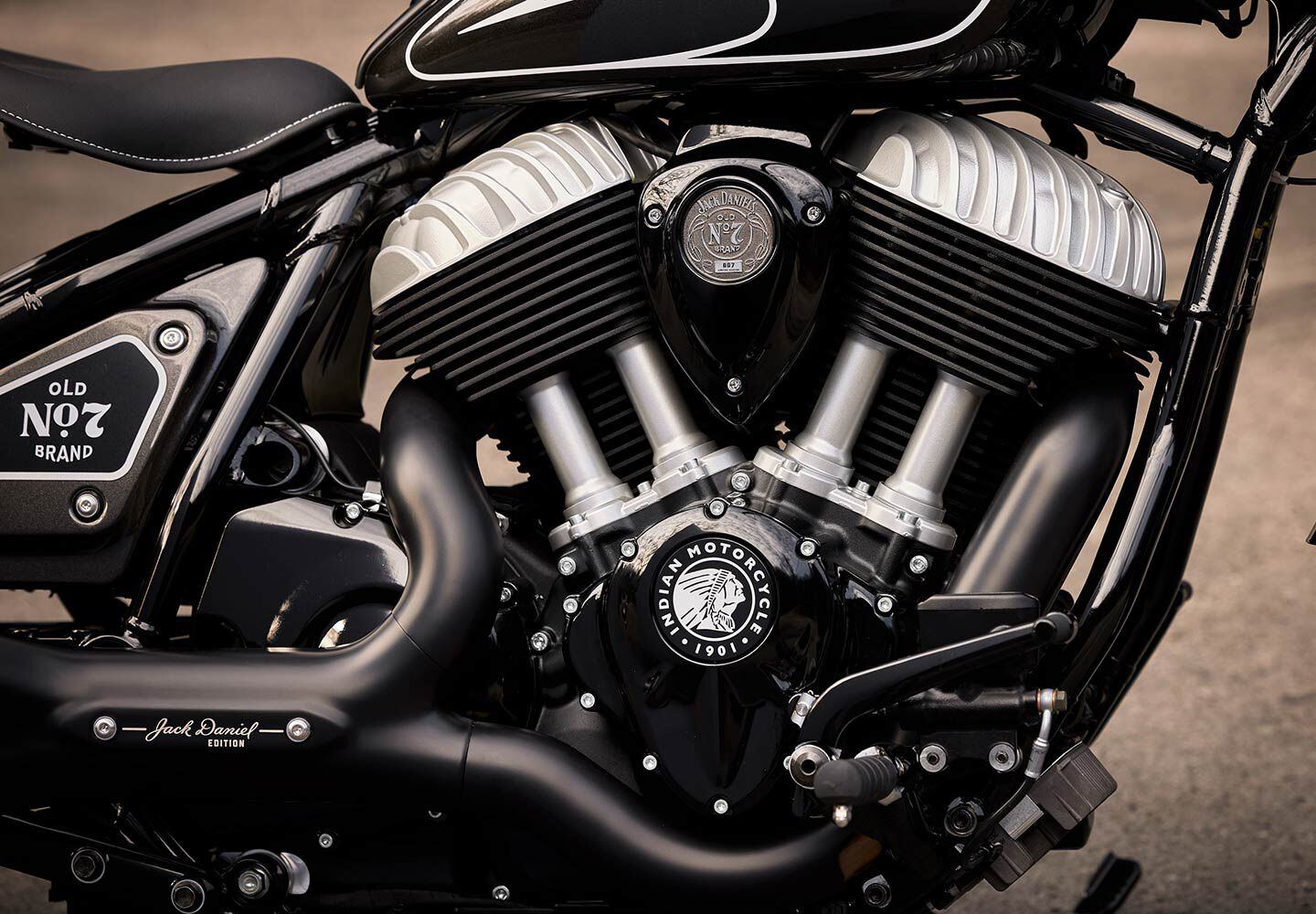
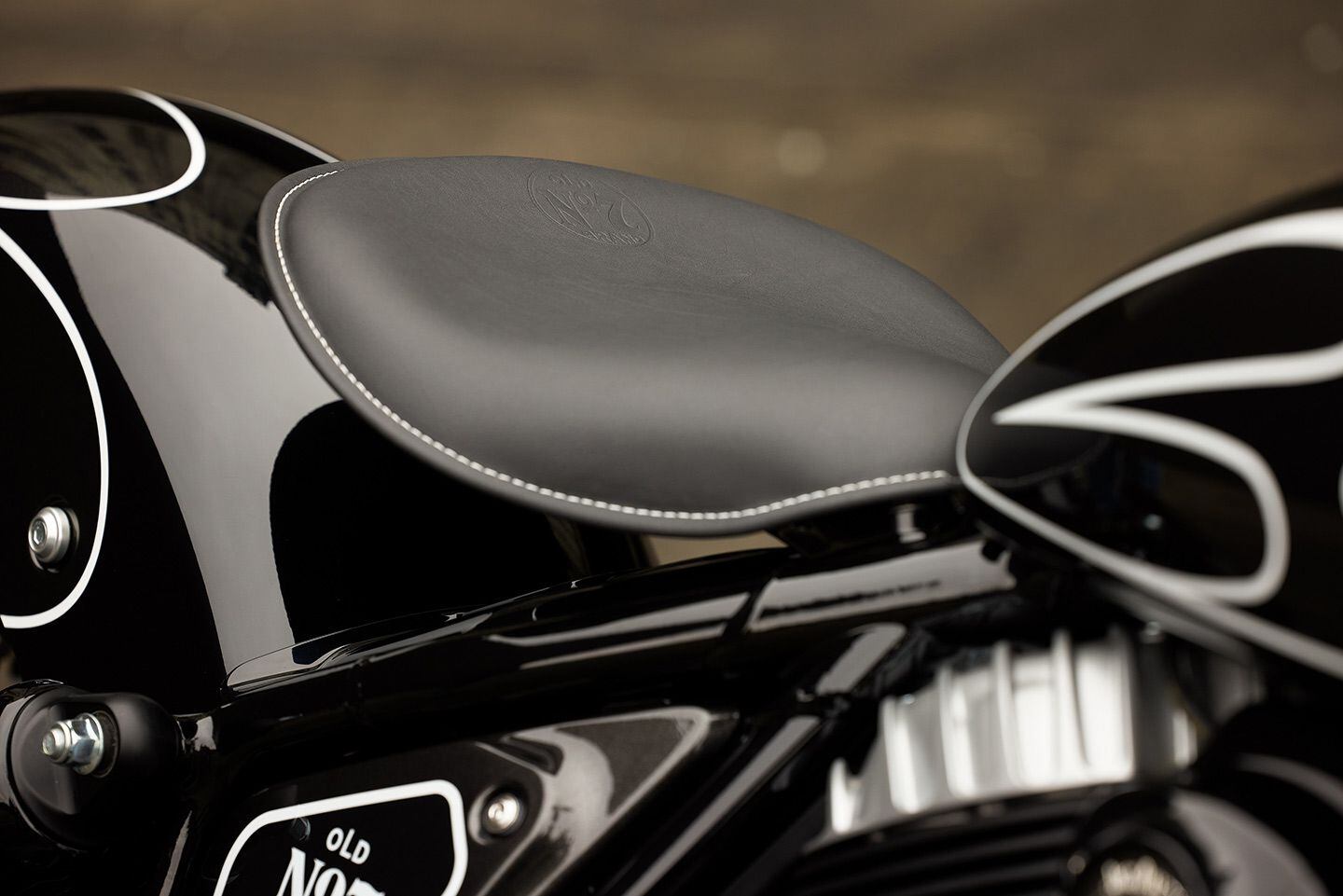
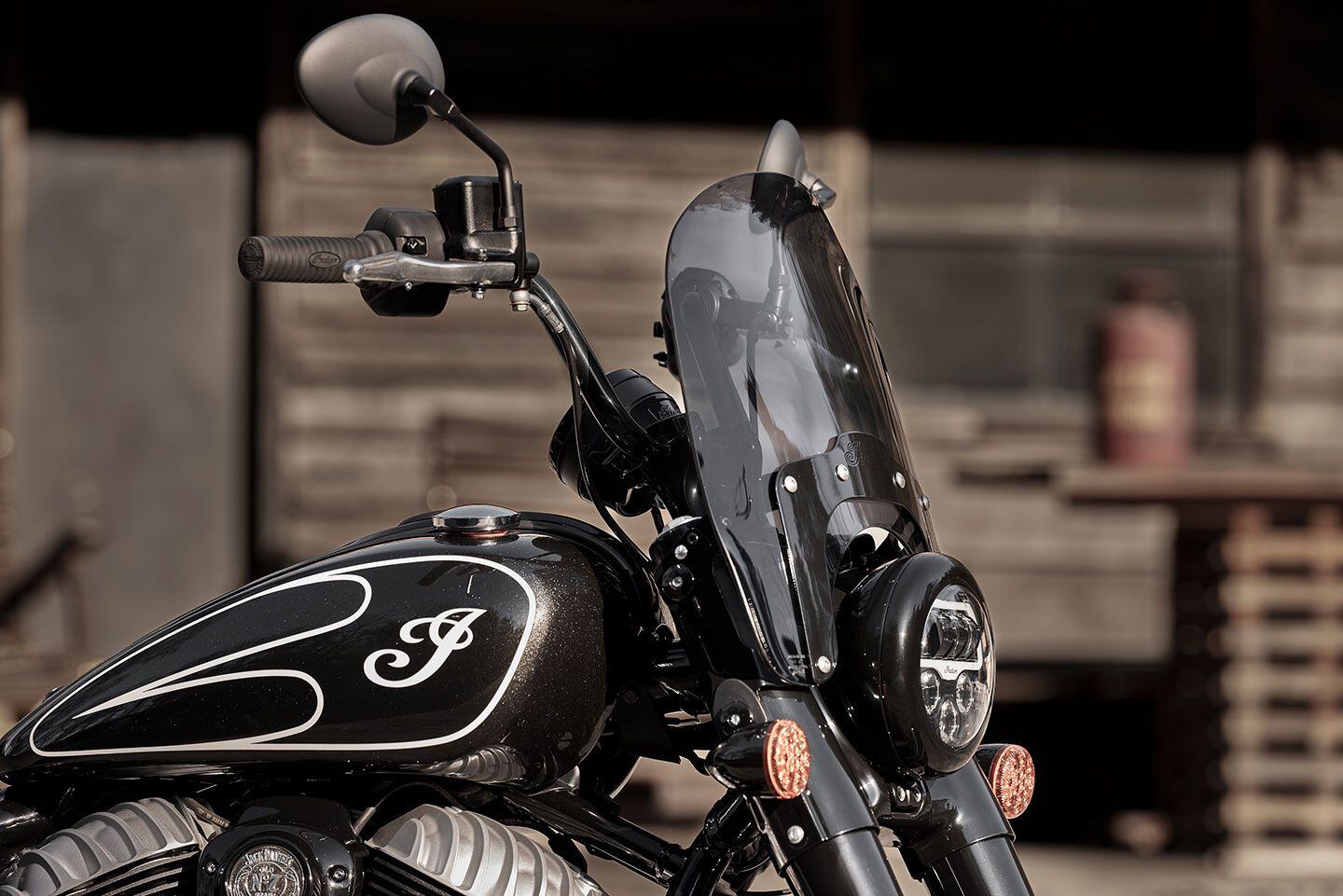
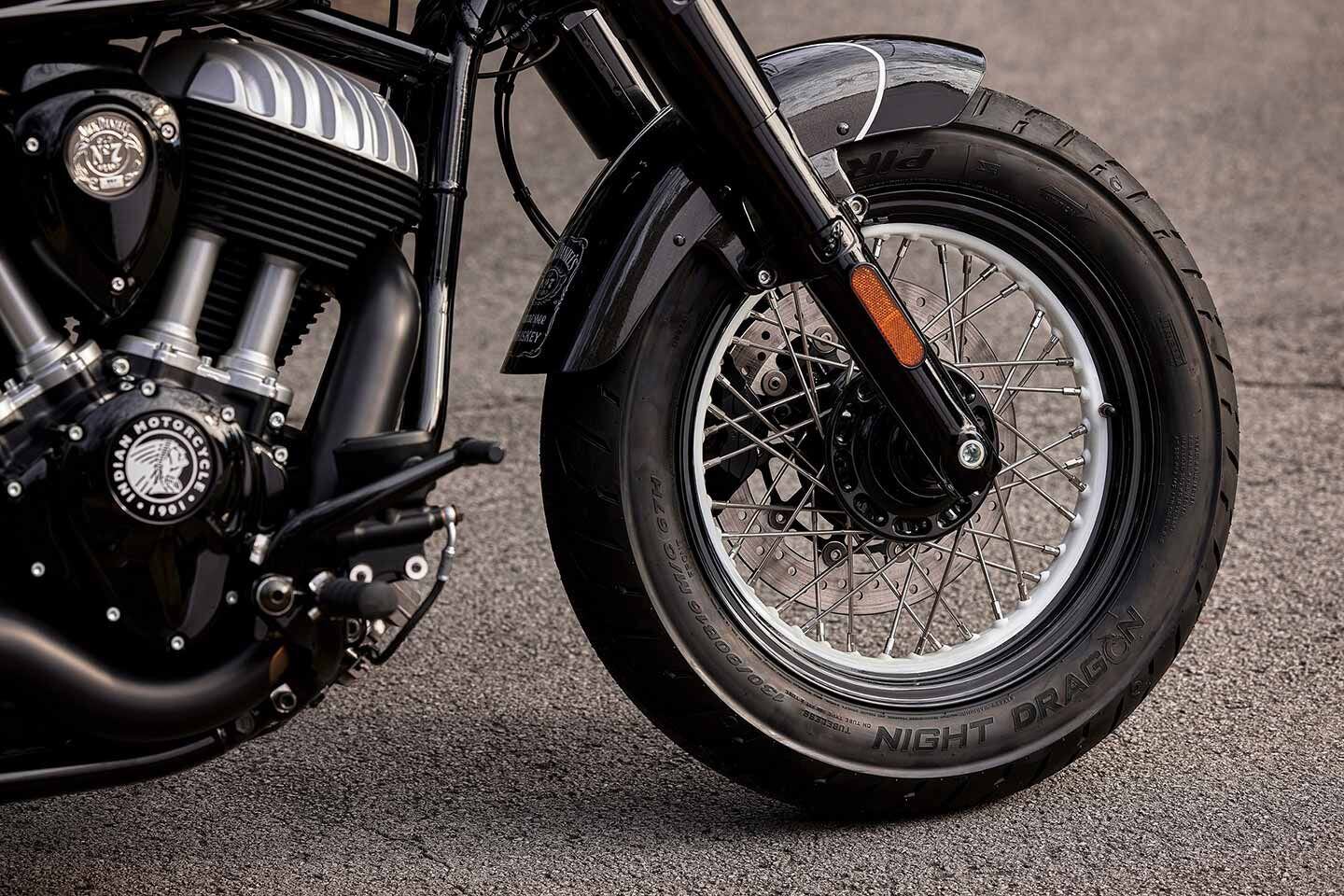
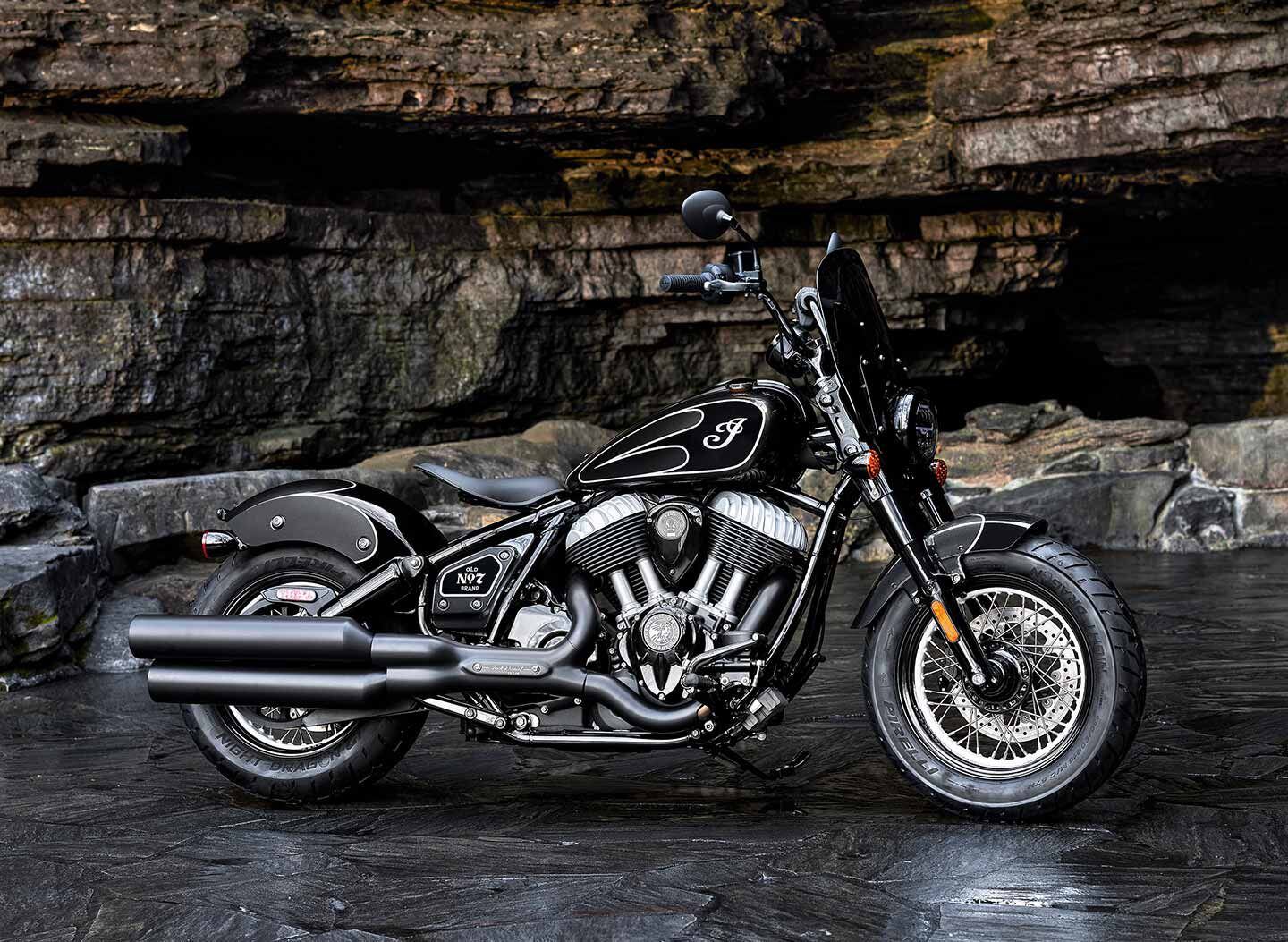
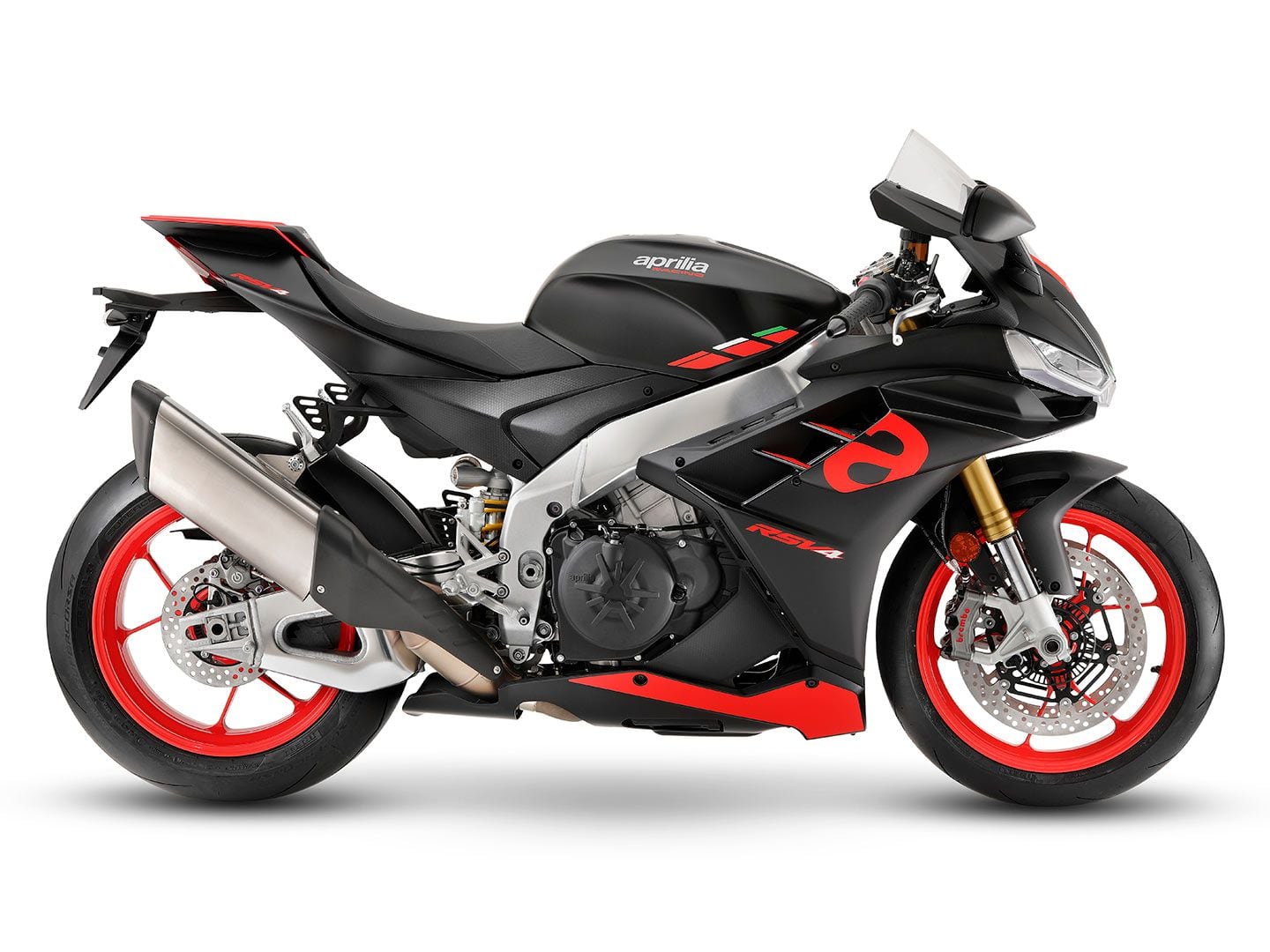
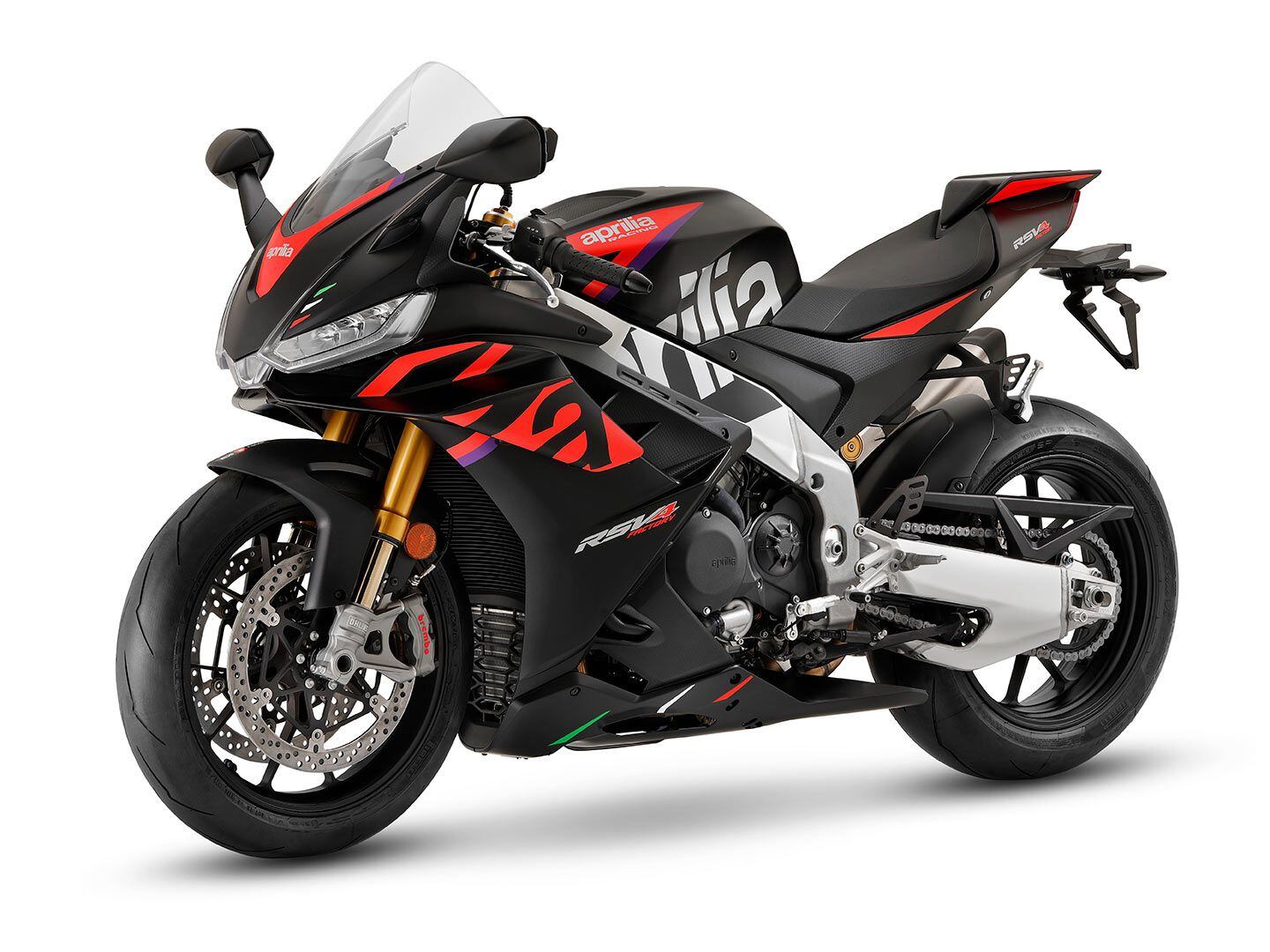
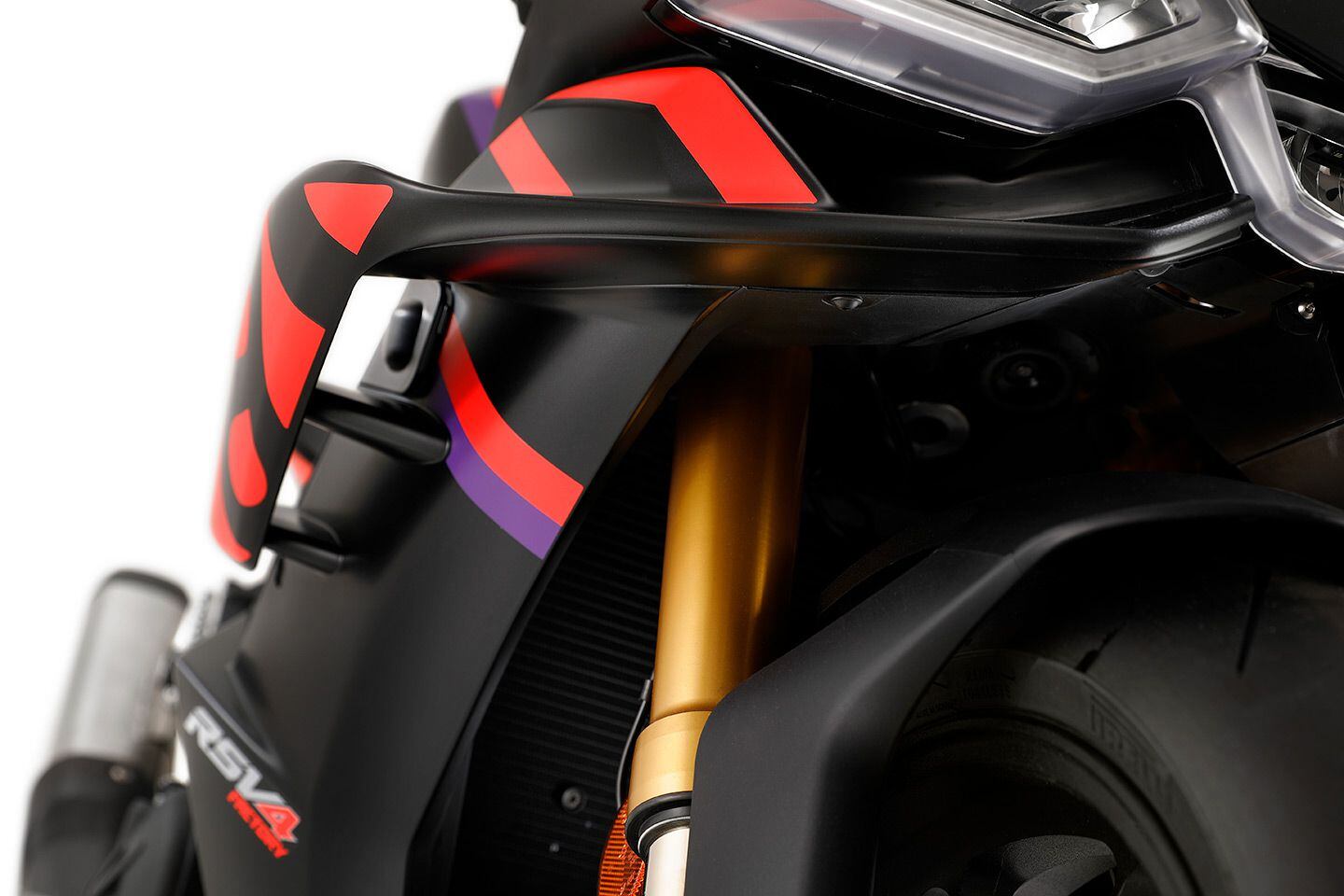
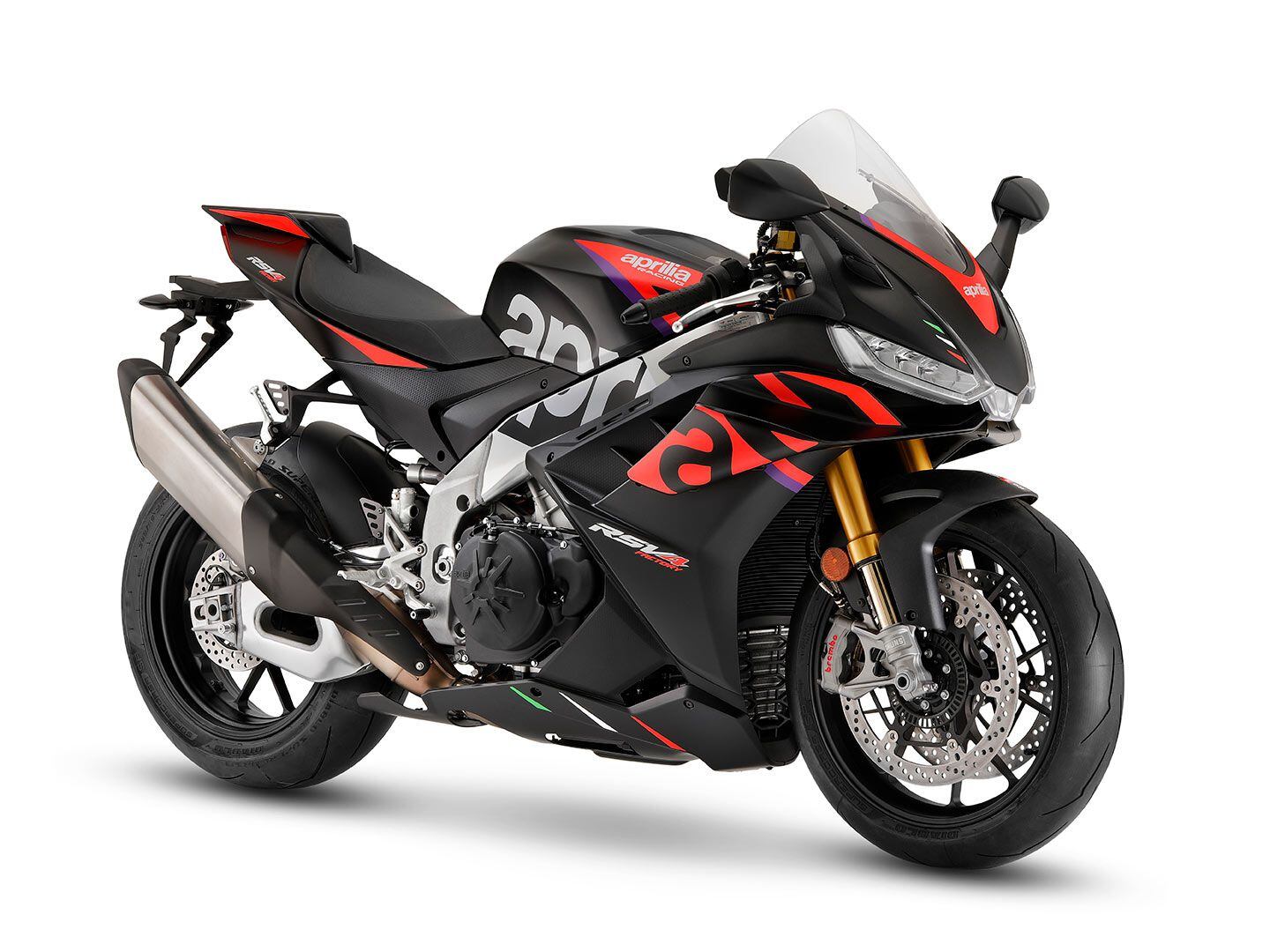
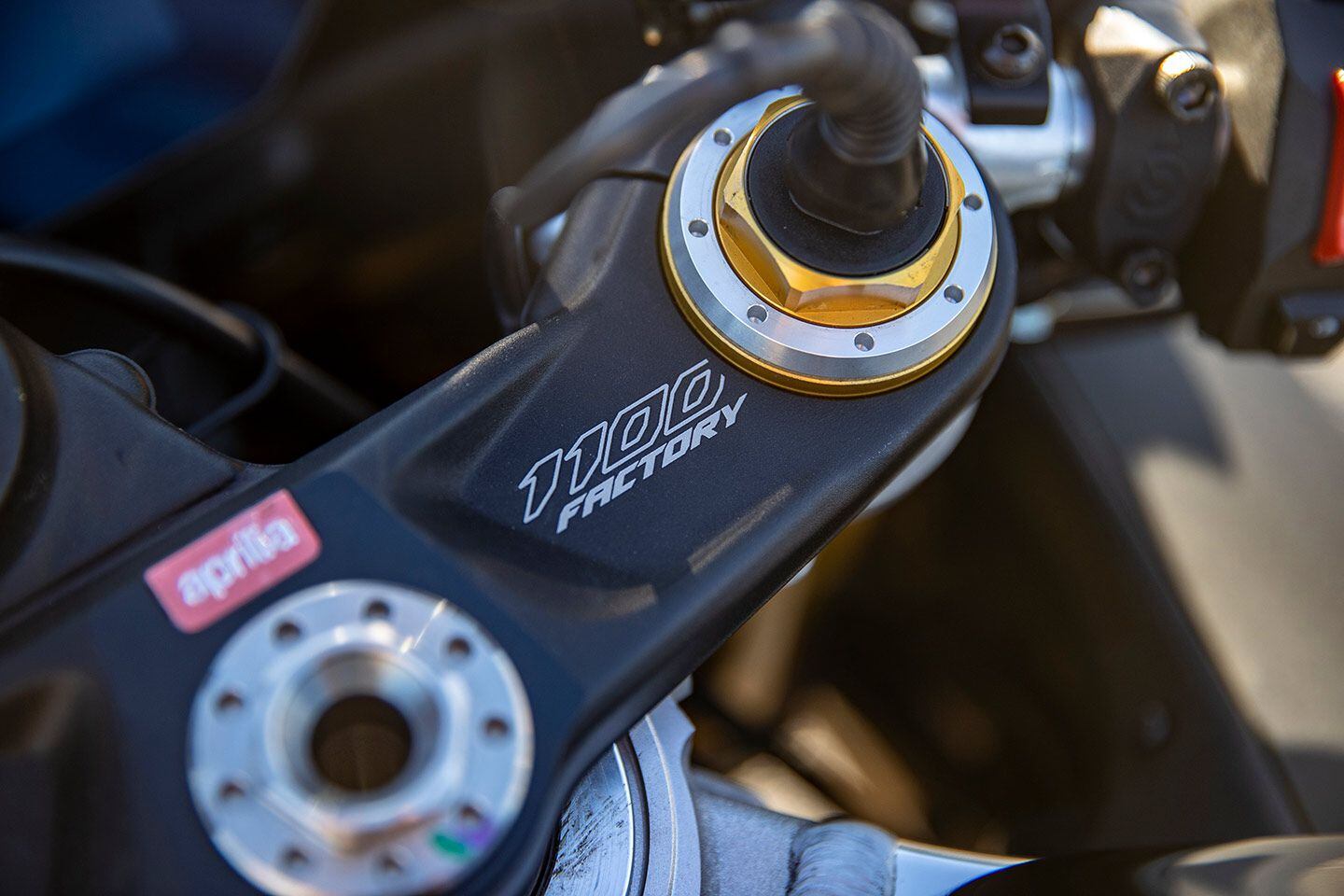
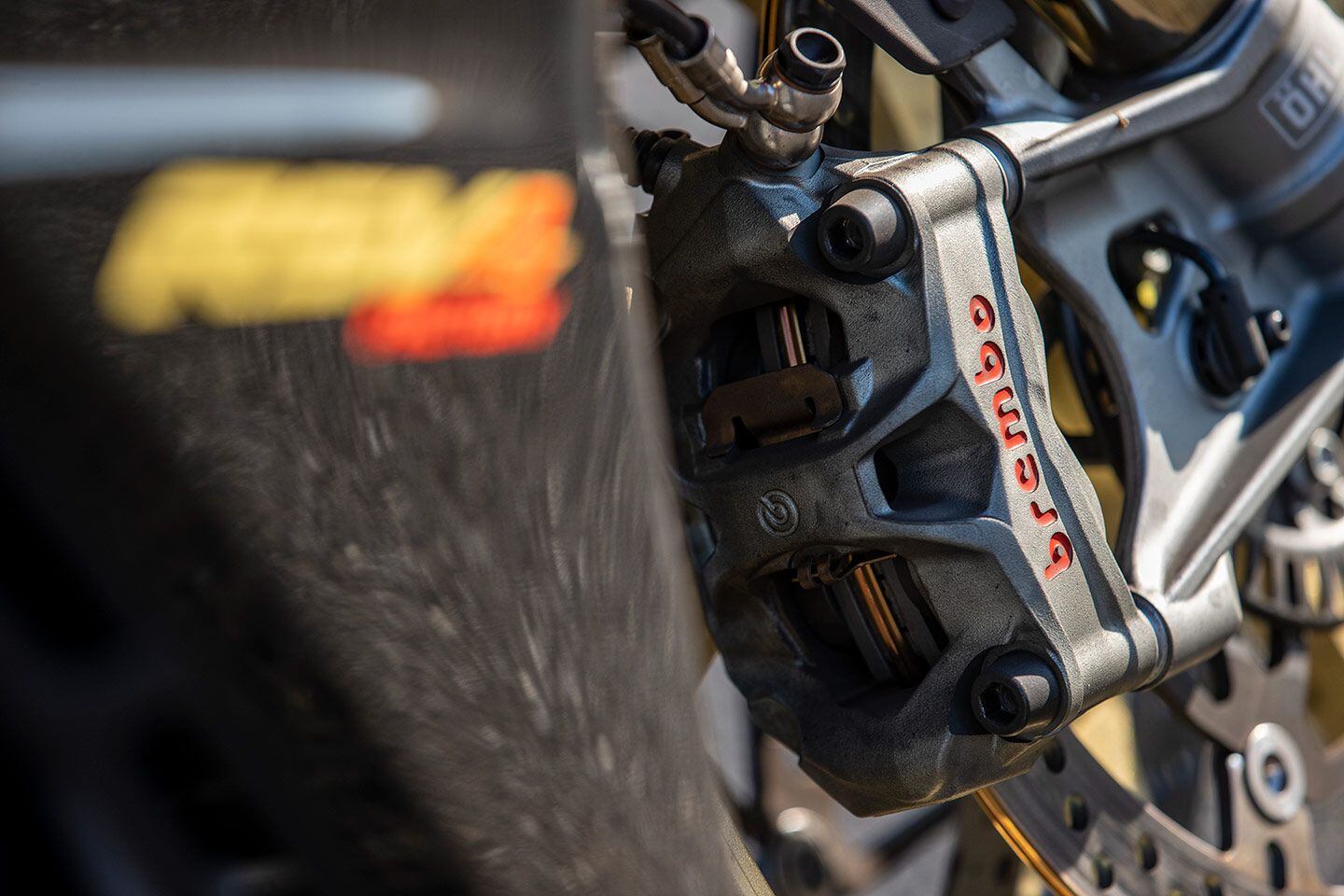
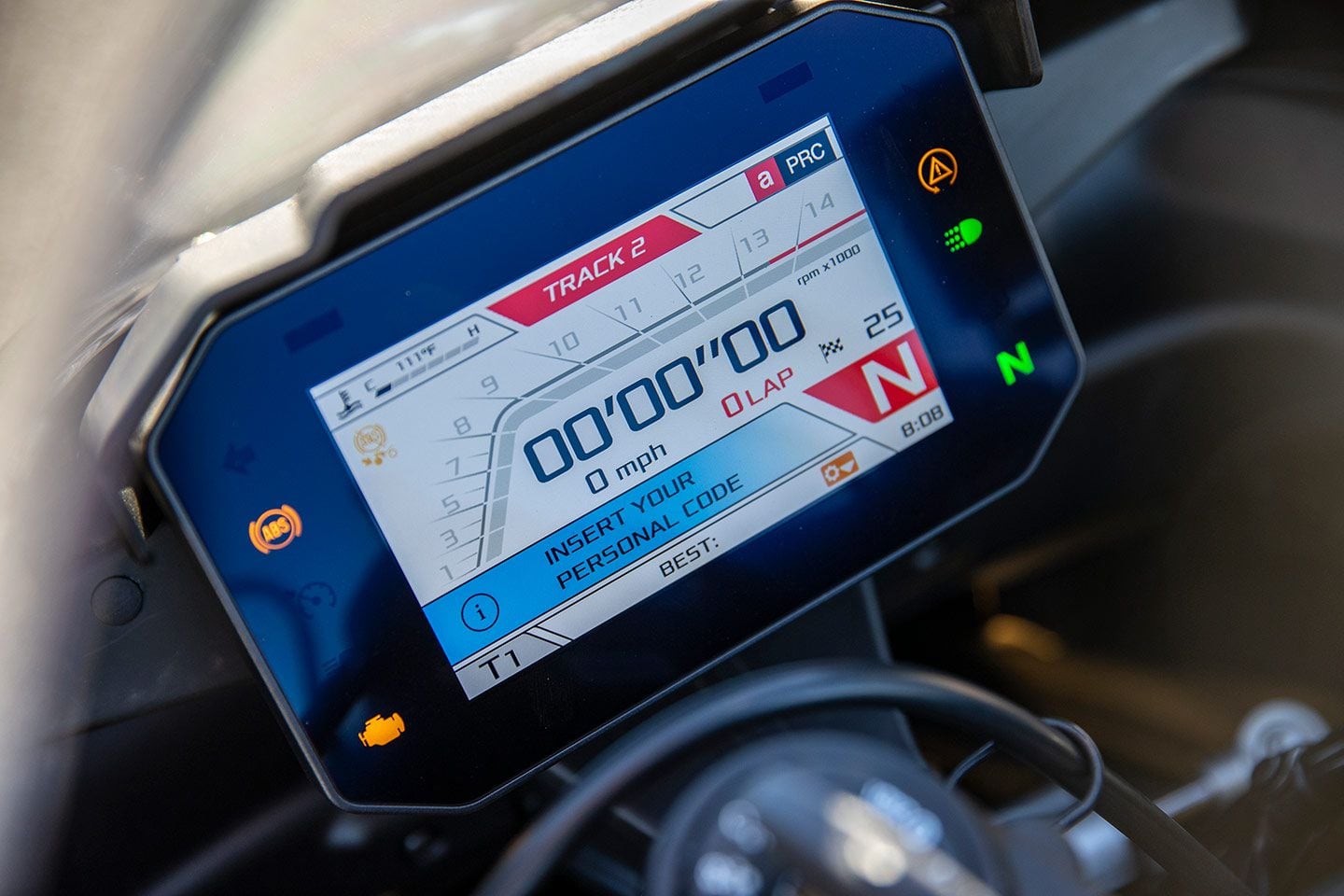
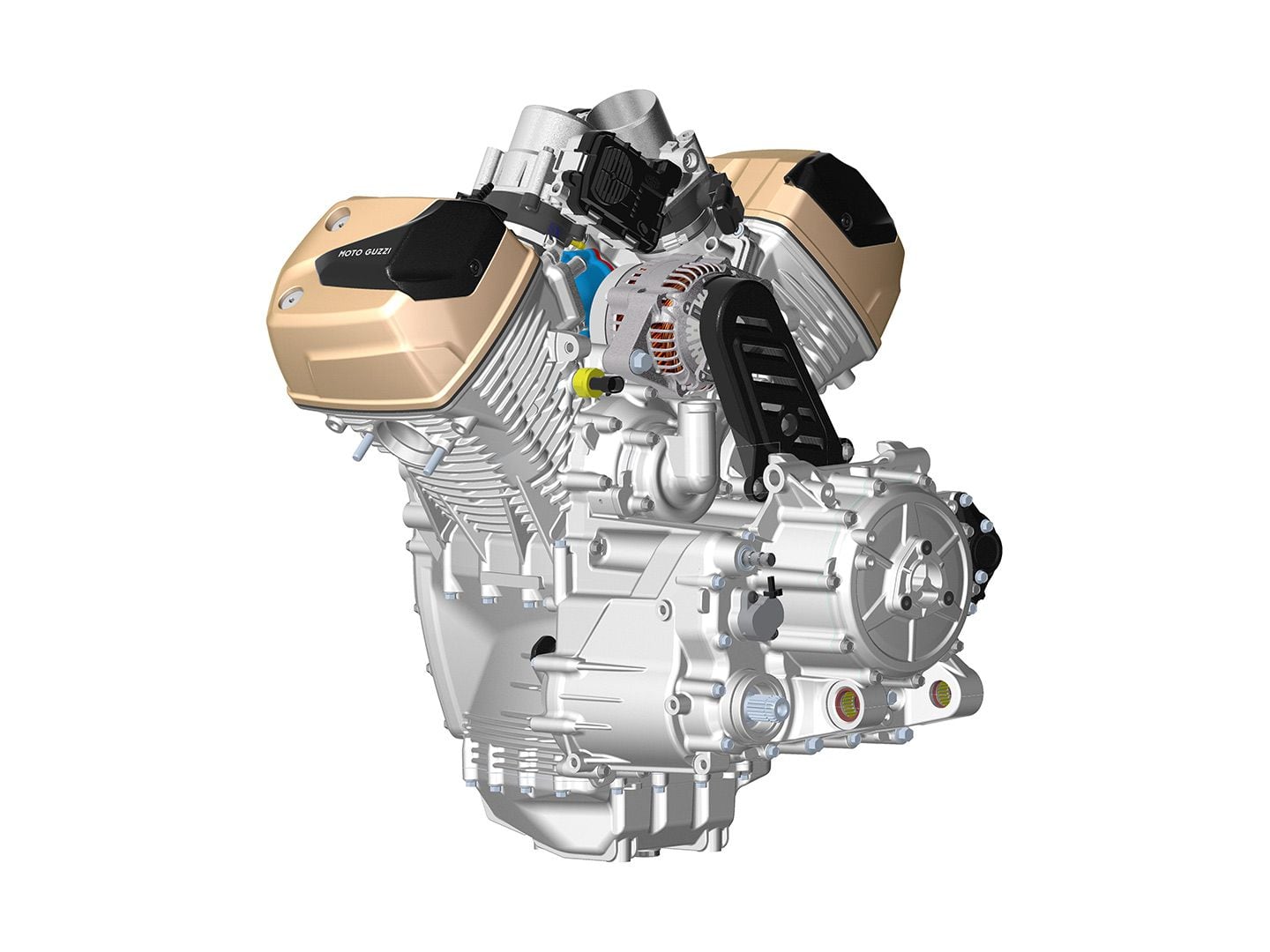
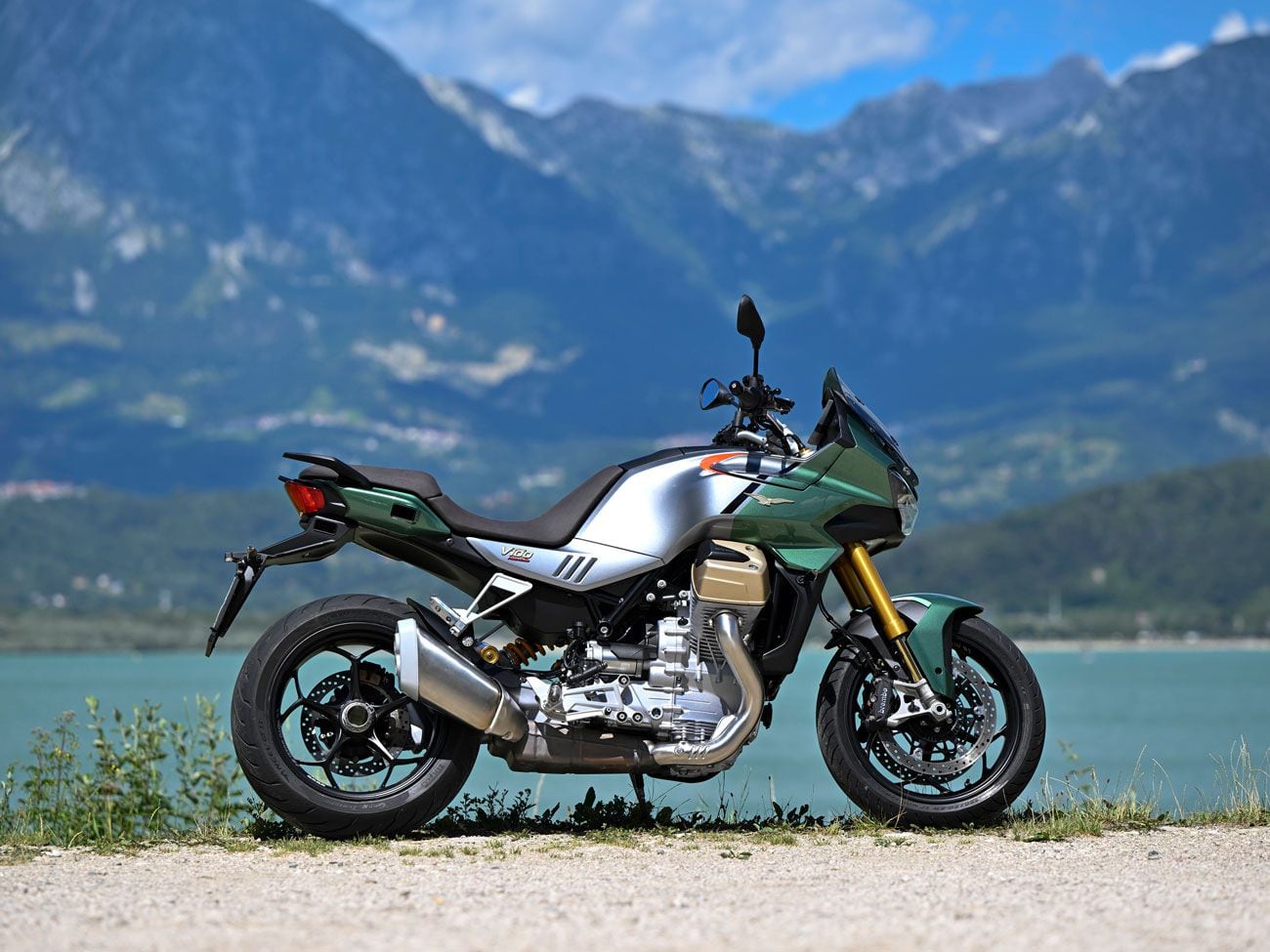
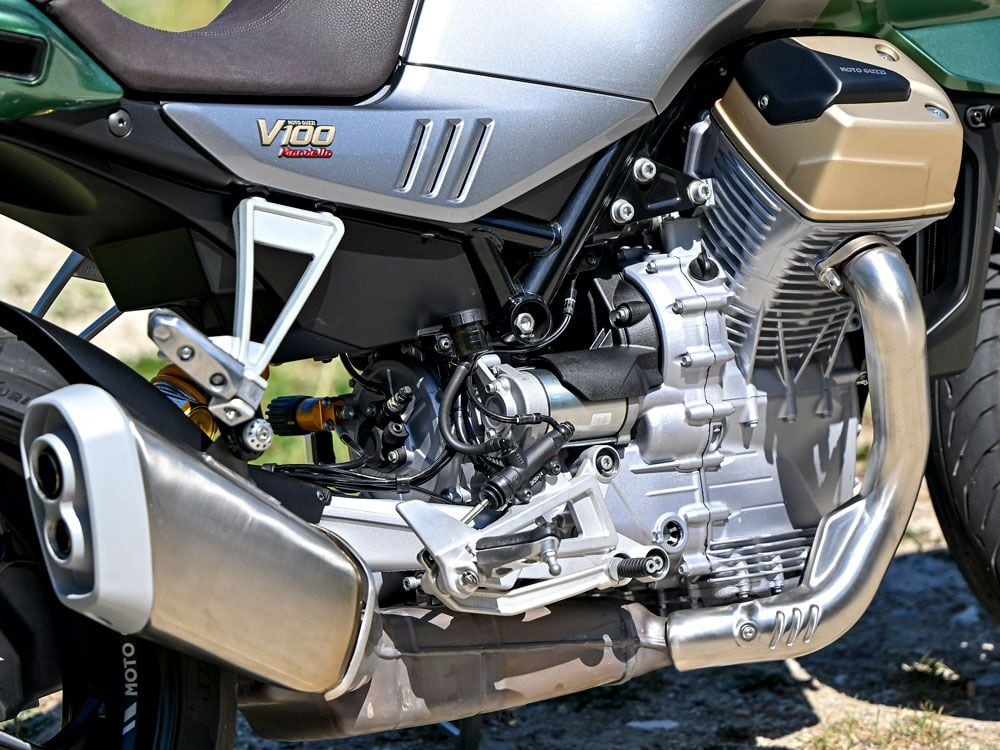
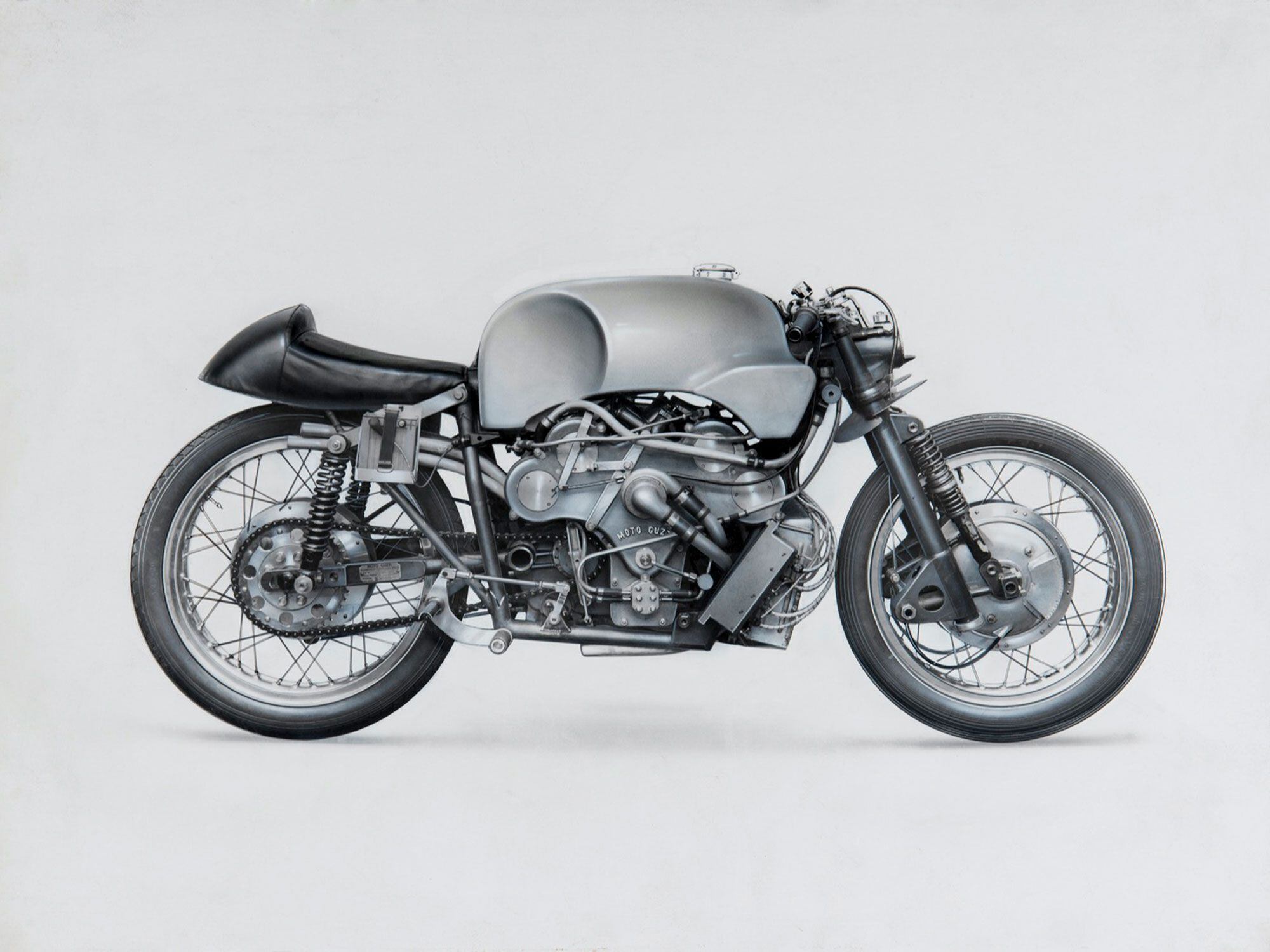
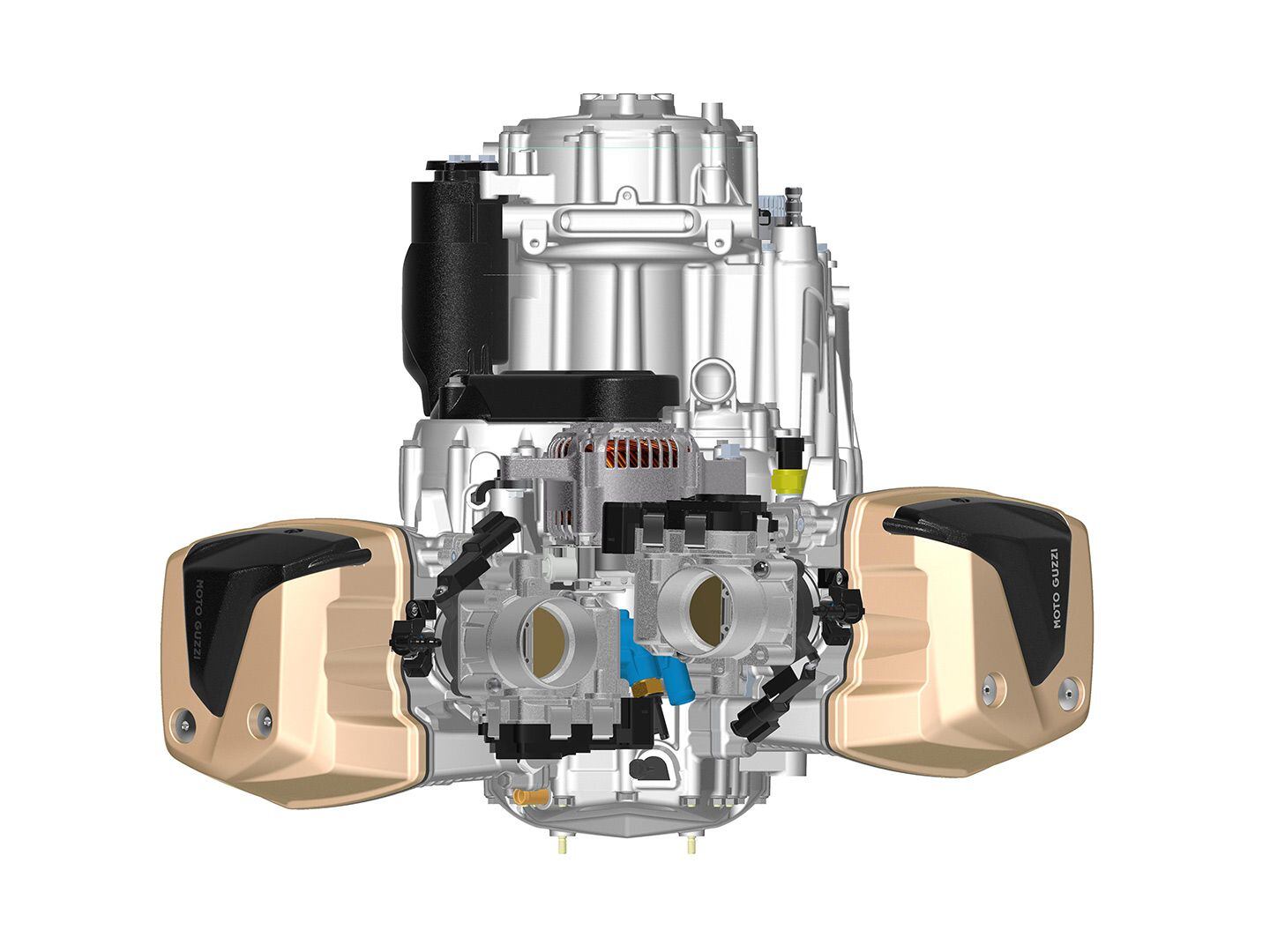
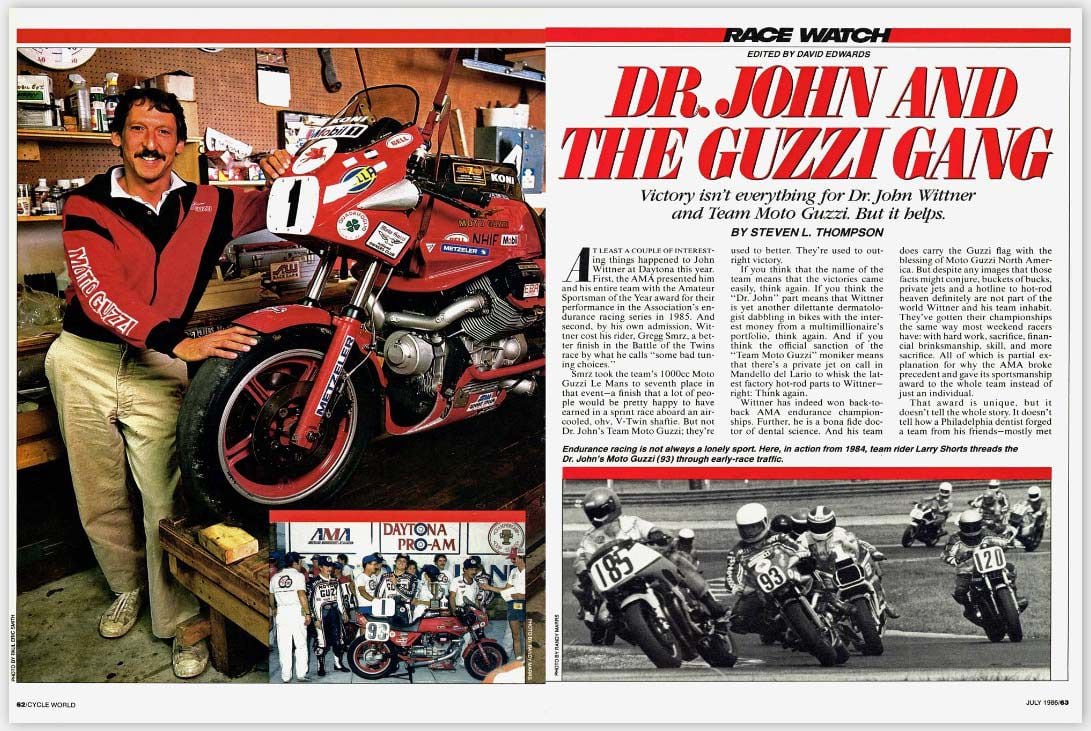
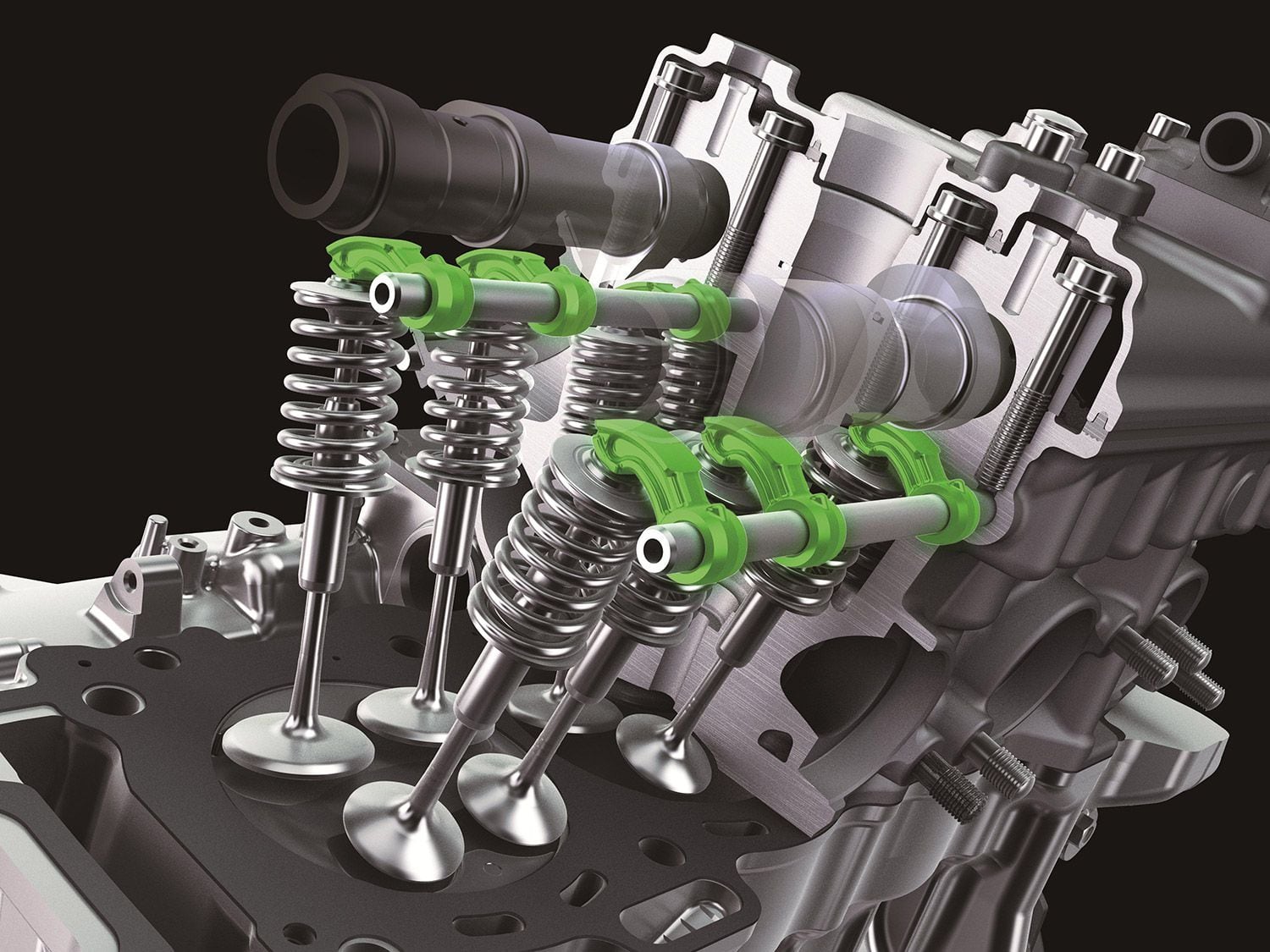
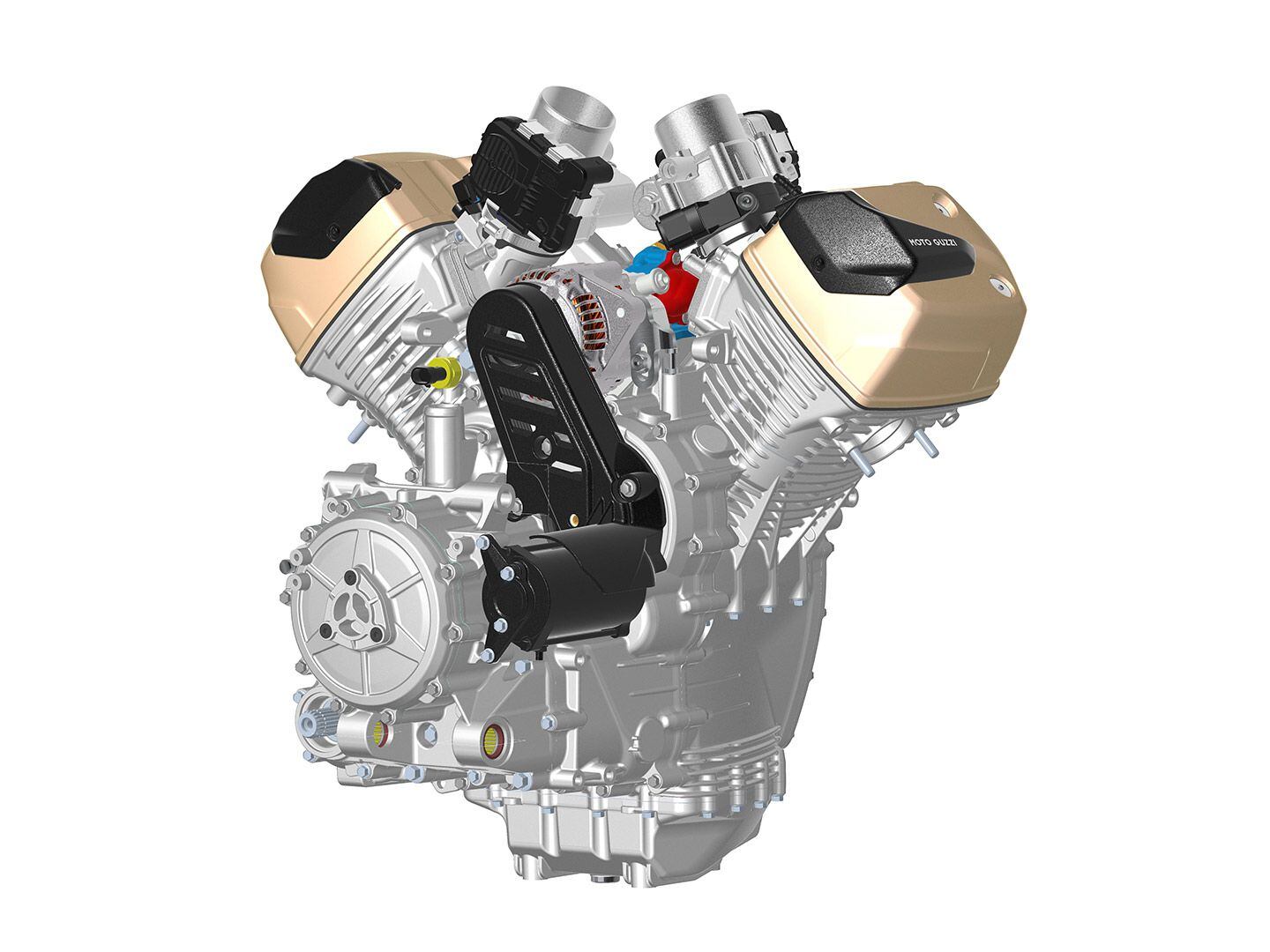
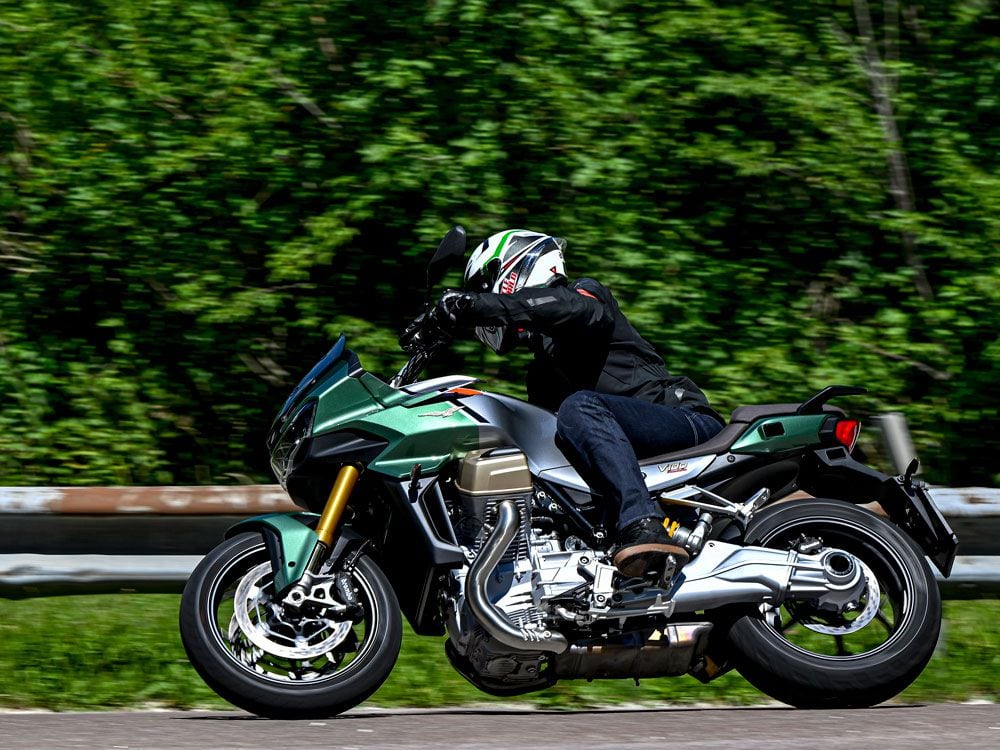
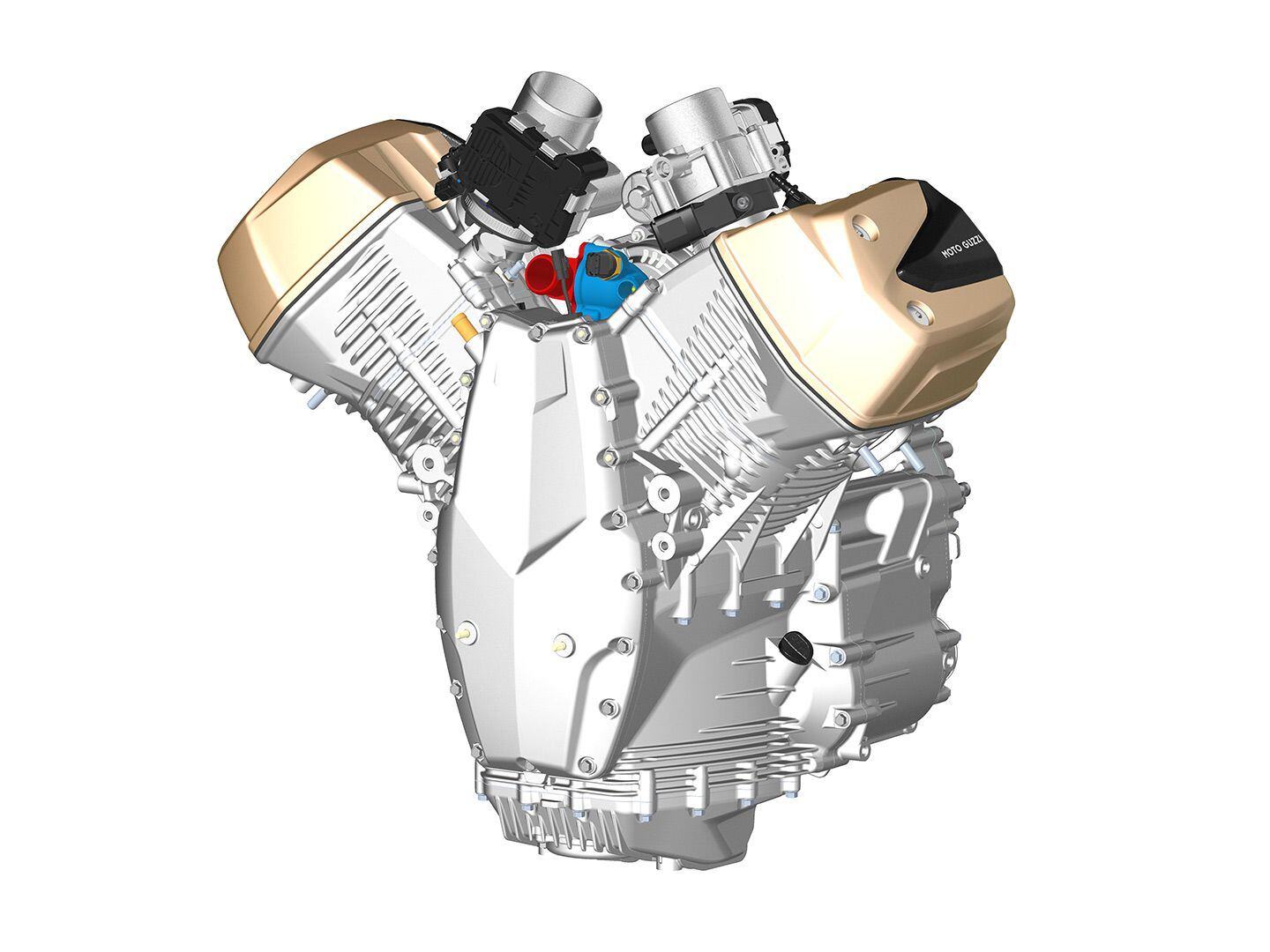
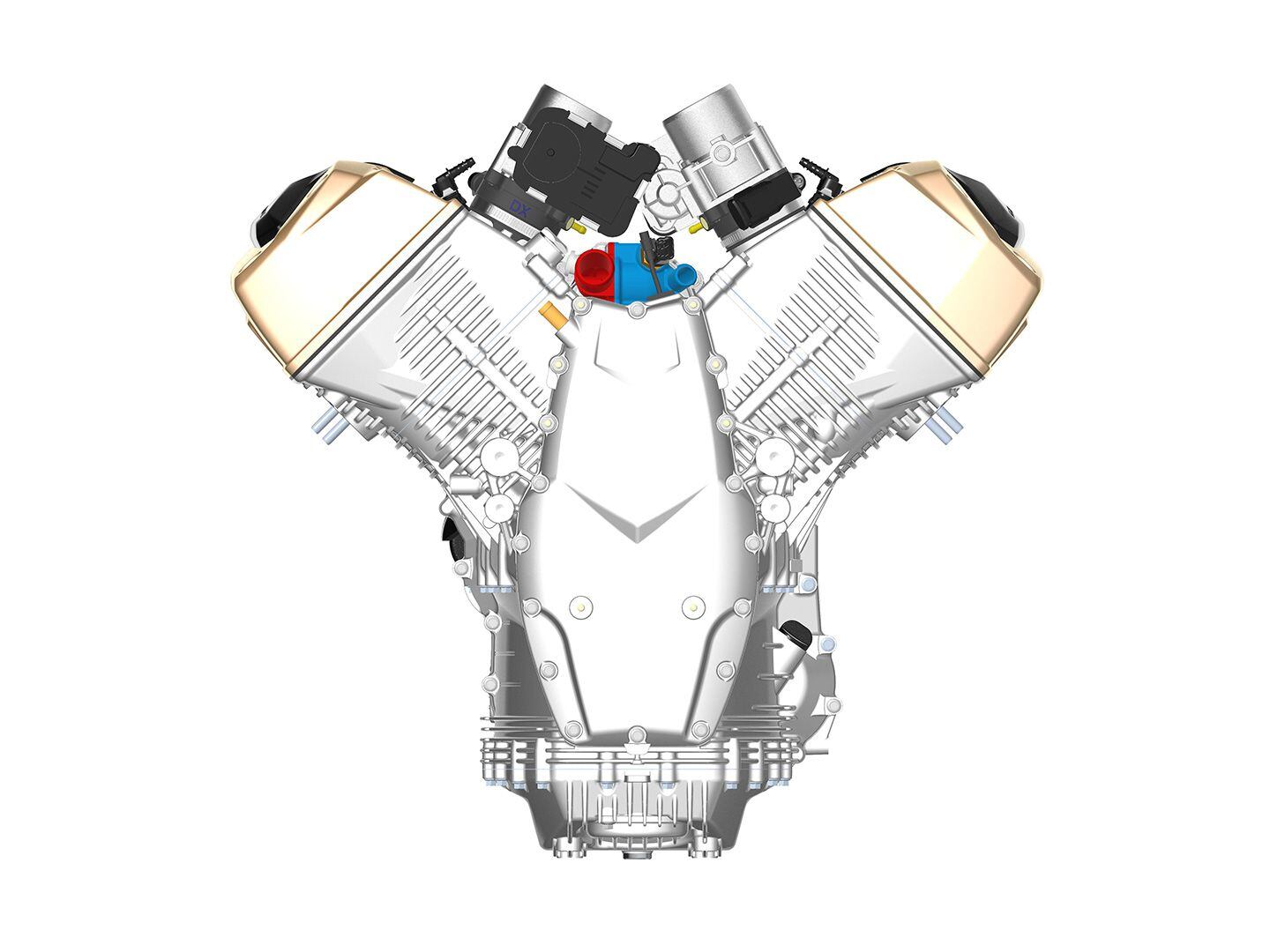
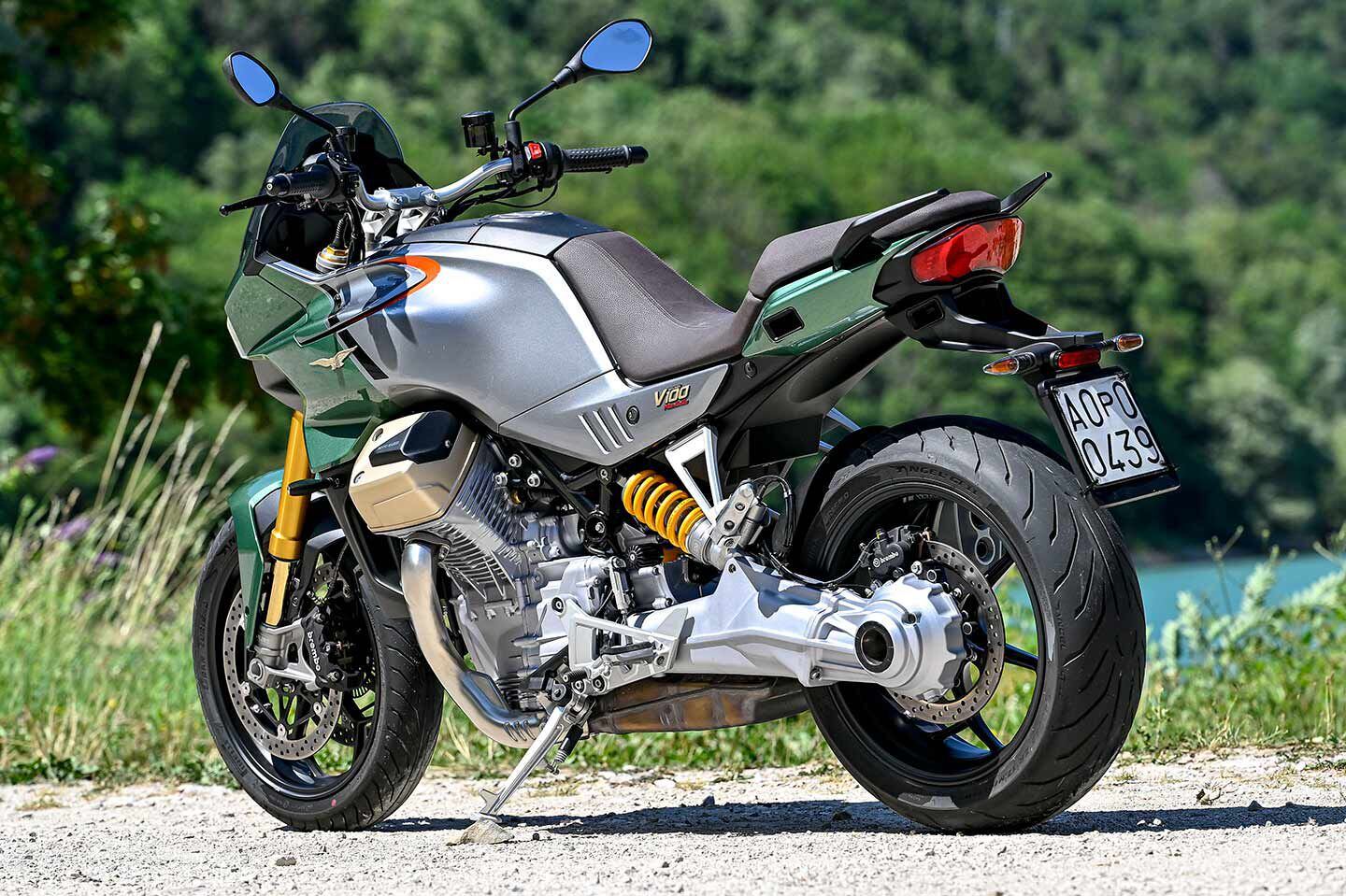
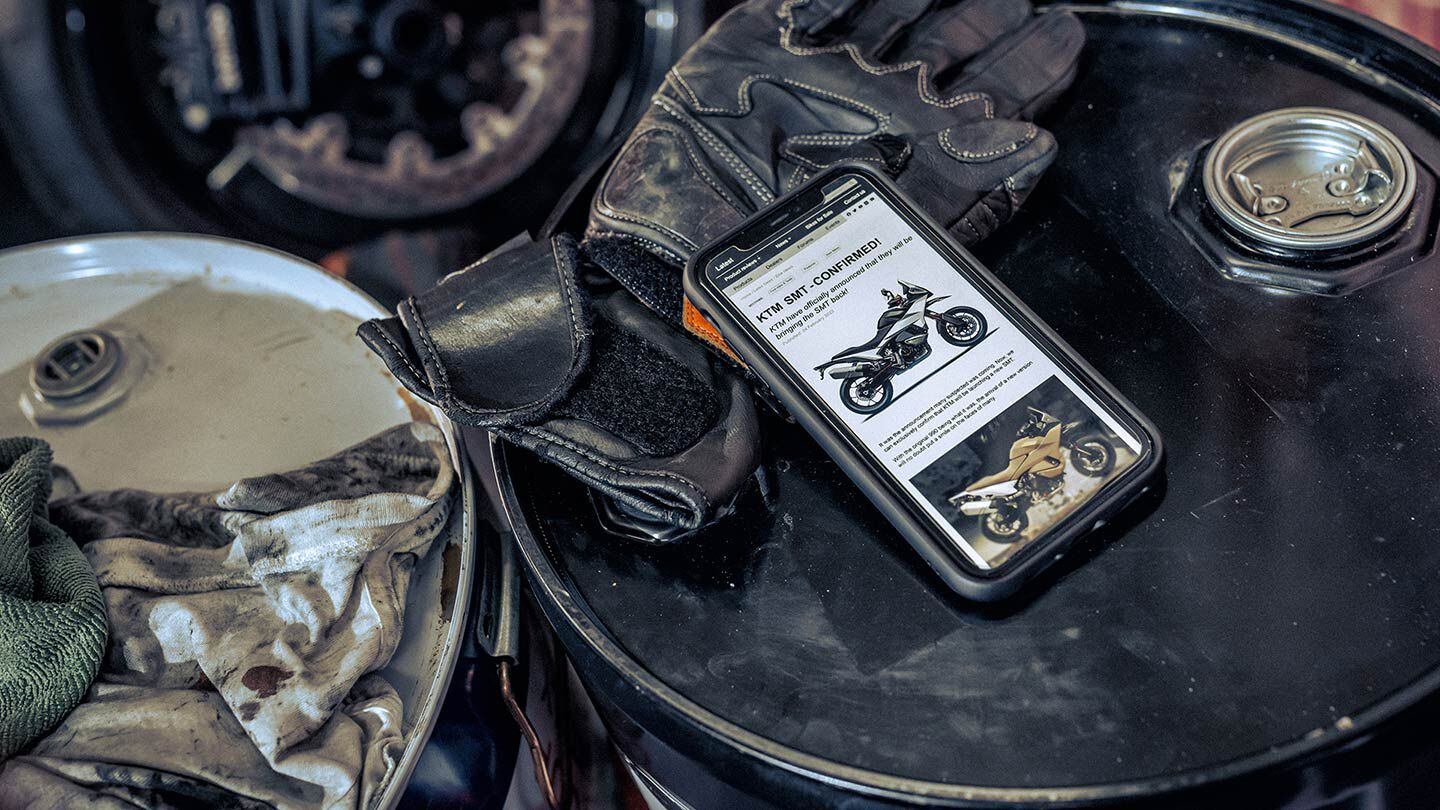
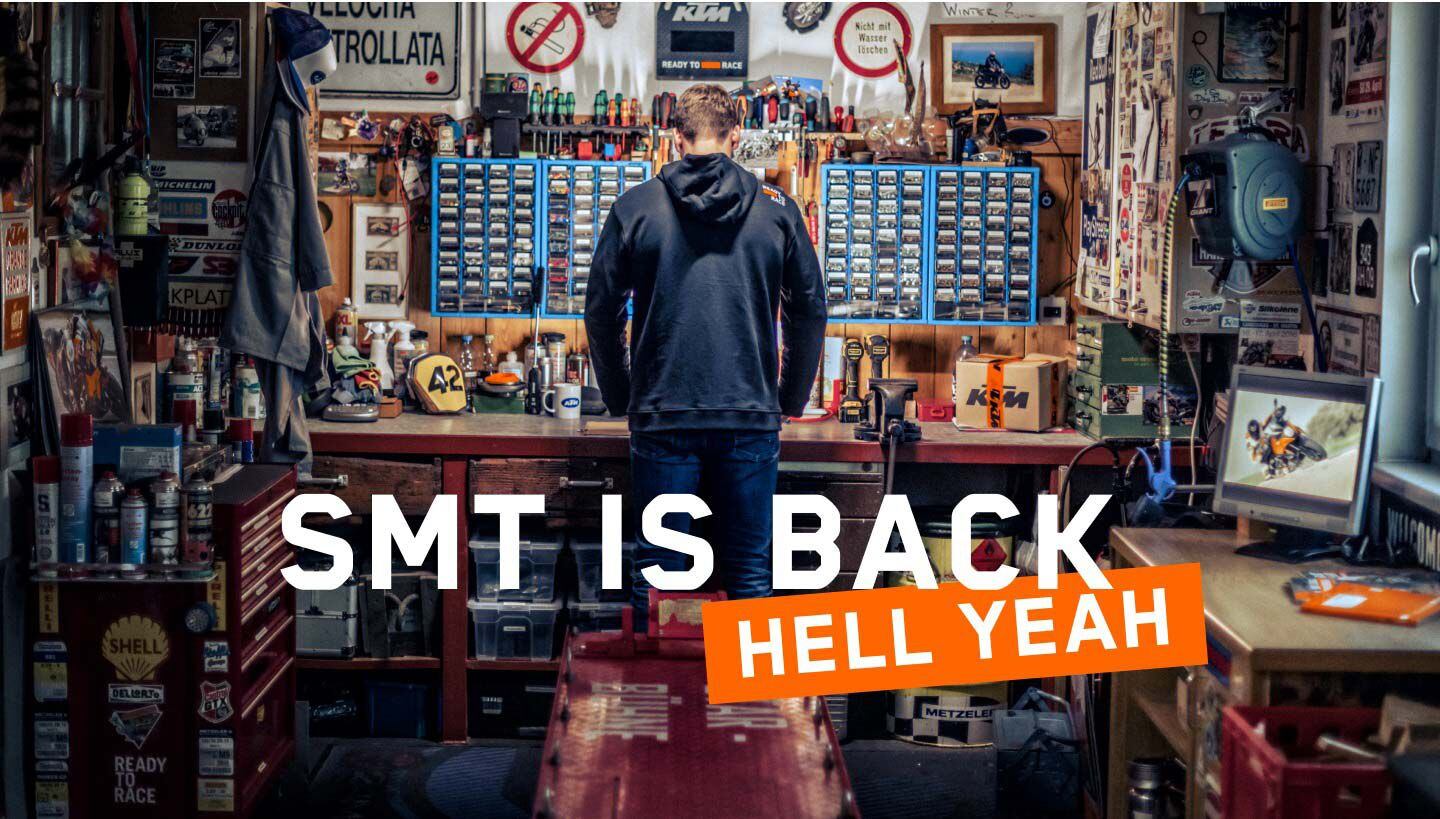
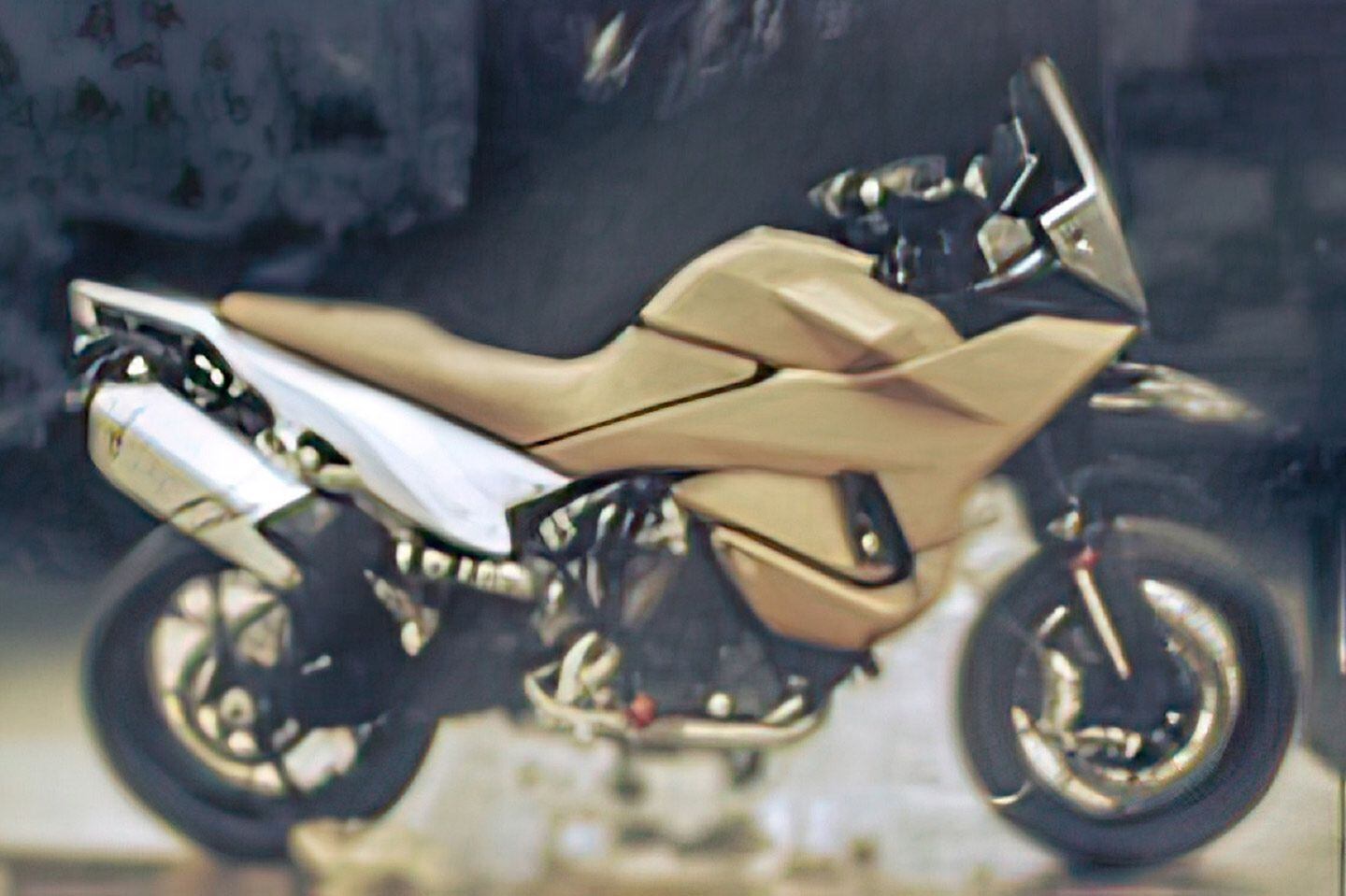
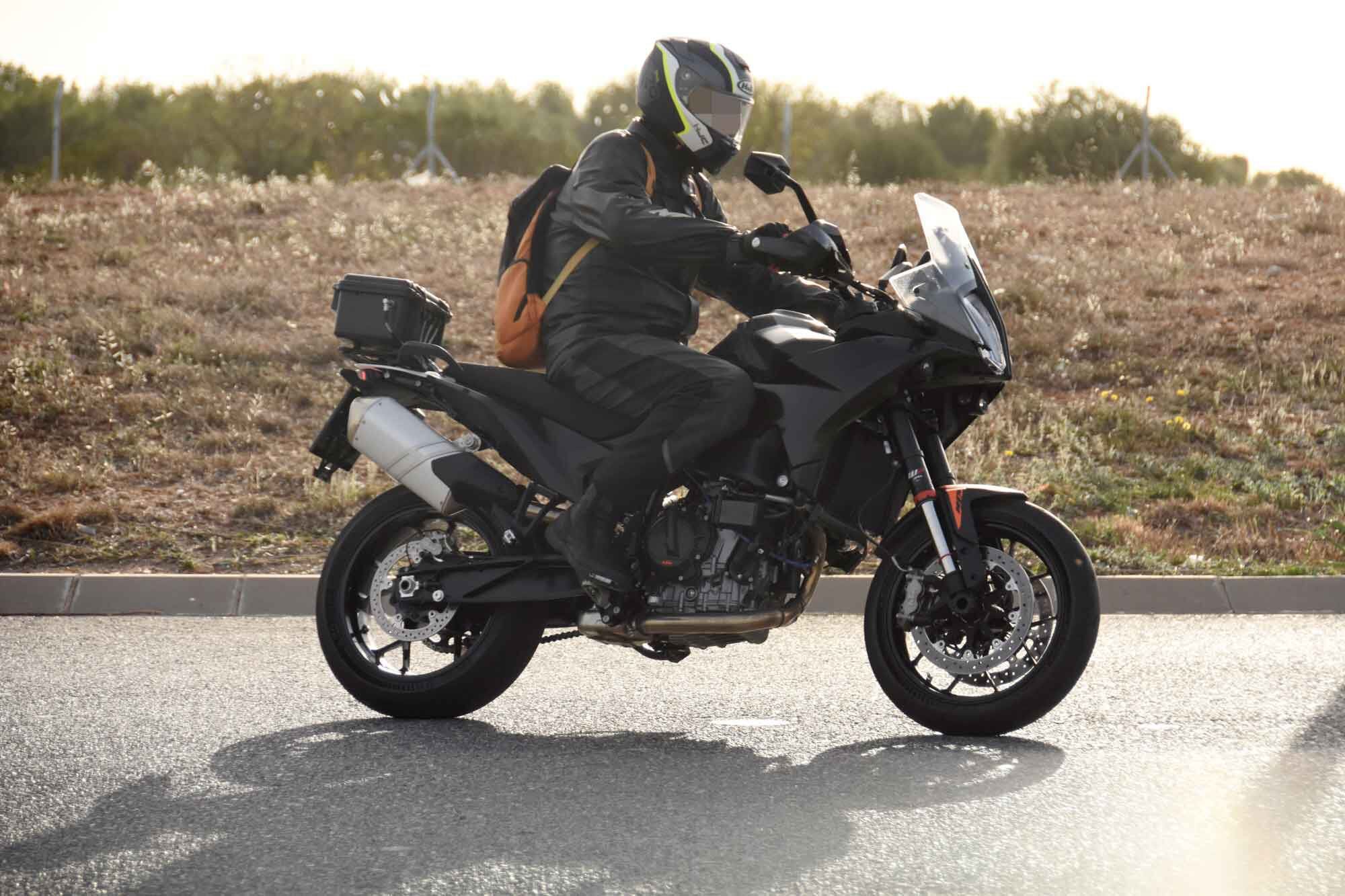
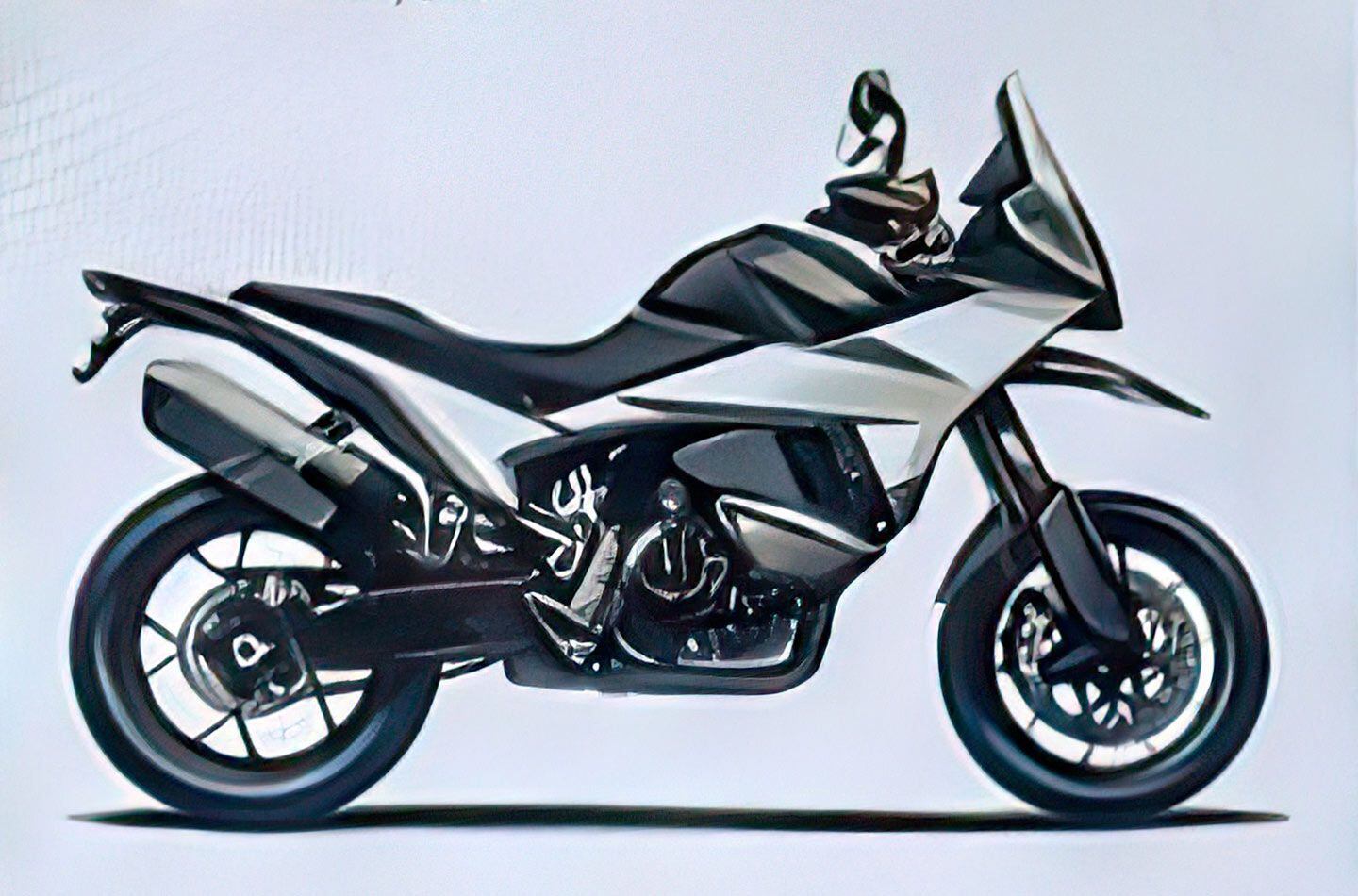
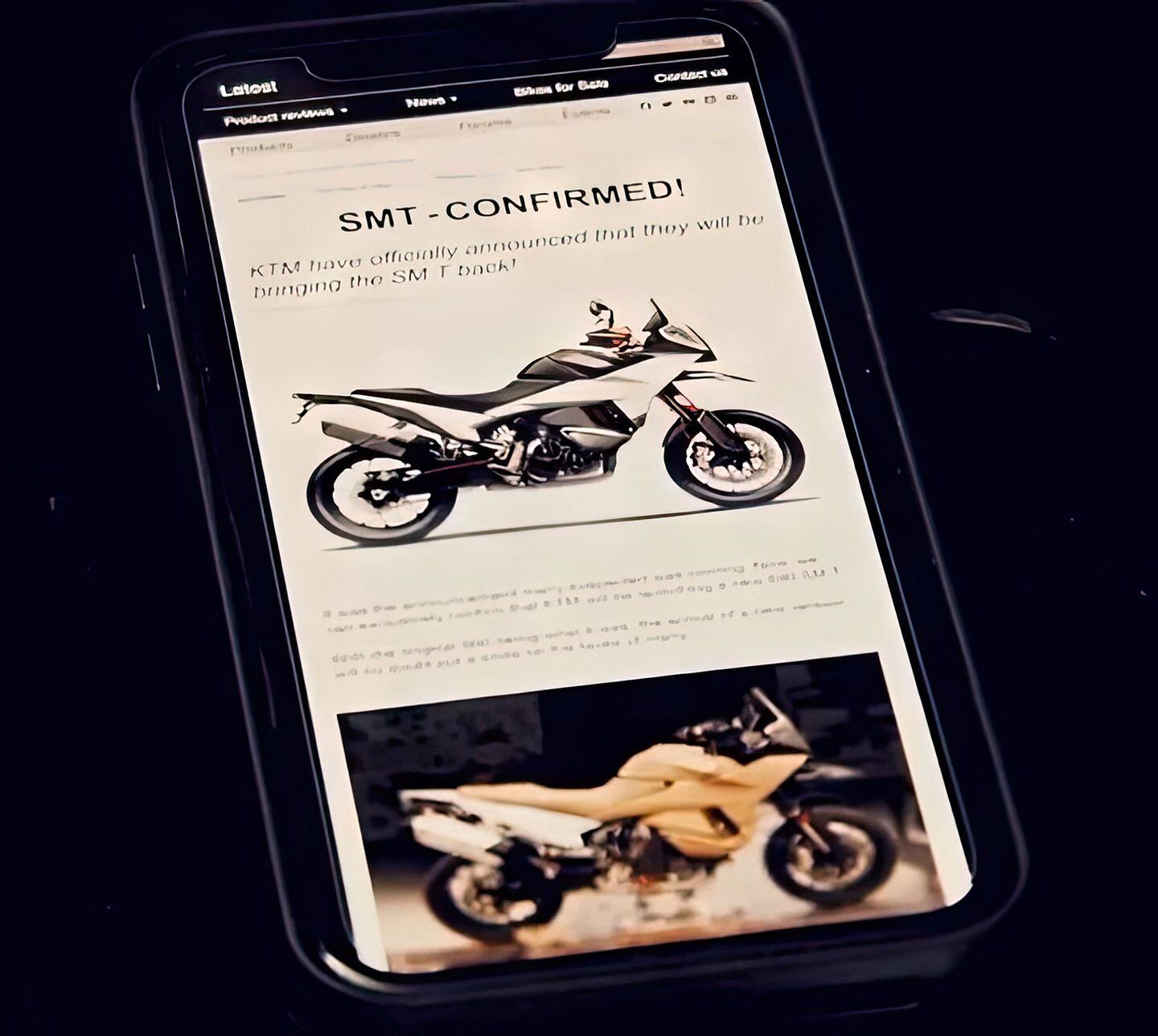
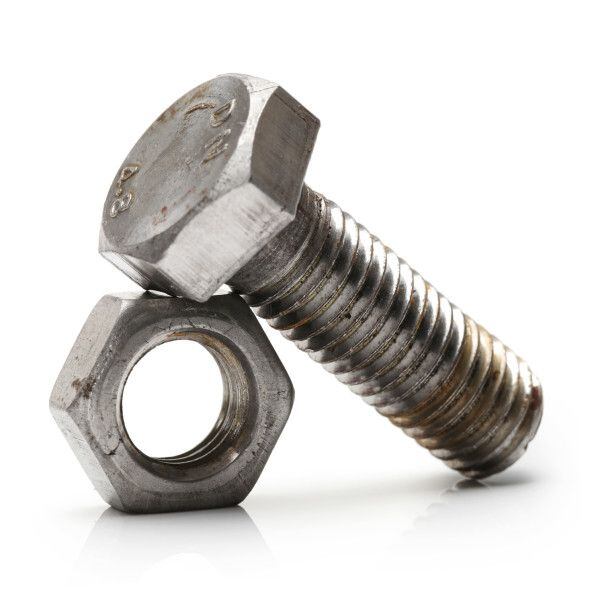
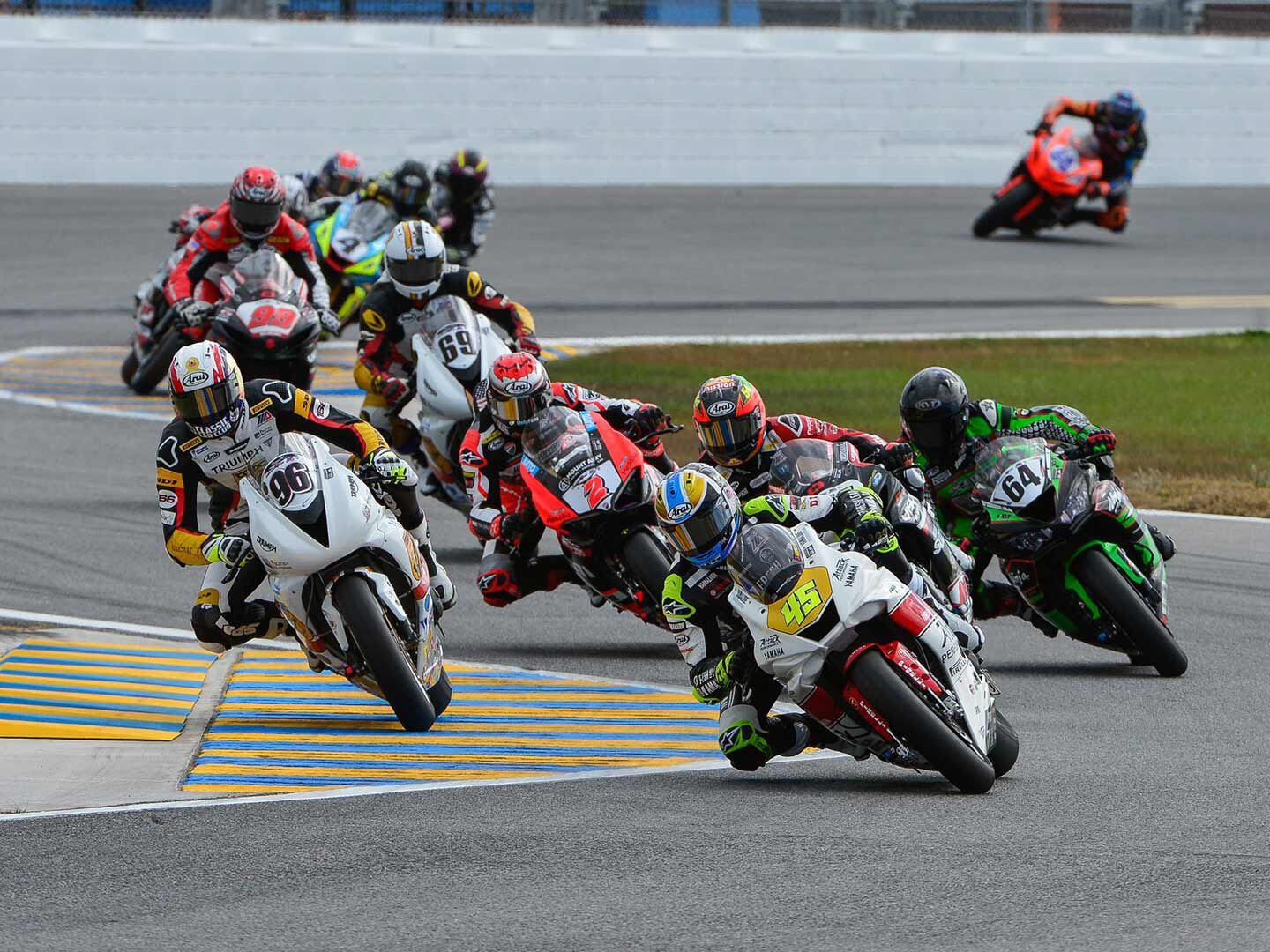
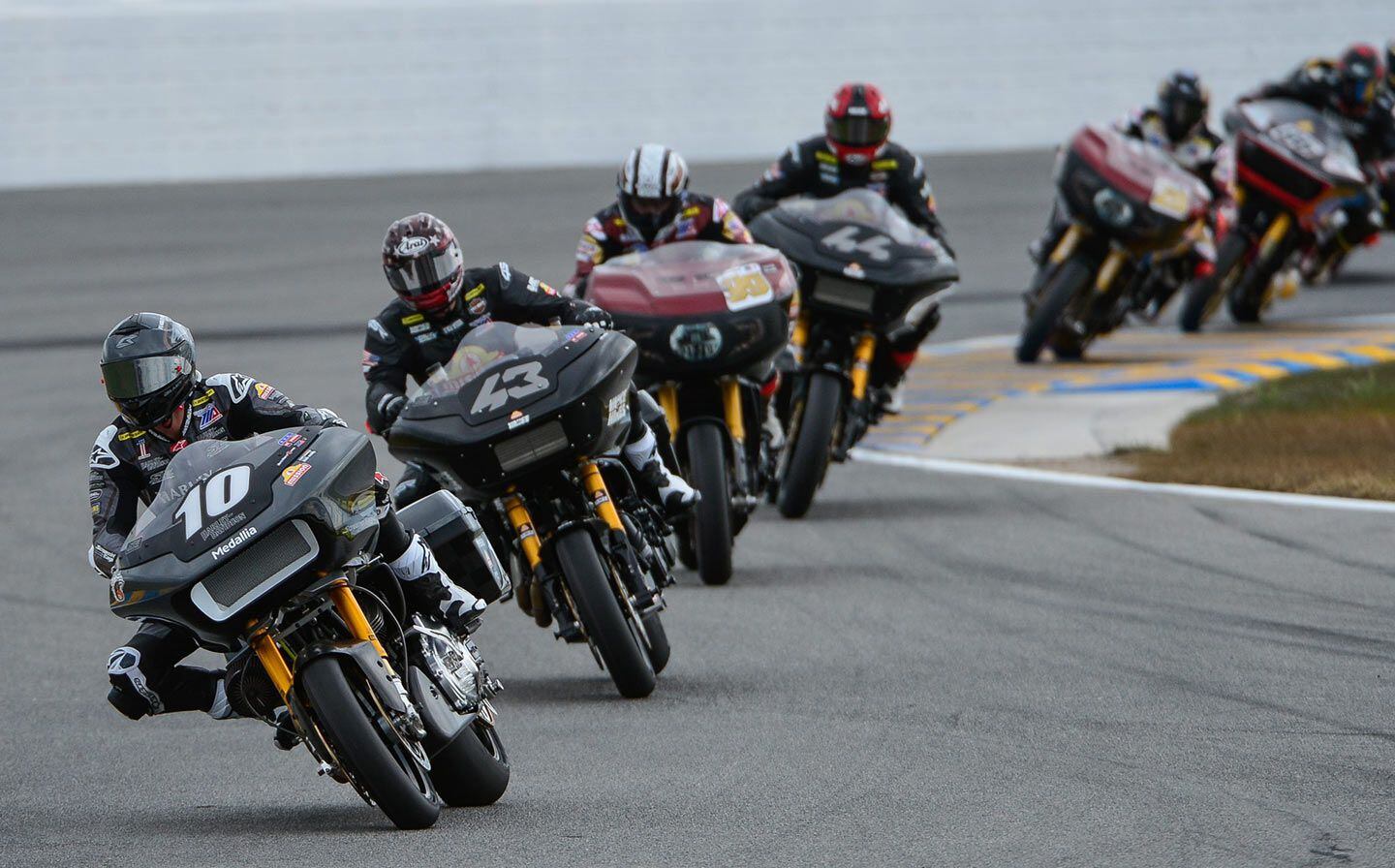
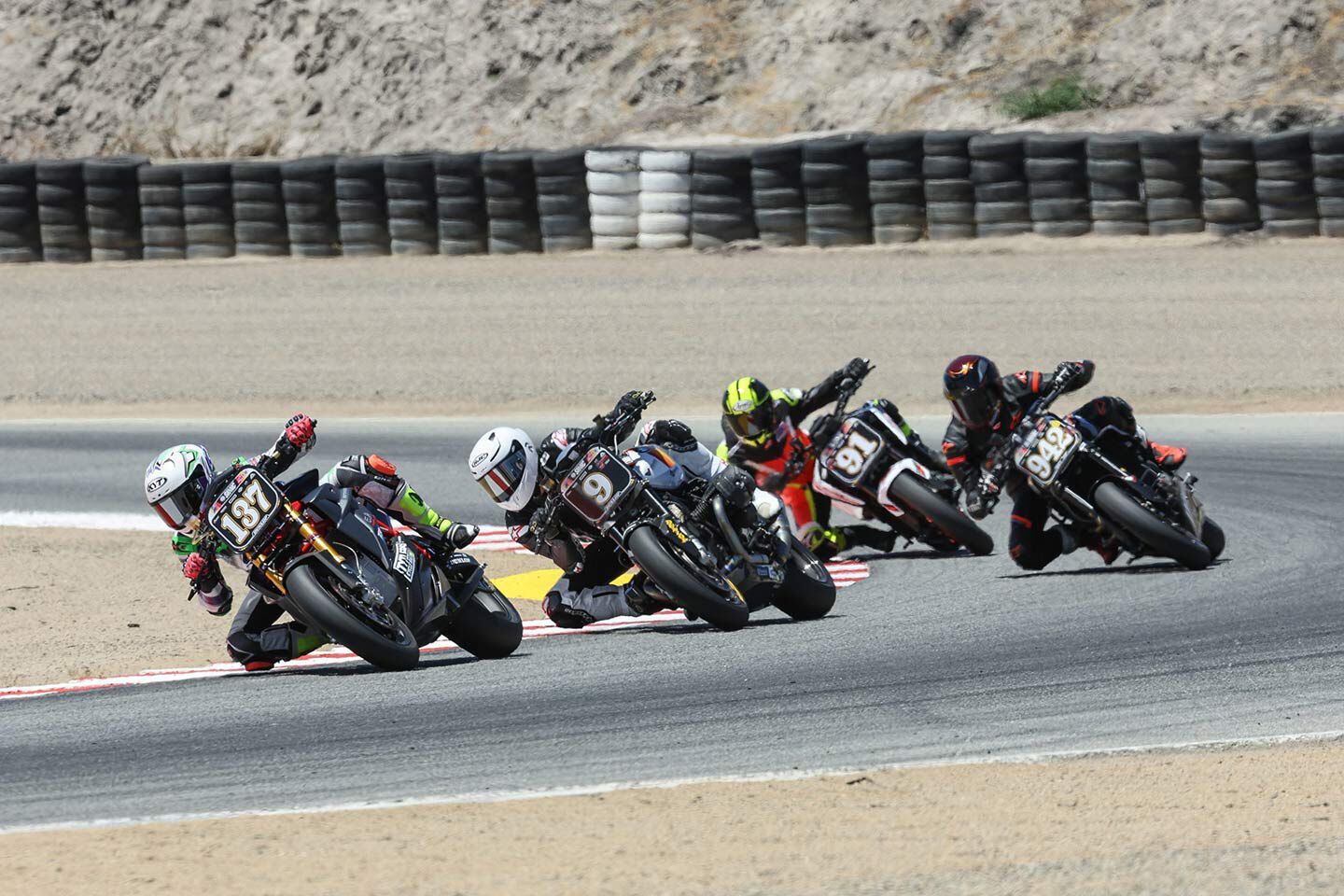
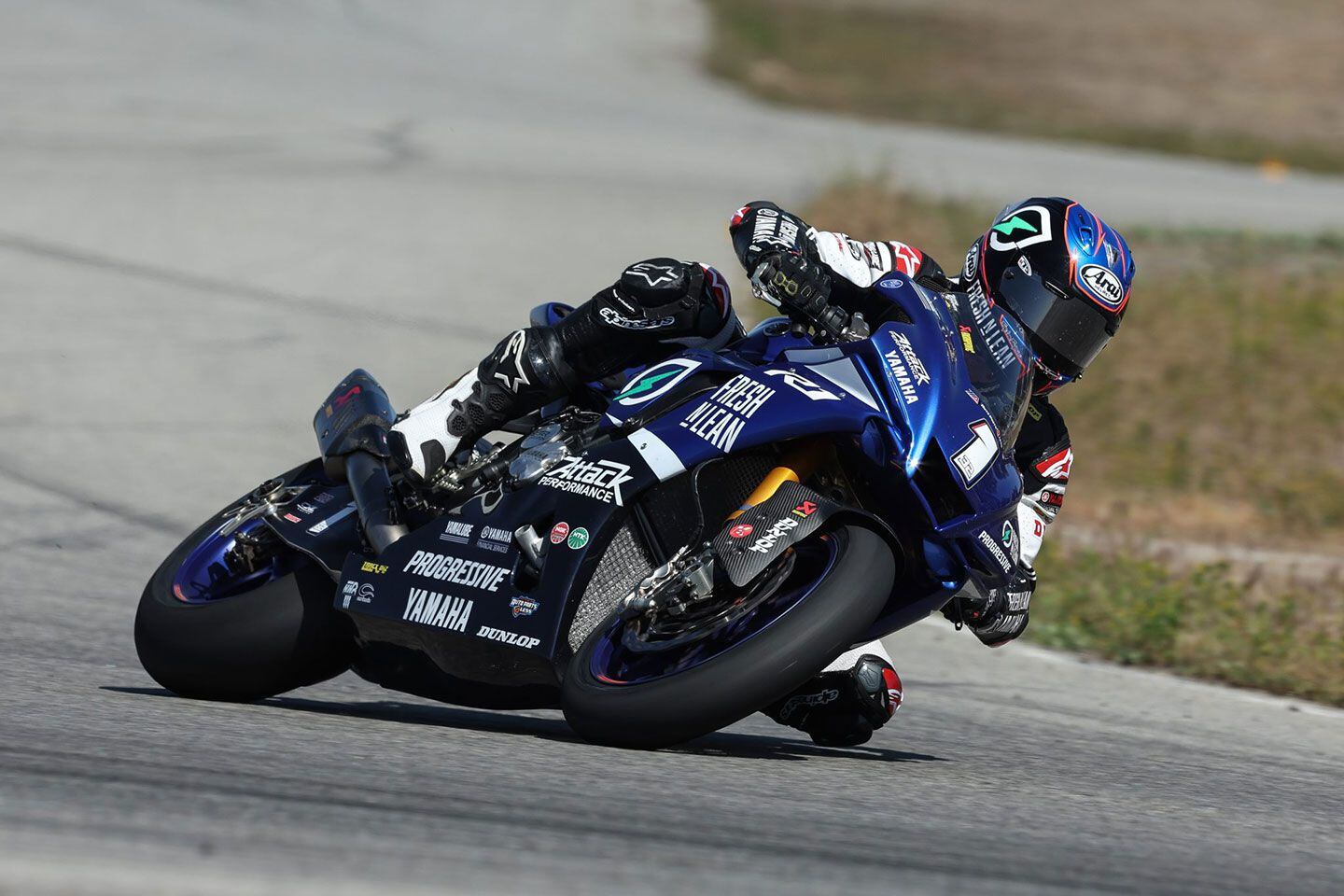
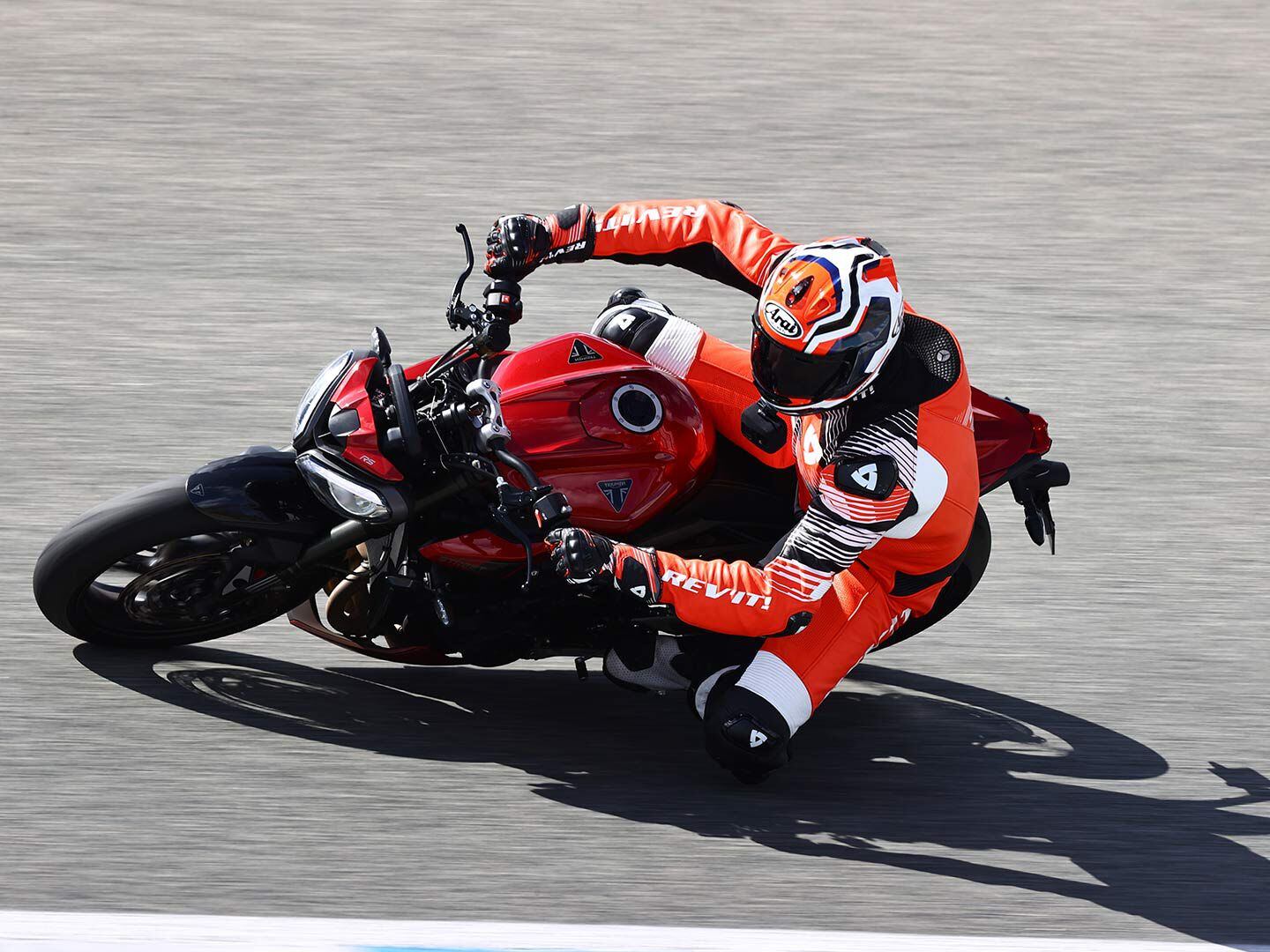
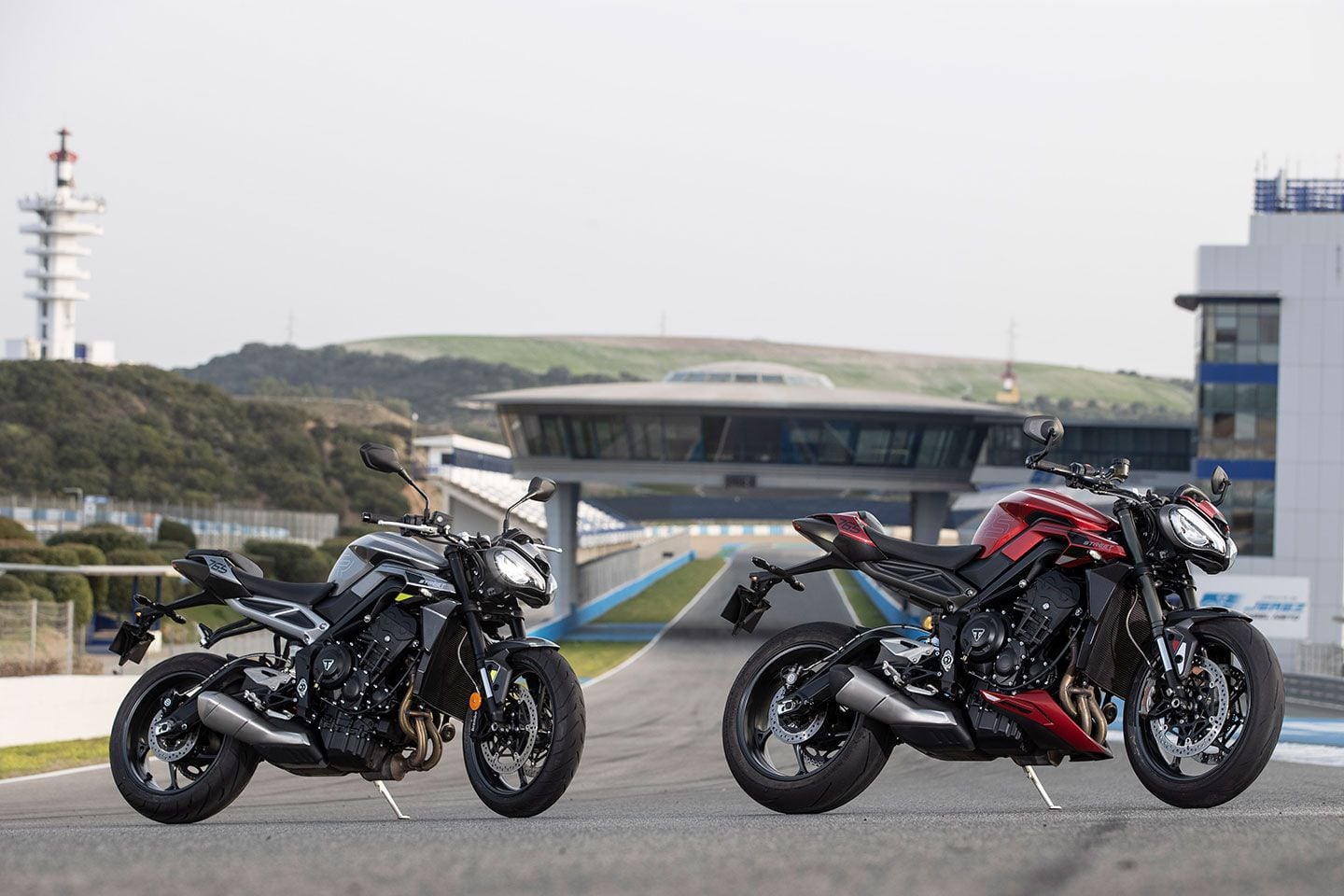
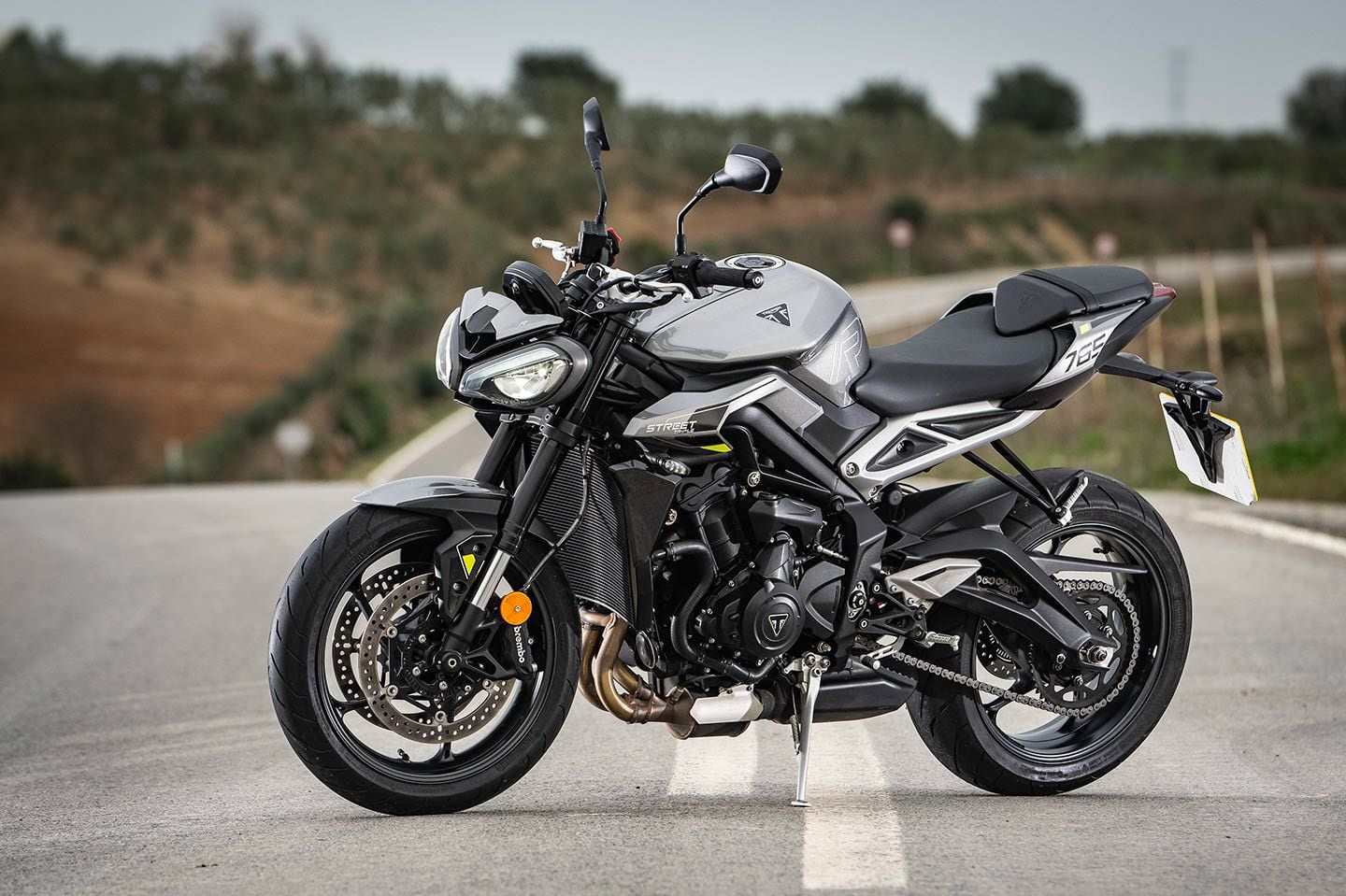
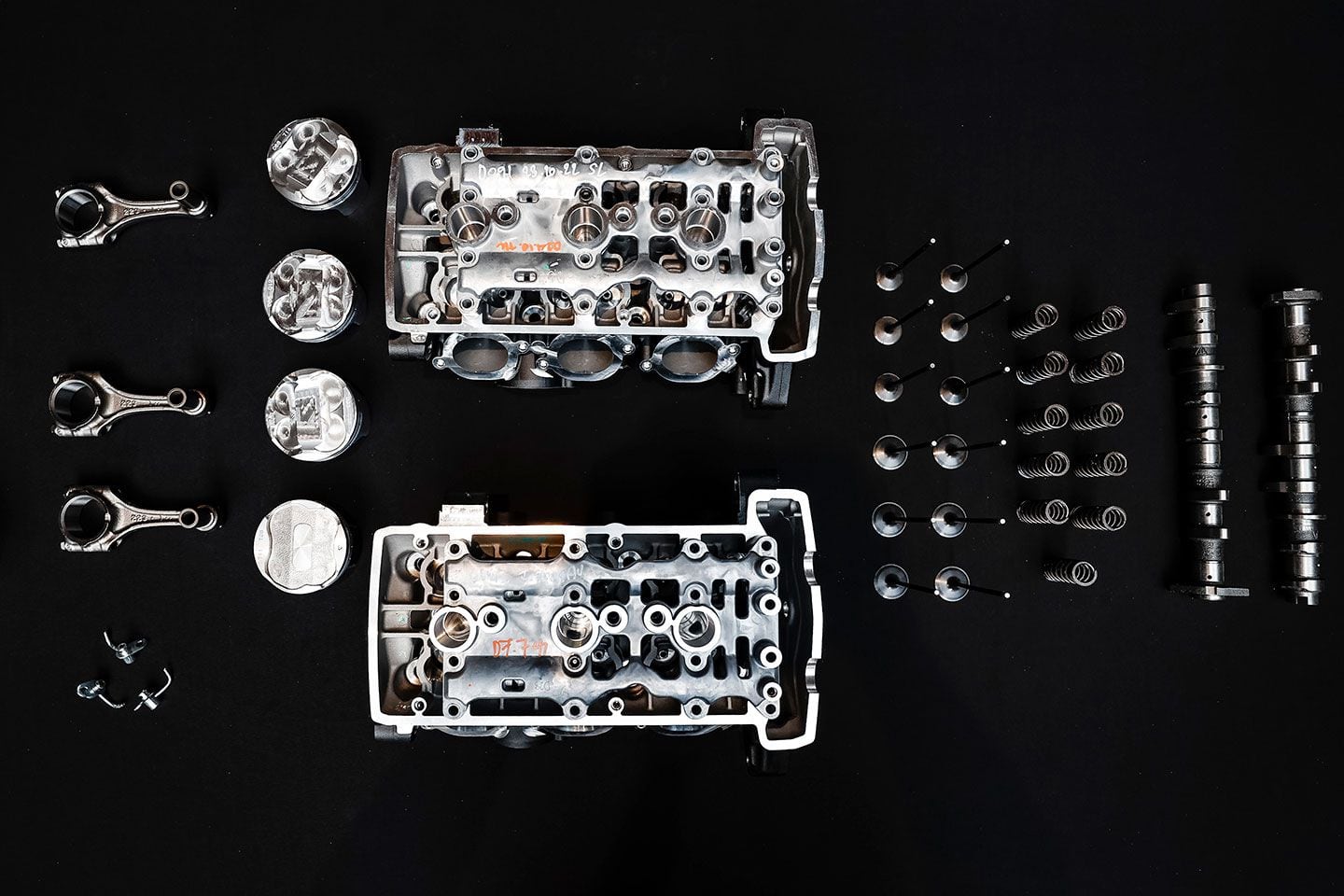
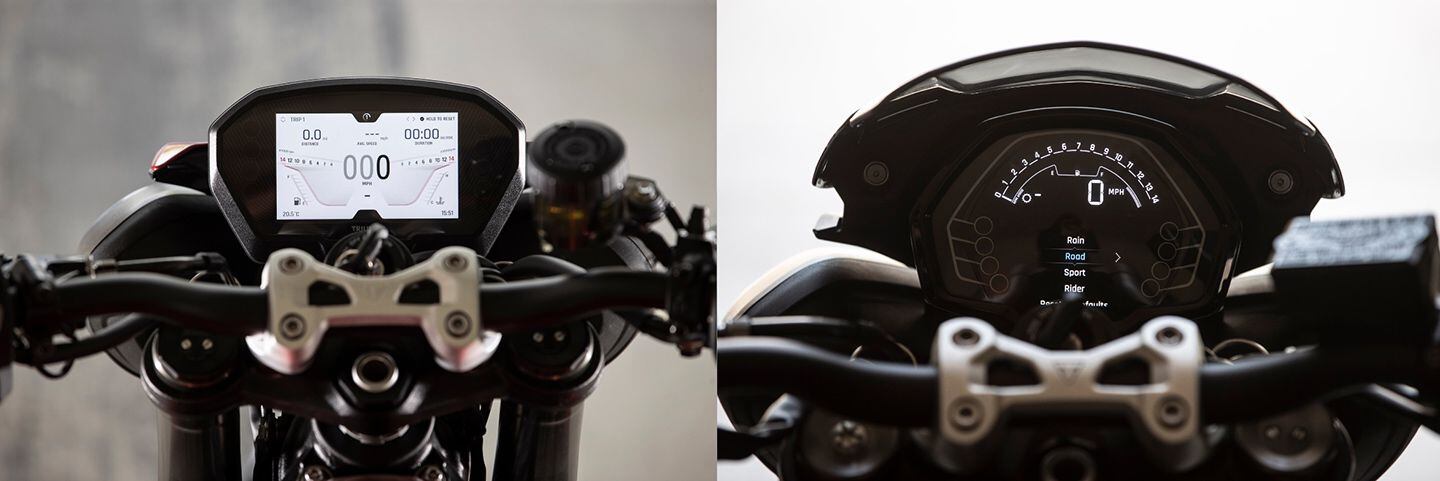
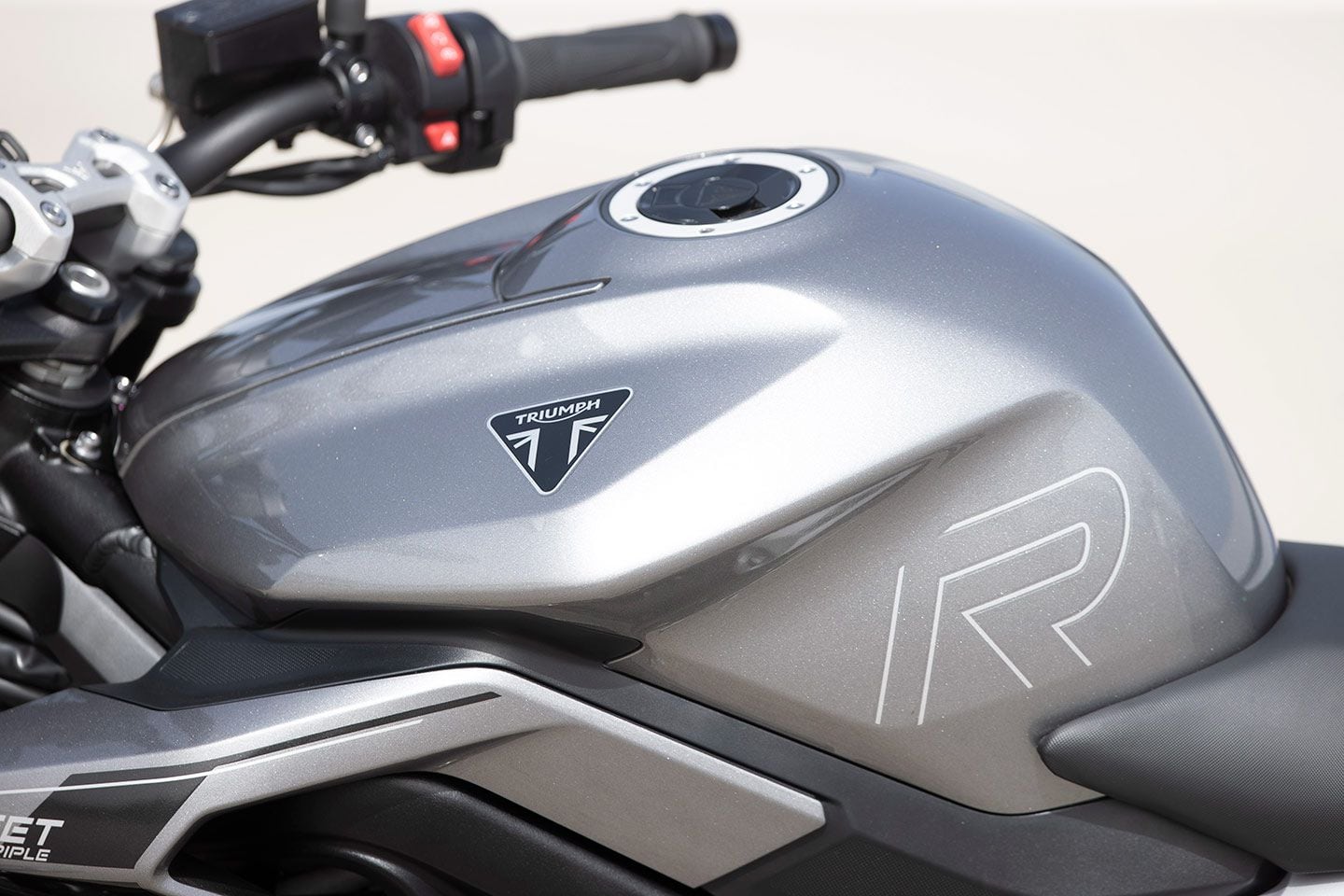
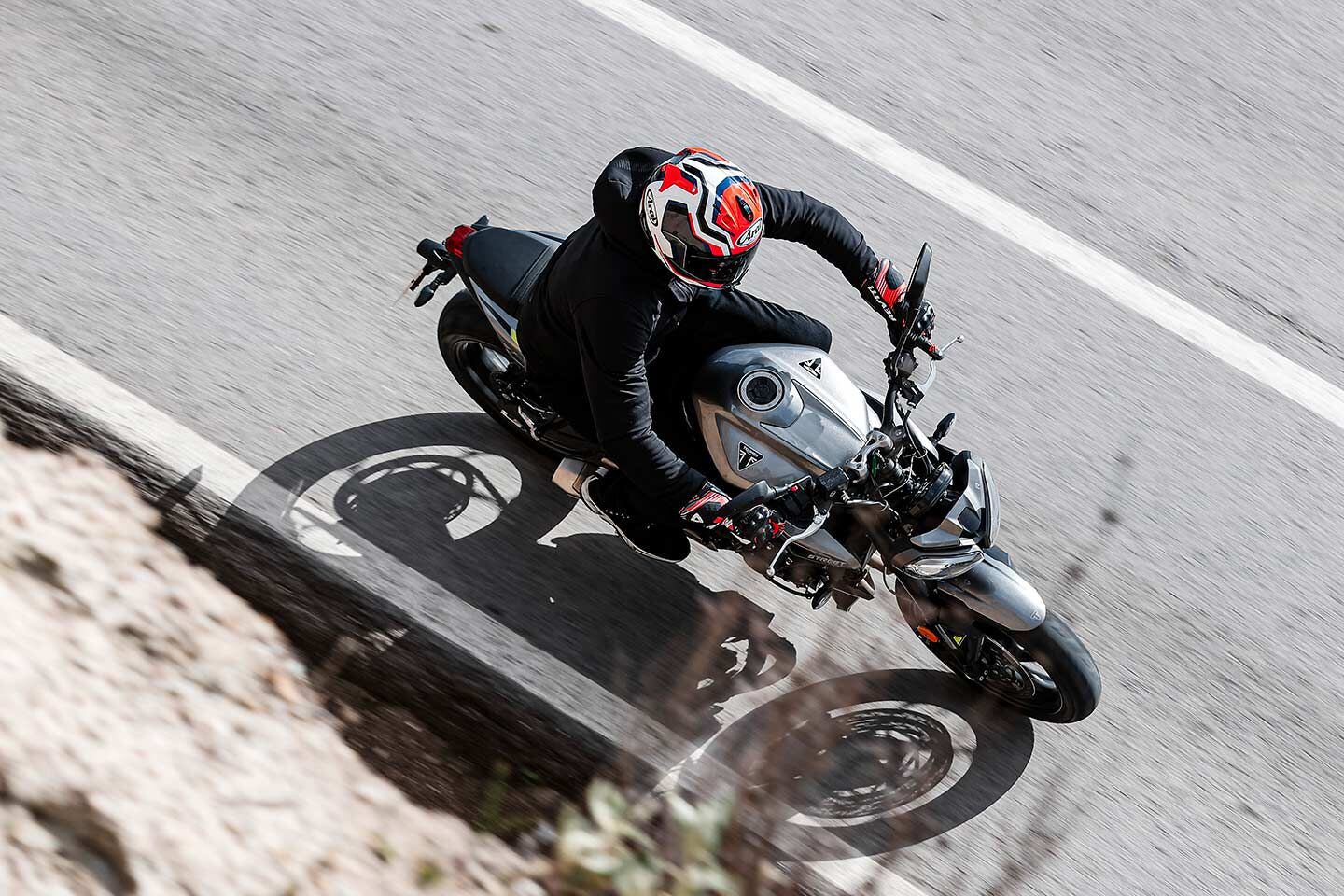
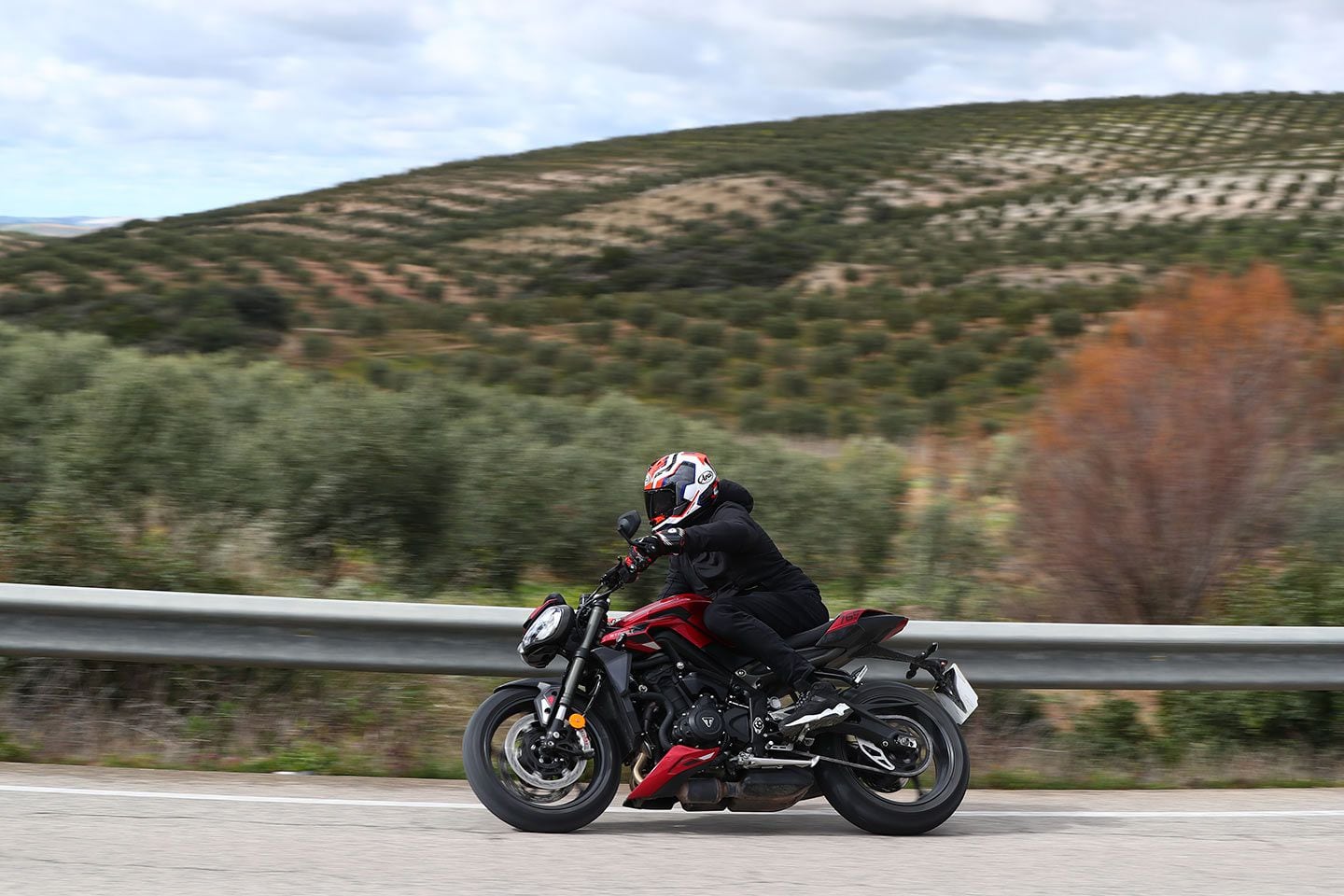
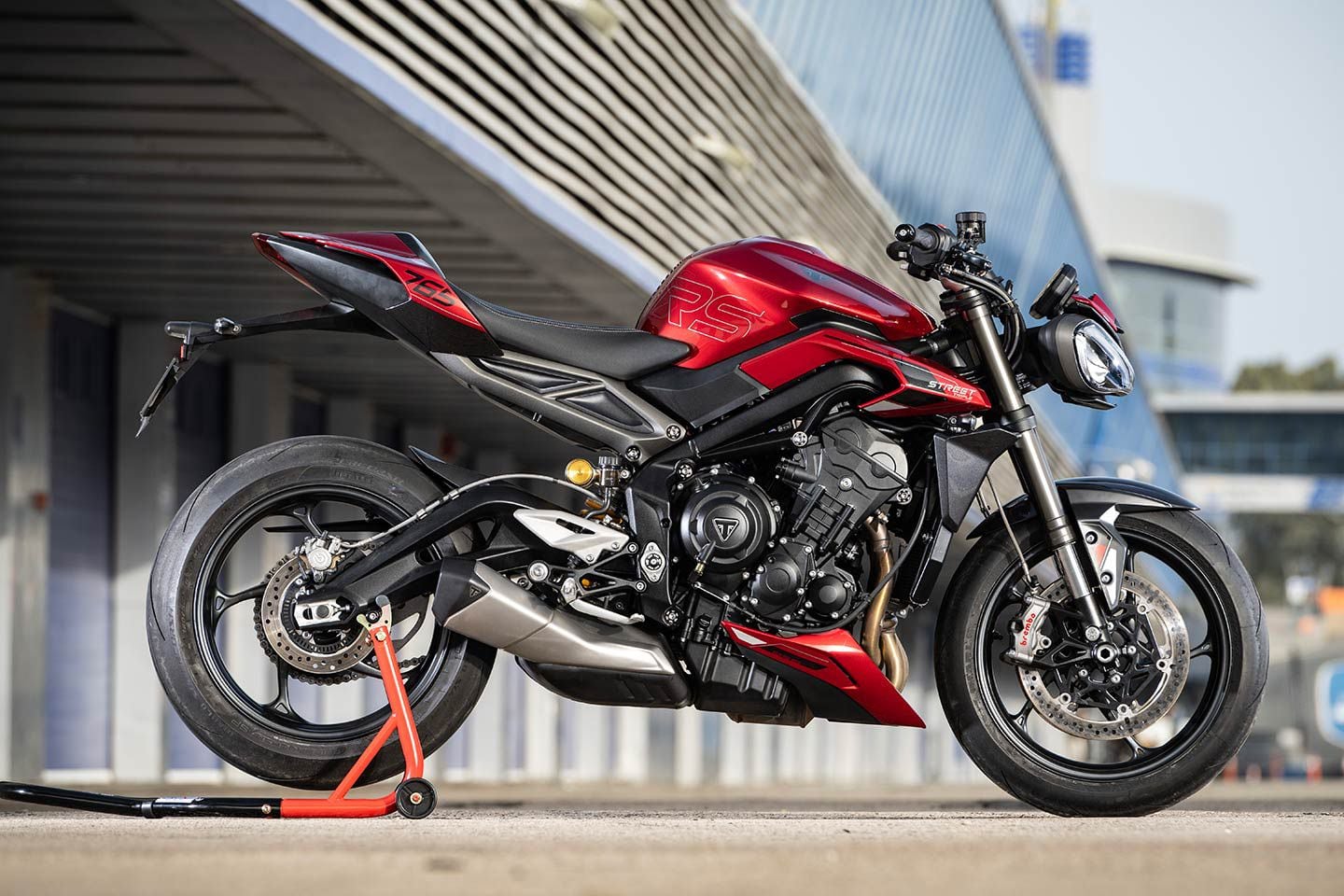

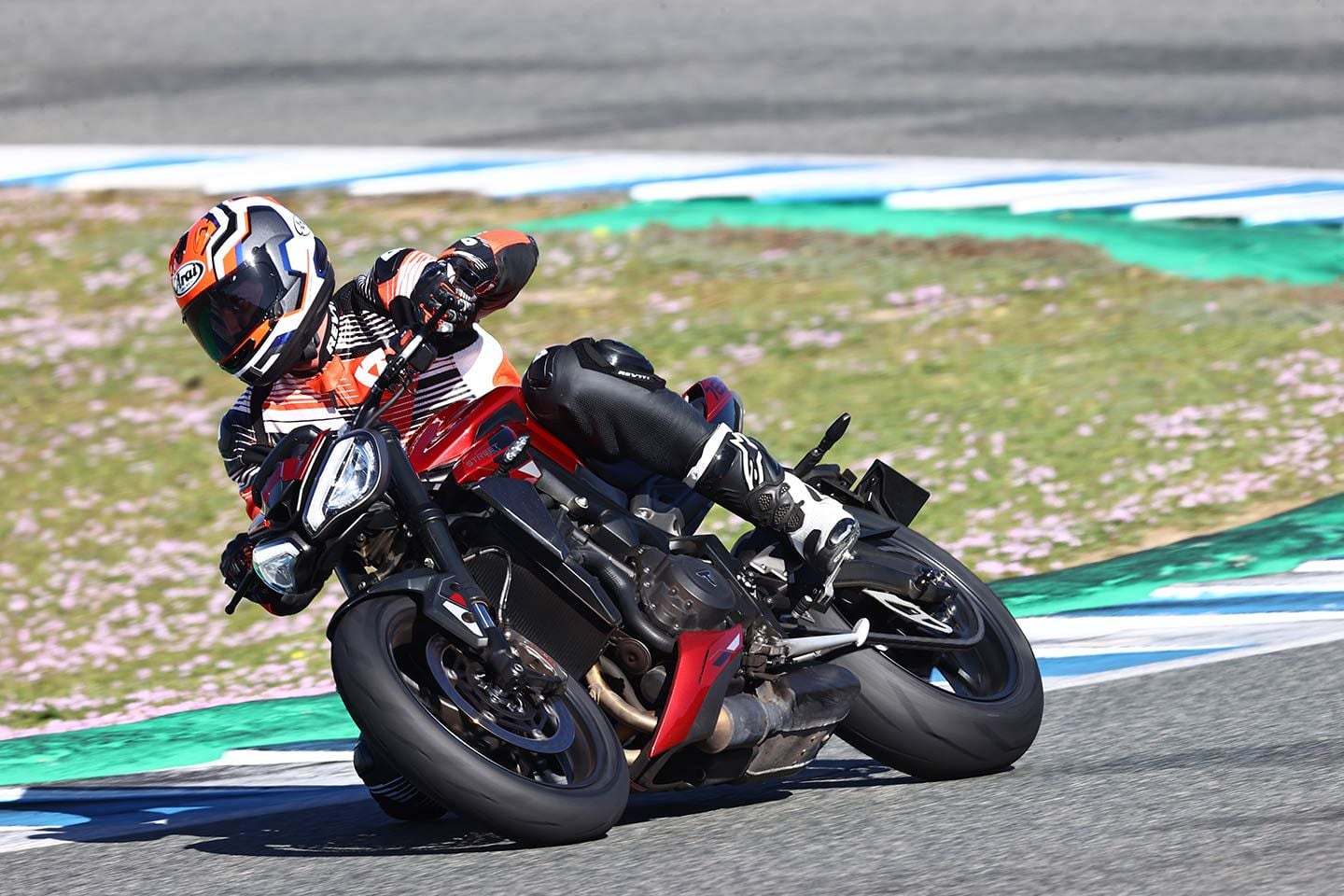
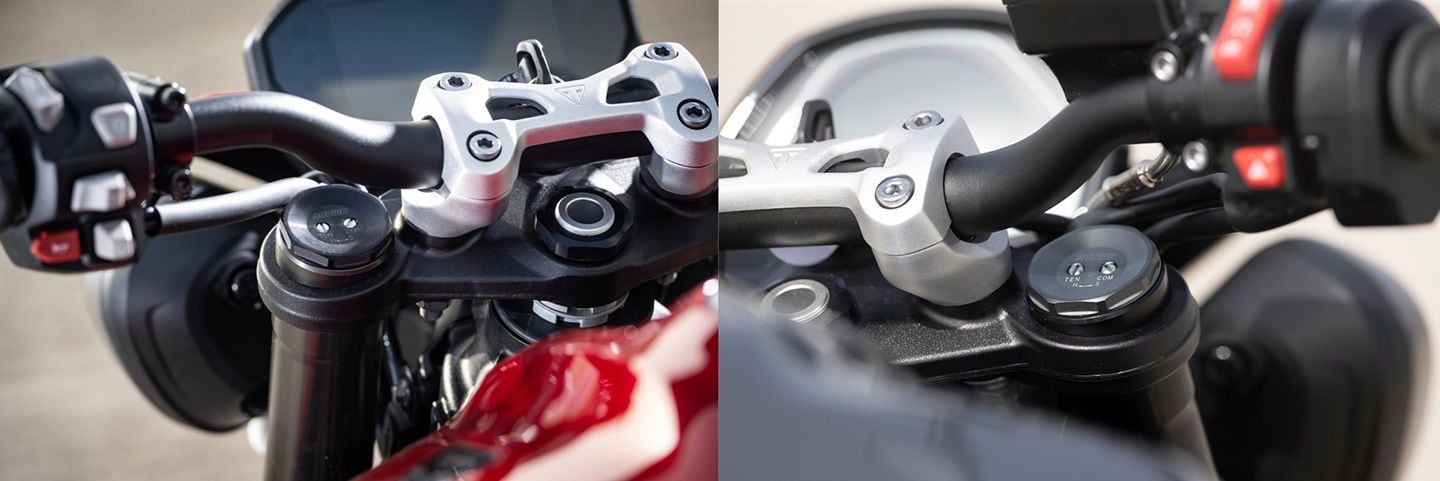
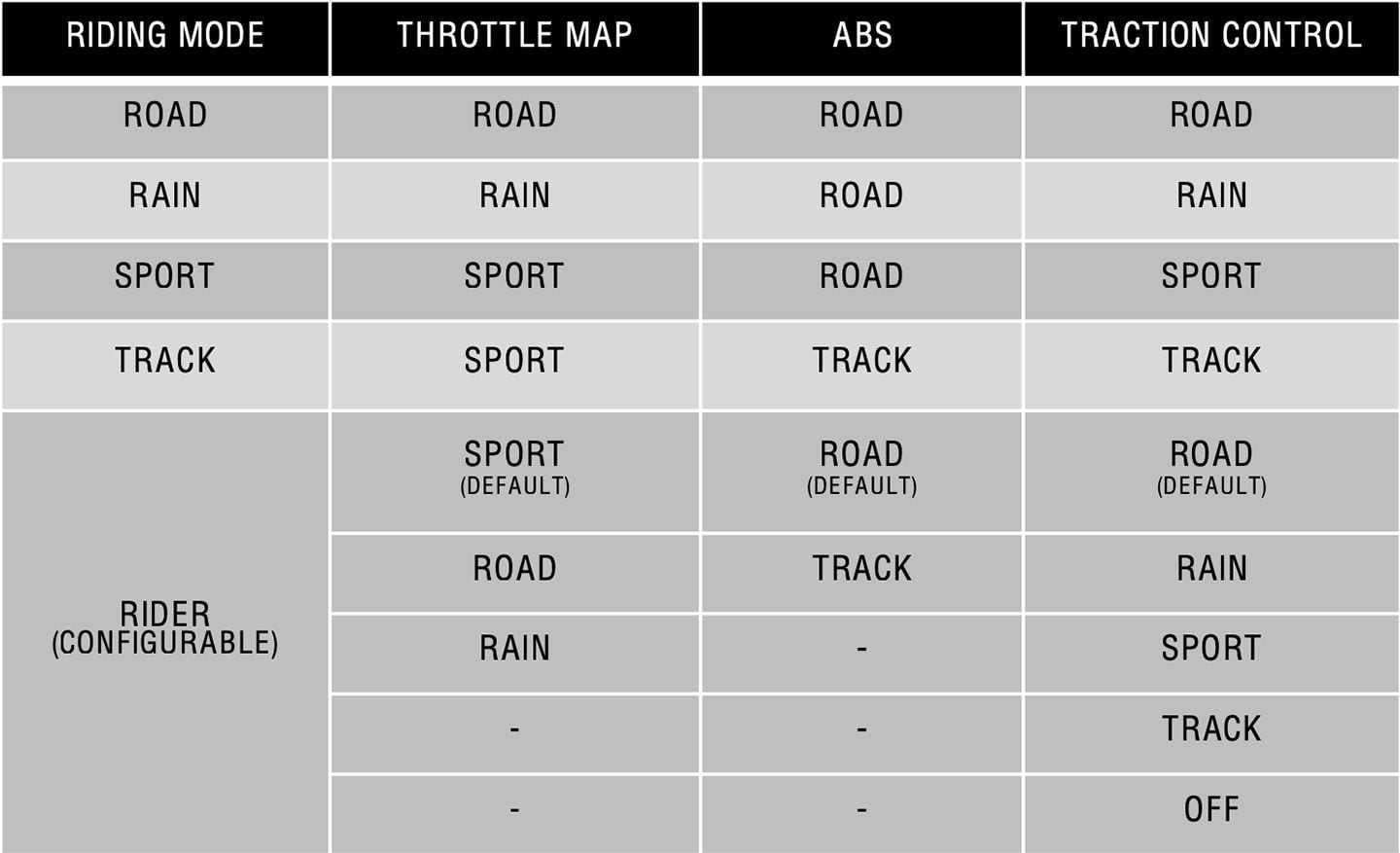
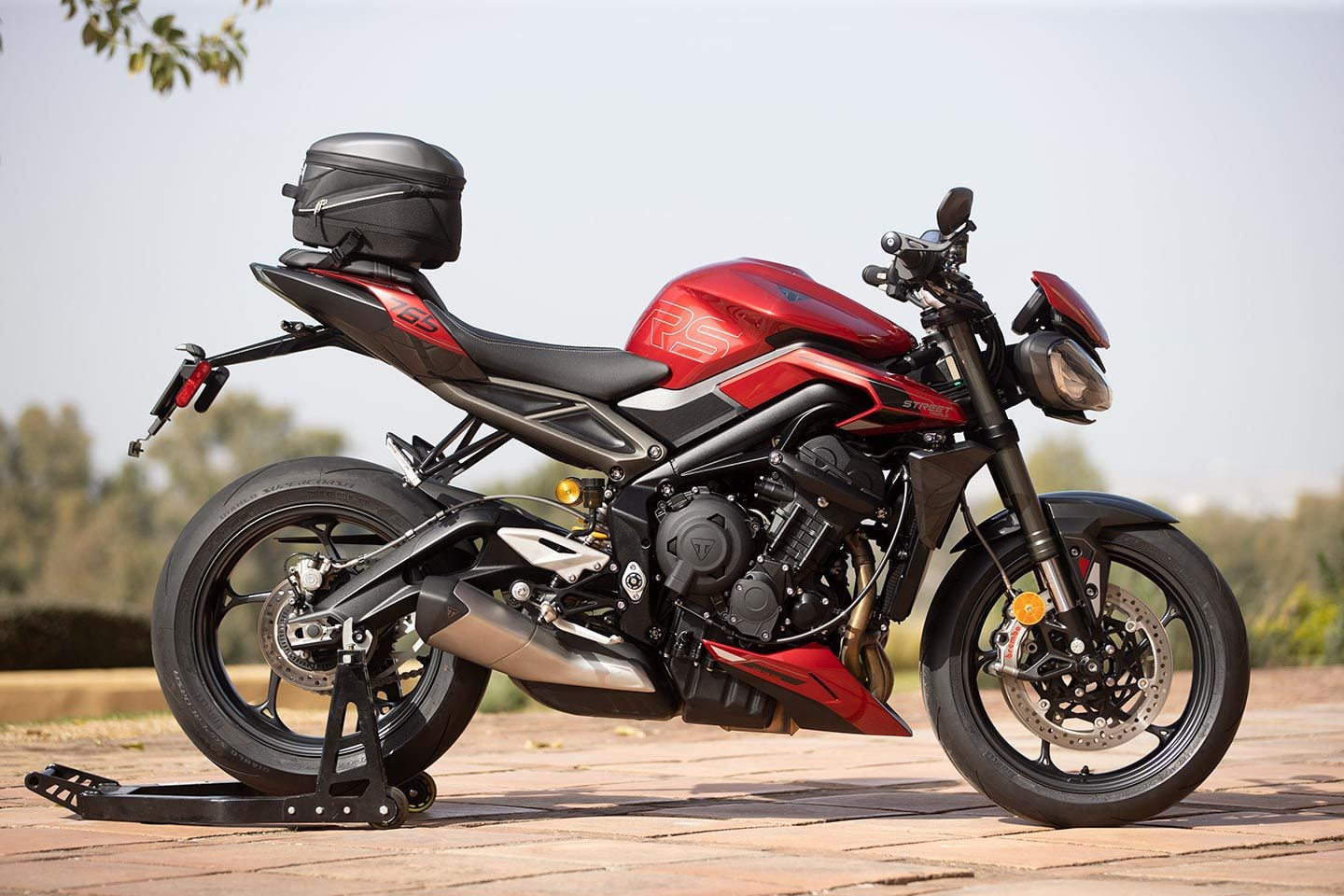
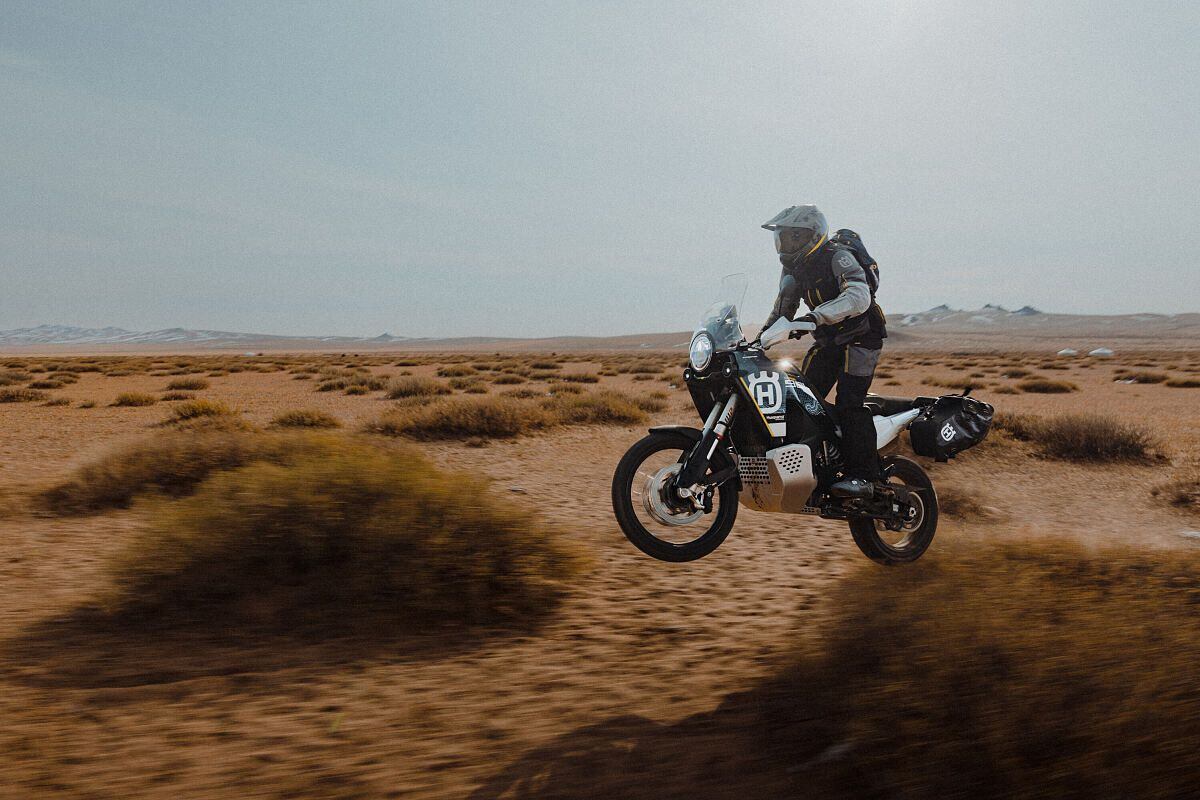
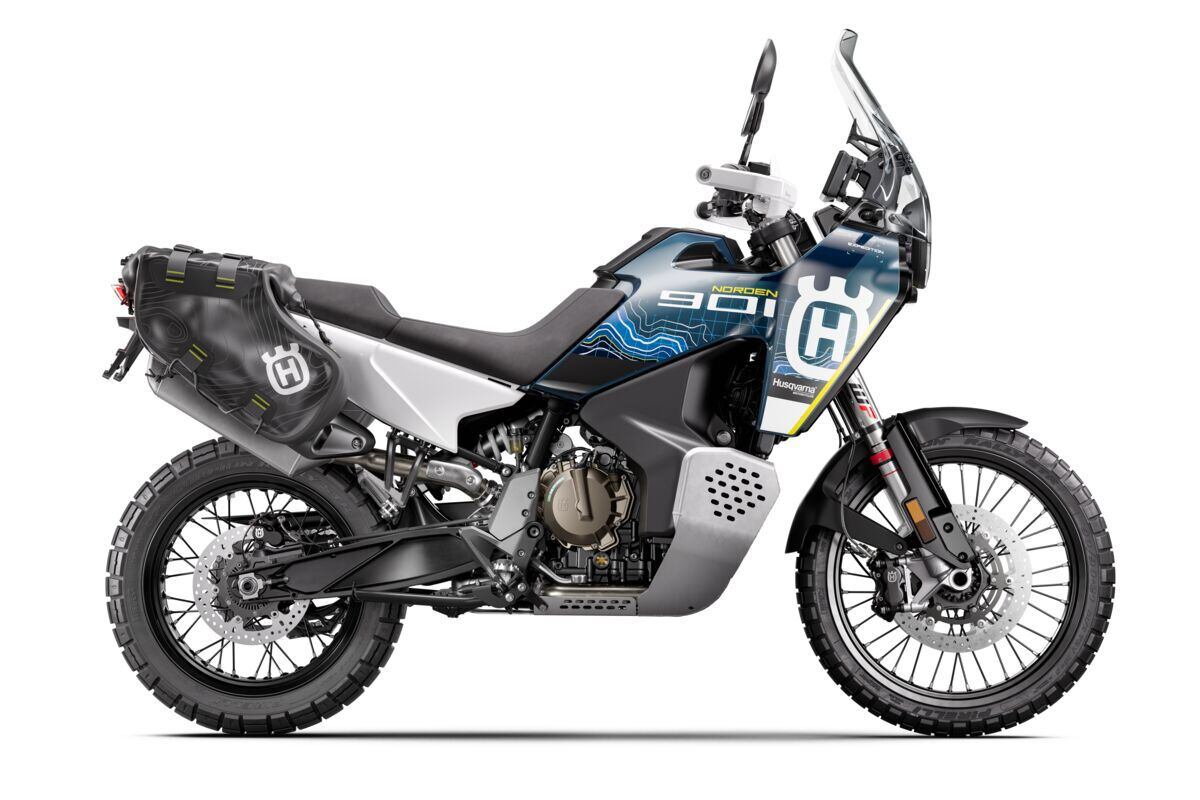
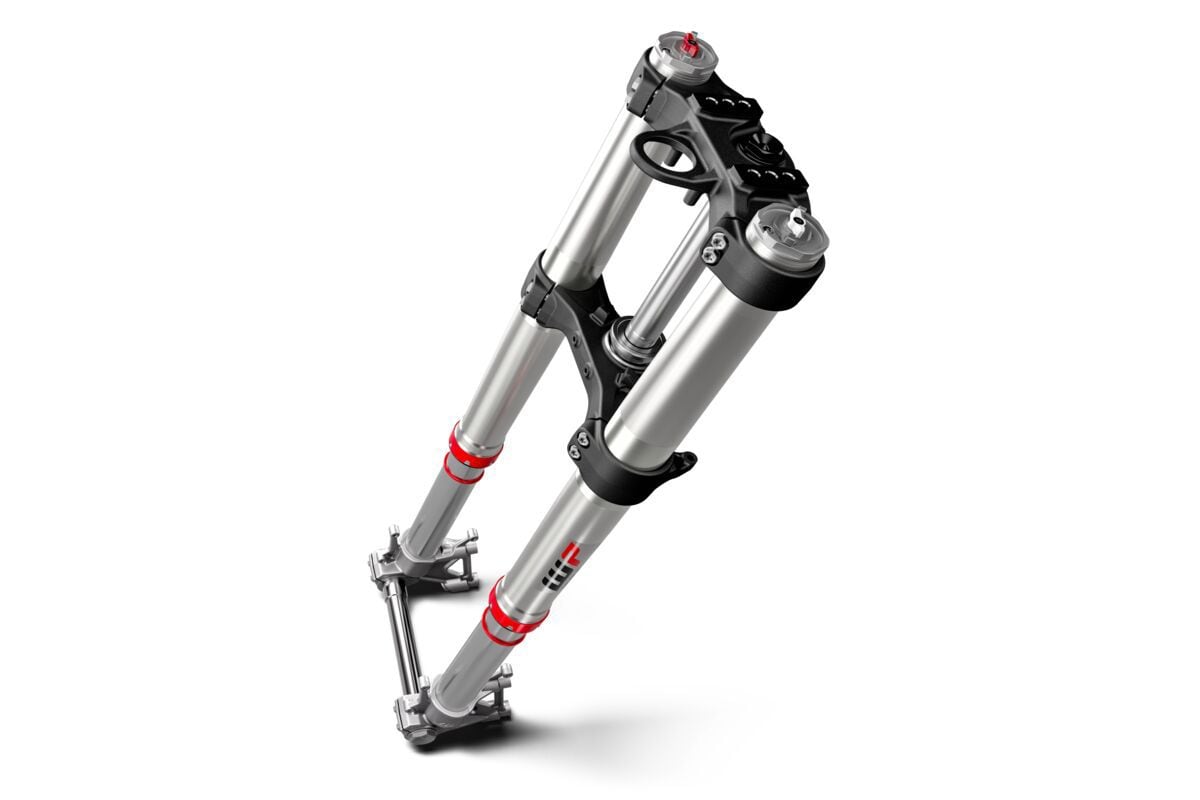
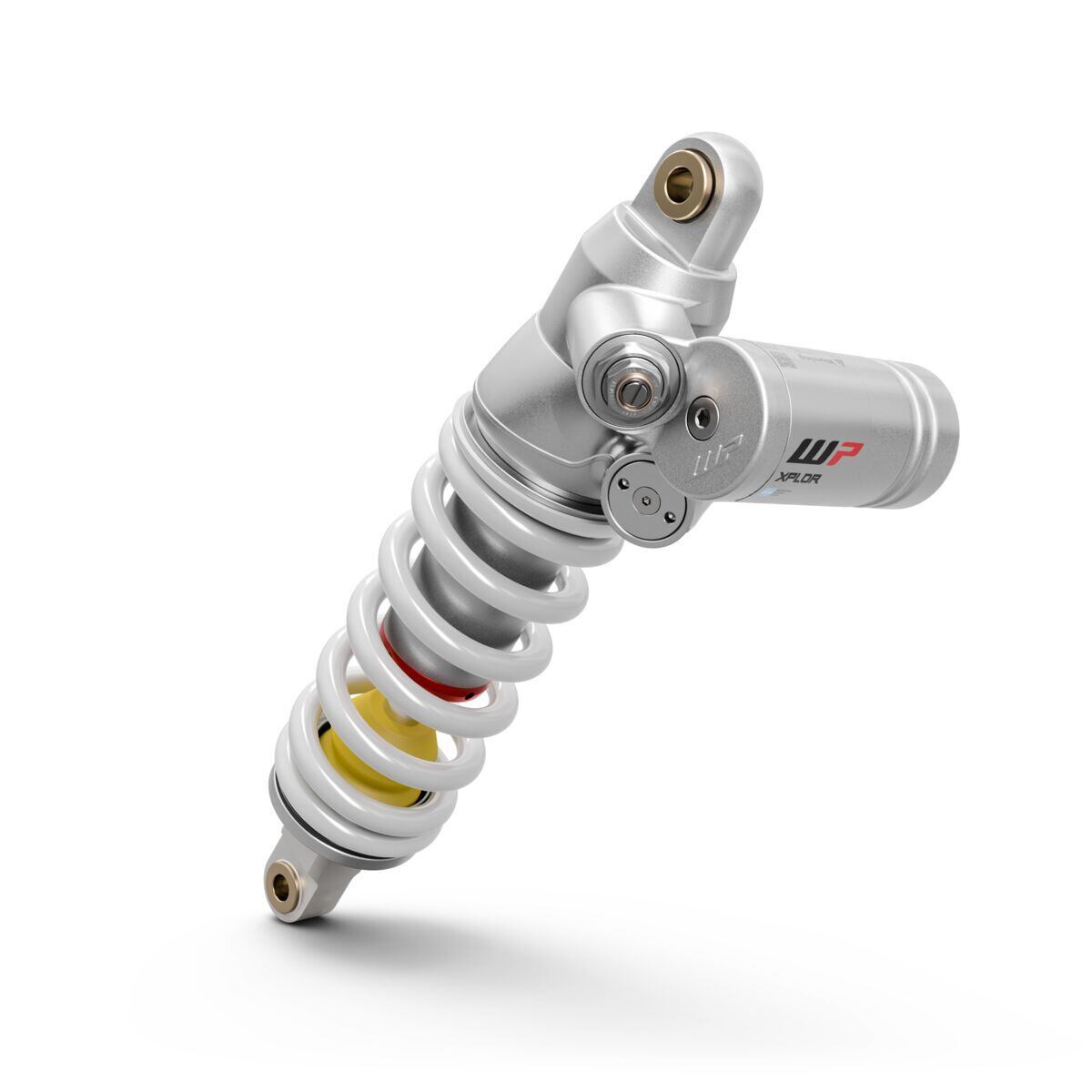
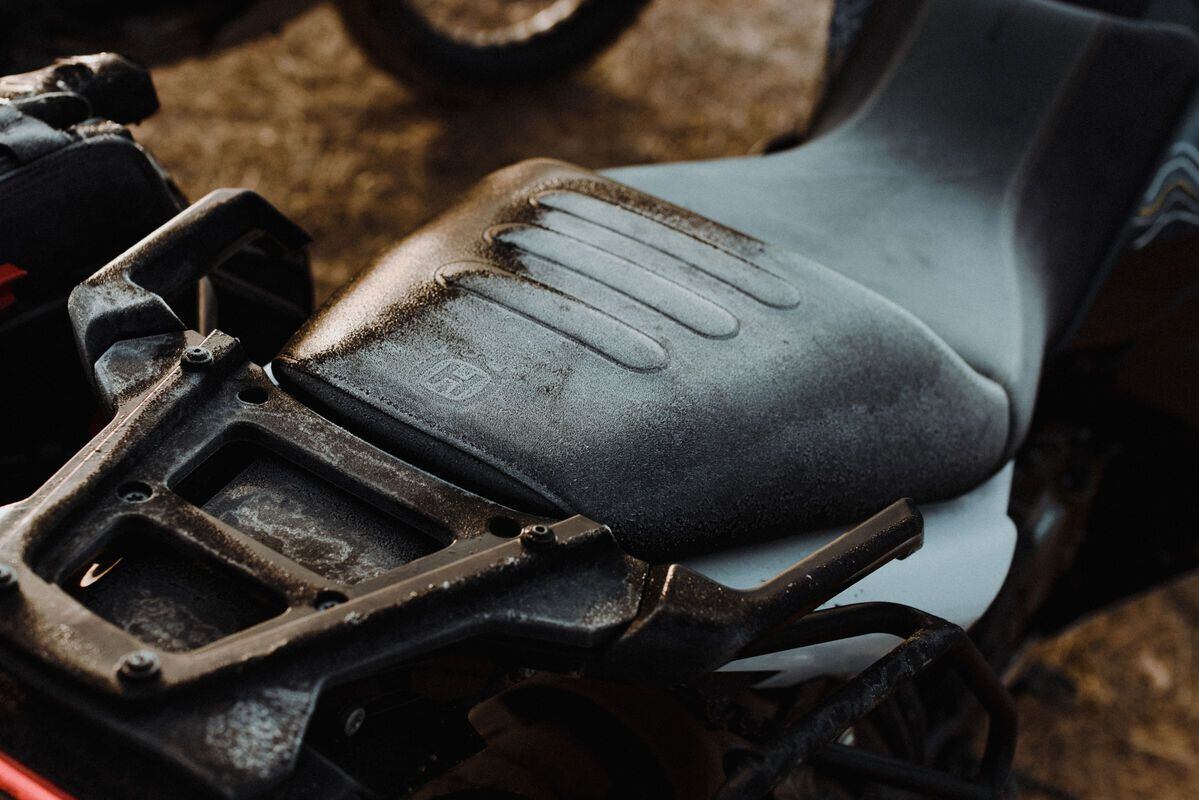
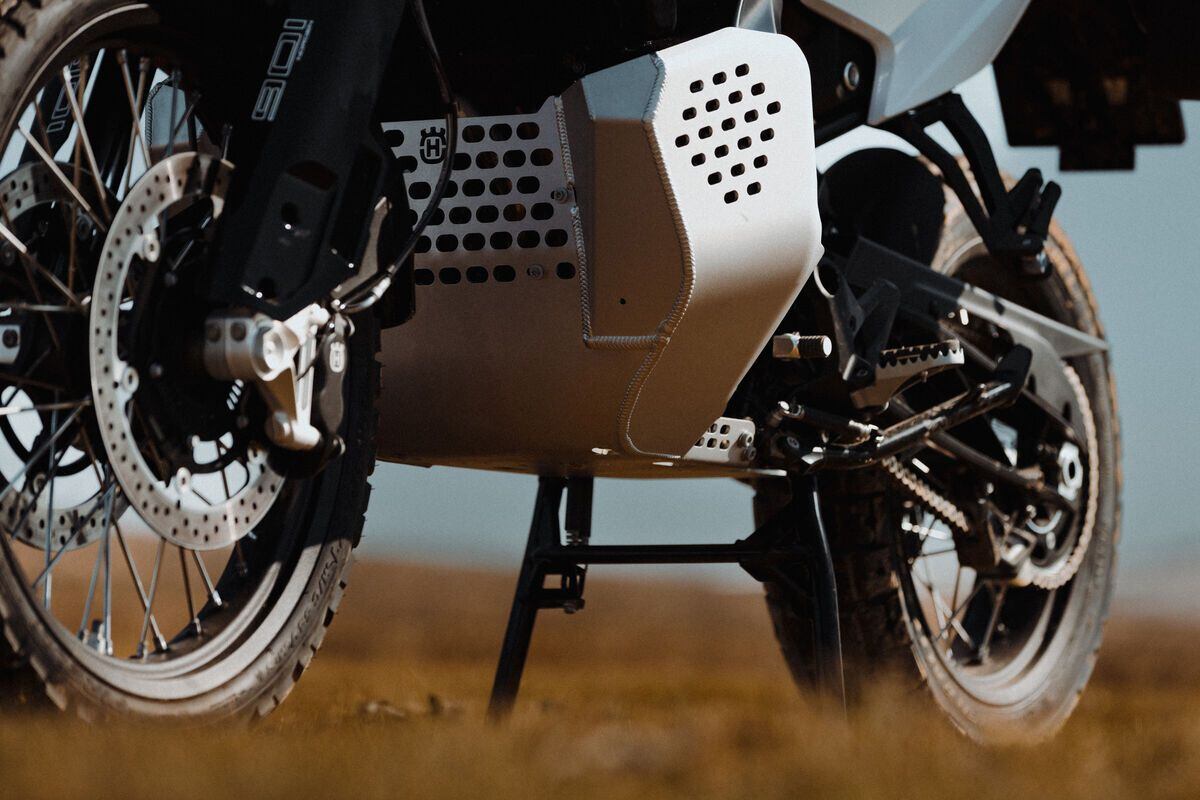
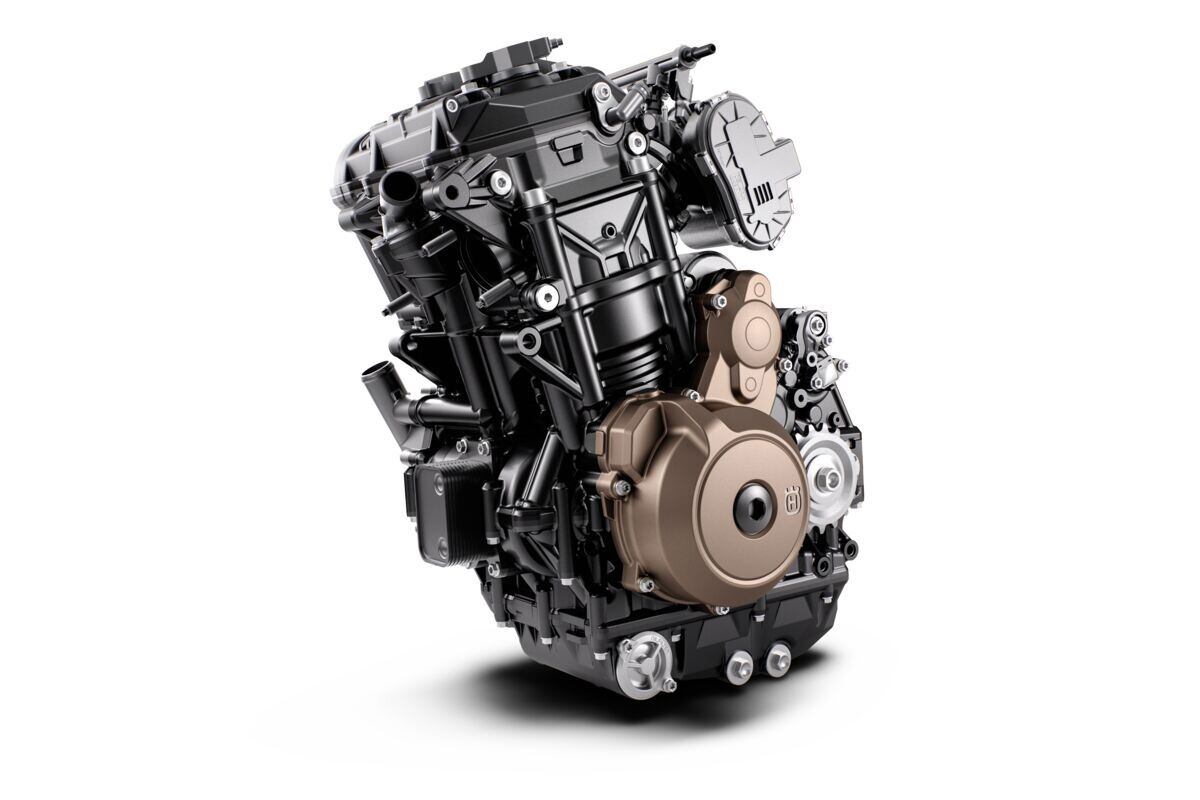
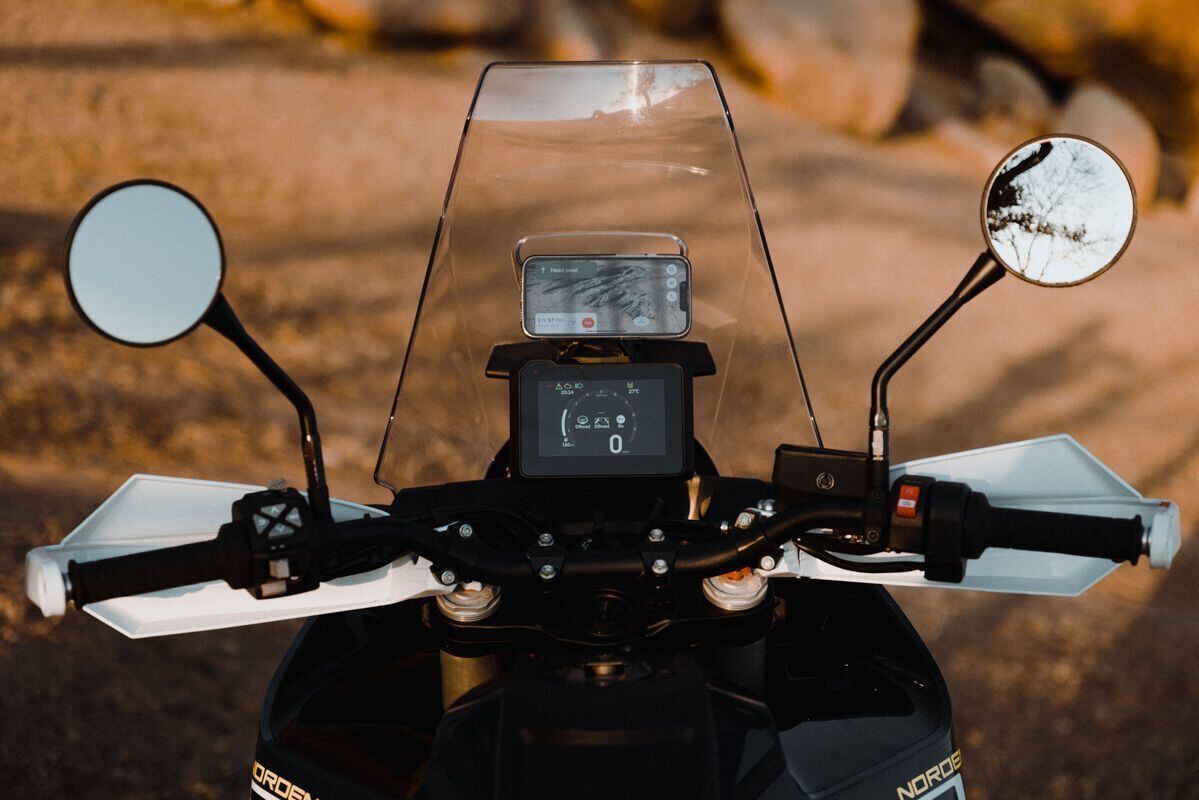
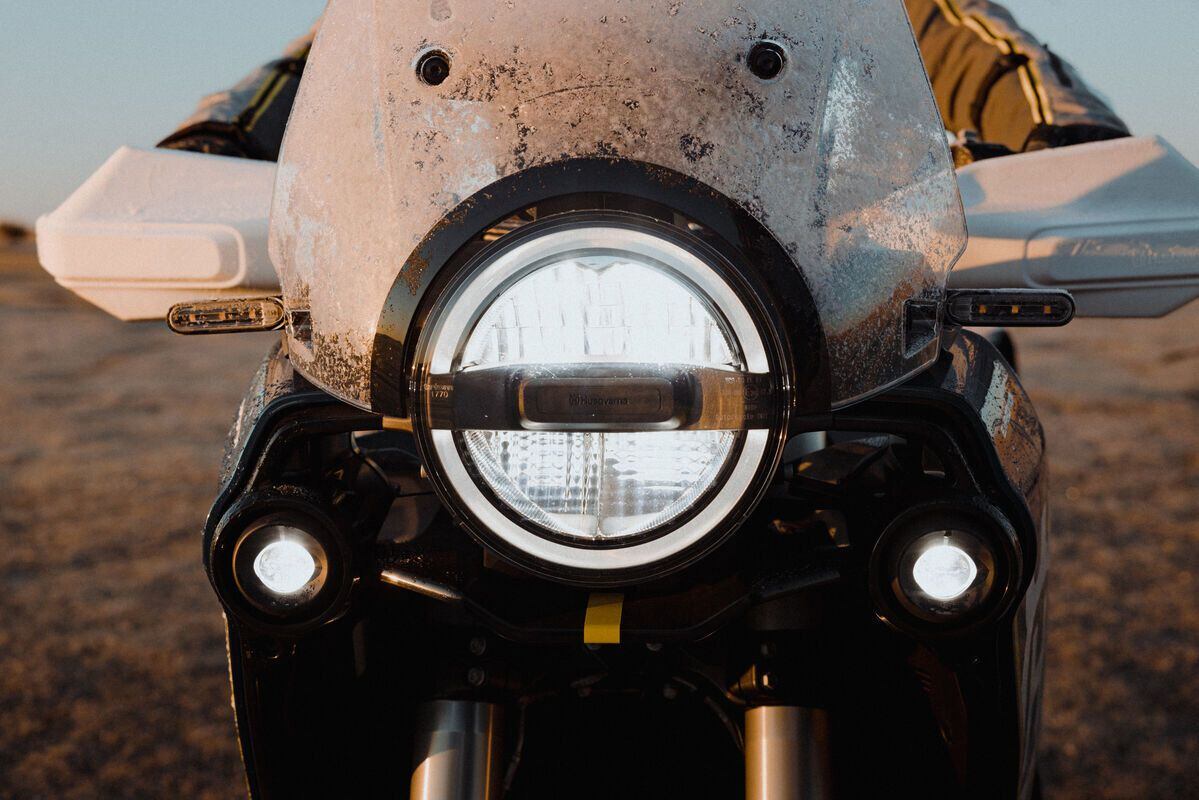
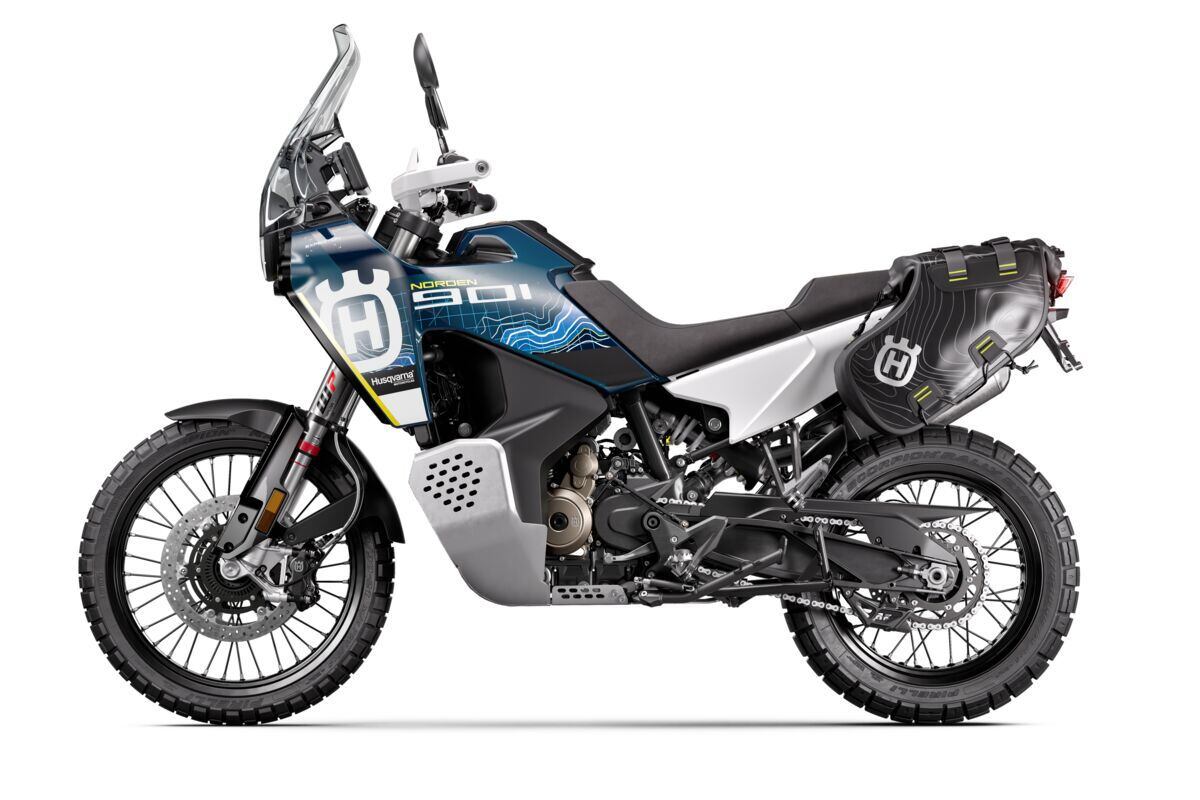
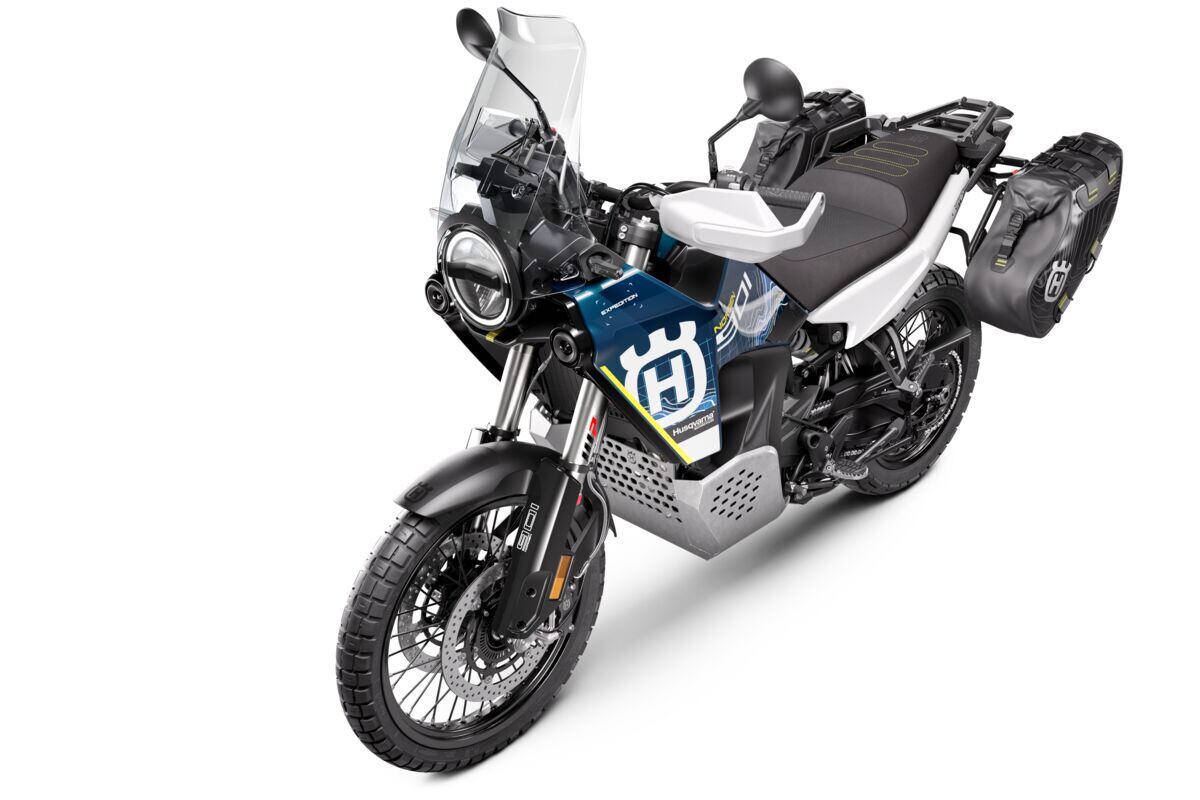
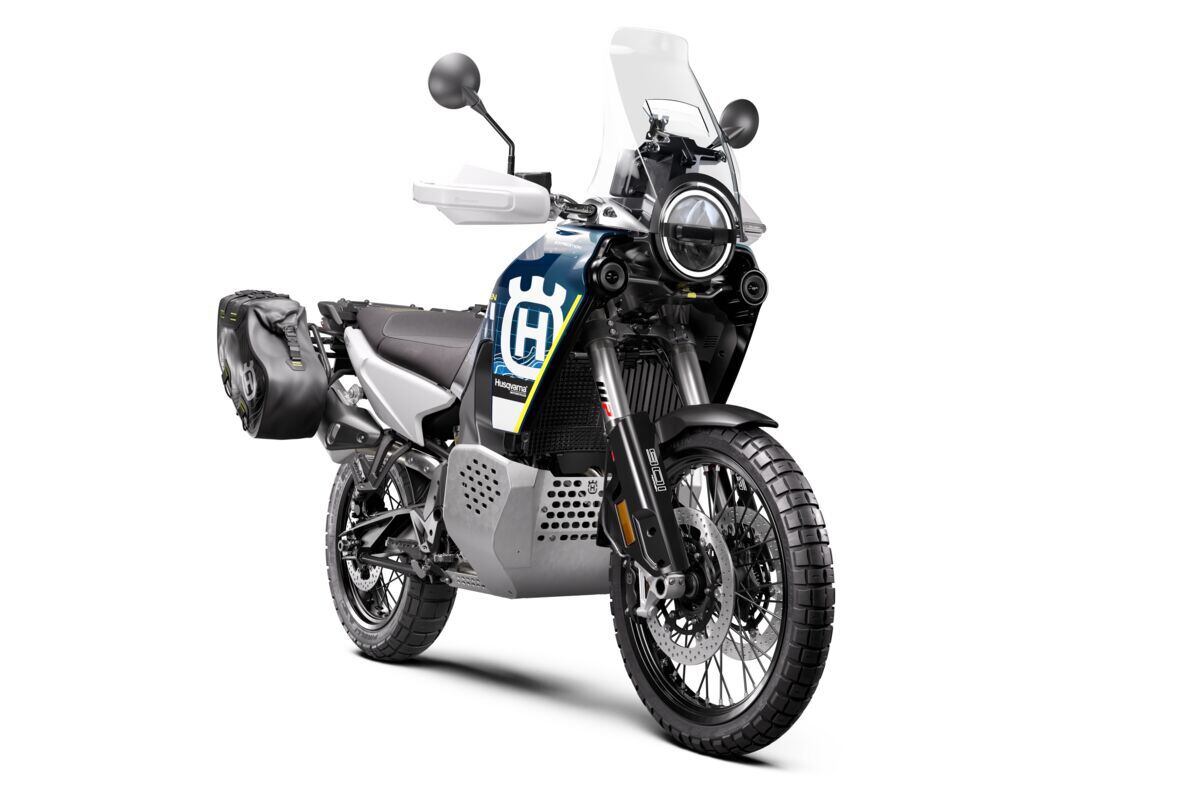
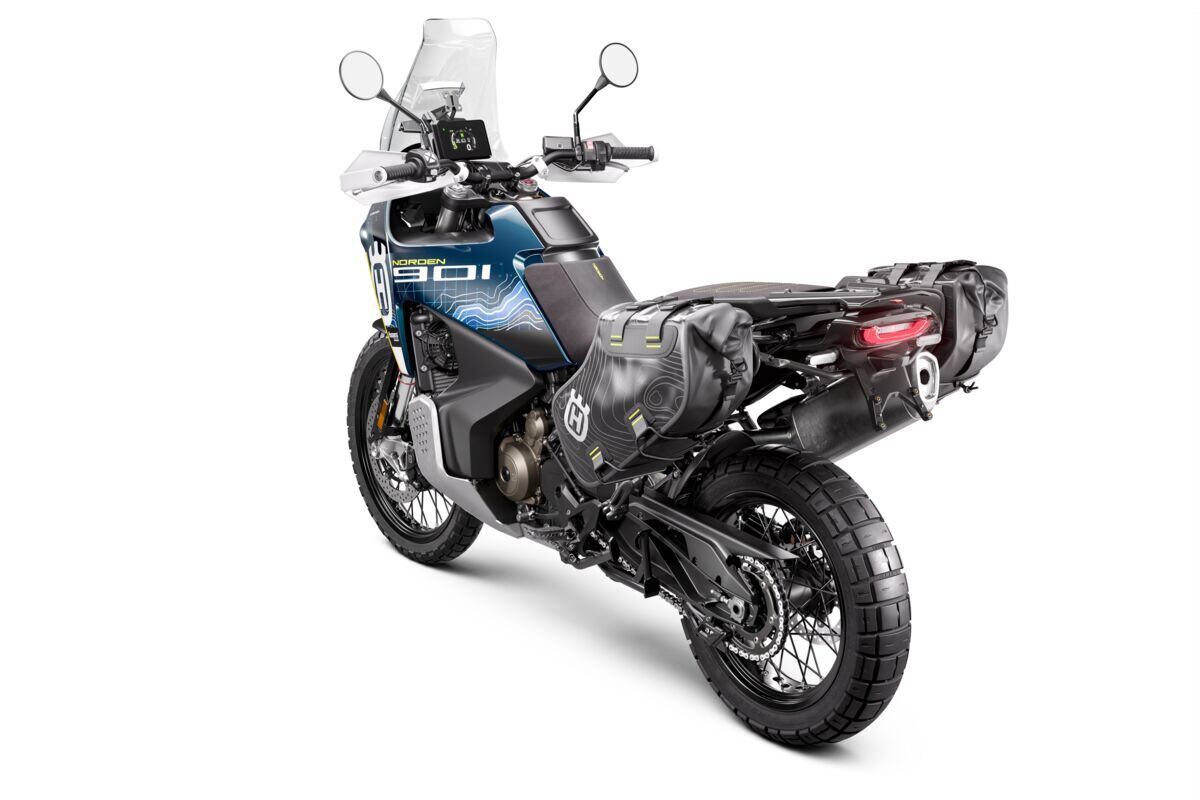
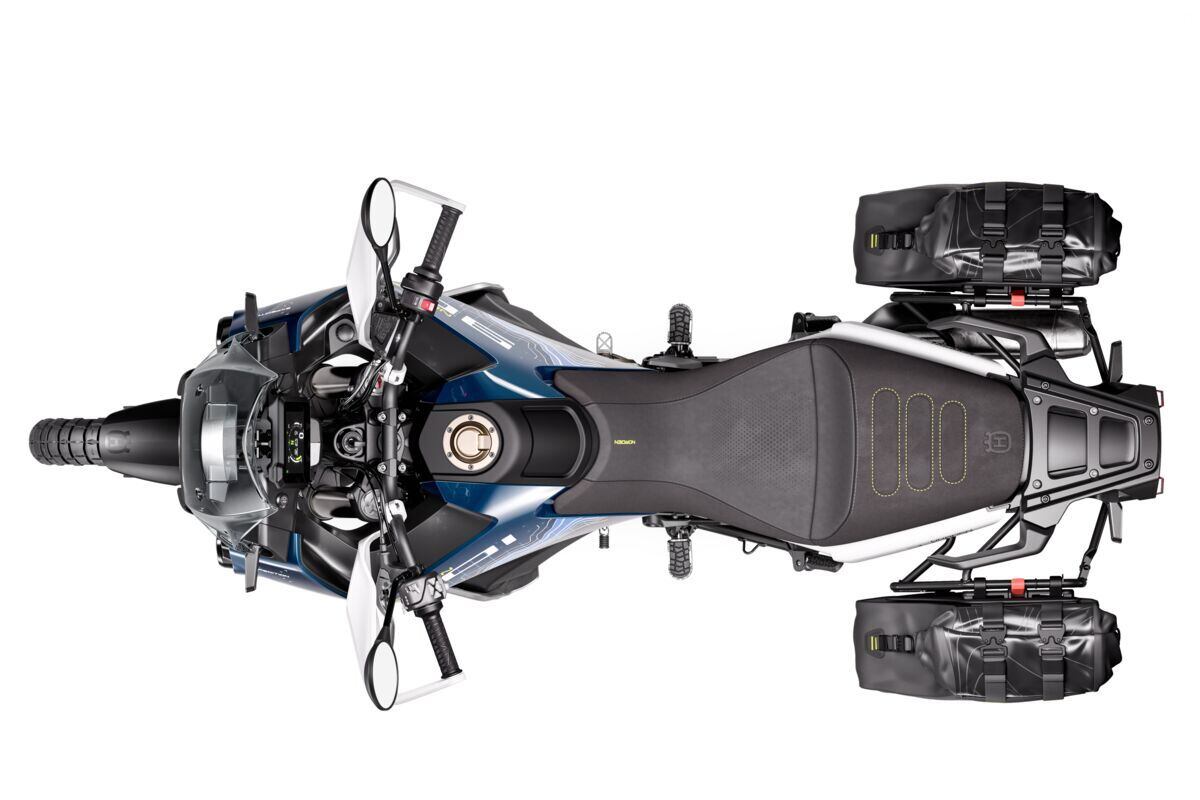
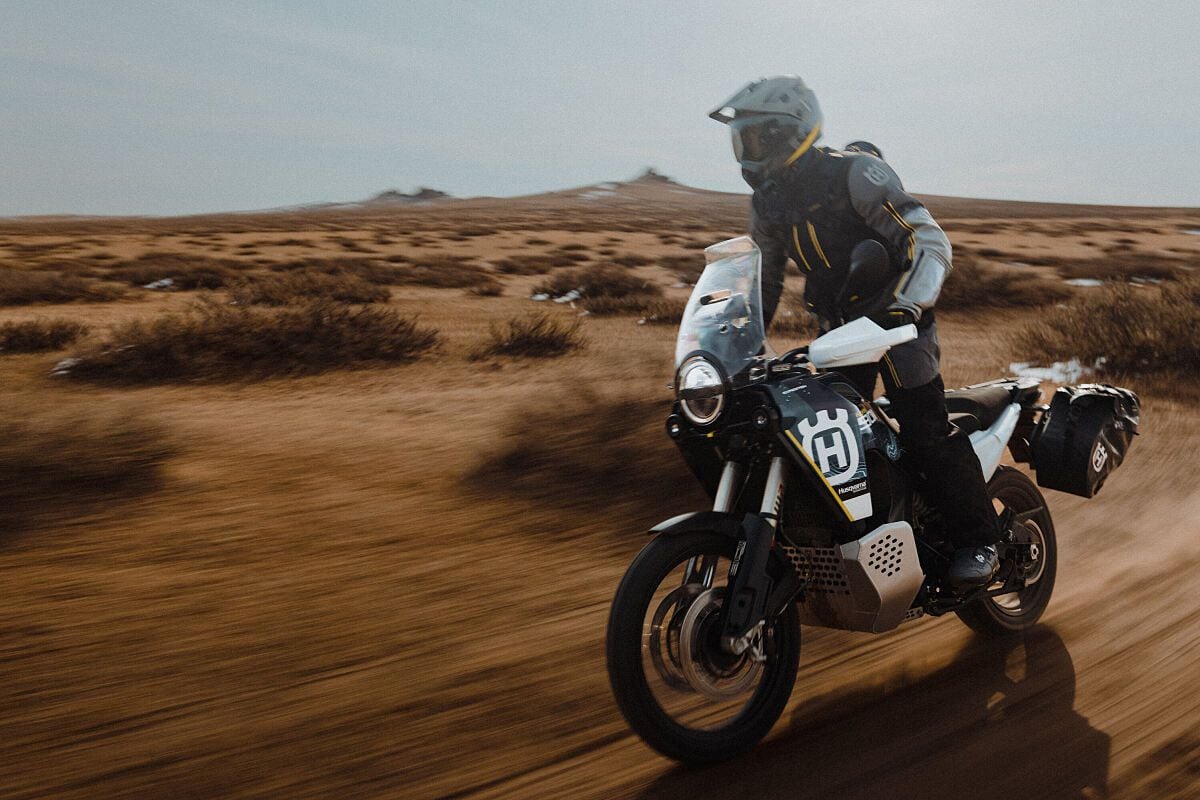
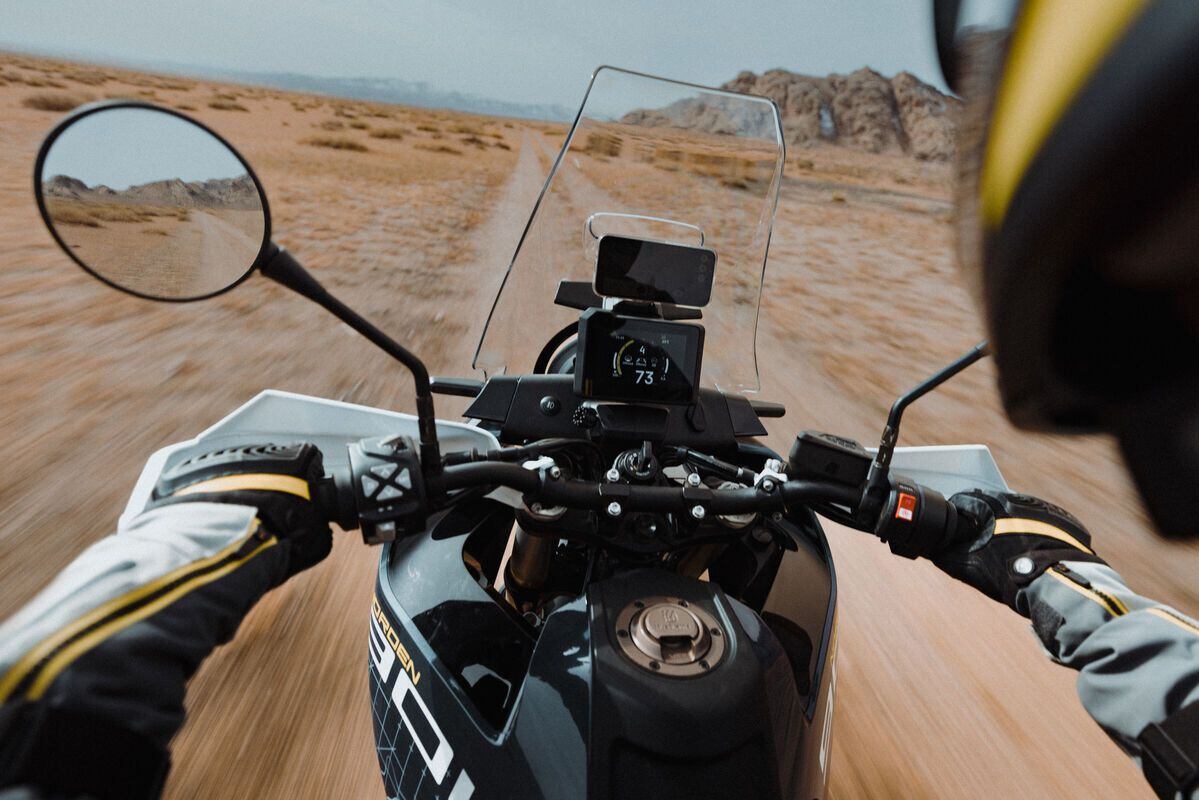
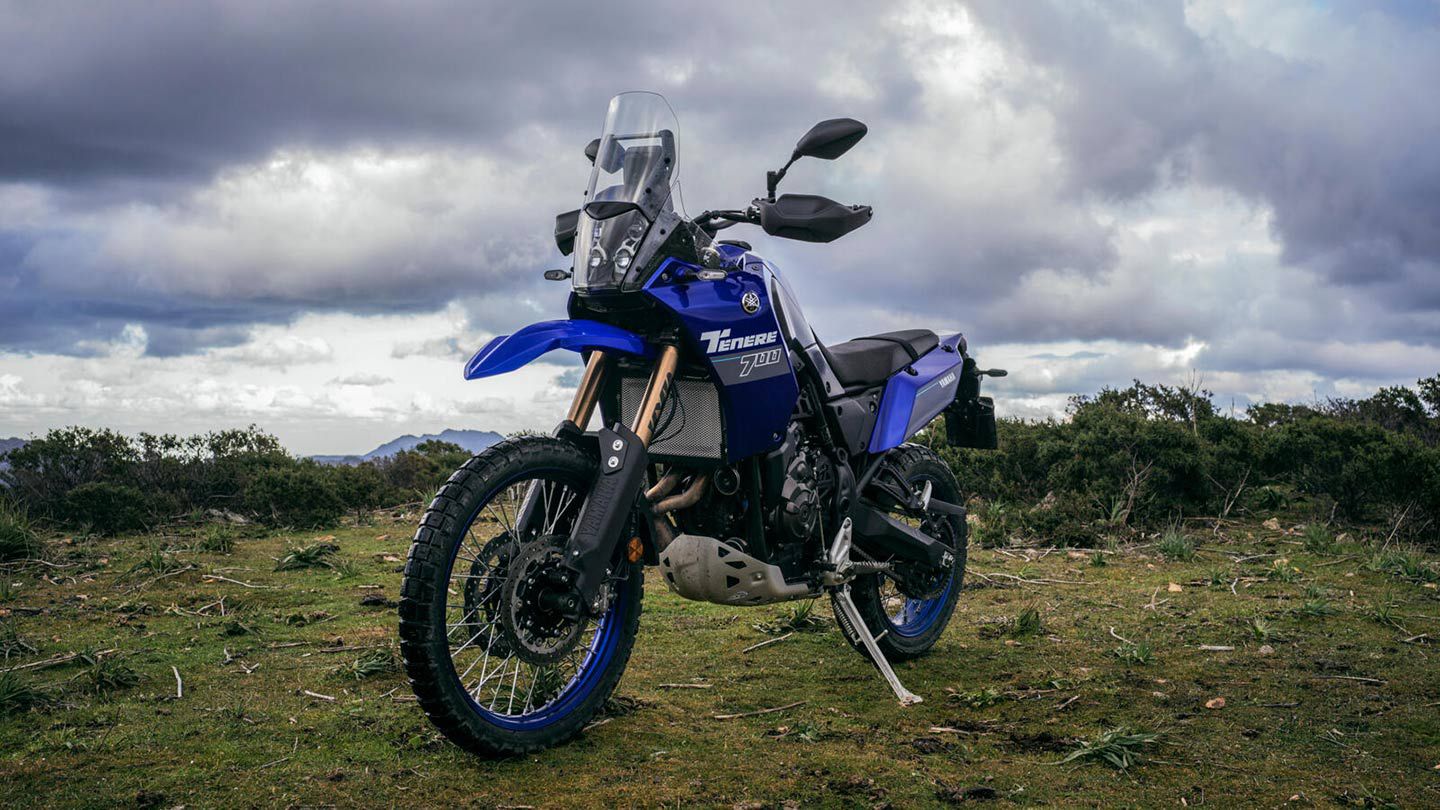
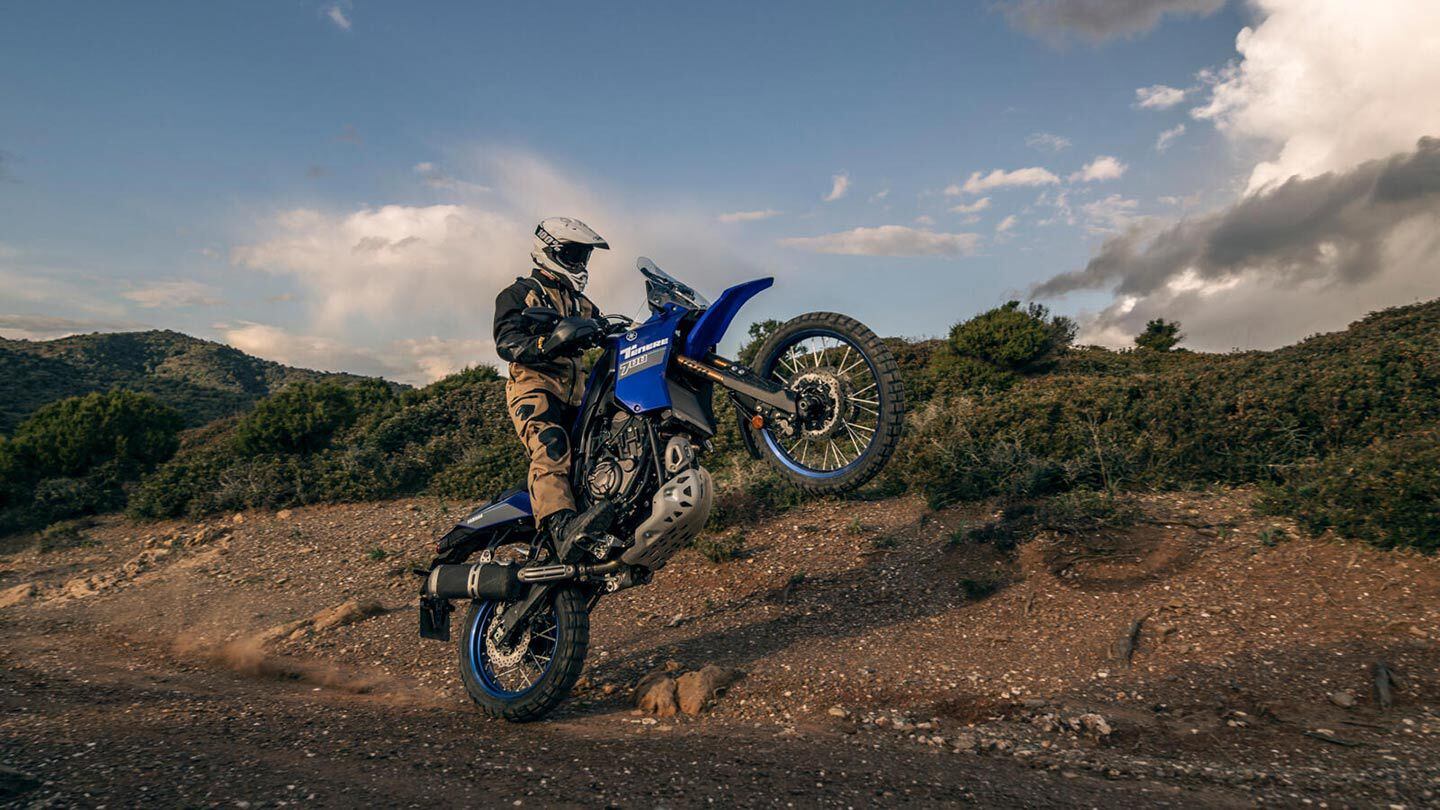
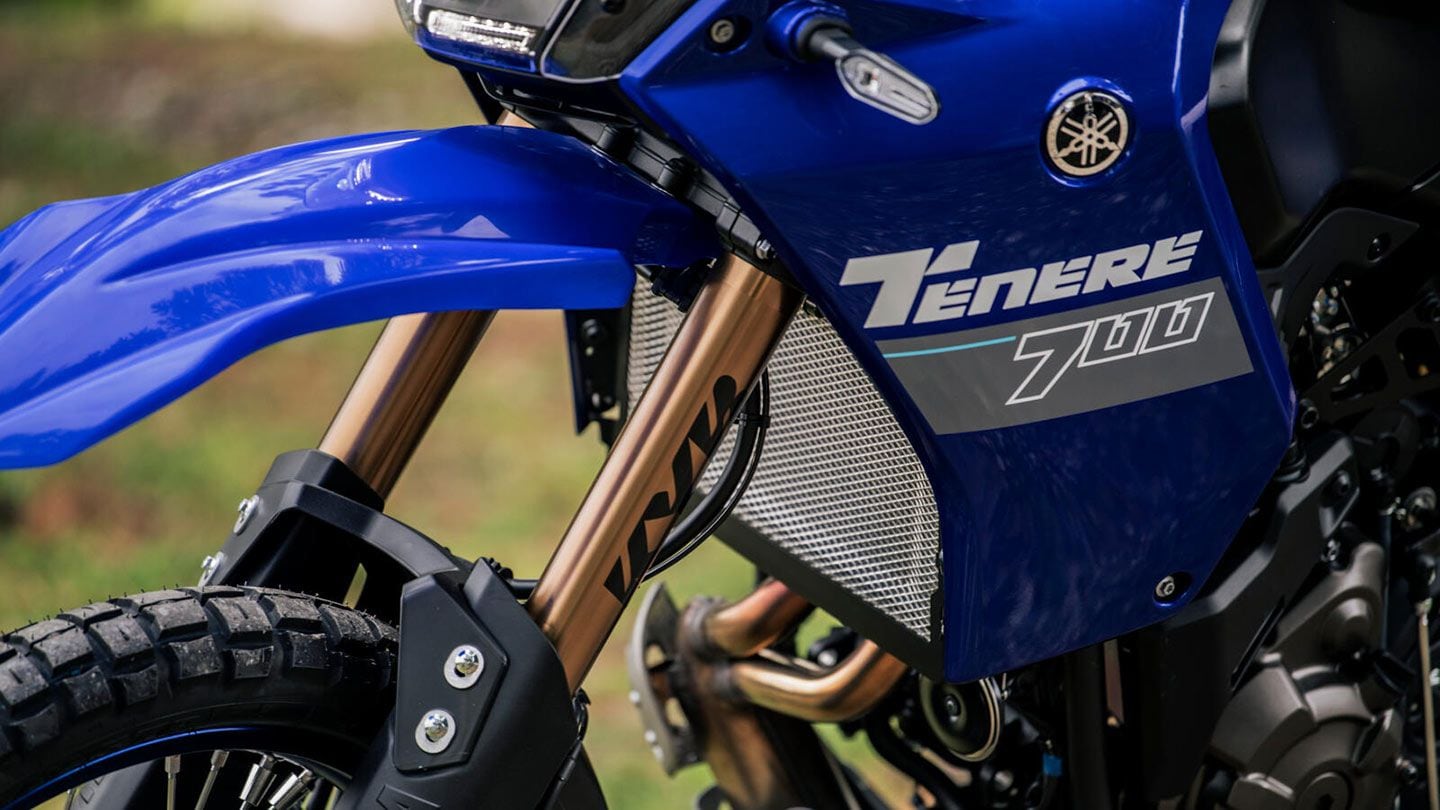
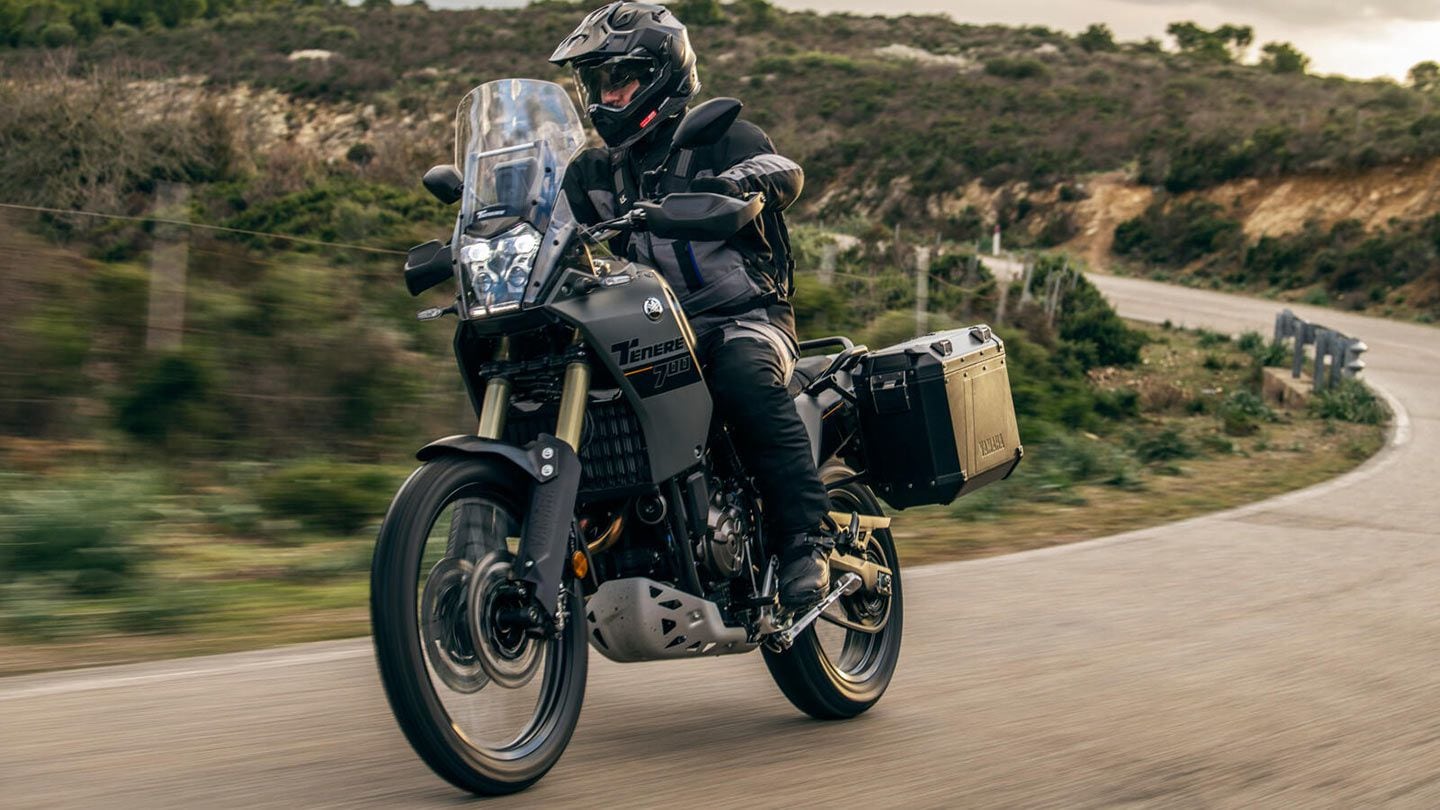
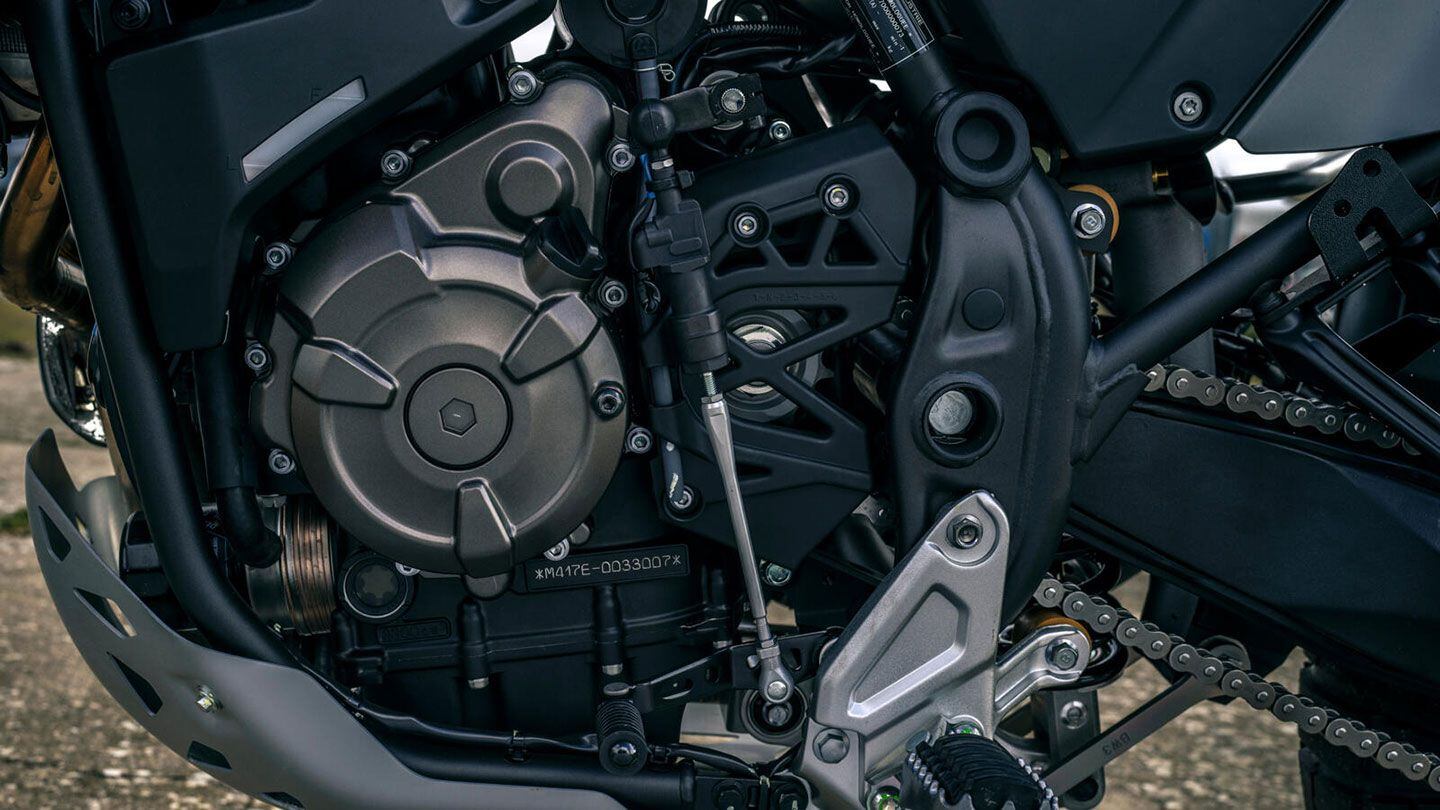
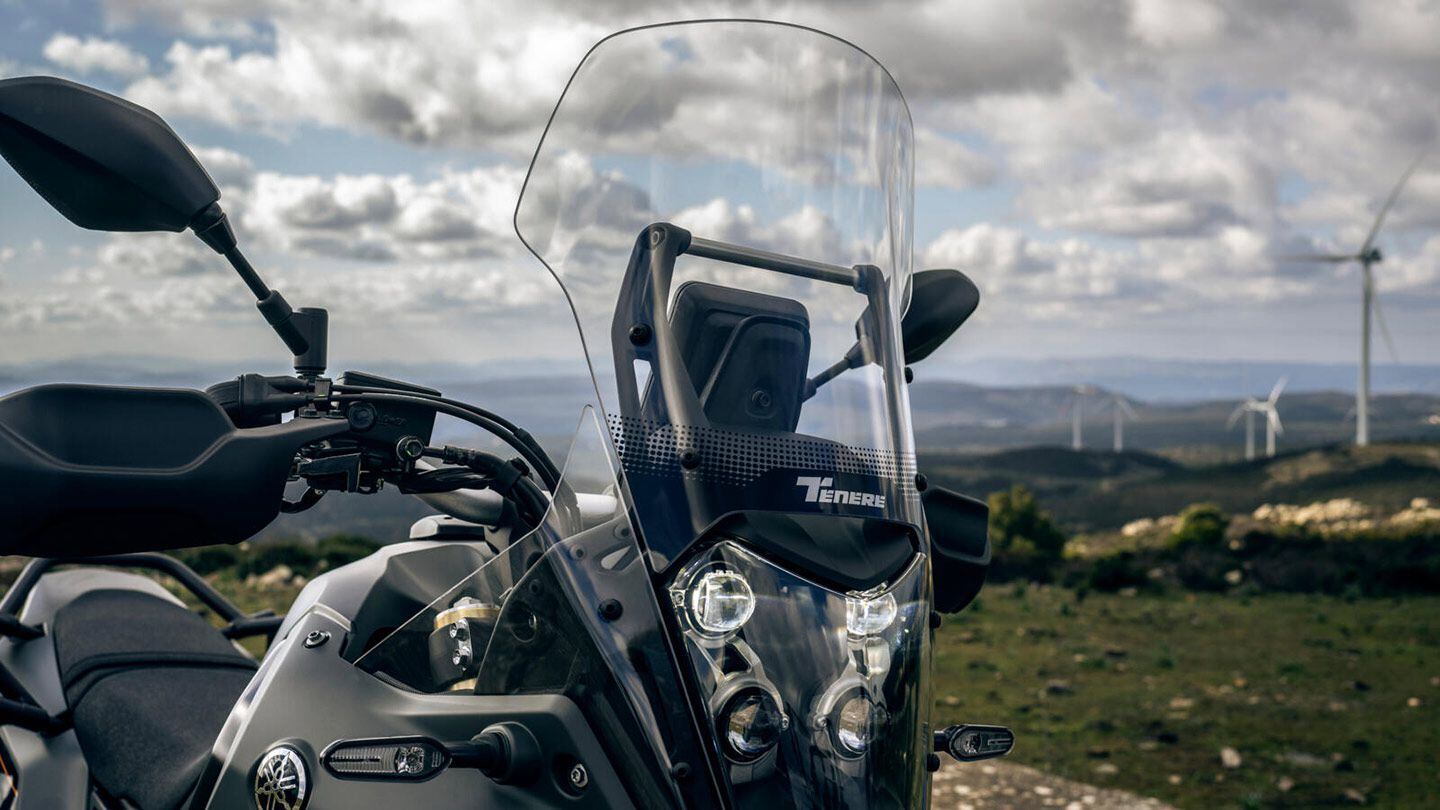
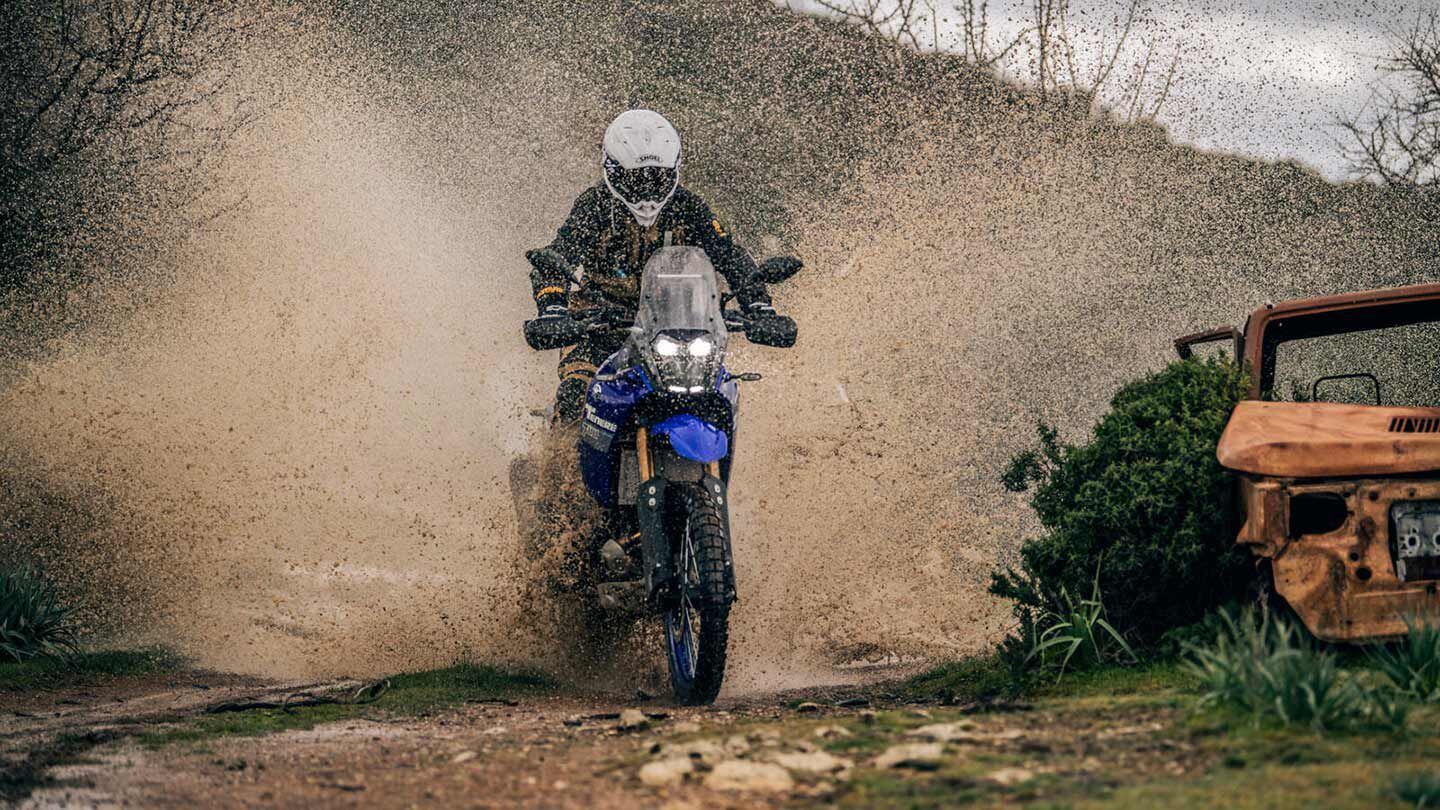
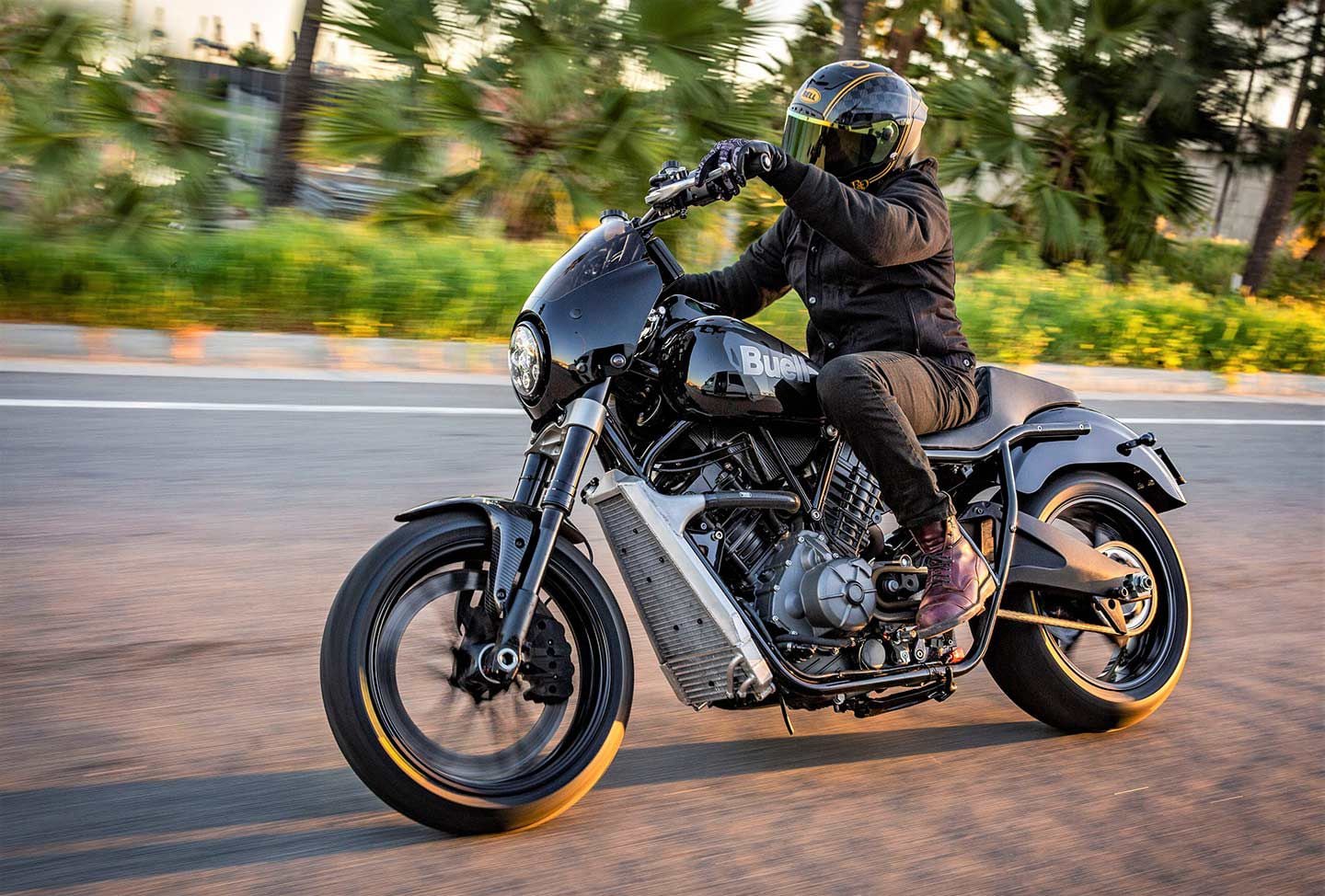
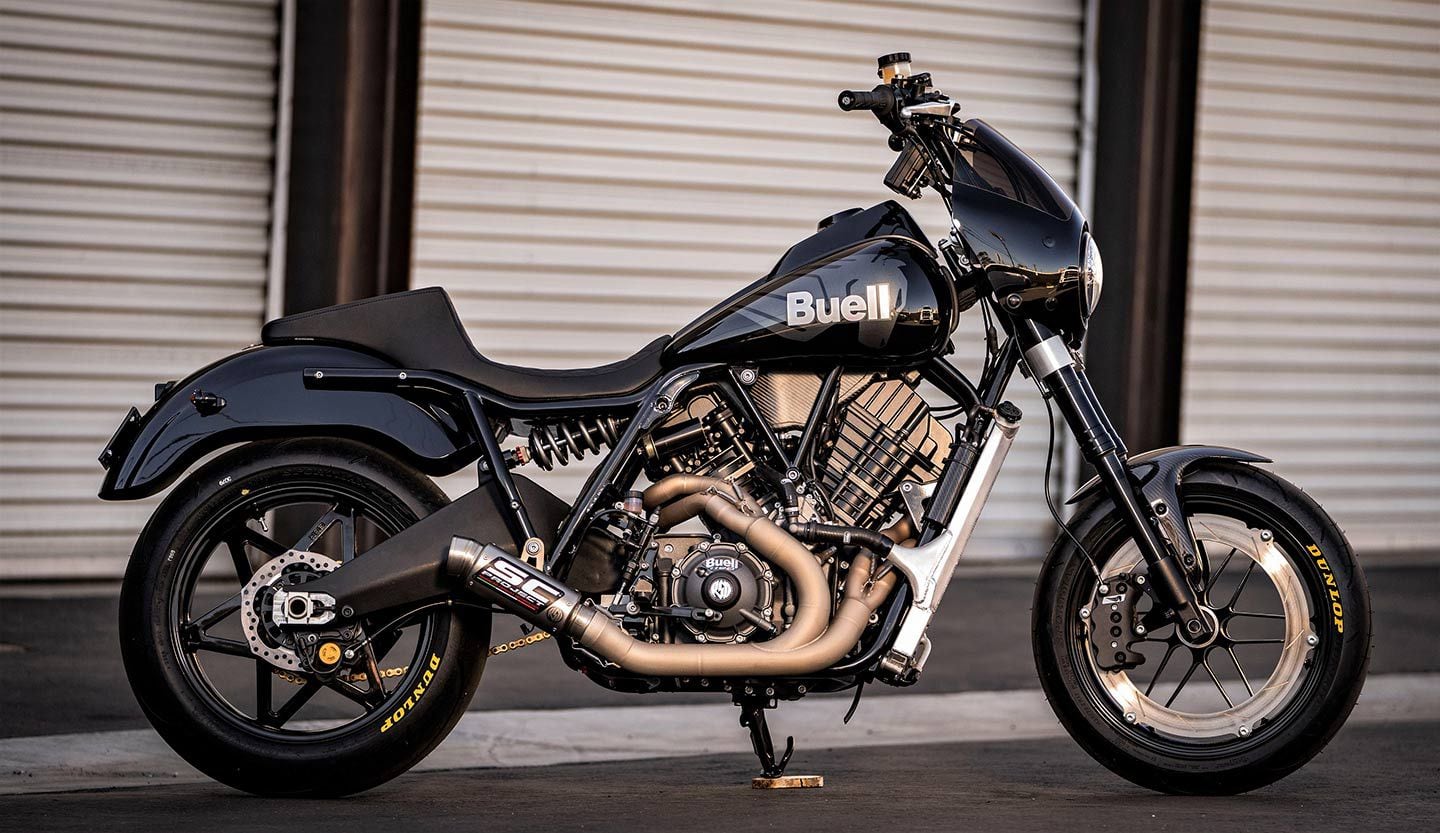
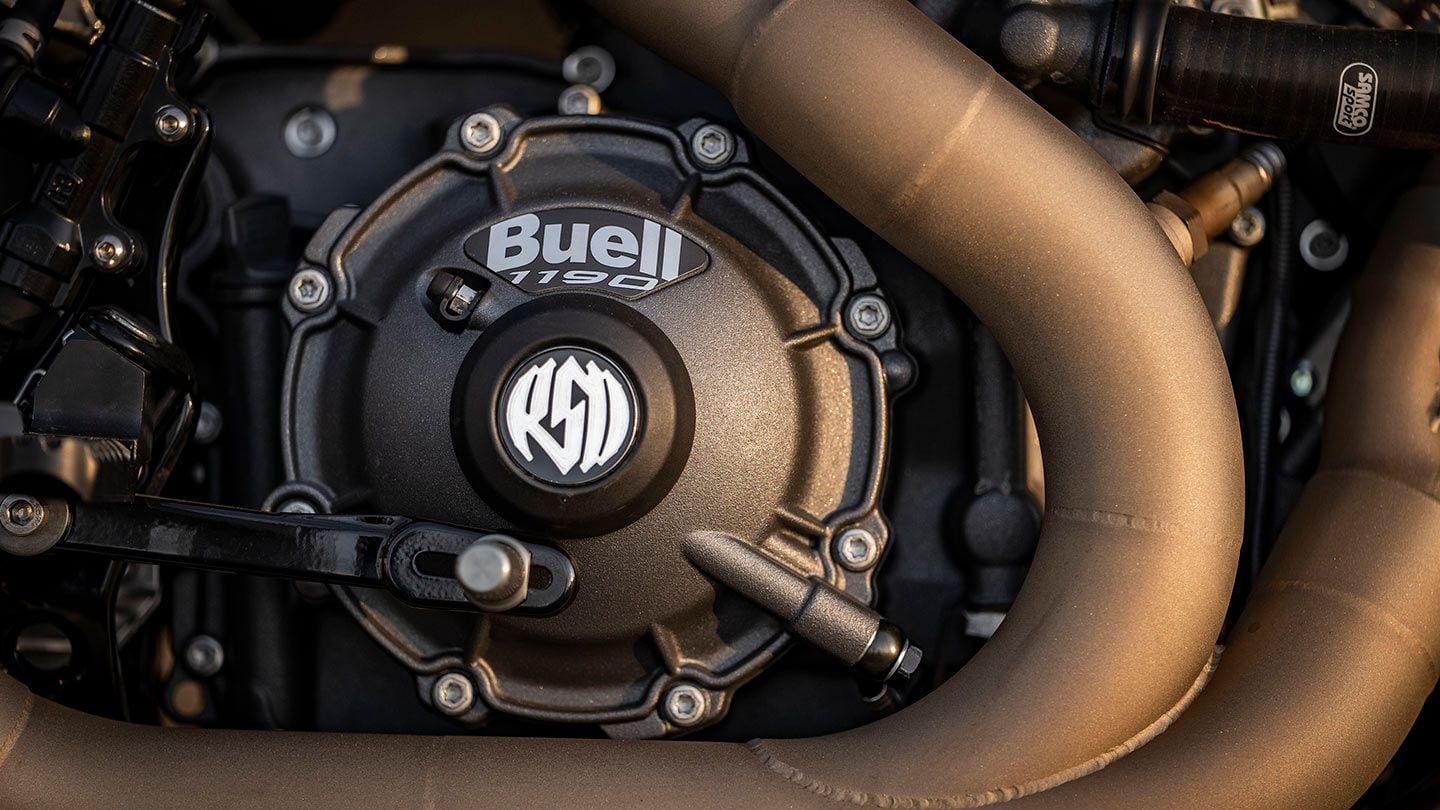
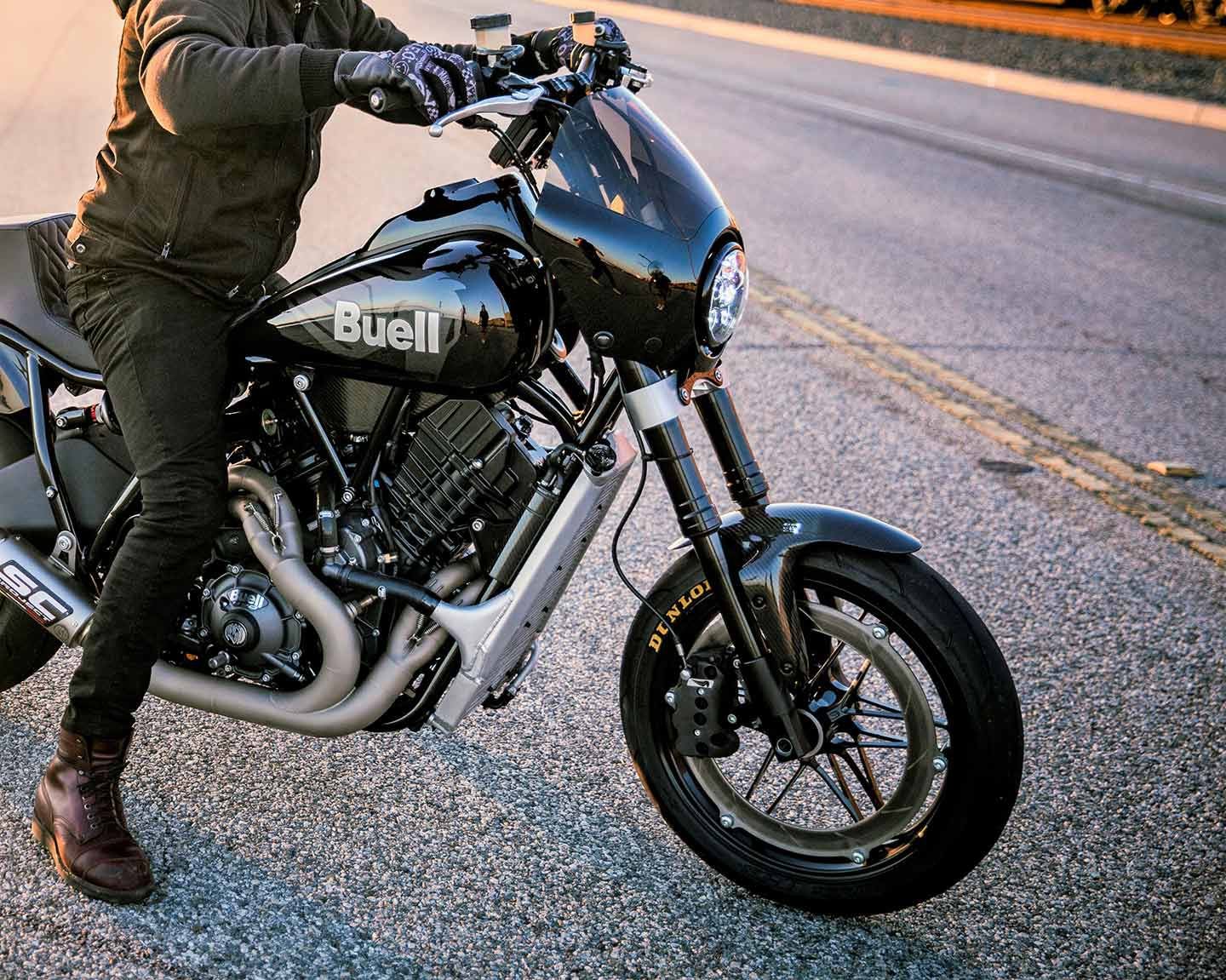
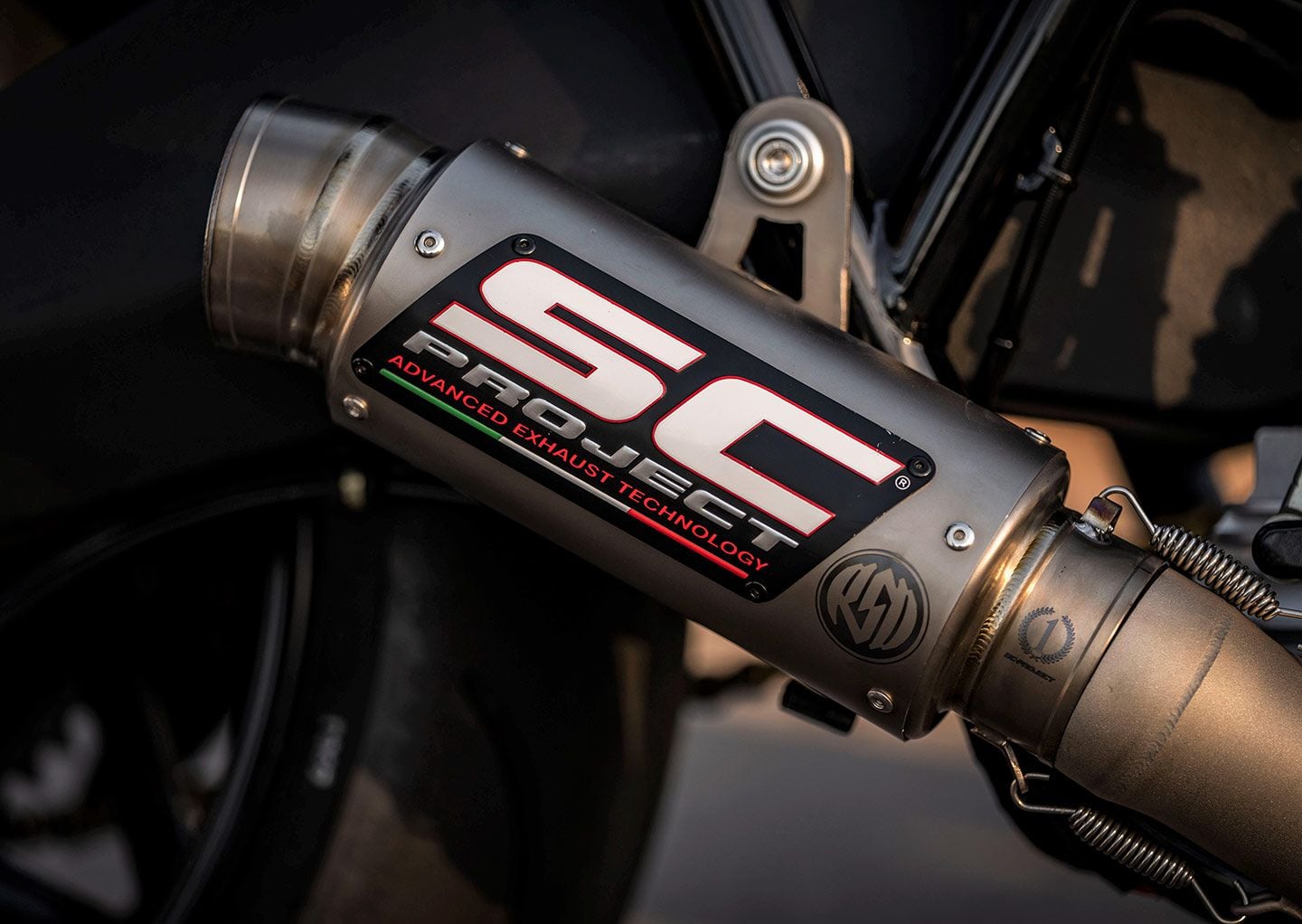
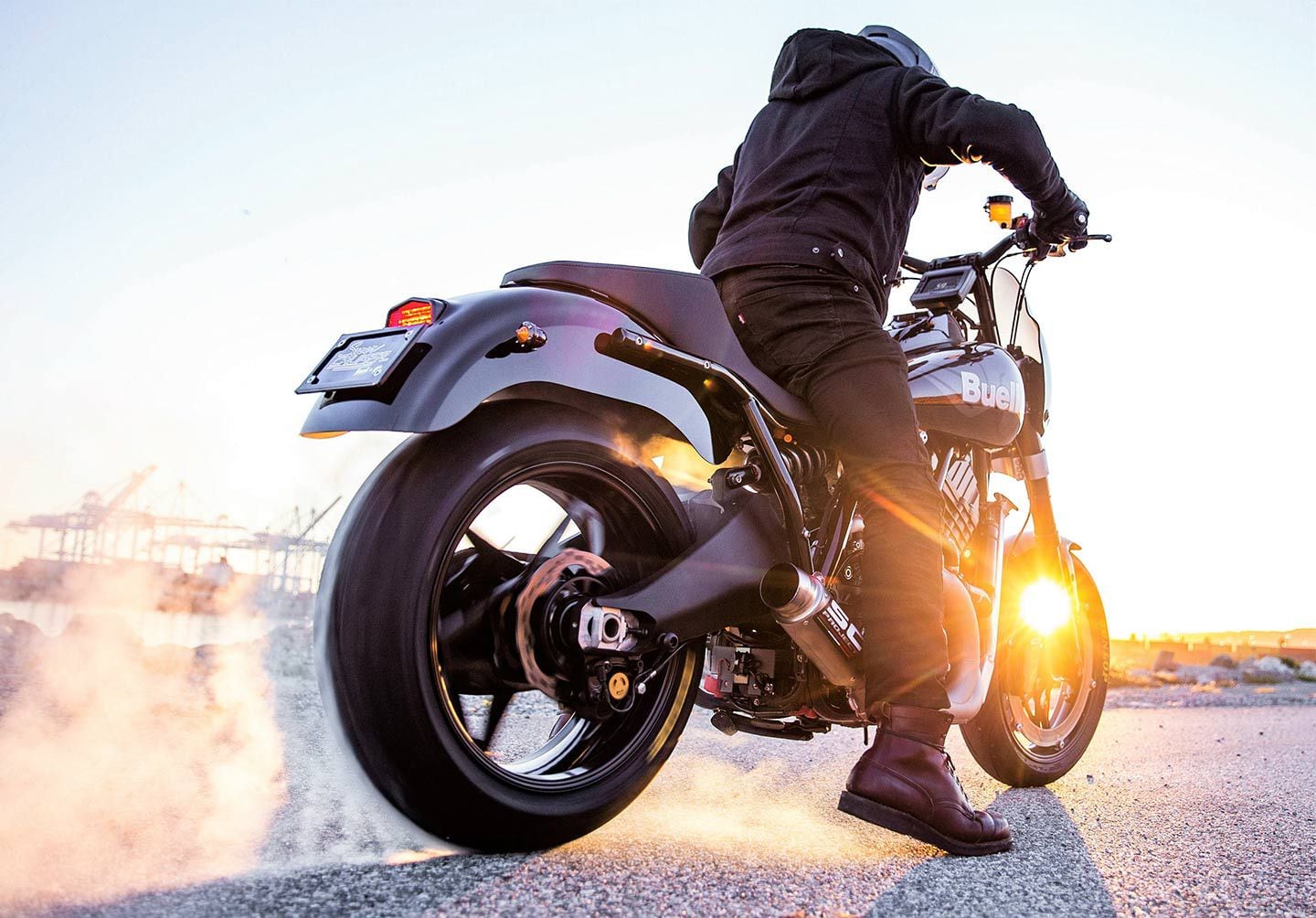
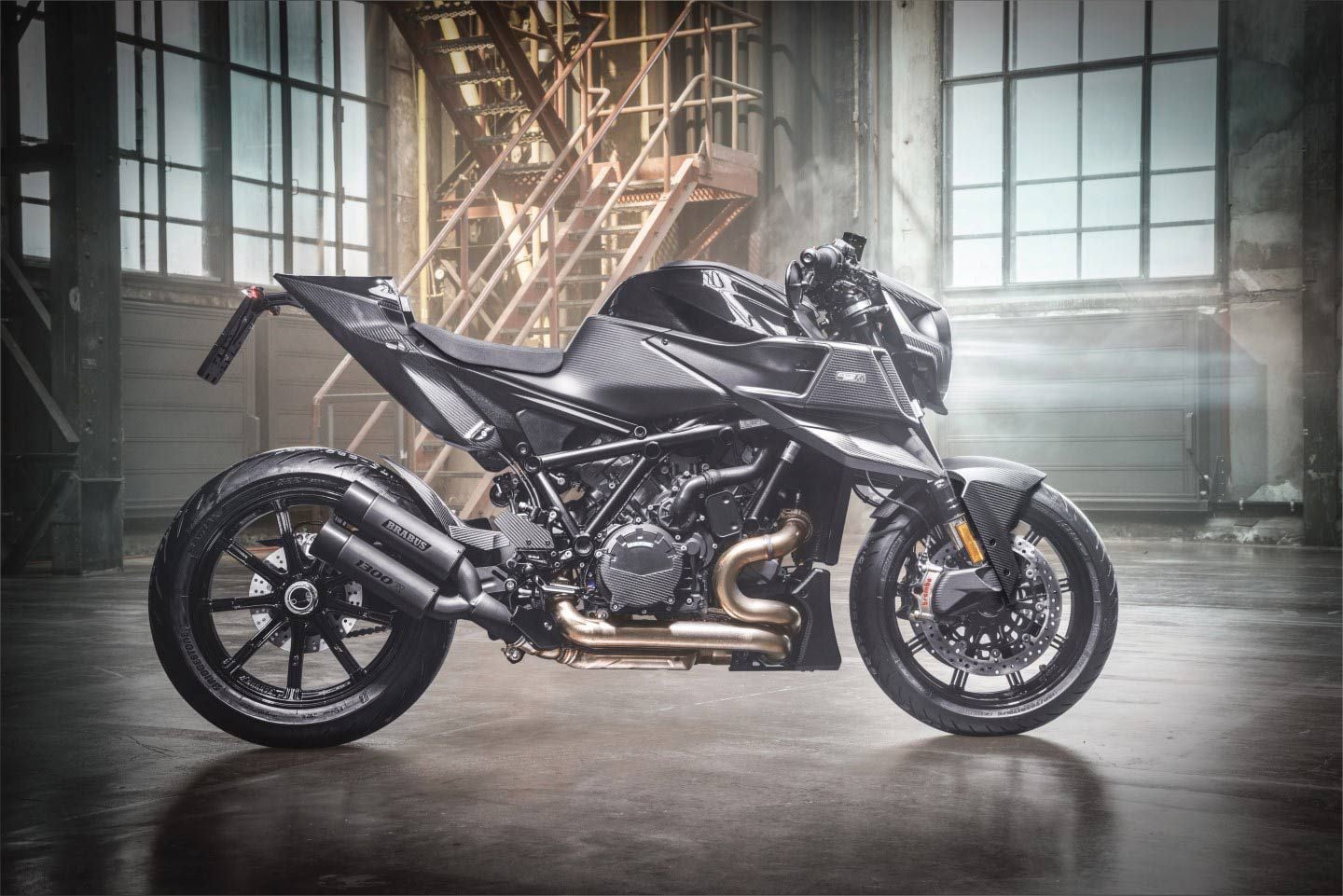
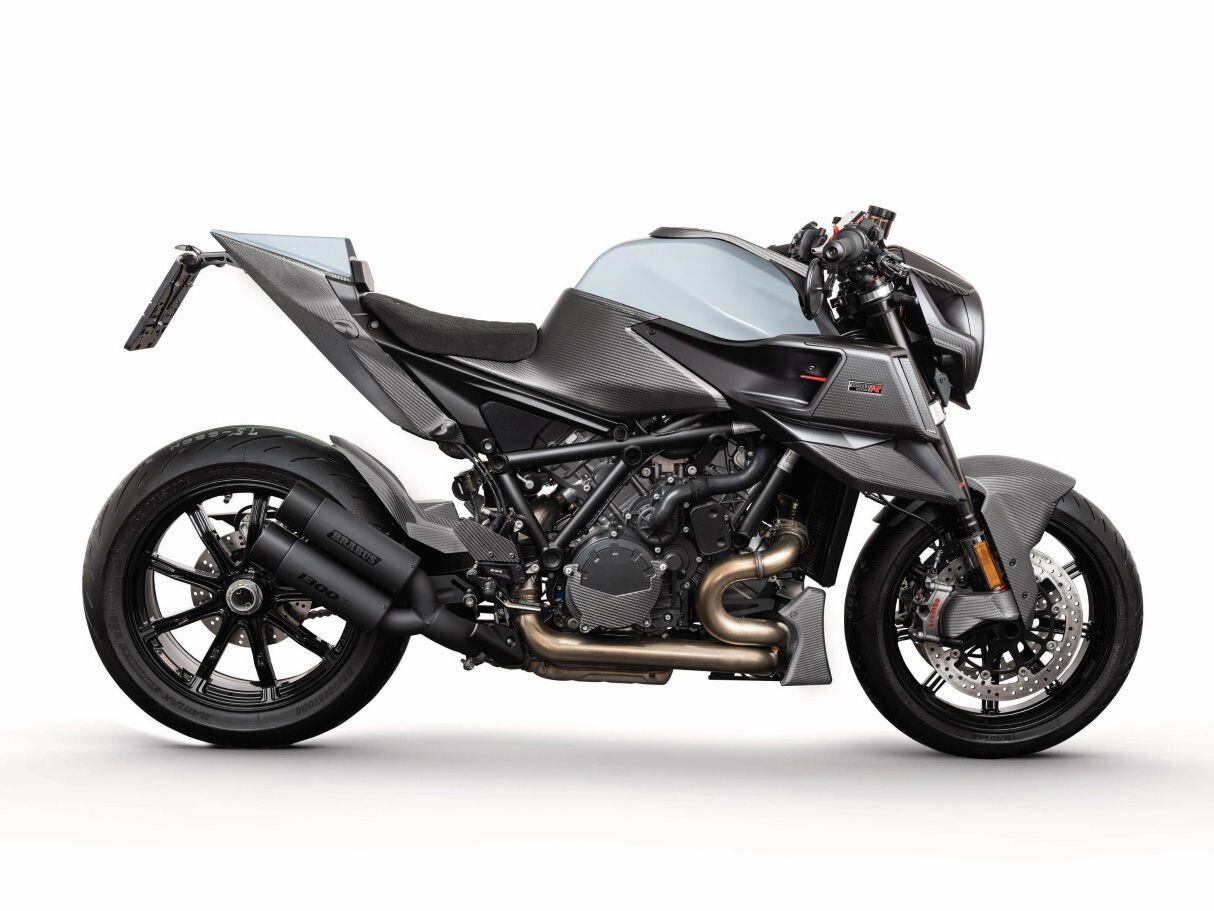
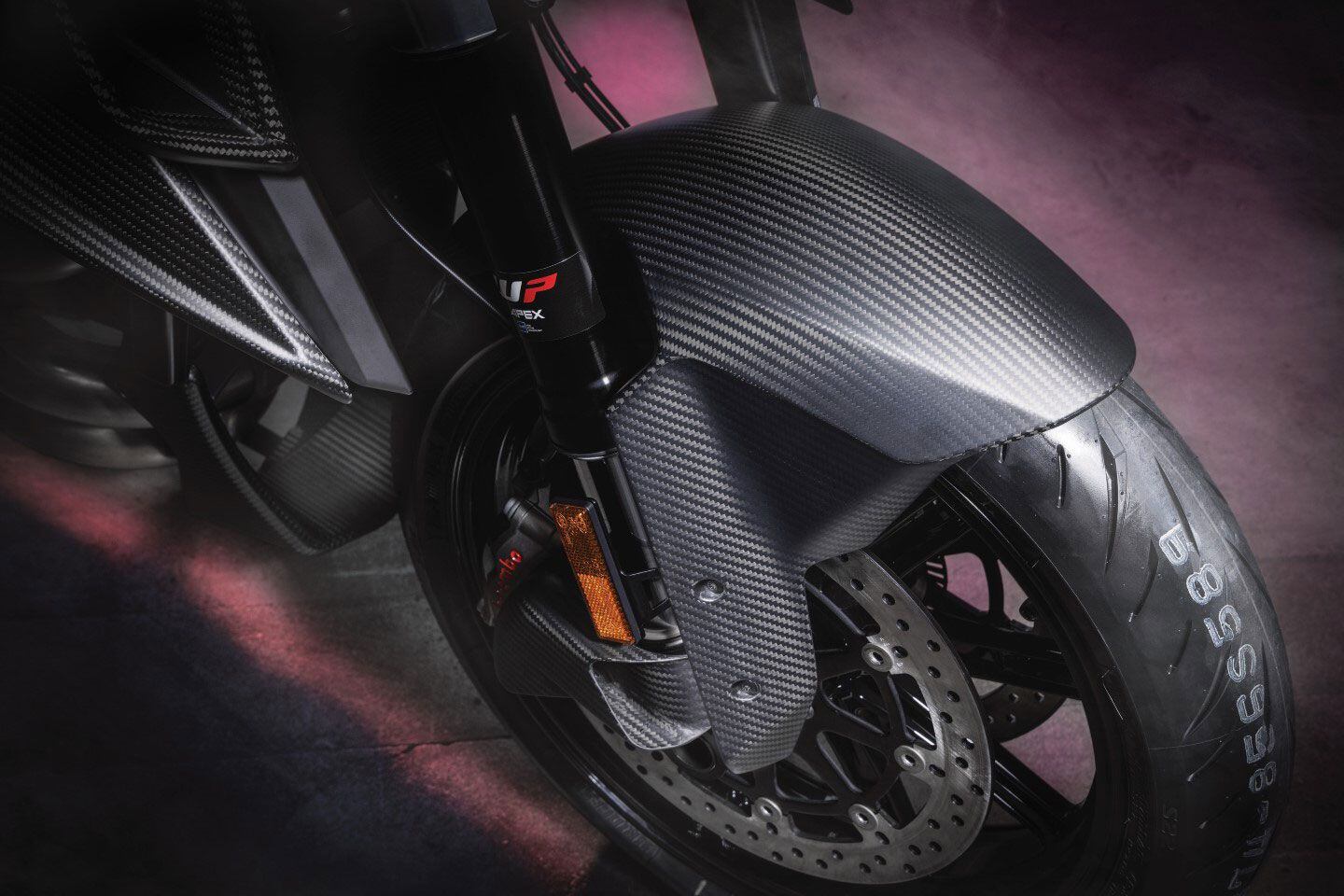
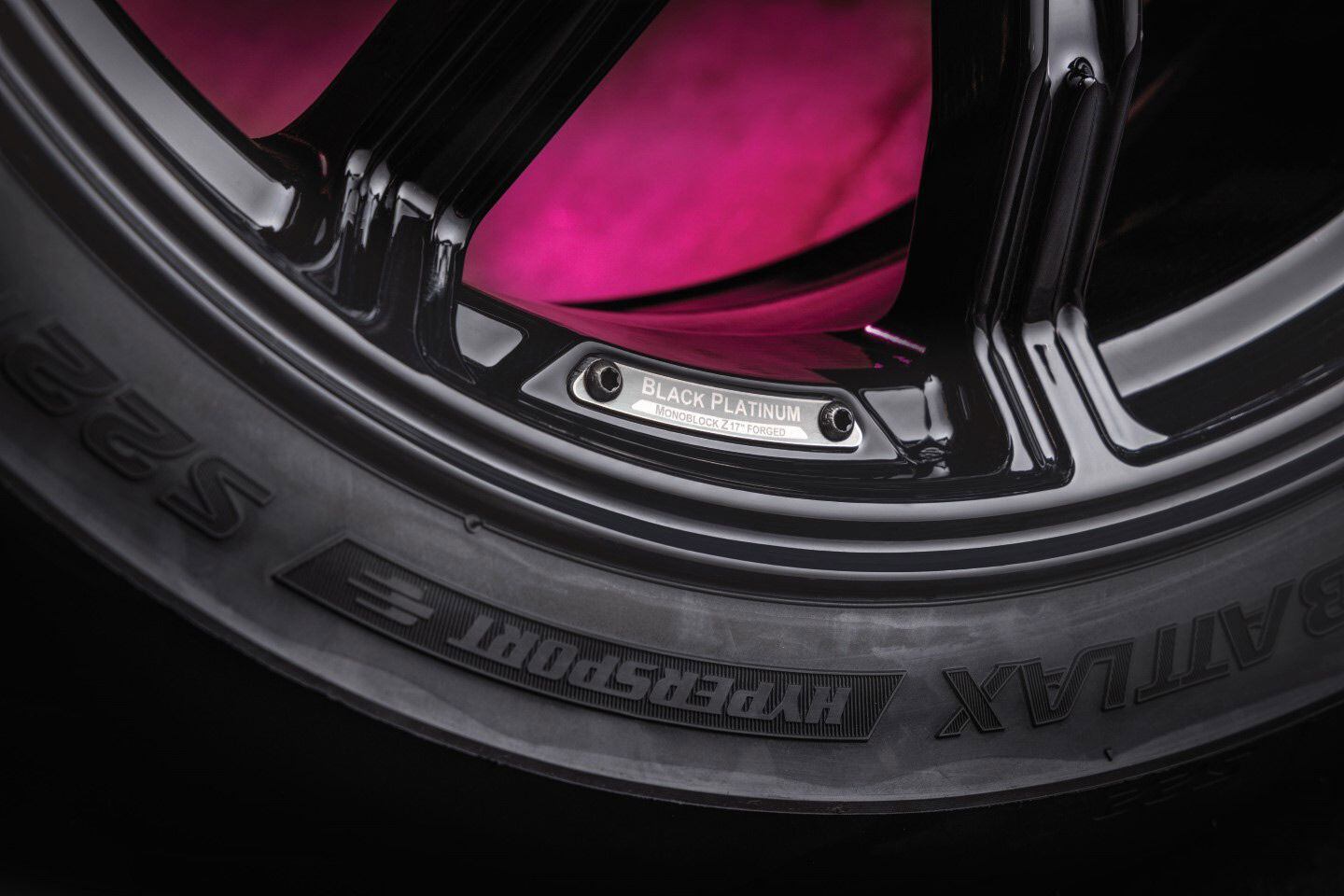
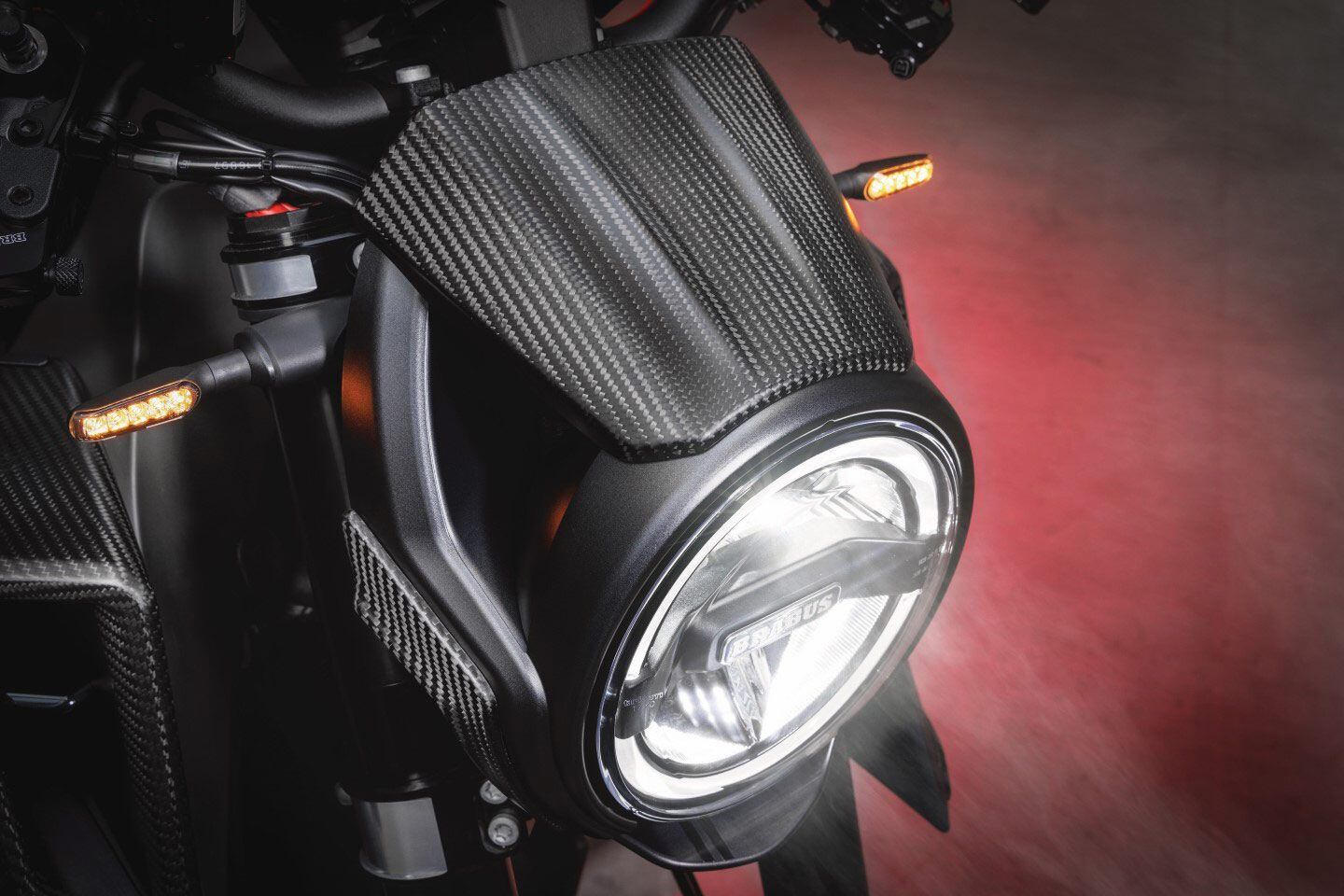
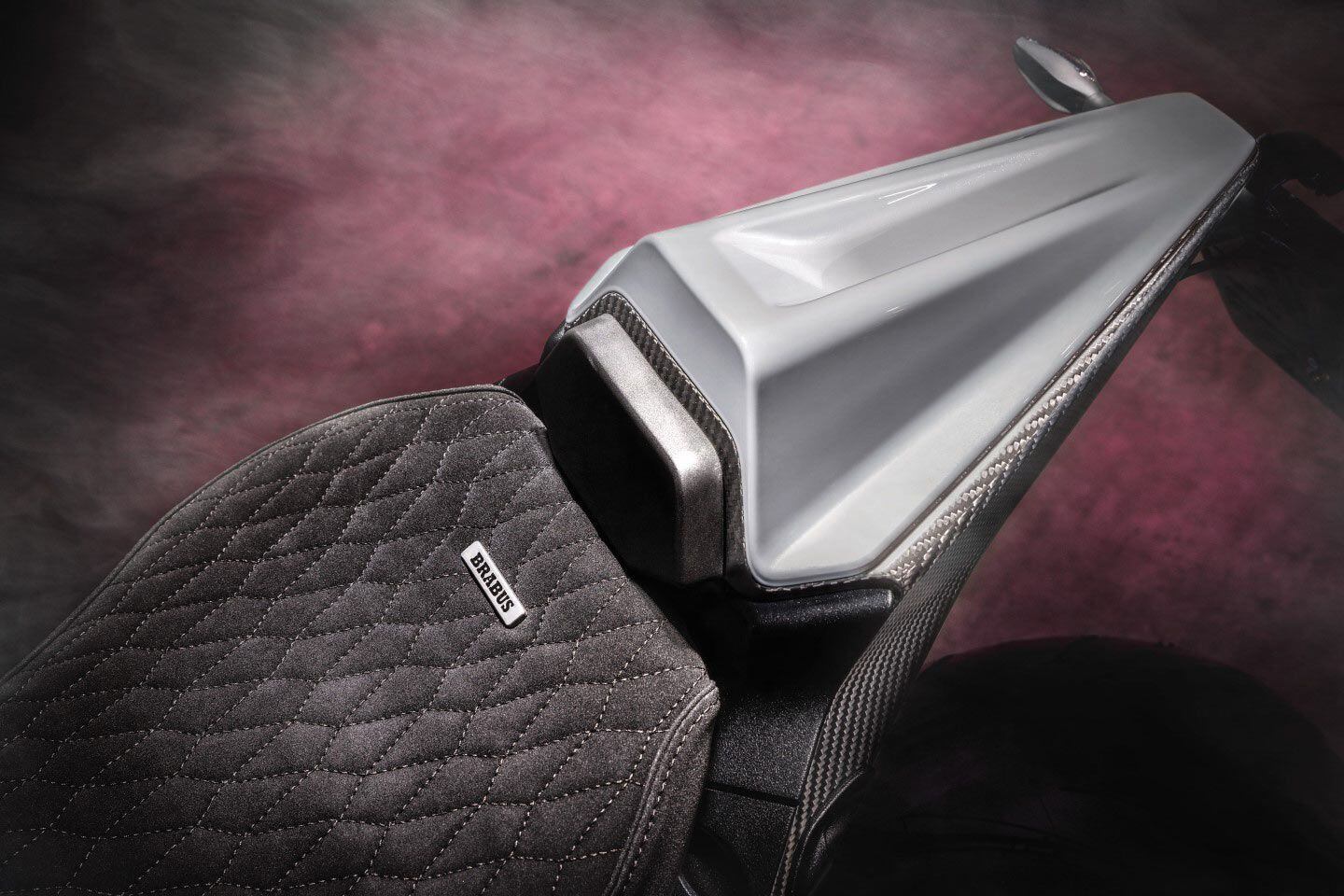
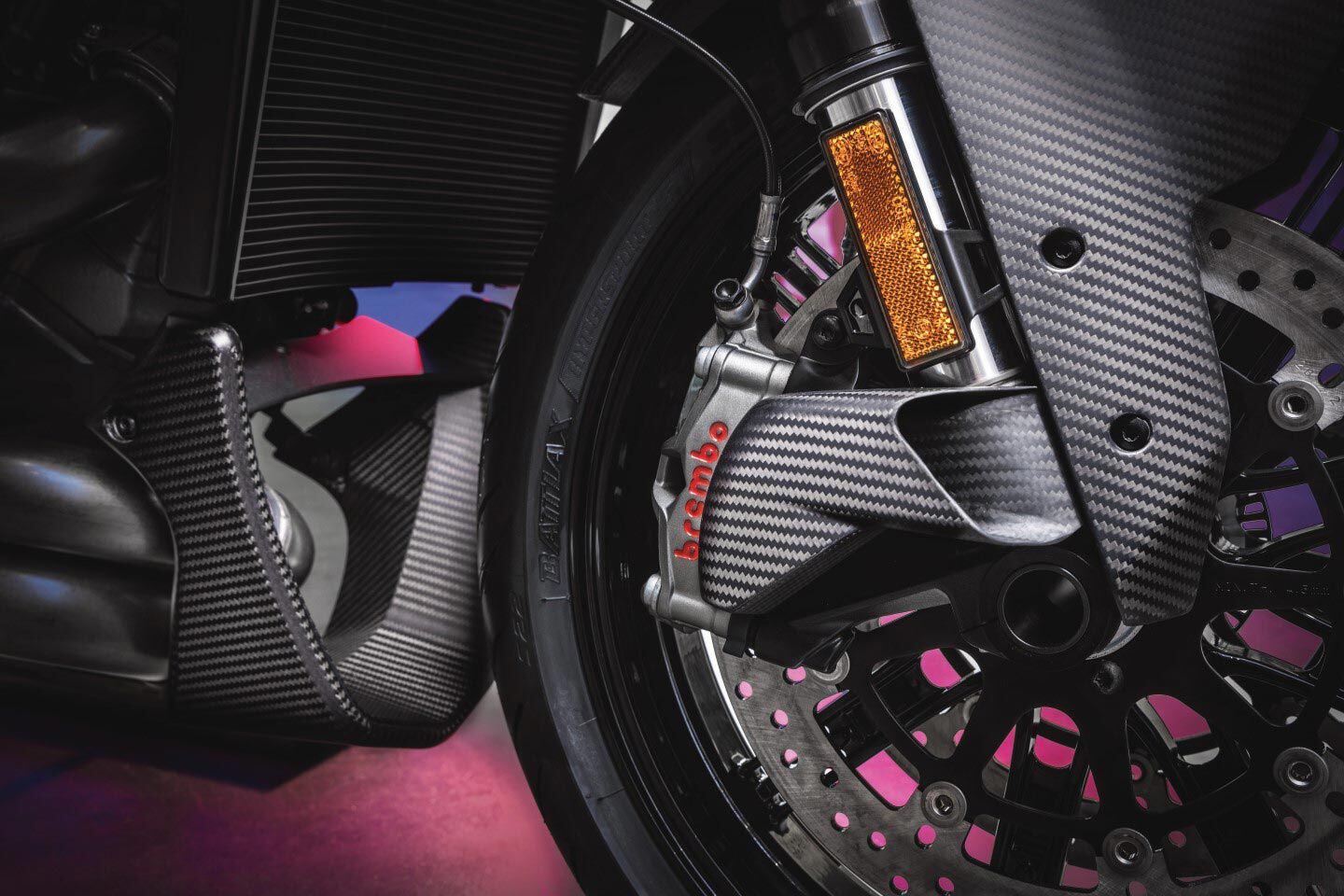
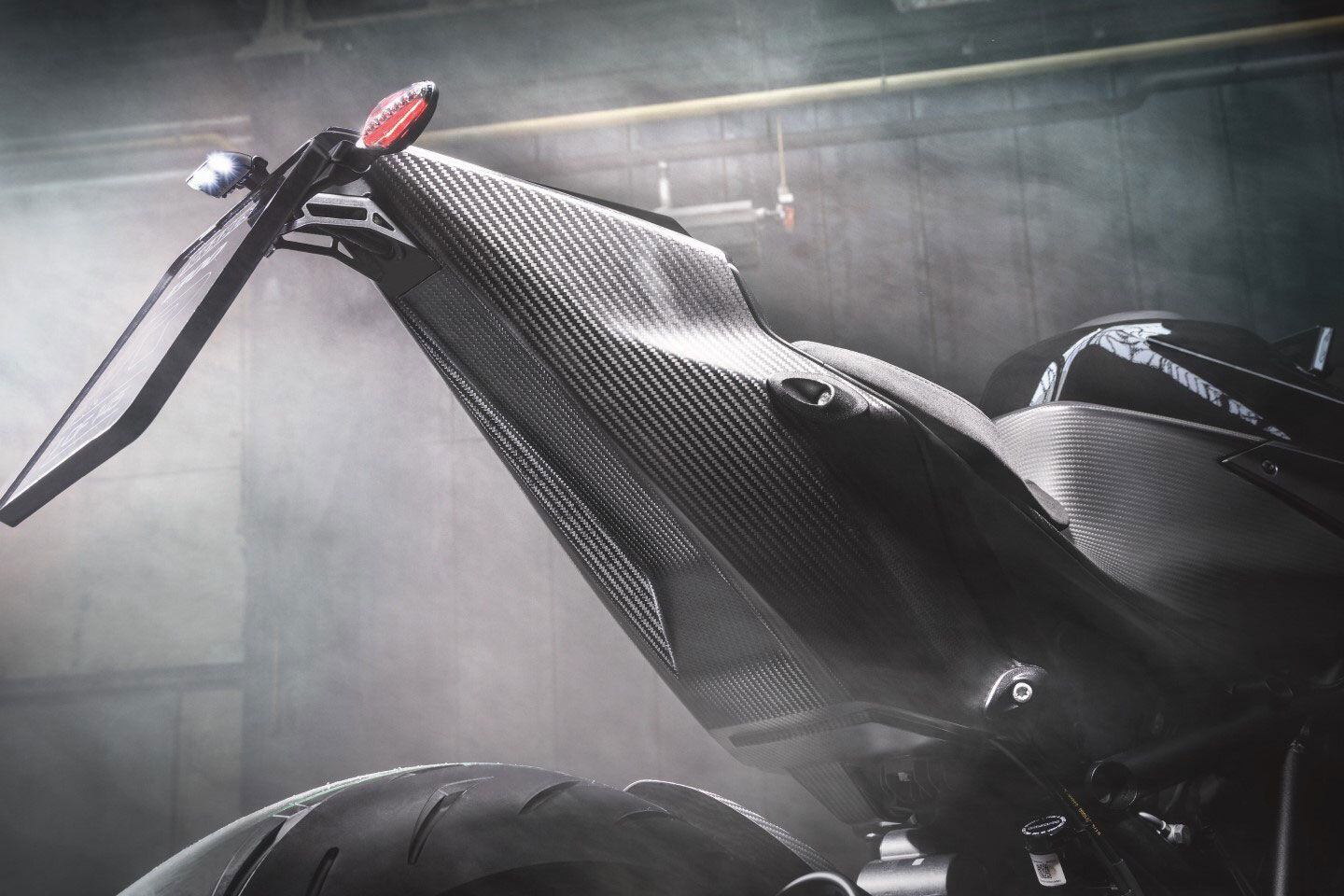
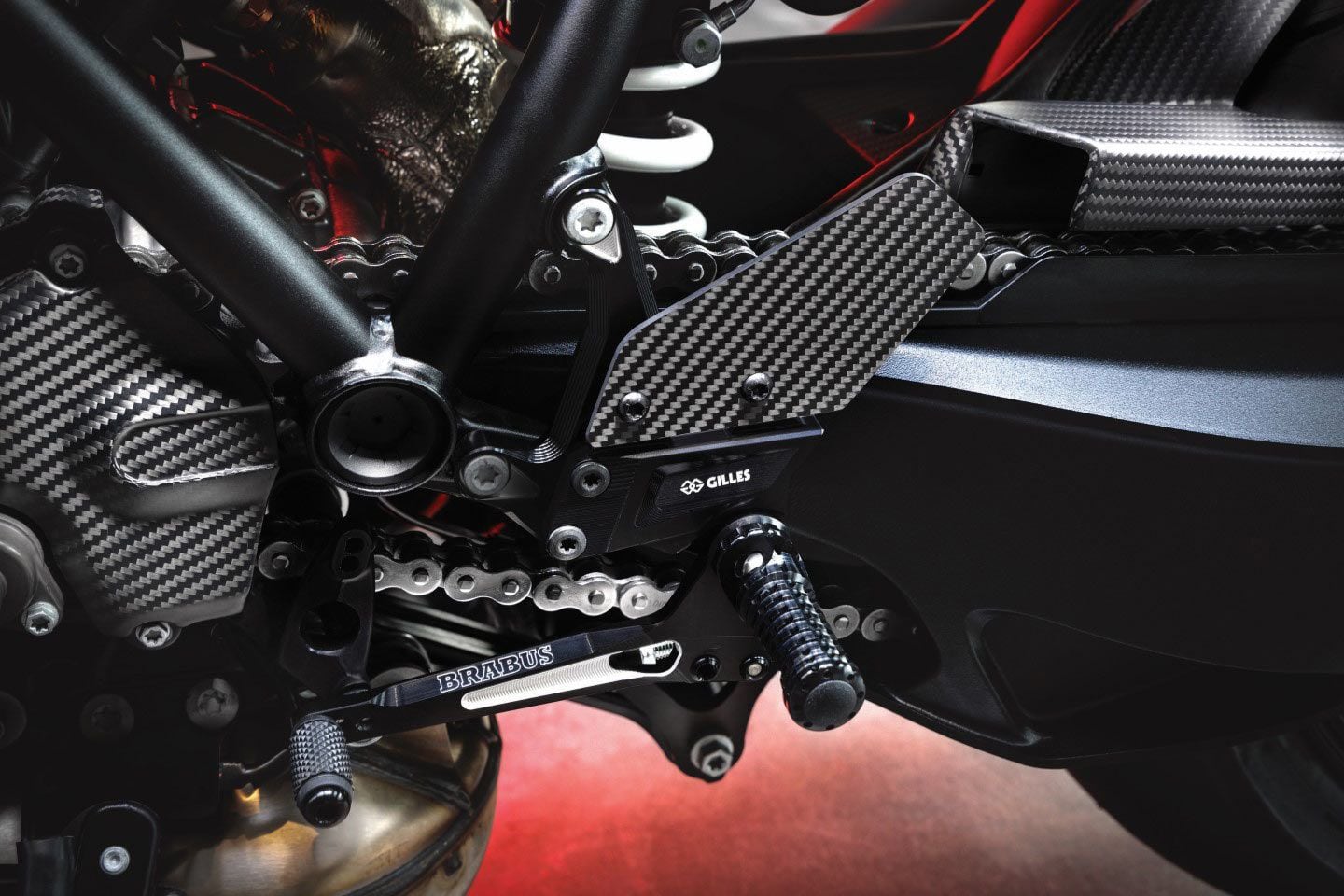
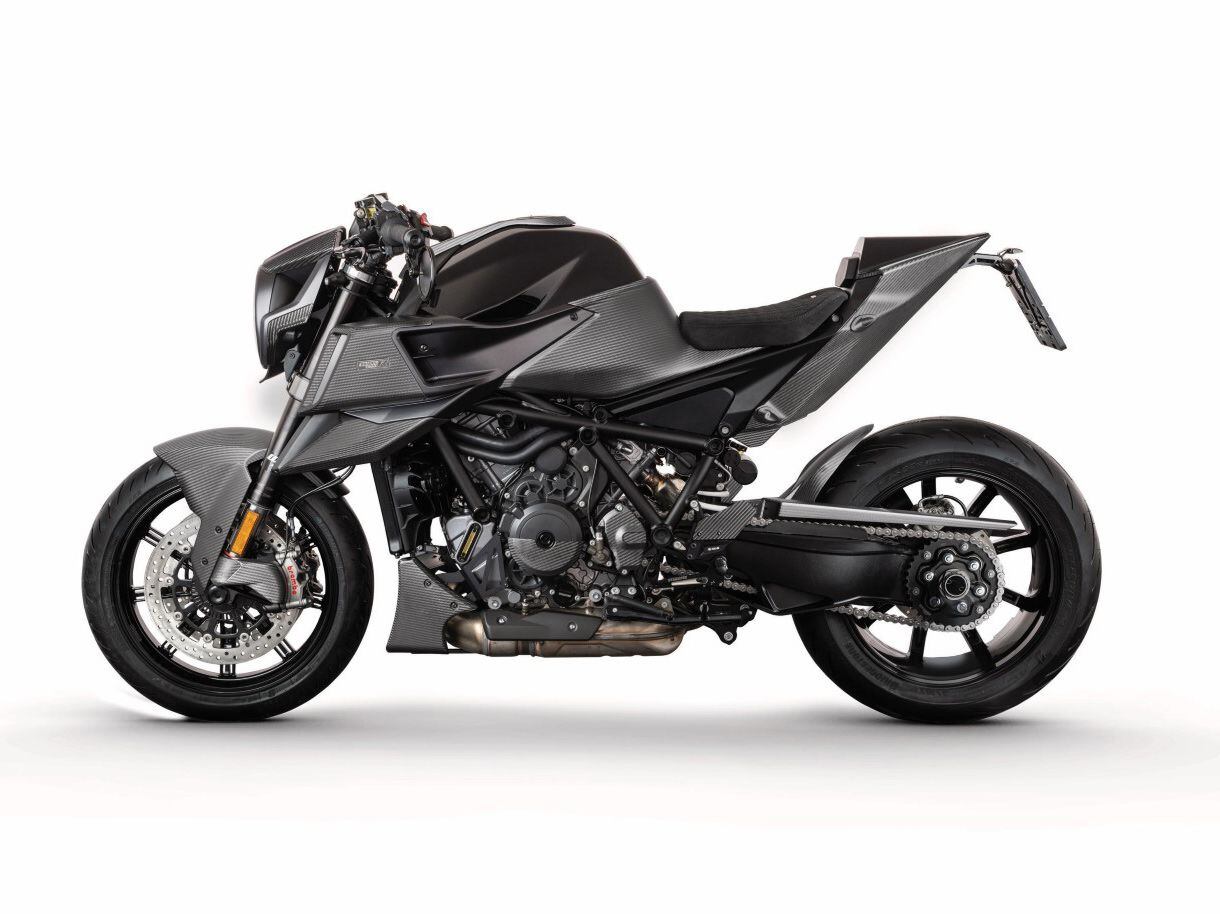
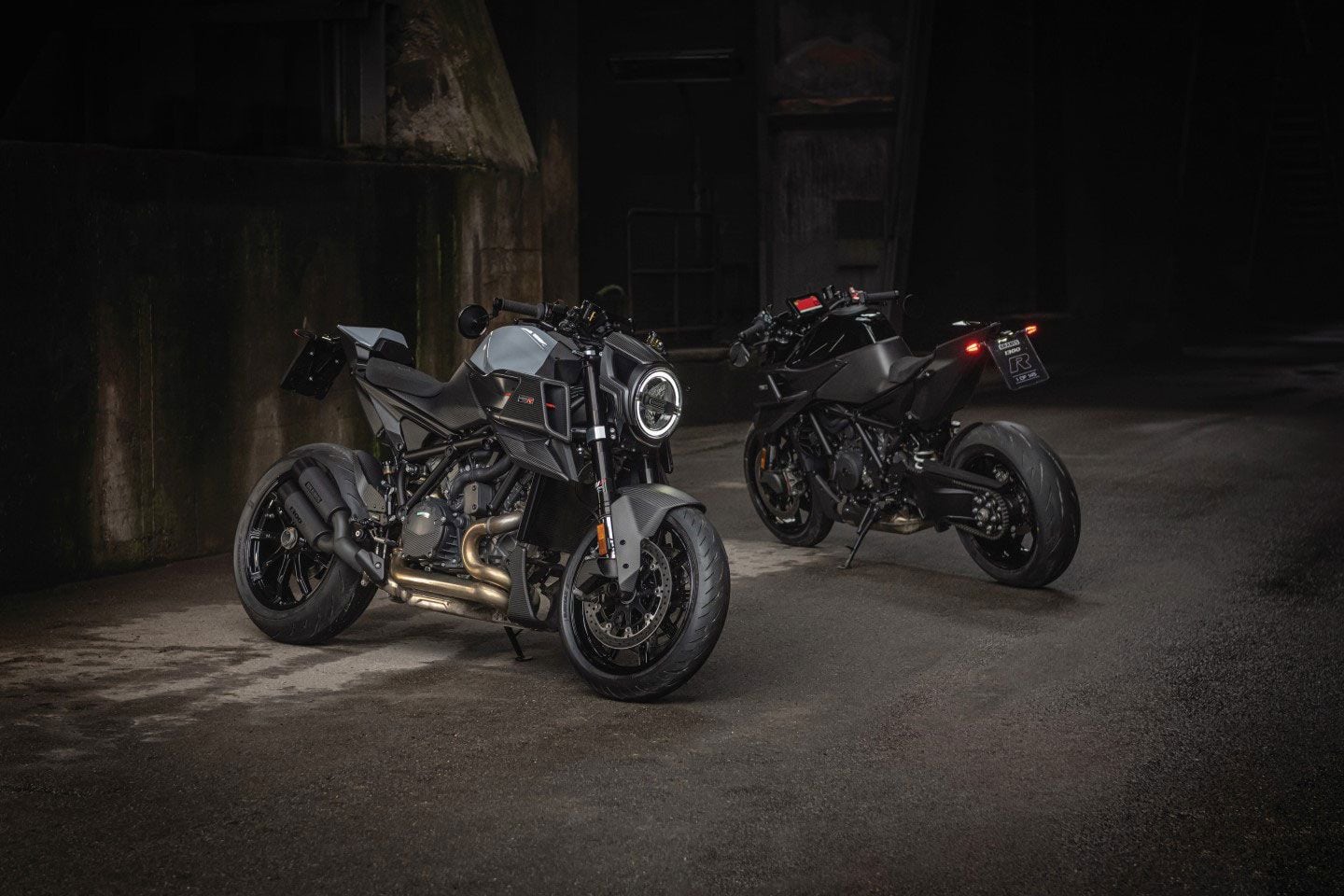
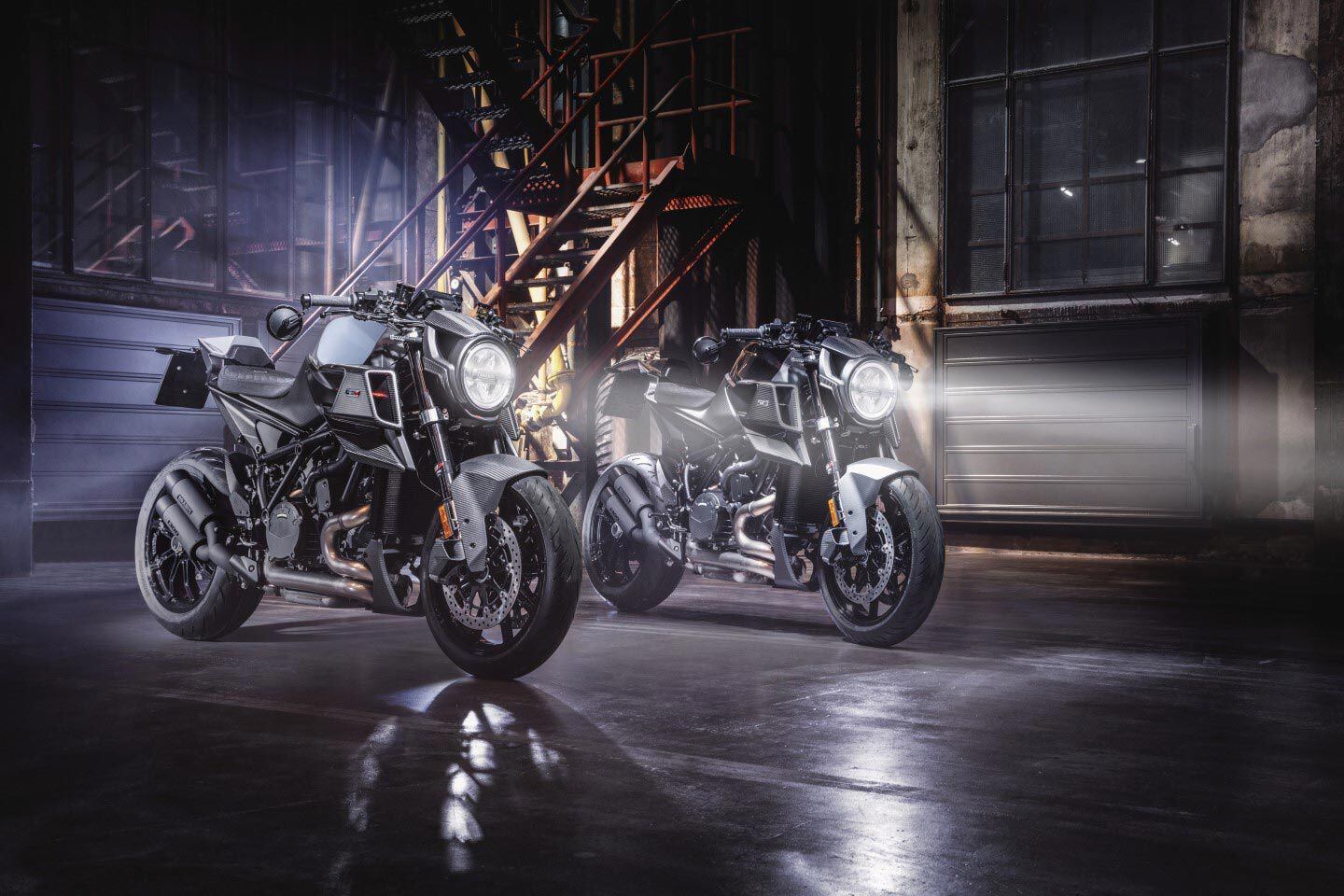
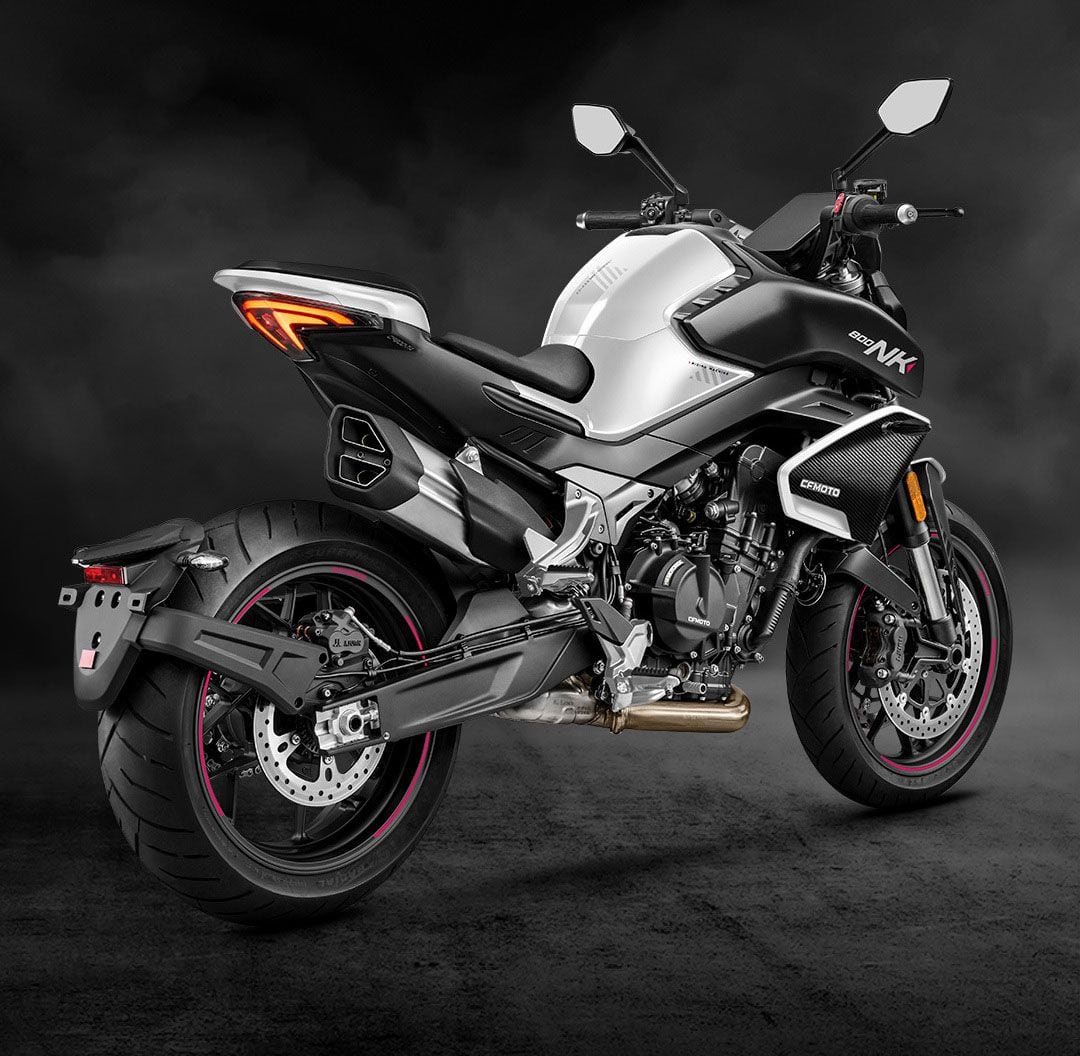
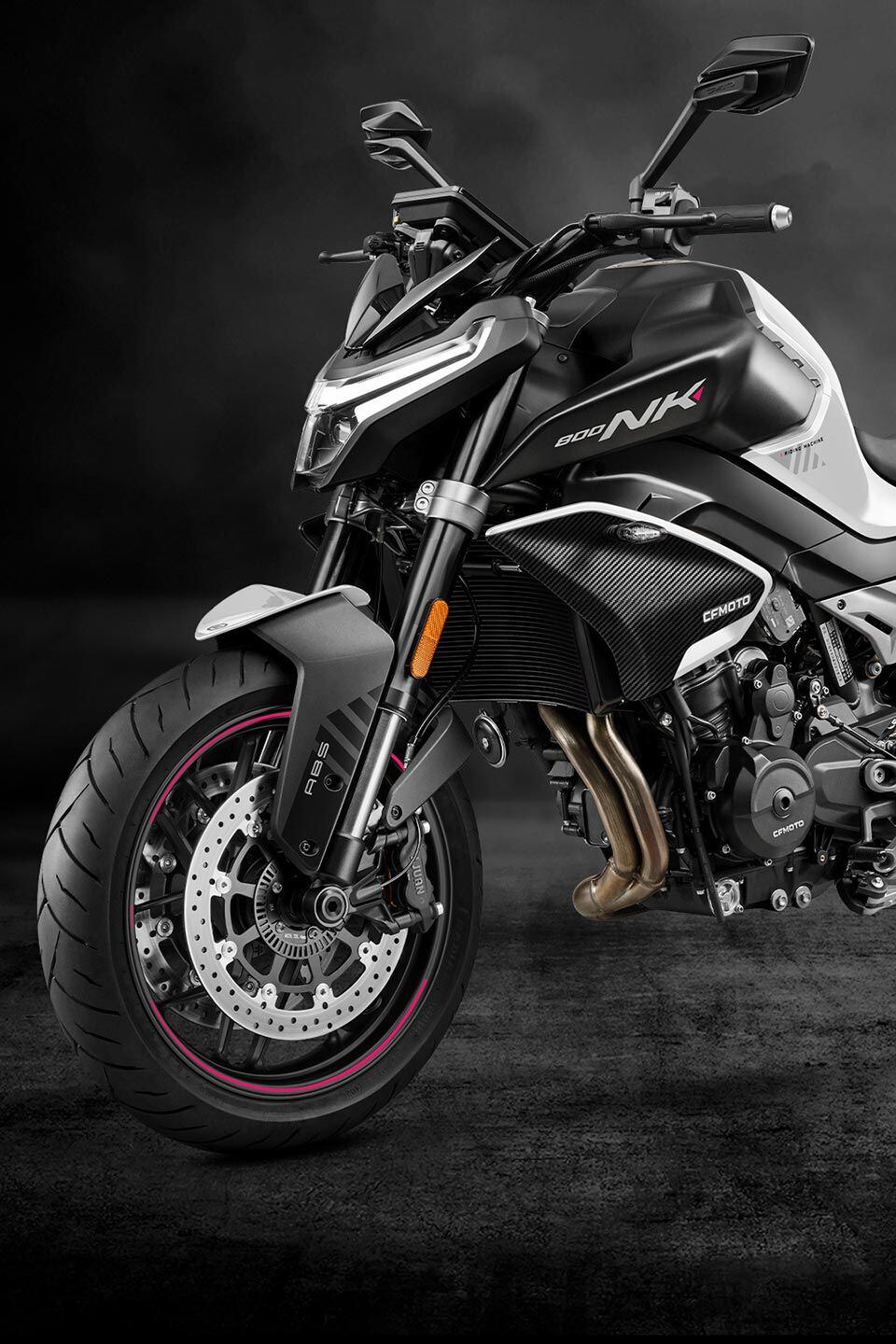
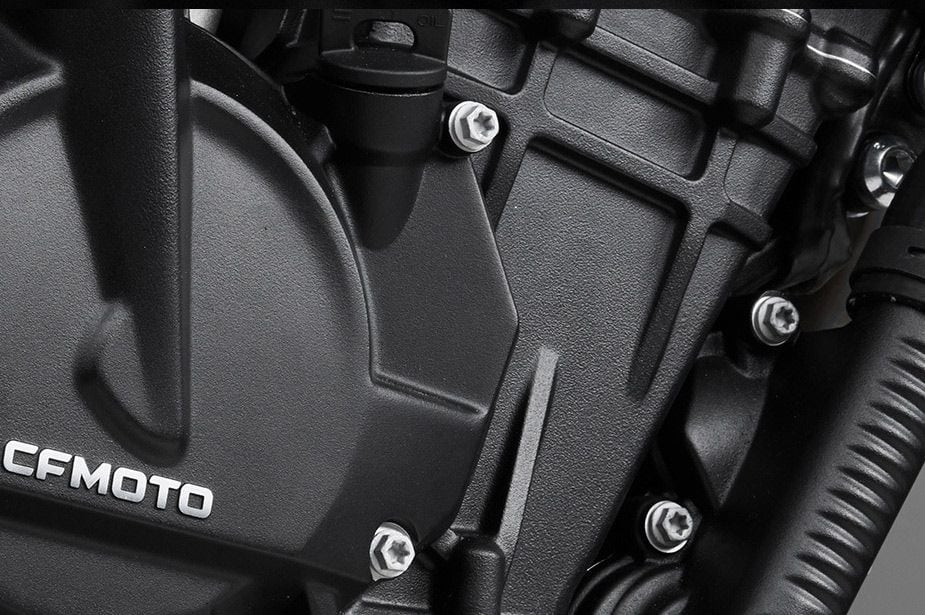
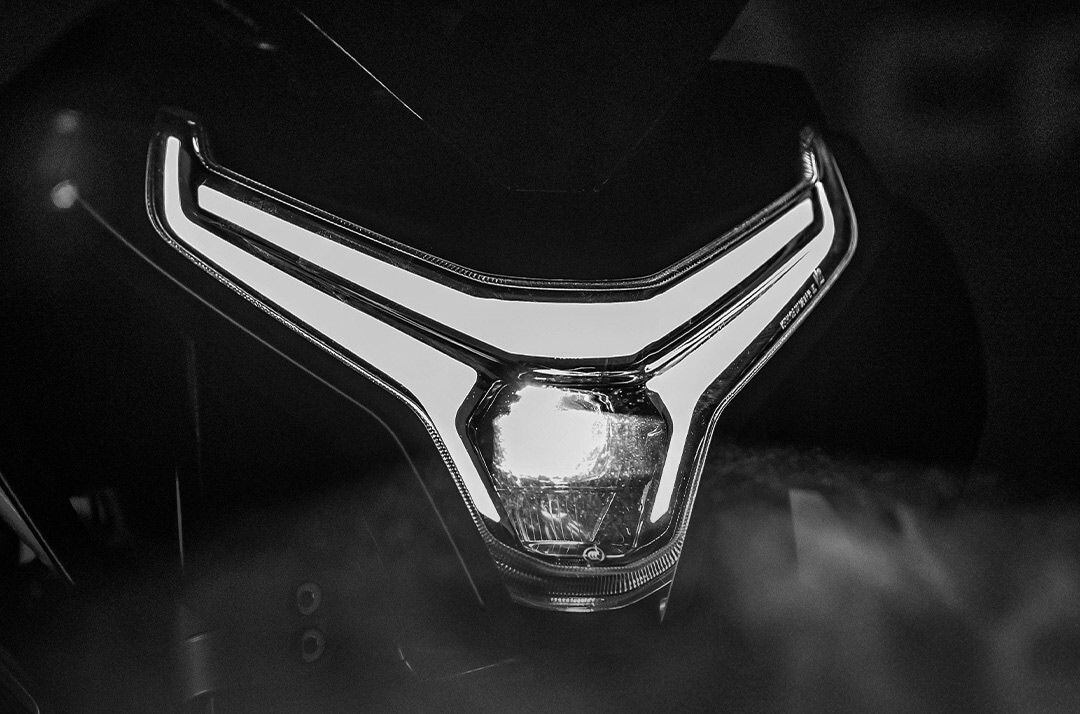
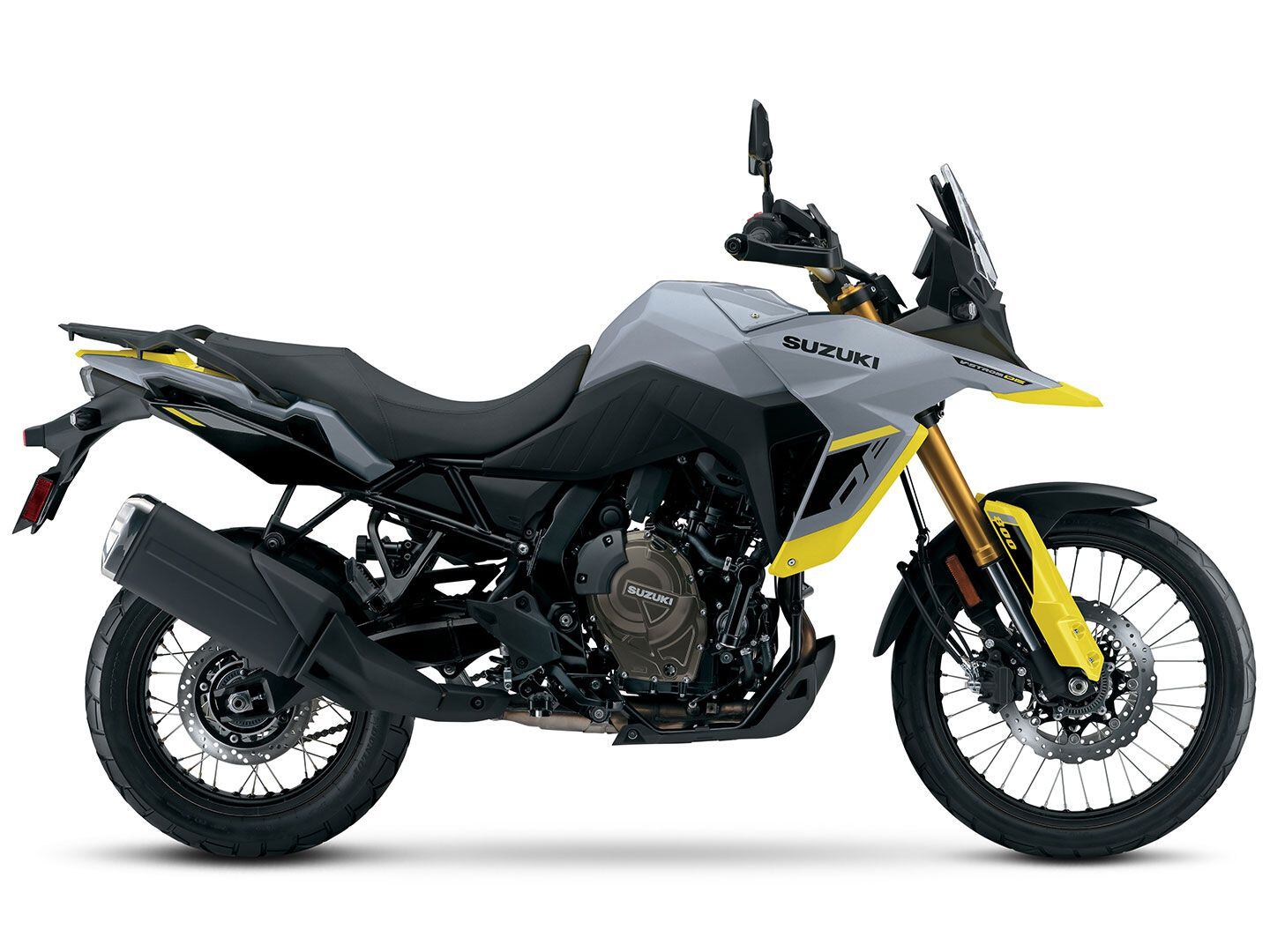
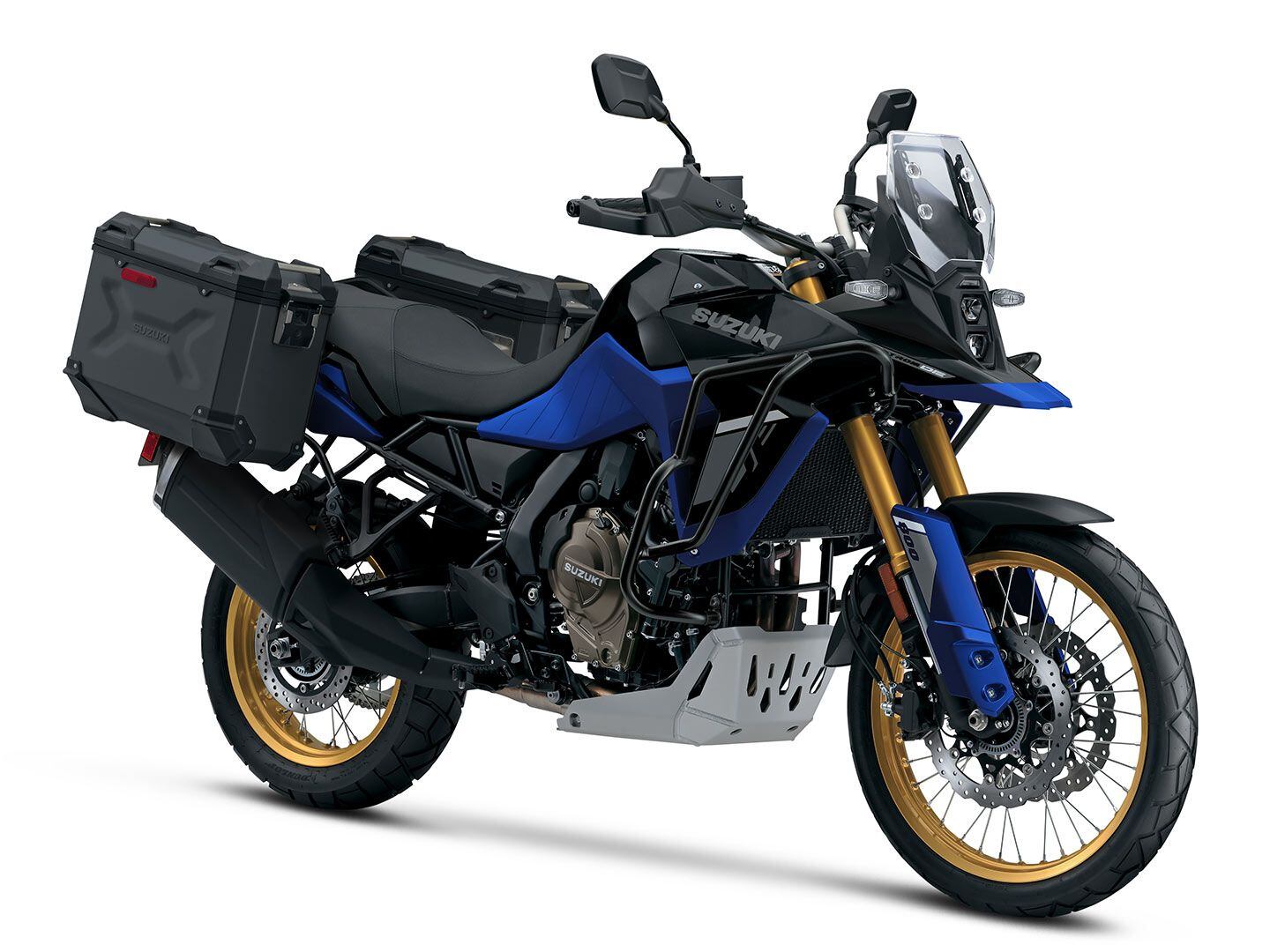
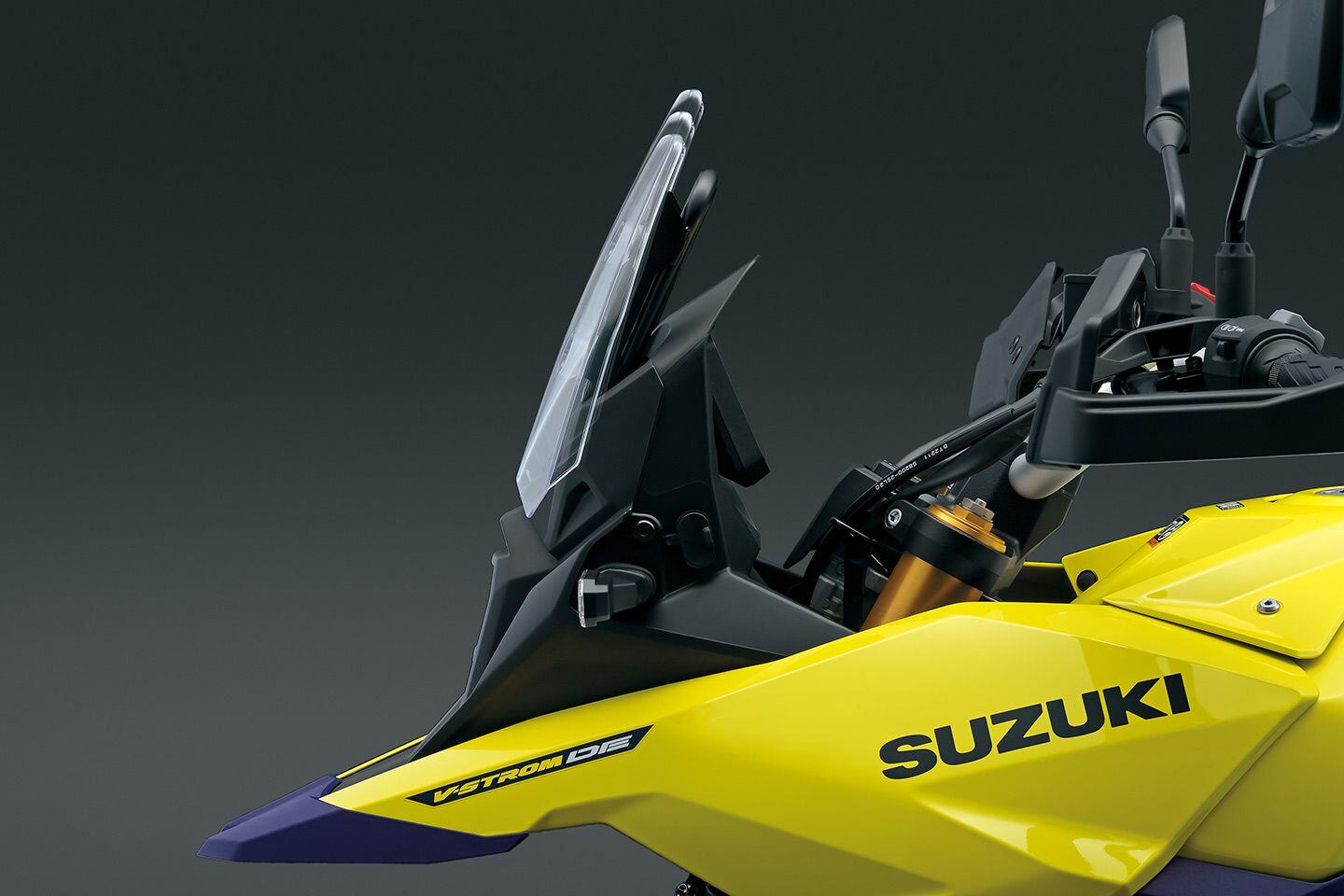
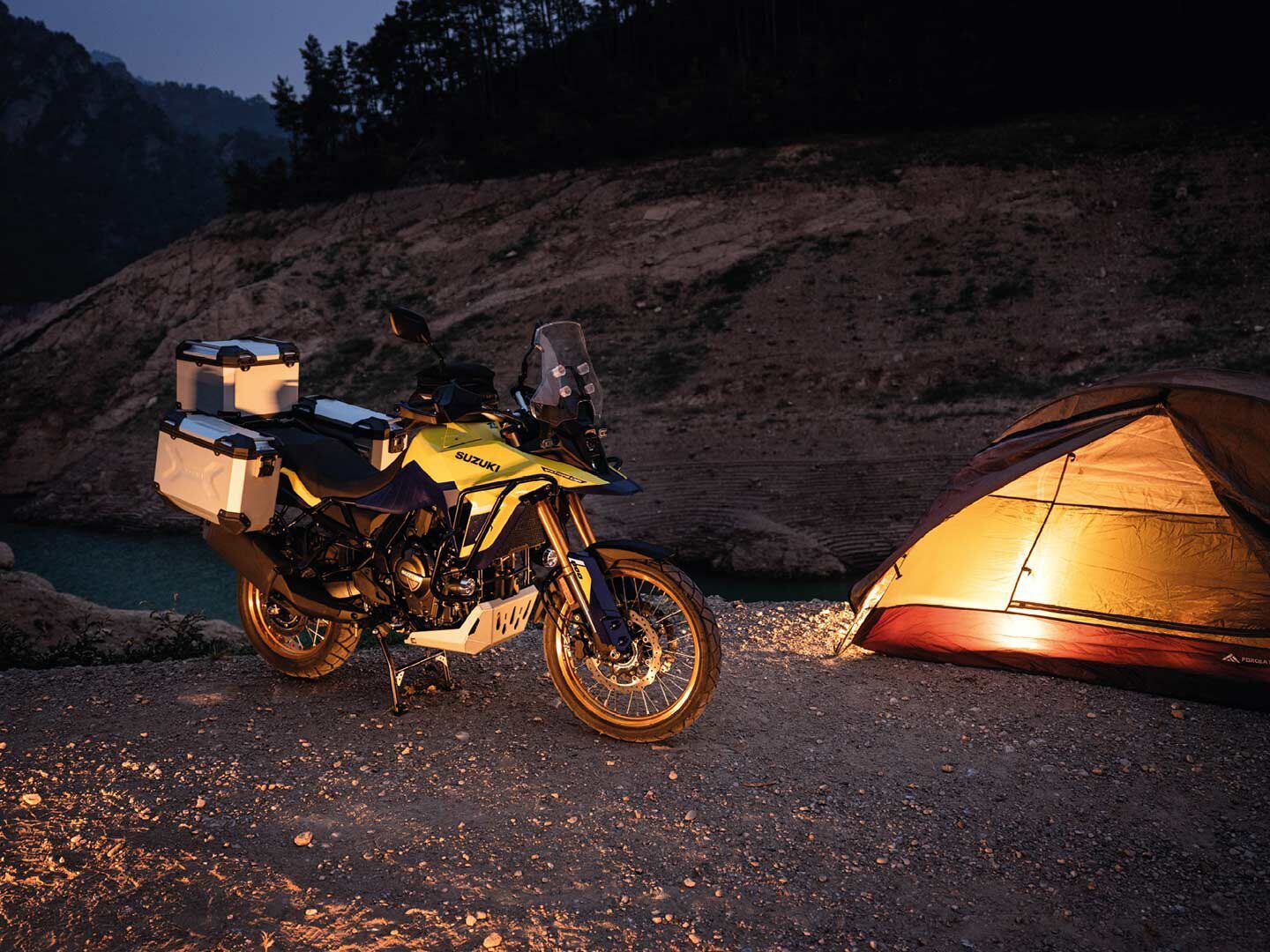
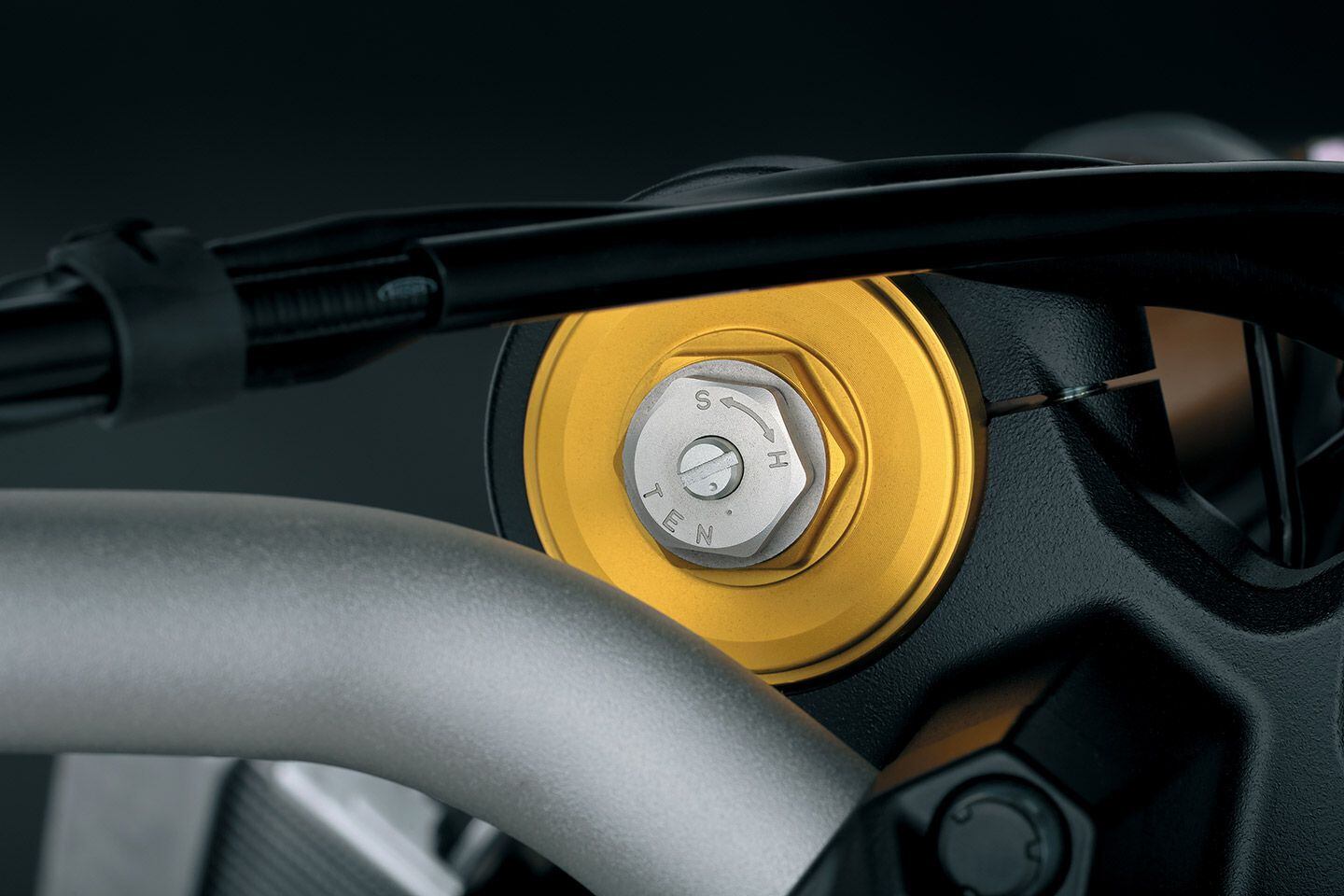
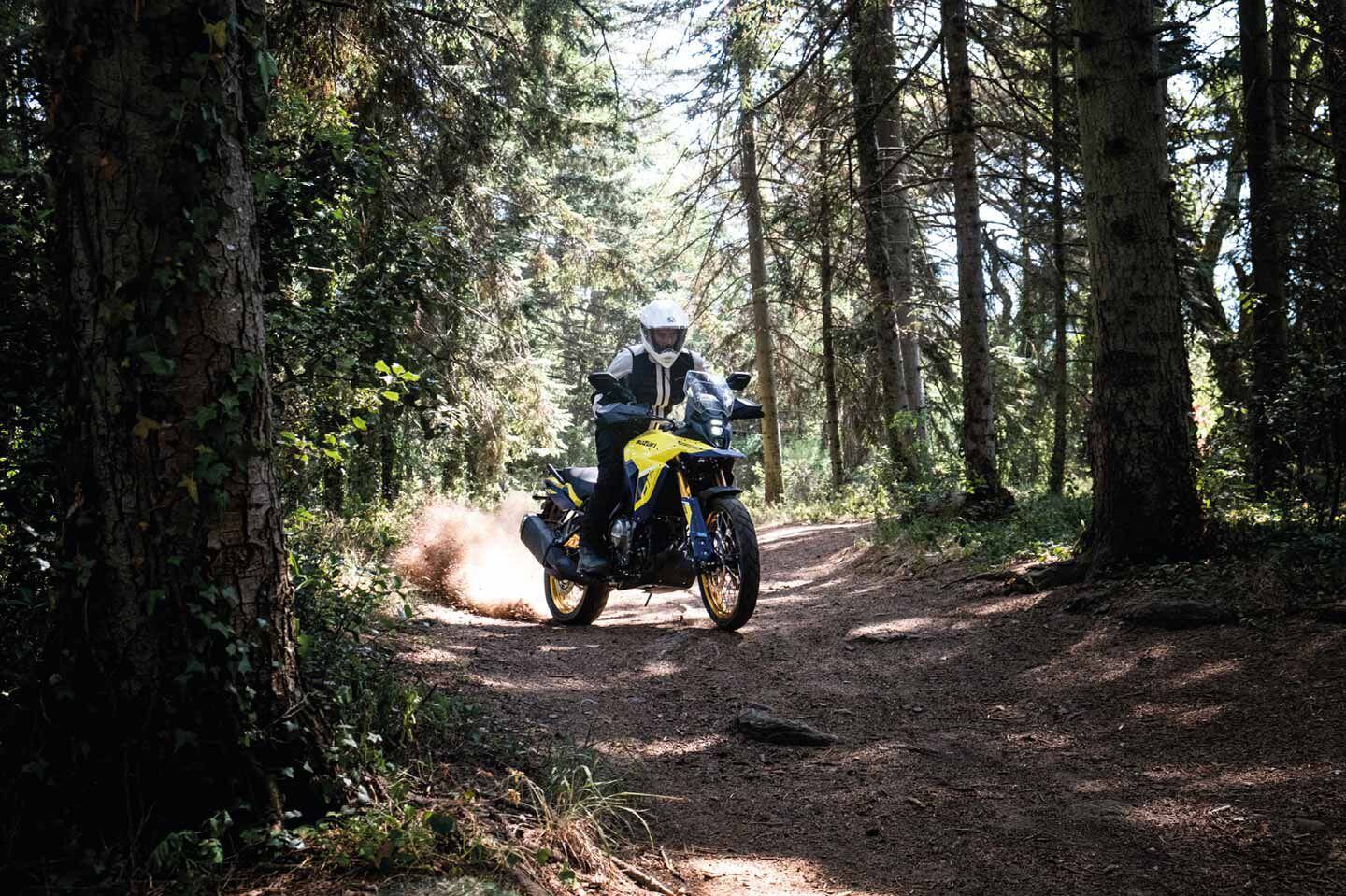
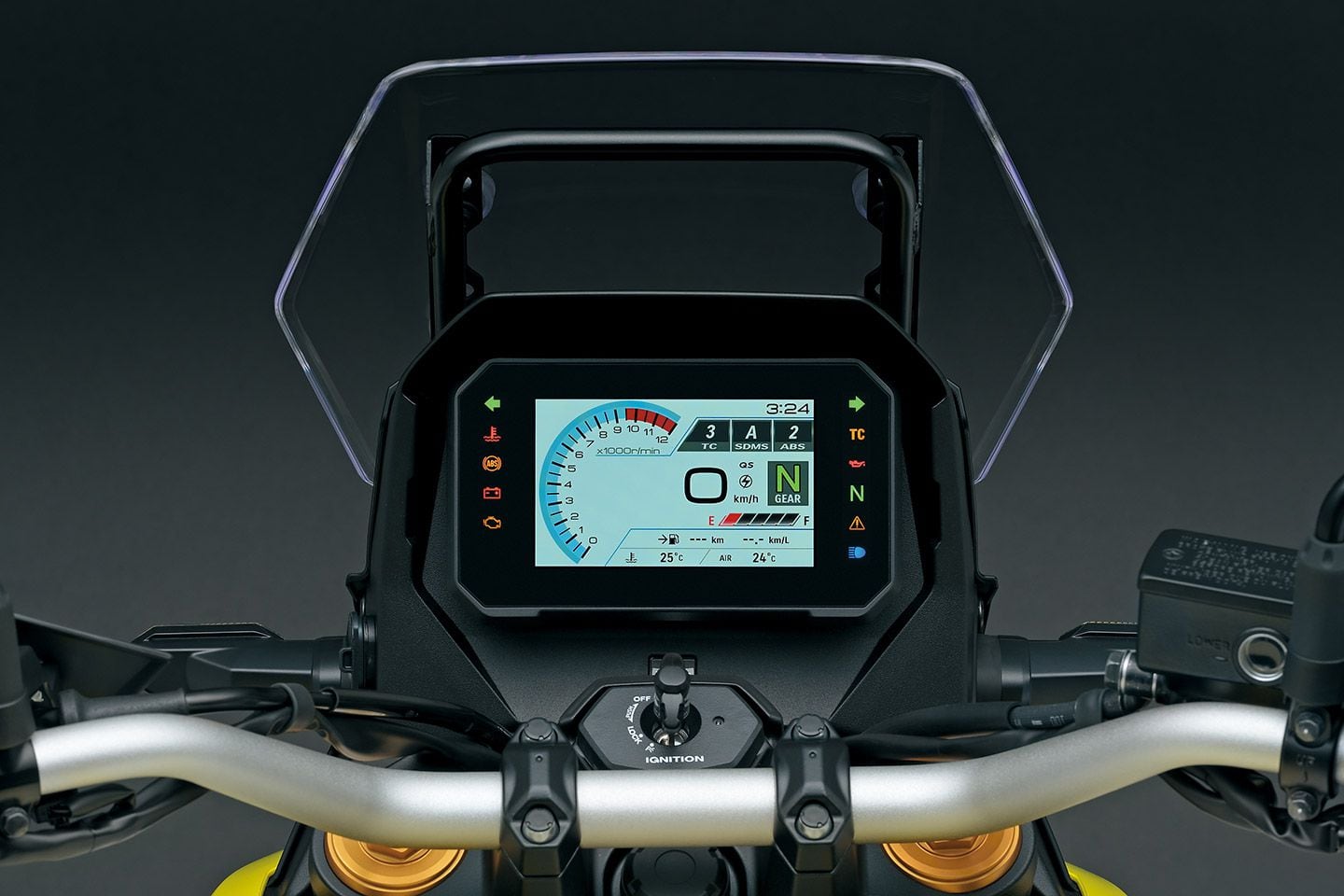
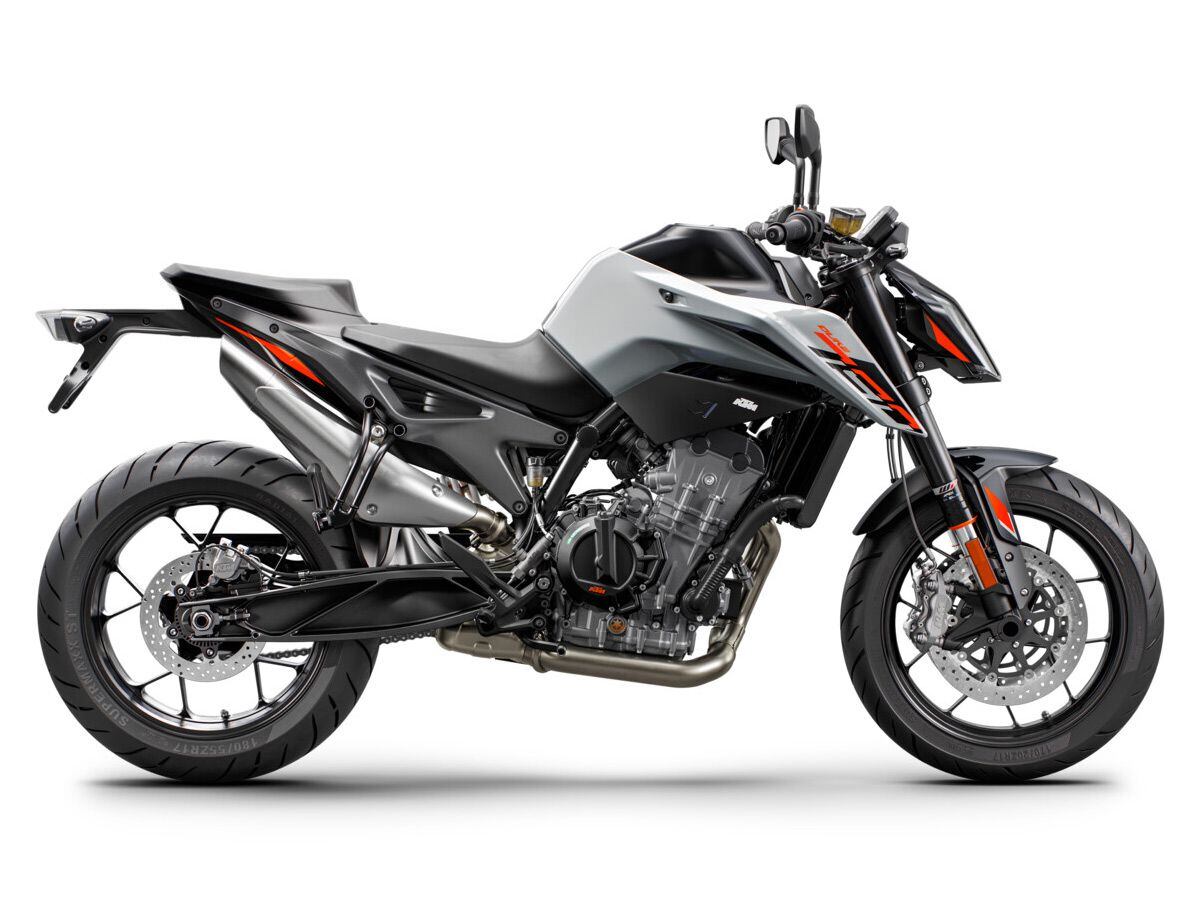
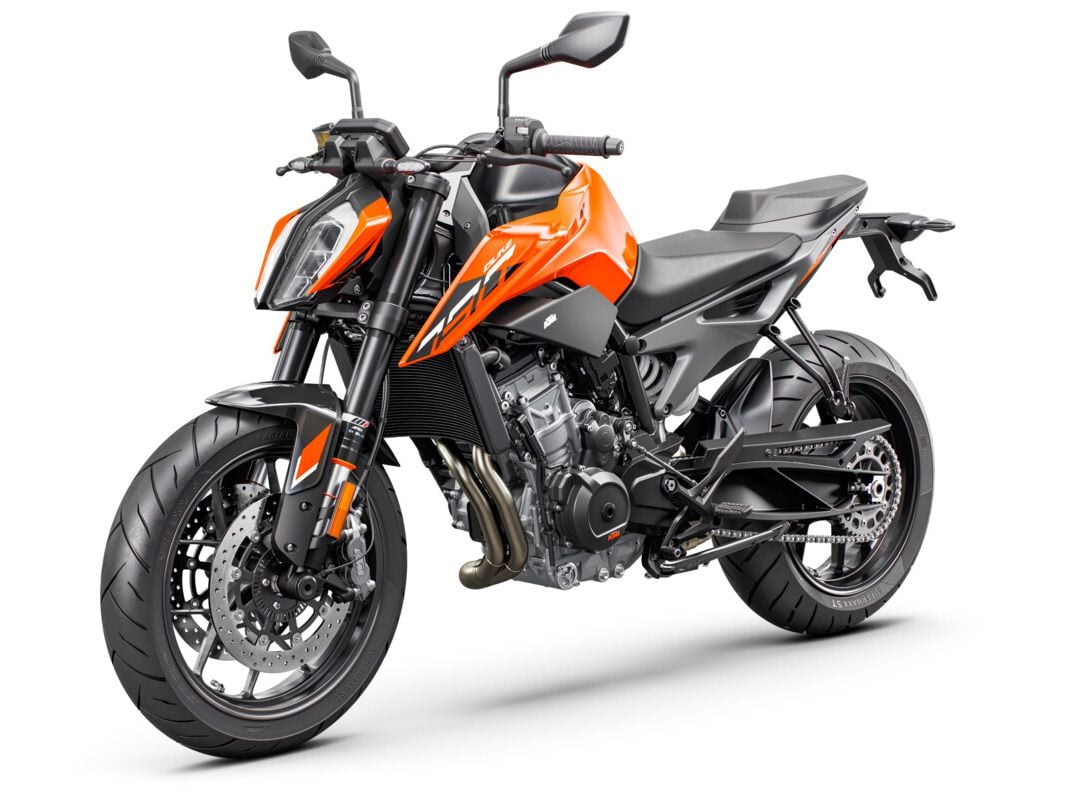
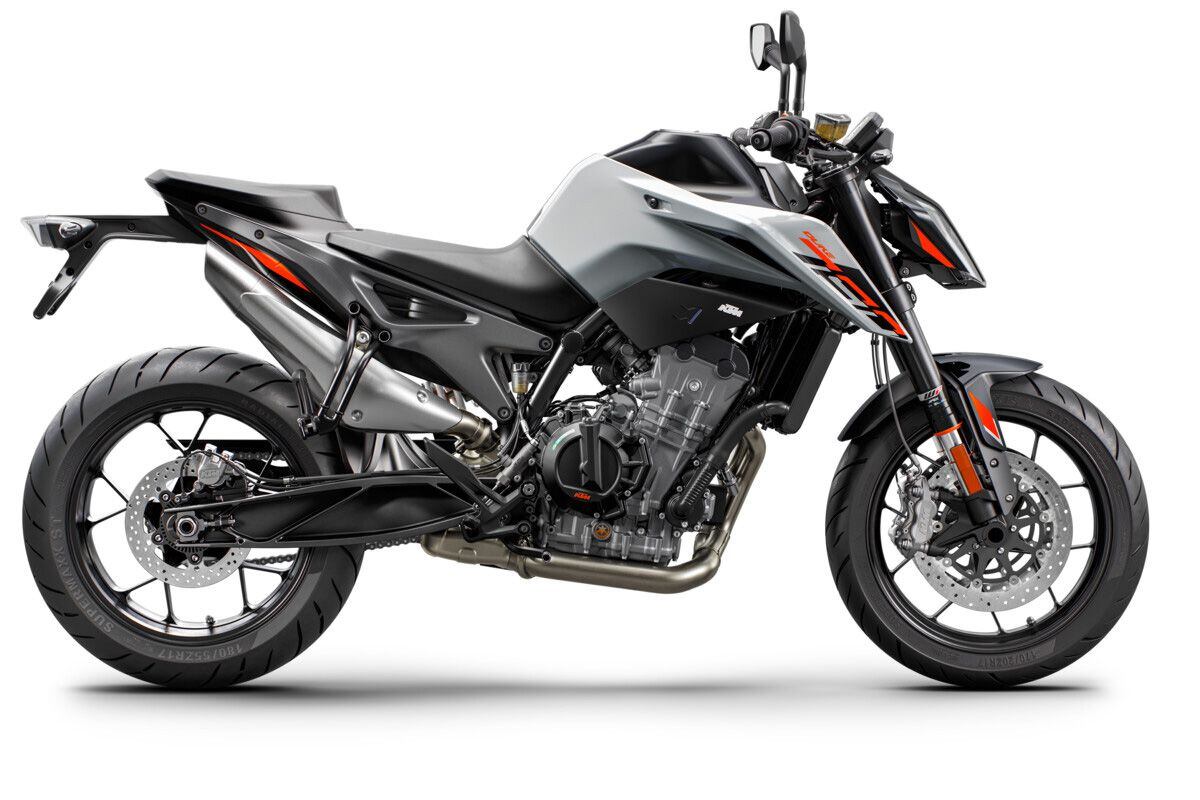
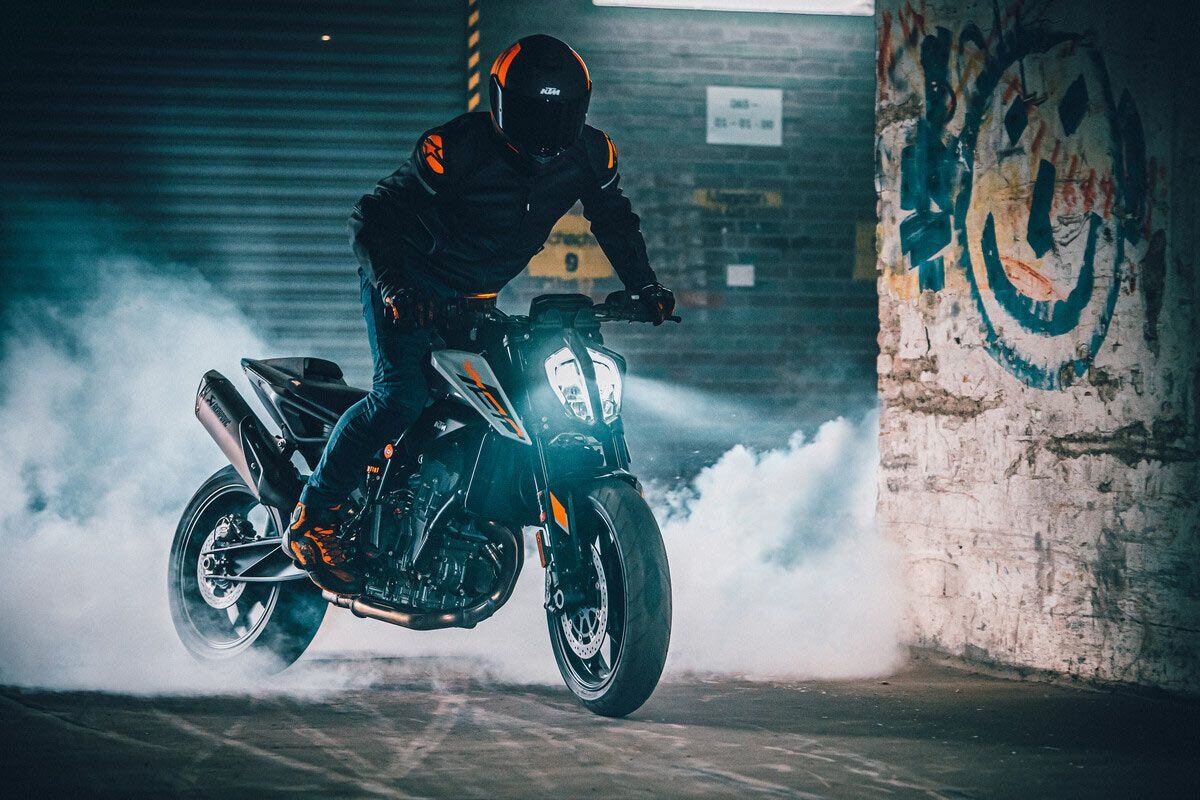
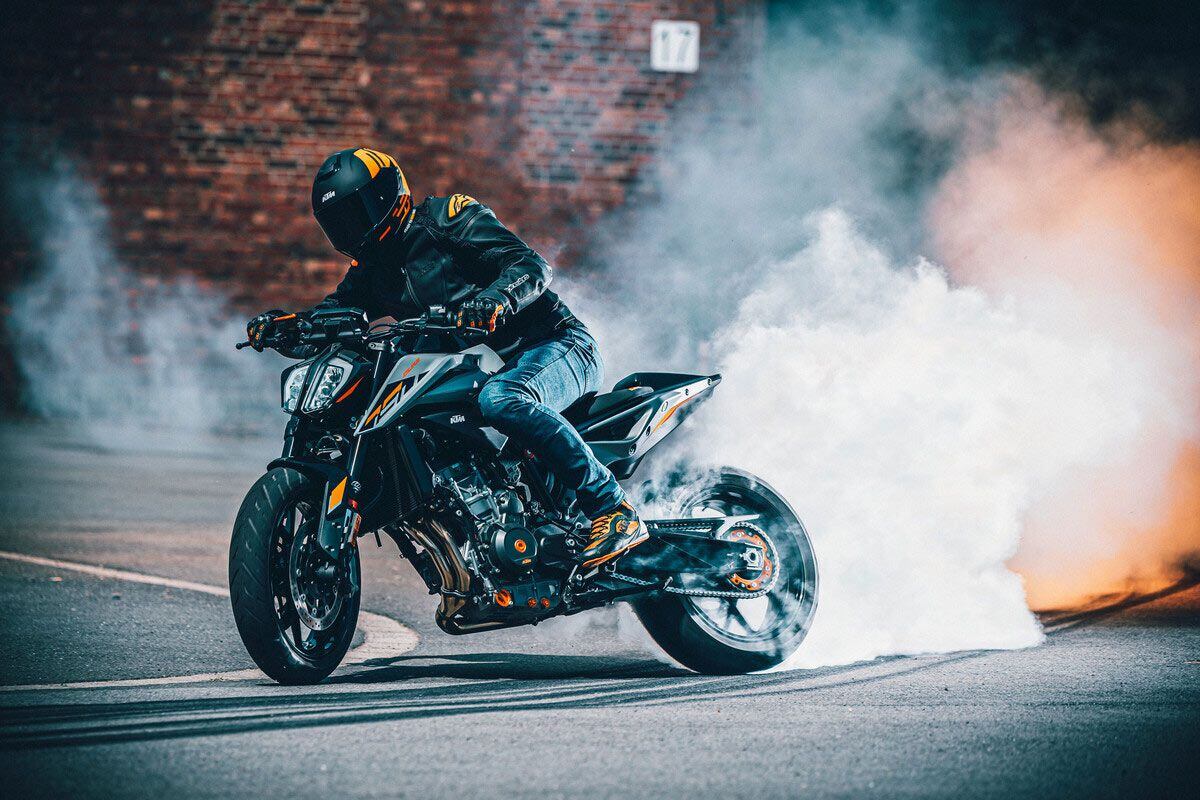
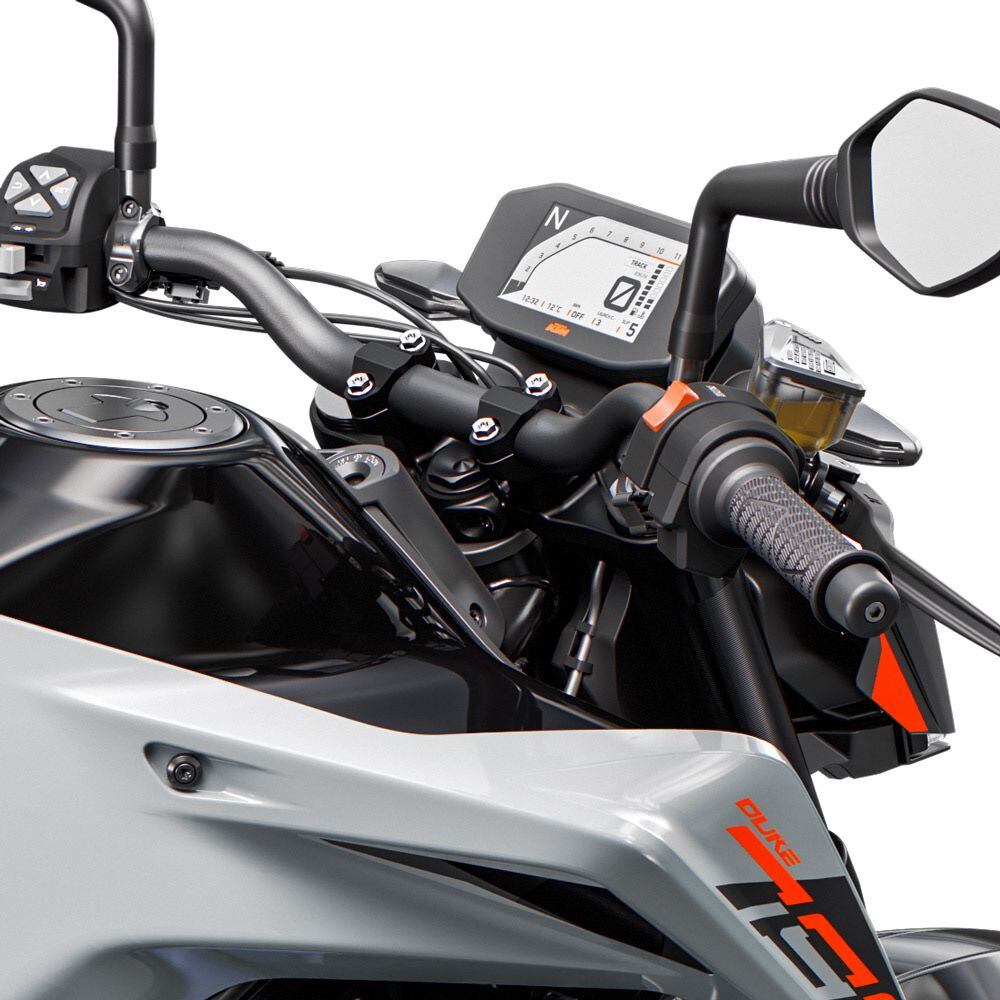
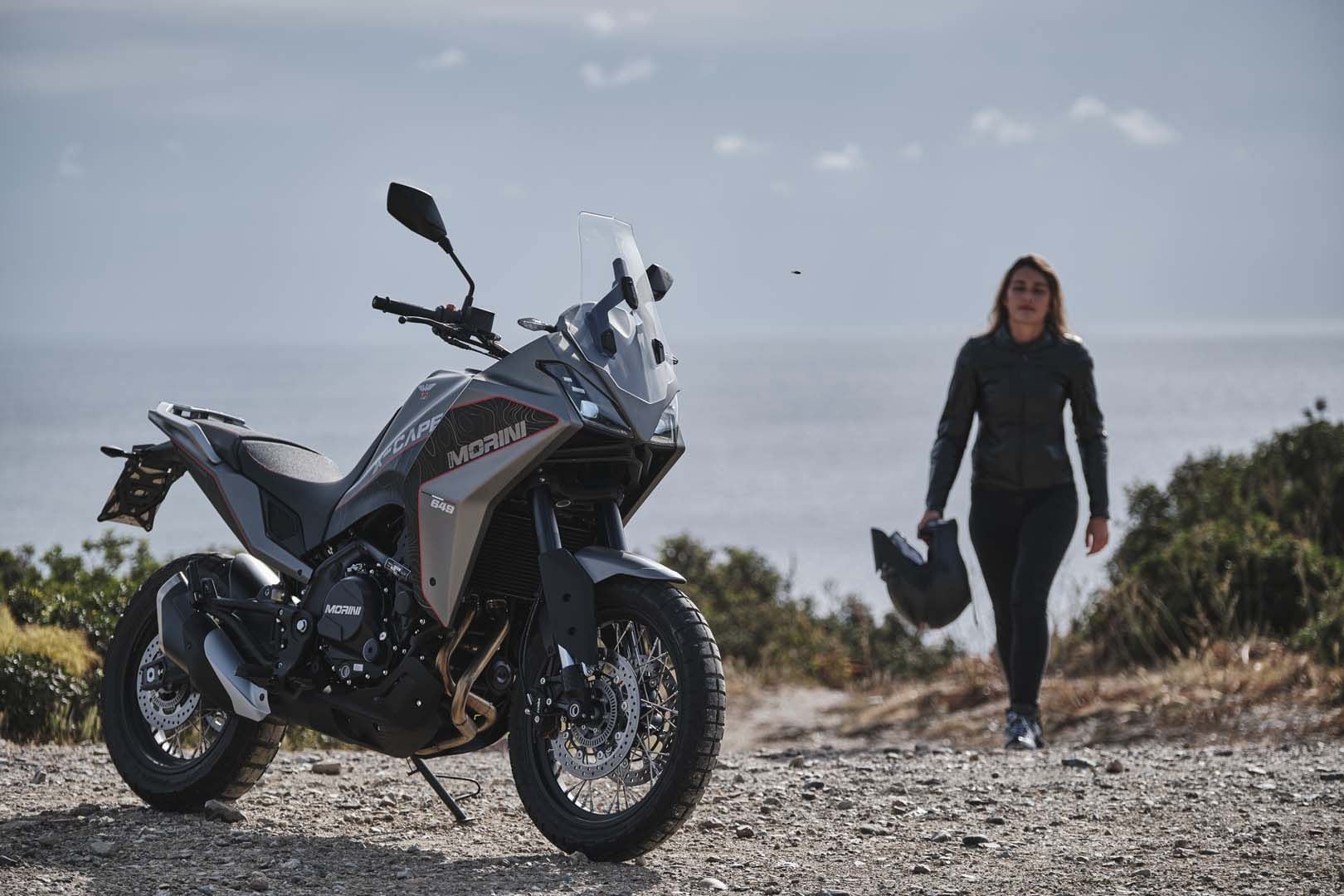
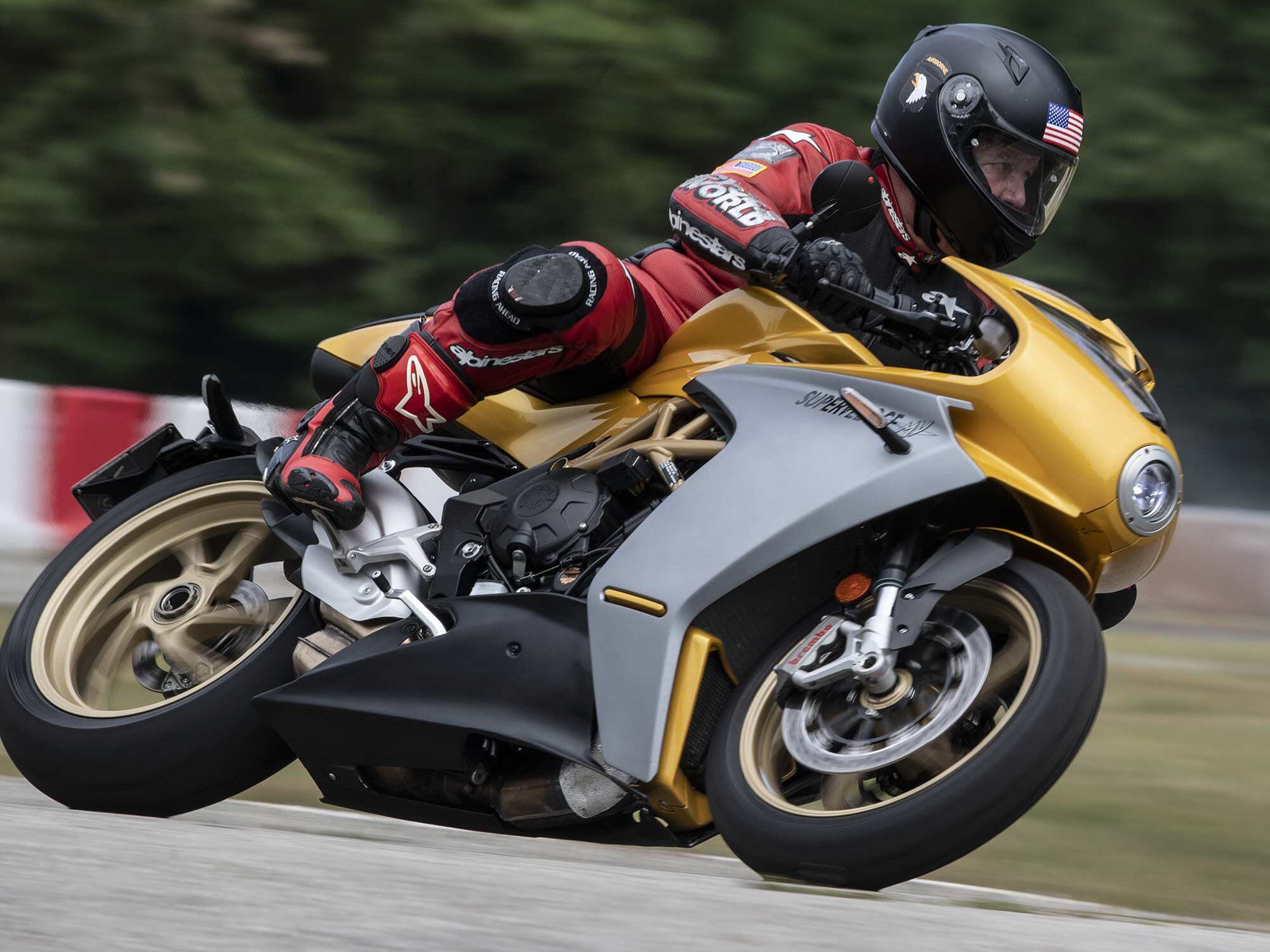
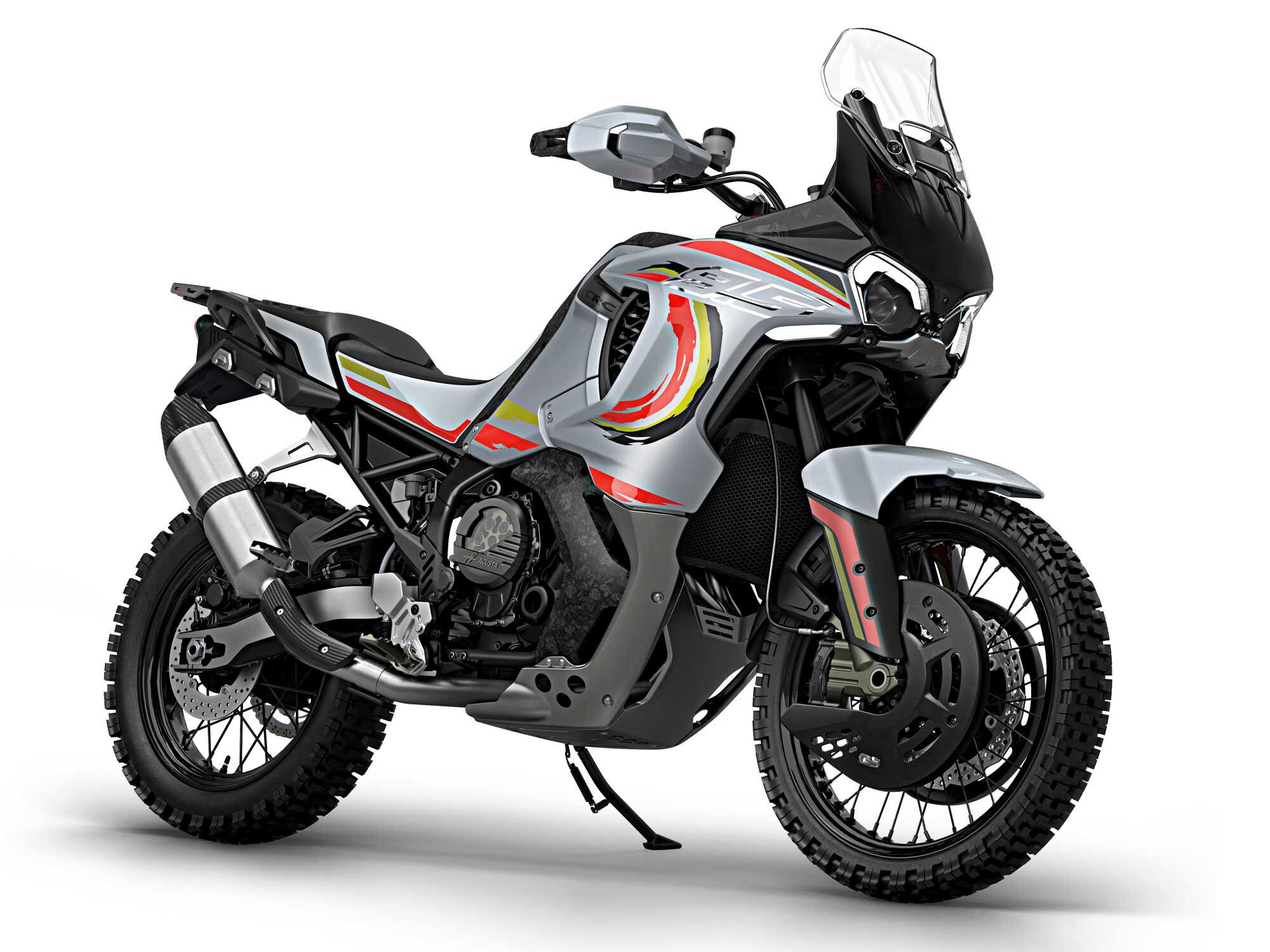
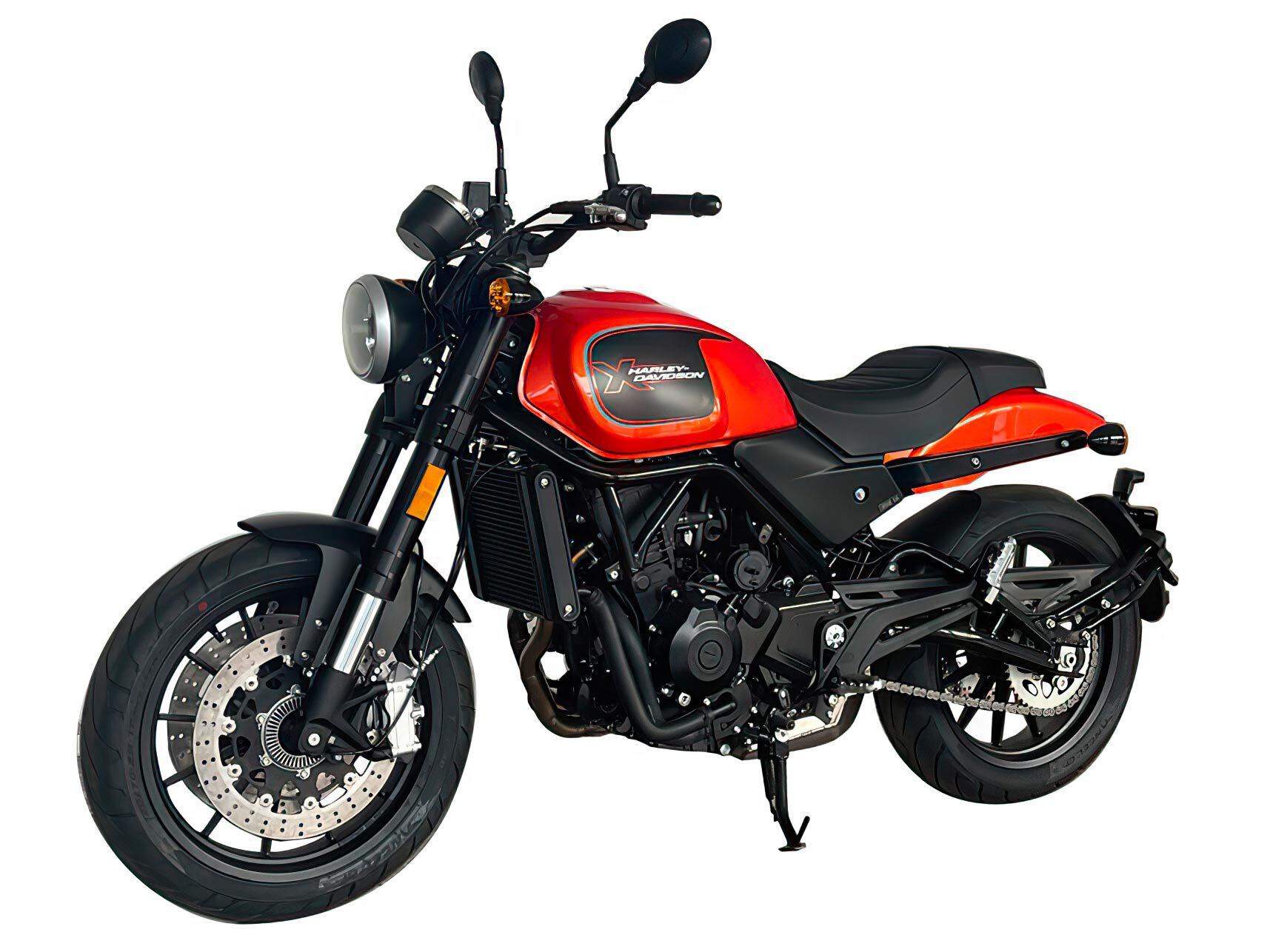
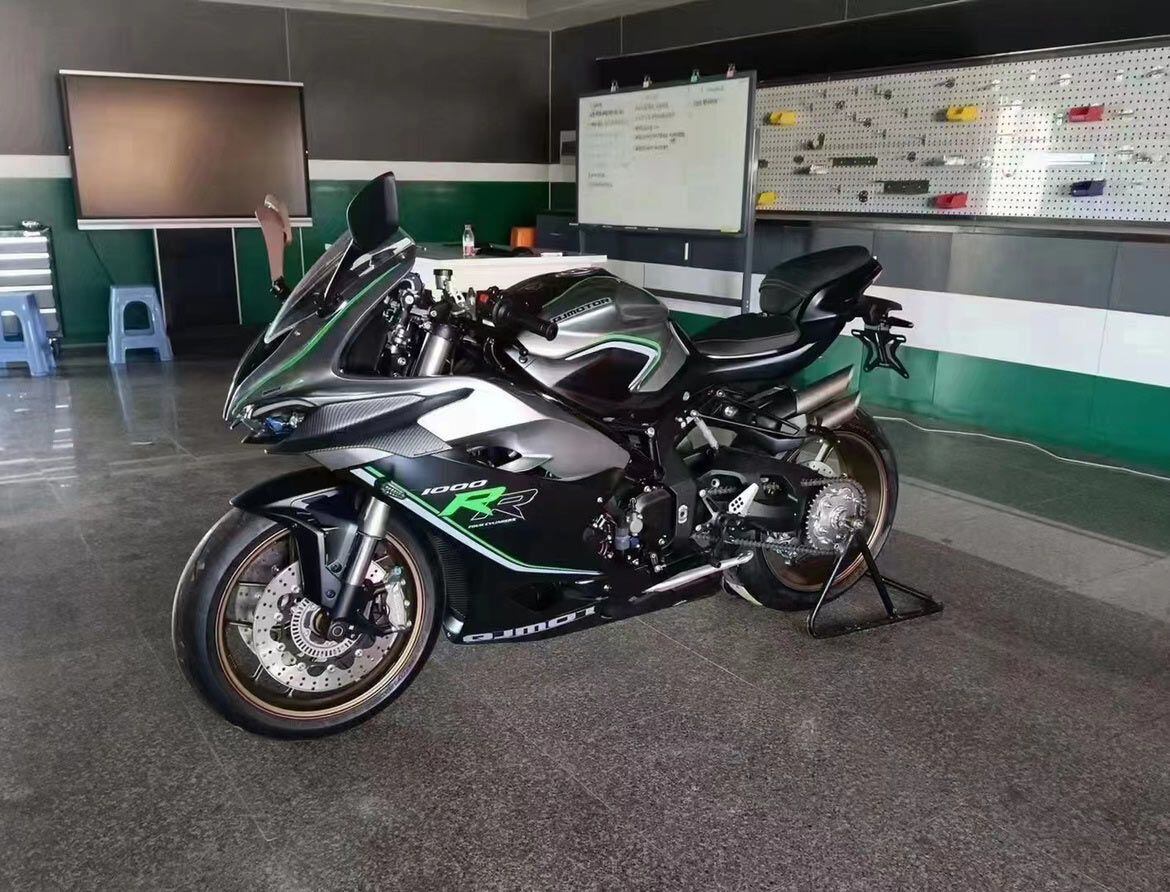
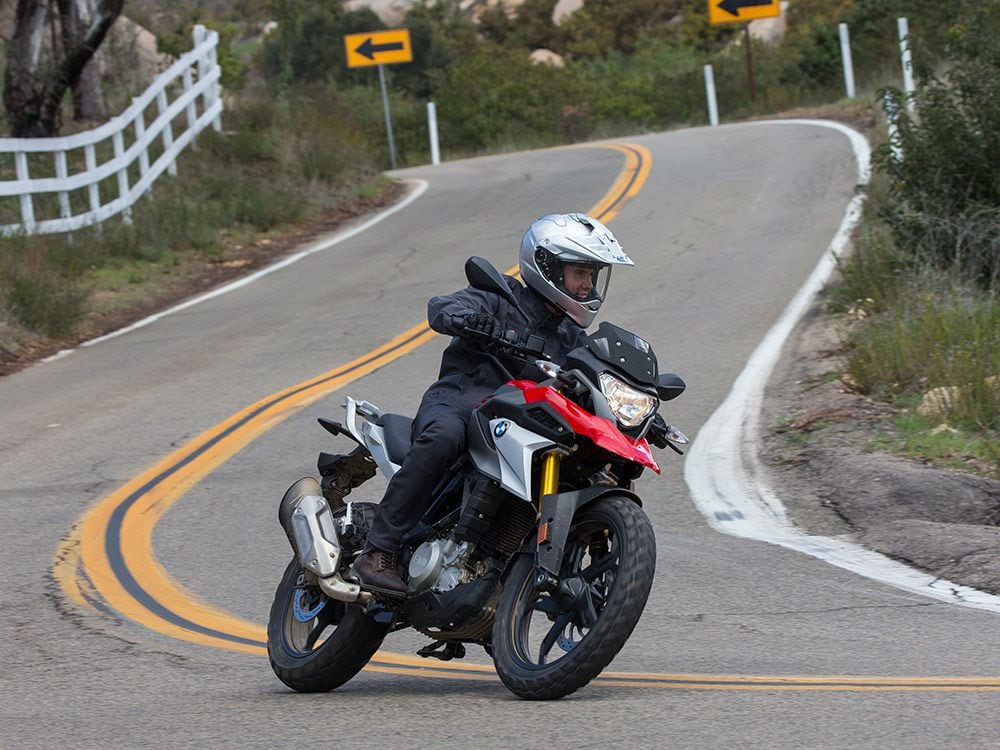
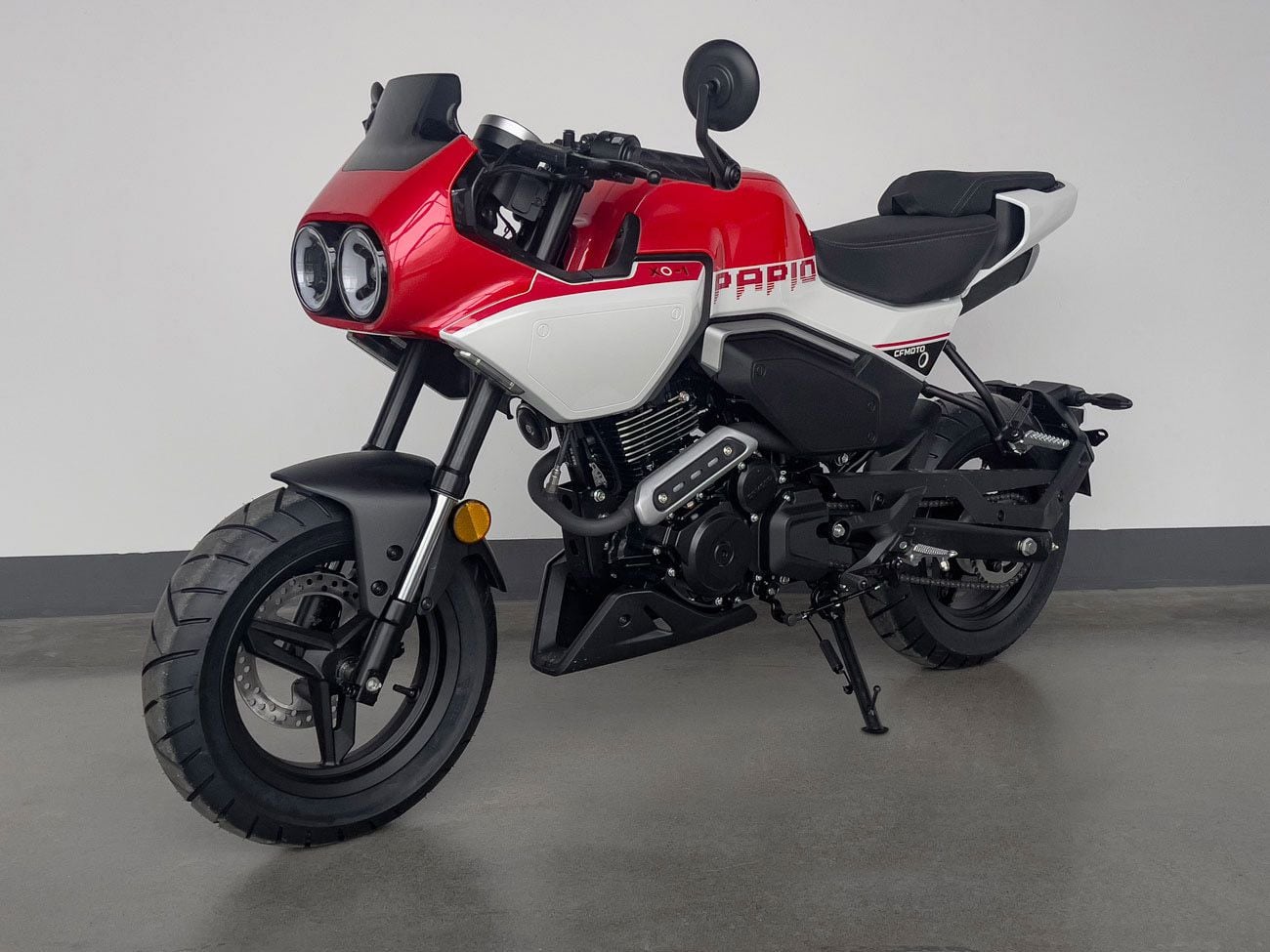
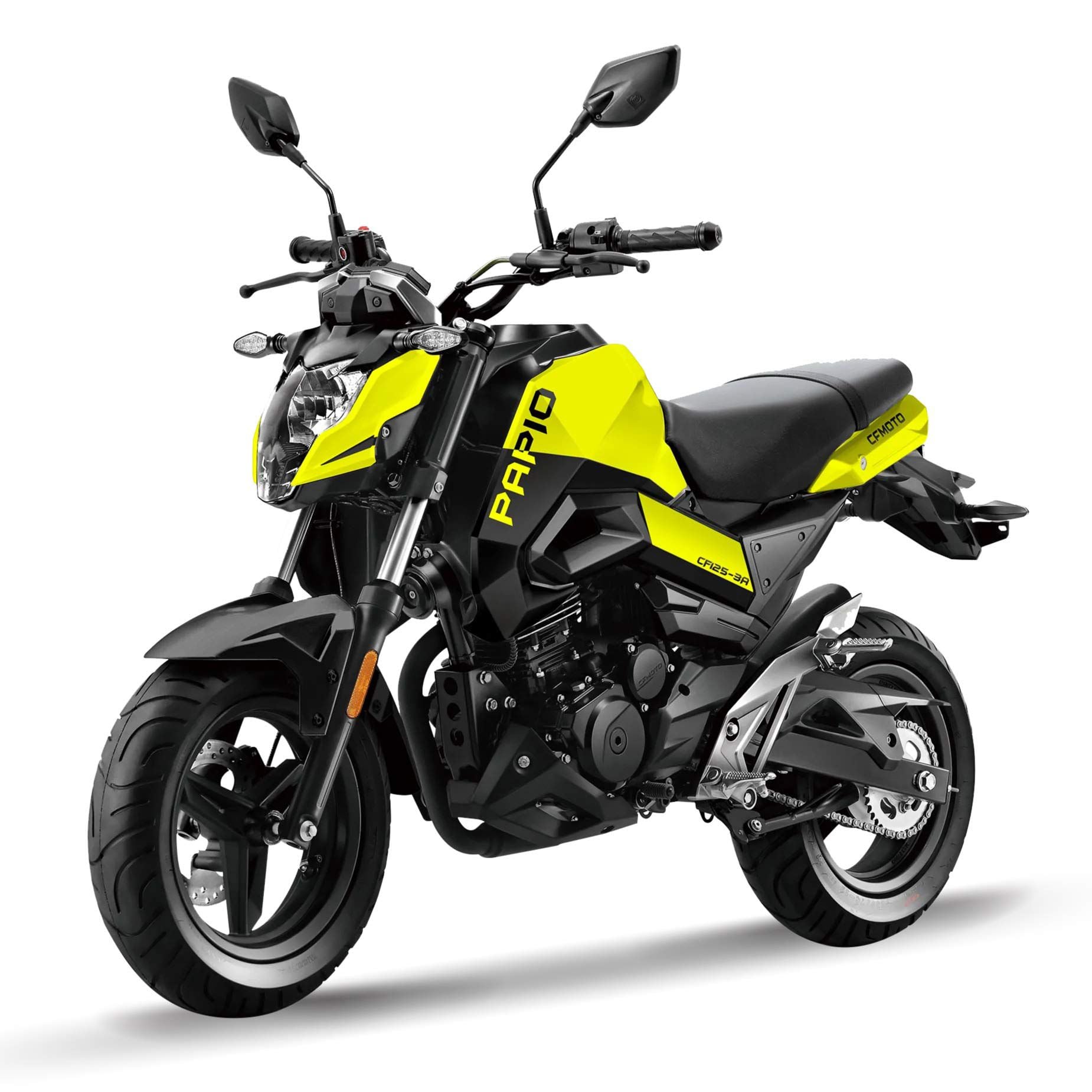
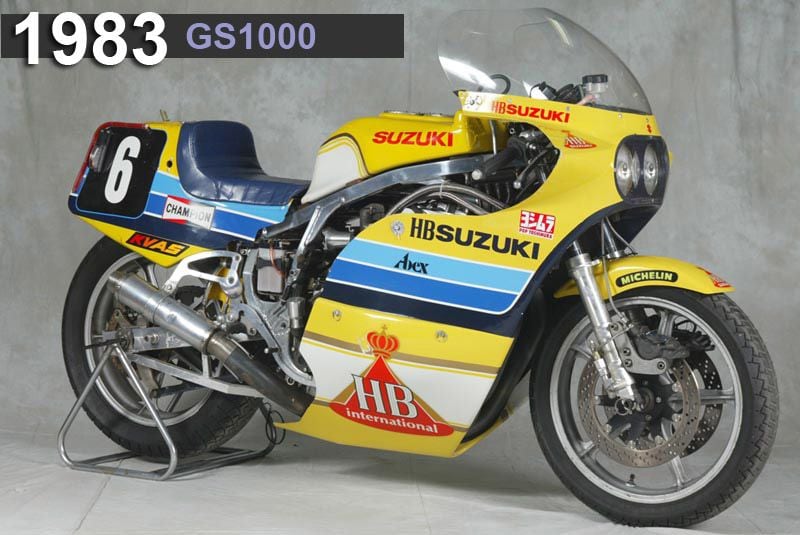
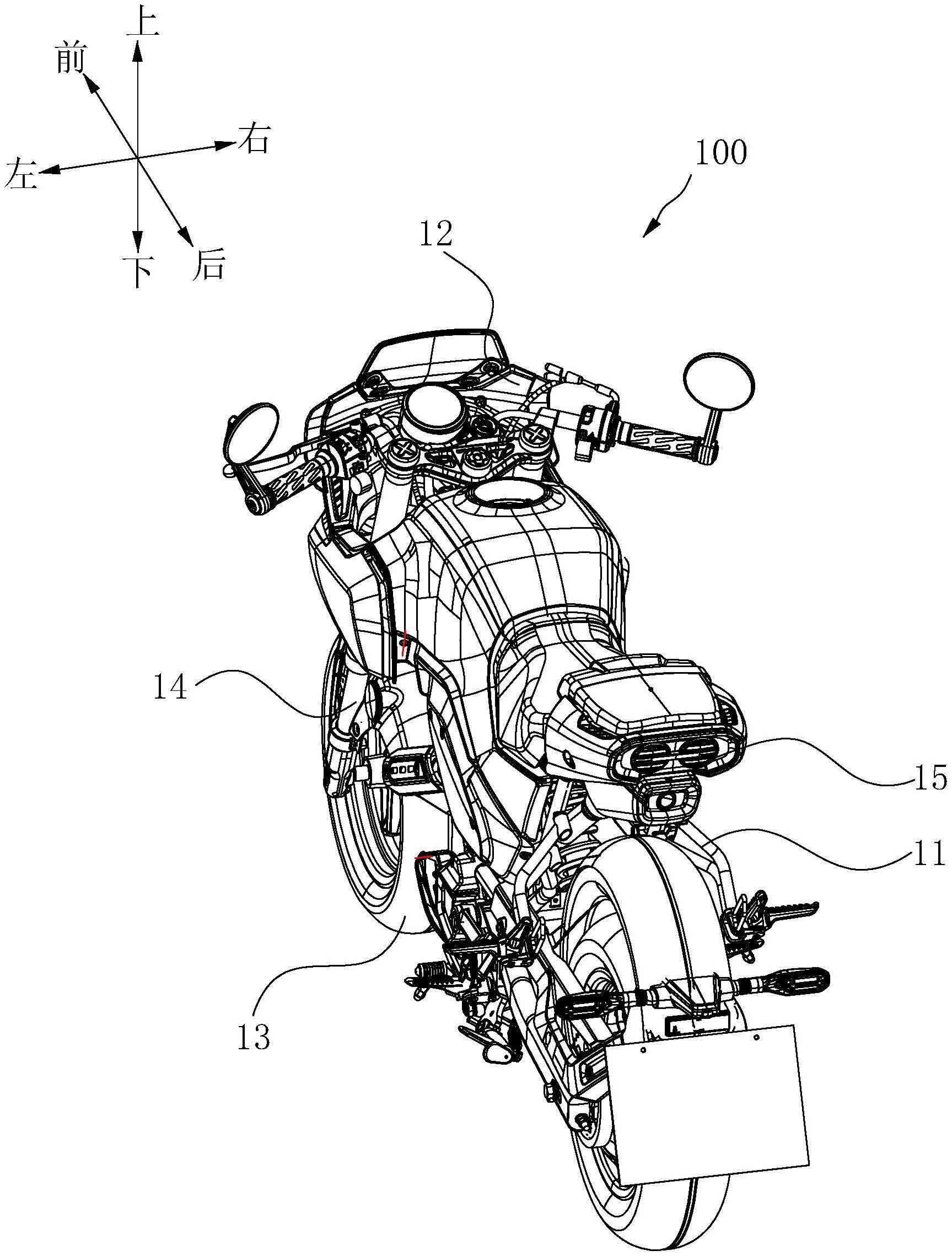
Ducati’s Bagnaia Rules MotoGP Opening Round
in MOTORCYCLE CHAT
Posted
The opening round of the 2023 MotoGP Championship kicked off in Portimao. Saturday’s sprint race and Sunday’s GP ended the same way: Bagnaia in front. (MotoGP/)
This was the first MotoGP run under new rules substituting a half-distance sprint race for FP4 on Saturday, and compressing the setup and qualifying processes. It is a law of televised entertainment that every year it must, to remain competitive, intensify its leading attractions. For many shows these are sex, glitz, and violence, and for motor racing they are high emotion plus race starts and finishes (minimizing the “droning” between them).
Francesco Bagnaia on Ducati did not disappoint our expectations—set last season when he became world champion—that he and other Ducati riders would stand out. He did—by winning both the first sprint race and the main event.
In addition, we have seen Aprilia advancing in performance, and Maverick Viñales was able to push Bagnaia throughout the main event and finish second. At the end, both men noted that their tires were finished.
A third expectation was to see the continuing shift of MotoGP power from Japan to Europe. The process began when Ducati joined the series in 2003, when there were four Japanese makes in contention, versus Ducati. Now, with Ducati joined by Aprilia and KTM, and the absence of Kawasaki and Suzuki, there are three European teams gaining power, opposed by just two Japanese teams (Honda and Yamaha), both of whom appear behind in the current aero race.
Have Yamaha and Honda fallen behind in aero by assuming that applied political pressure (such as has so far prevented application of rev limits to MotoGP) is a wiser use of resources than going to the wind tunnel and closing the aero gap?
In the US, this shift of power is ongoing, as the Japanese manufacturers are moving out of expensive California facilities in favor of more economical digs in the southeast. The US, for them, is no longer a hot sales area.
Angry debate has erupted over crashes at Portimão which have left four riders in hospital. Some propose that the greater tension generated by the new weekend format is causative. We have to see more races to know if this is a trend or a statistical cluster. Remember the sober and mature decision-making that has long been required from riders in order to make their tires go the distance. They are not mindless gladiators, acting on raw emotion in a “drive to survive.”
I use that phrase advisedly, for there is apprehension lest MotoGP is setting a course like that of F1, seeking greater revenue from a wider audience who will be fed a diet of endless second-hand emotion and “excitement.” Do F1 teams spontaneously form those human circles that prance up and down while revolving—something pioneered in football? Or did they receive memos suggesting such “spontaneous” displays of emotion? Mechanics, software writers, tire techs. All just feel like dancin’?
If you read the financial press, you discover that Bridgepoint, which holds Dorna stock, suffered low stock price during last year. Let us hope the reasons originally cited for buying Dorna still hold—that its value has been durable even in times of economic travail, and that it is expanding its operations in dynamic Southeast Asia (where hundreds of millions of people can now expect more from life than to be “happy laborers, philosophically accepting their lot”).
Another novelty of the weekend is that 14 riders quickly crowded under last year’s lap record, and Jack Miller commented that when he saw the lap time he was making while not pushing, he applied himself and was delighted with a wonderful lap time.
Related: Aprilia Patents Aerodynamic Leathers
Jack Miller pushed all weekend finishing sixth in Sunday’s GP. (MotoGP/)
The track was last repaved before the F1 race in 2020, so it’s not that. A new Michelin front tire is expected in a year or two, but at present there is no talk of “killer tread compounds” that magically drop lap times.
What has changed? Wings have greatly expanded in area from the days when they were just designer stubble sprouting on the sides of the fairing nose—little stubs of just a few square inches’ area. Yet even in those primitive times there was talk of 70 pounds of downforce at maximum speed—enough to press the front tire down to banish “that floaty feeling” as aero drag, acting above the pavement, strove to blow the bikes over backward.
Remember that electronic “wheelie control” can stop wheelies only by throttling back the engine enough to maintain front wheel contact. But aero downforce can do better. Randy Mamola was recently heard to say that when his “two-up bike” (used for impressing inexperienced movers and shakers) was equipped with wings, he could no longer wheelie at 100 mph.
Lay persons think of wheelies as sensational, but as Valentino Rossi put it nearly 20 years ago, “The wheelie is the enemy.” When a wheelie begins, acceleration can rise no higher. As the front wheel rises, it takes less and less engine thrust to continue the process. High wheelies, therefore, do not indicate high performance. They indicate a mistake. What they mean is that the bike is now accelerating less quickly than when the front tire has barely lifted.
Riders pull themselves forward with sheer arm strength to keep the front down, allowing a bit more throttle to be used. The racebikes of today carry their engines and riders far forward—a contrast to days gone by when engines were set back against the rear tire, and rider seat backs were directly above the rear axle.
Now, aero downforce can help as well. If downforce from “stubble winglets” was indeed 70 pounds at 210 mph, then at a corner exit speed of, say, 80 mph it would be only one-seventh as great, or 10 pounds, and at 60 mph, one-twelfth as great, or less than 6 pounds. These small amounts will have some wheelie-suppressive effect, but not a lot. But if we now imagine that today’s much larger slotted airfoils produce 200 pounds at top speed, we are looking at more like 30 pounds of downforce at 80 mph and 17 pounds at 60 mph.
These larger downforce numbers will allow the rider to open the throttle more as he begins to accelerate, and that early acceleration provides extra speed that satisfies former Rossi crew chief Jeremy Burgess’ question: “Which would you rather have? Extra speed off of each of twelve corners? Or a small increase in top speed at the end of the one straightaway?
Aprilia’s large front foil is paying dividends, Maverick Vinñales finished second in Sunday’s full-length race. (Aprilia/)
Just as in F1, it takes power to drive aero devices. How much? Let’s again imagine 200 pounds of downforce at 210 mph. If the ratio of lift to drag of our wing system is 8-to-1, that’s 25 pounds of drag. Because 1 hp equals 550 ft.-lb. of work performed per second, and because 210 mph is 307 ft./sec., we have (25 x 307)/550 = 14 hp. In the case of F1, hundreds of horsepower are used to drive the aero package.
Others have mentioned that at high speed, that loss could be somewhat reduced by lowering the back of the bike, thereby reducing the wing array’s angle of attack by 2–3 degrees.
I very much respect Marc Márquez for finding a way to qualify on pole. Those who work with riders know that they constantly run riding simulations in their heads and can be very analytical, but to turn Márquez’s dismal Friday into pole position a day later on the unrideable Honda required first of all working out how to do it, and then seamlessly writing it into his riding. Going faster results from devising something new that works. Not from grunting.
As before when the Honda lacked acceleration, Márquez said this weekend, “…the only way to do the lap time is on the brakes. And we are braking so late. If you don’t brake late like this, you finish 10th, 11th, 12th.”
When on lap 2 he felt the front lock: “Maybe the front was not fully up to temperature. I released the brakes and the bike went inside. I avoided Martín but made contact with Oliveira.
“I have been penalized for that mistake with a double long-lap penalty that I completely agree [with].”
Related: Ducati’s Jurassic Tail
Márquez will miss the next race in Argentina, and will have long-lap penalties when he does return to racing. (MotoGP/)
That penalty will be imposed in the next race in which he starts (he will miss Argentina next weekend because of hand surgery necessitated by the crash).
Both Jorge Martín and Miguel Oliveira were DNF at Portimão as a result of Márquez’s error.
It is strange to me that so many people are offended by the present aero revolution in MotoGP. Were aesthetes offended when splashing paddle wheels were replaced by submerged screw propellers? Did their stomachs turn when the open cockpits of aircraft were enclosed by transparent canopies? These were predictable evolutionary changes.
Oliveira will also miss the next MotoG with tendon injuries that are not “amenable to surgery” according to the CryptoData RNF team. (MotoGP/)
Right now there are two basic approaches to producing front downforce in MotoGP. Aprilia has chosen to use a full-width slotted airfoil at the level of the fairing nose’s “chin.” We might call this “the larger-wing-area approach.” Ducati, knowing that flow must accelerate to move around the bulbous fairing, has placed its airfoils in that flow, which moves faster than the motorcycle. We can call this “the velocity approach.”
Bagnaia was delighted with his win. “My team and I did a great job during testing, so the bike setup was already pretty much defined at the beginning of the weekend.”
Last year, riders on the previous year’s bike had the benefit of its mature setup, while riders like Bagnaia on the new Ducatis were at some disadvantage until their teams had worked through the learning process.
It can be argued that this allowed Fabio Quartararo and Yamaha to pull ahead in the first half of last season.
Yamaha remains at disadvantage: “It’s not just that the Ducatis are on another level. We have a completely different bike from the others and when the others lift their bike up [to accelerate} they have a completely different grip from ours.
“Because even if we get close [we can’t stay with them long enough] to try and prepare to overtake. For me that’s the main problem.”
We’ll get the next dose of MotoGP reality at Argentina, starting this Friday.
Source